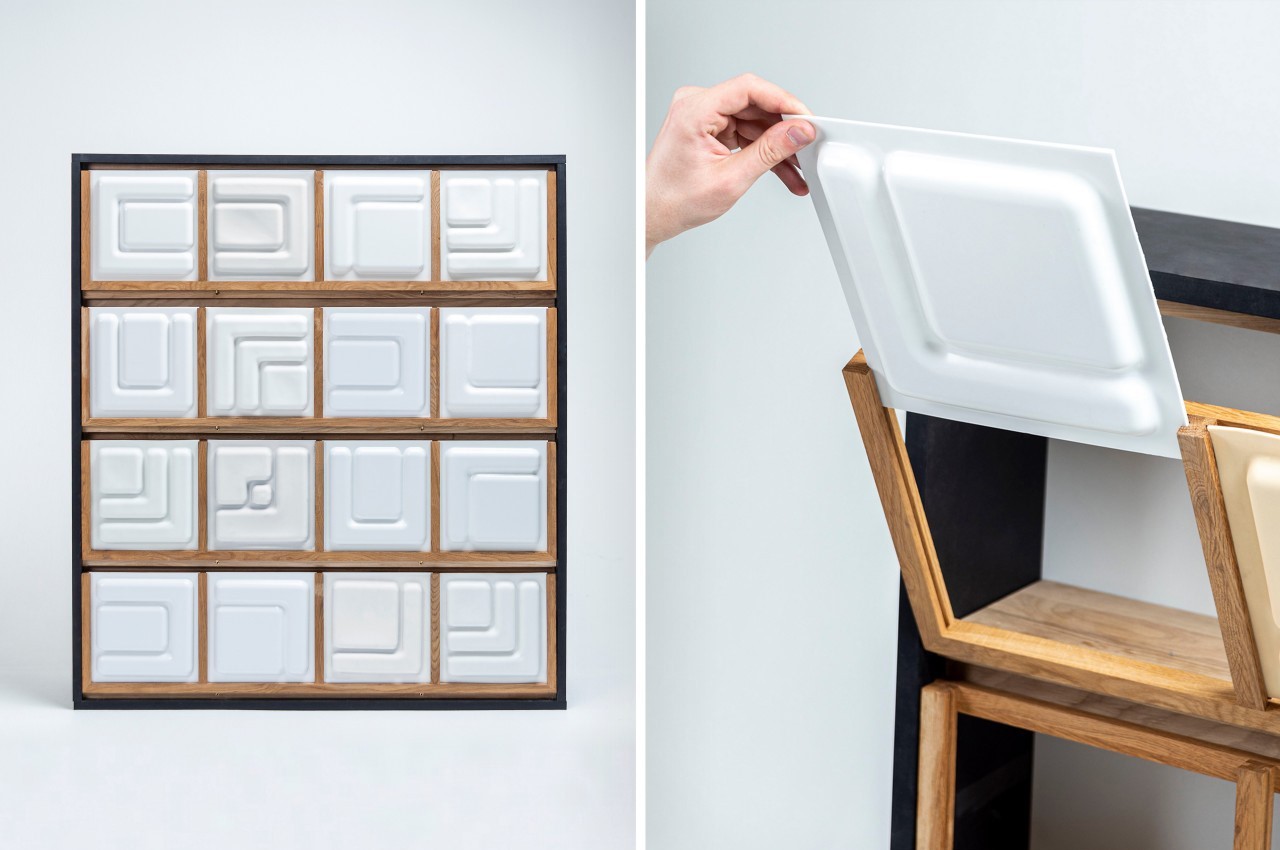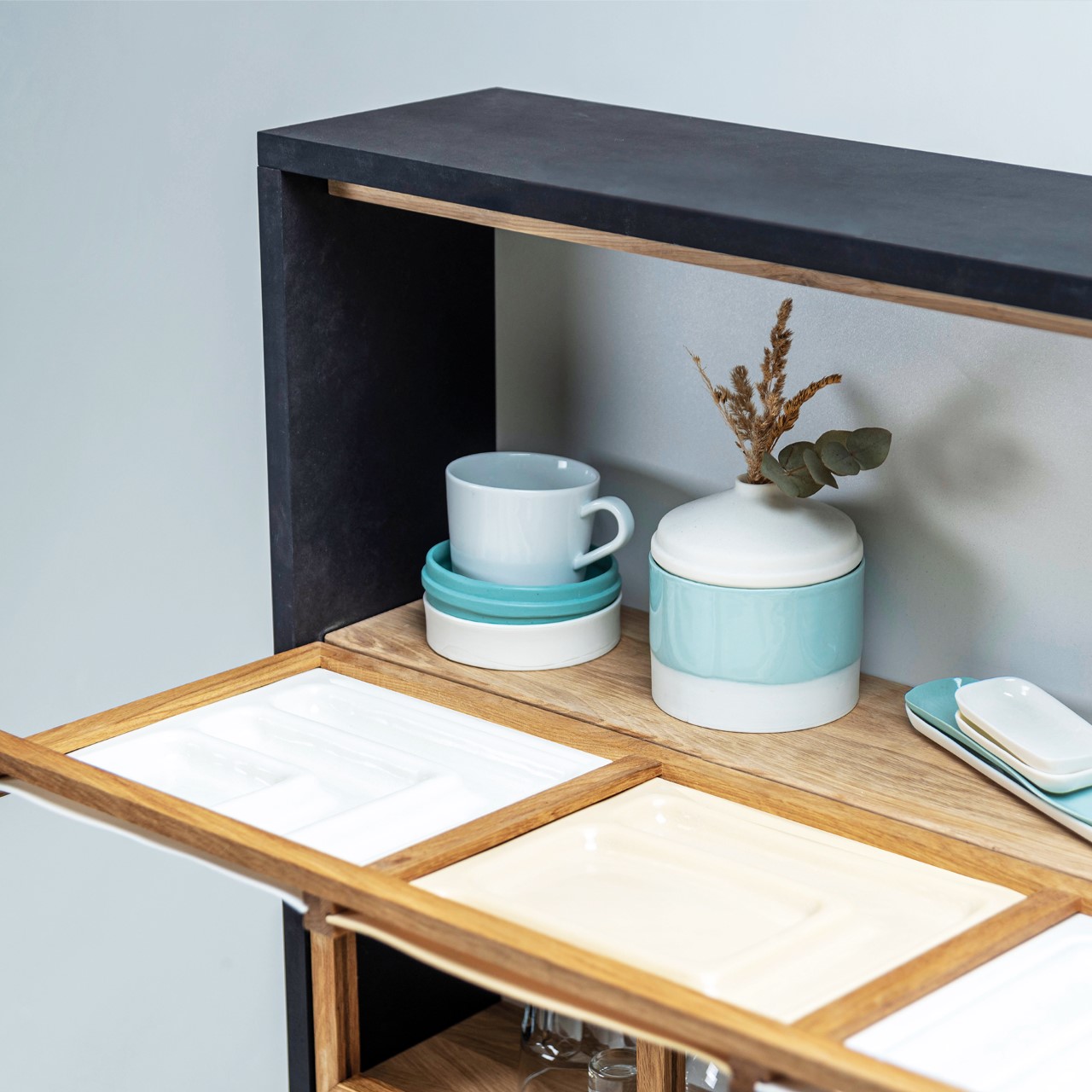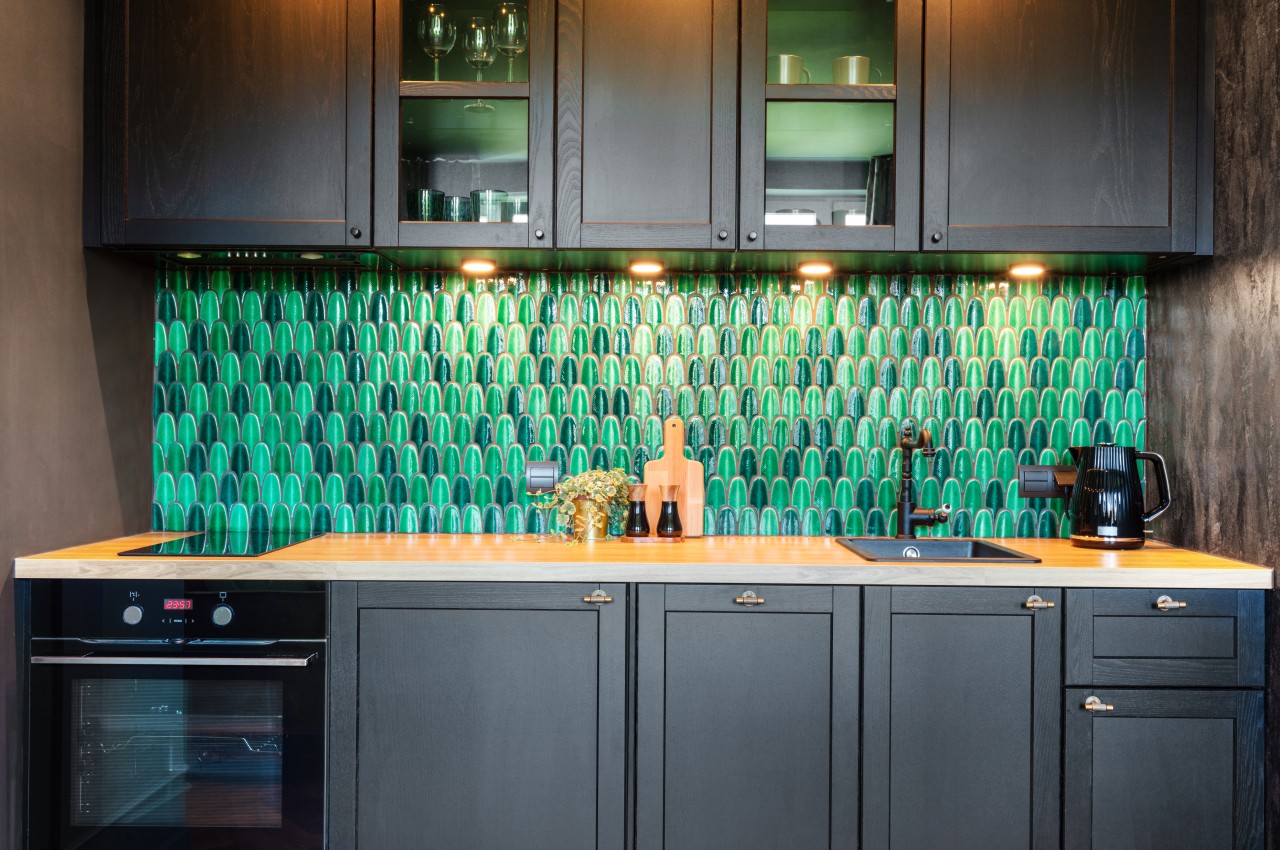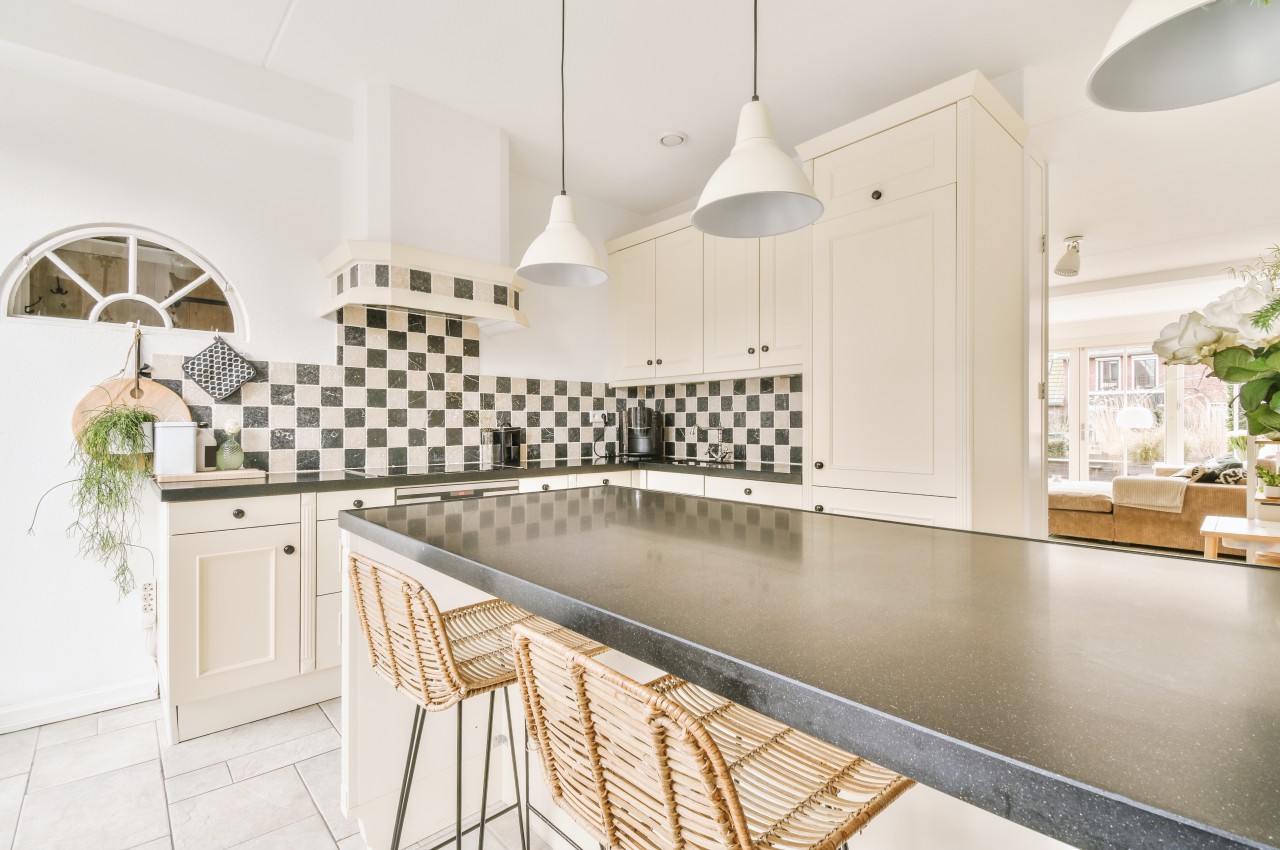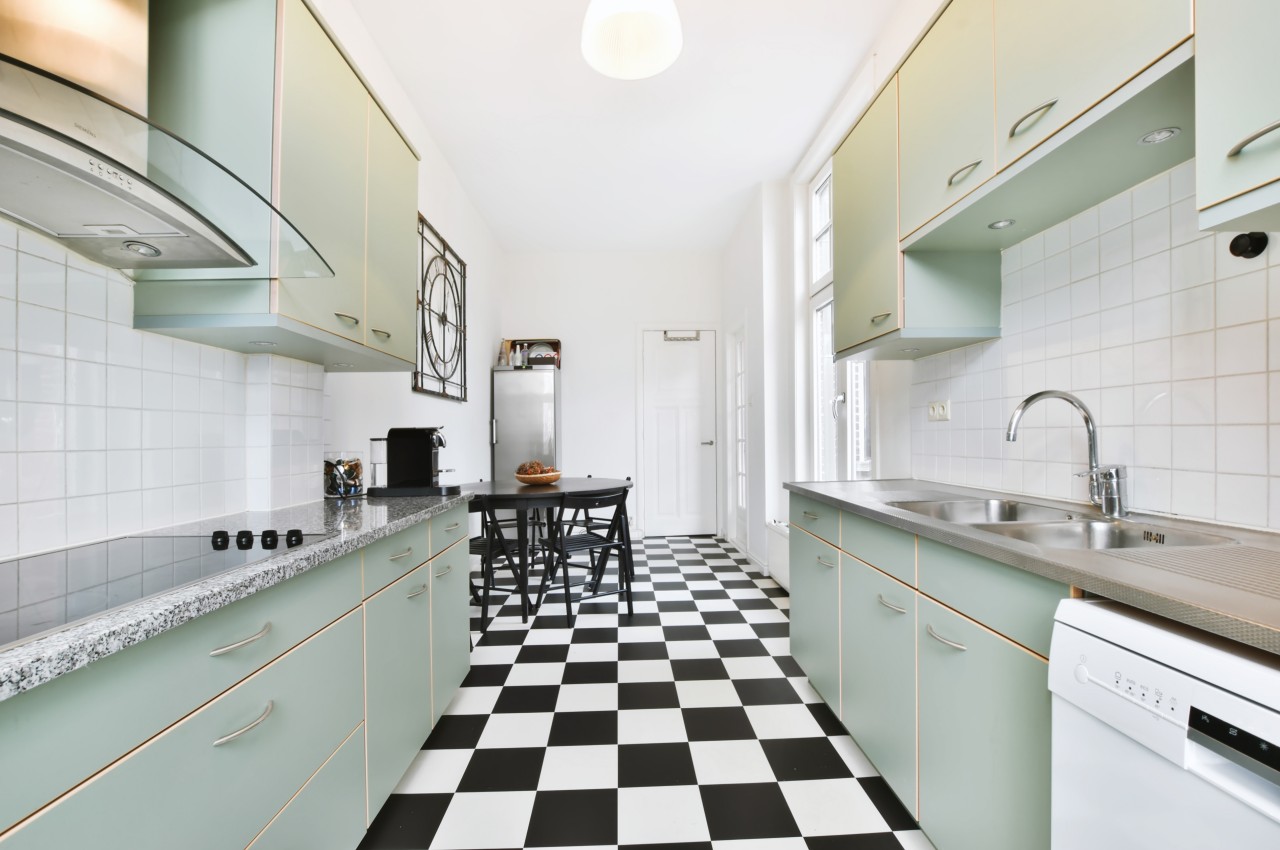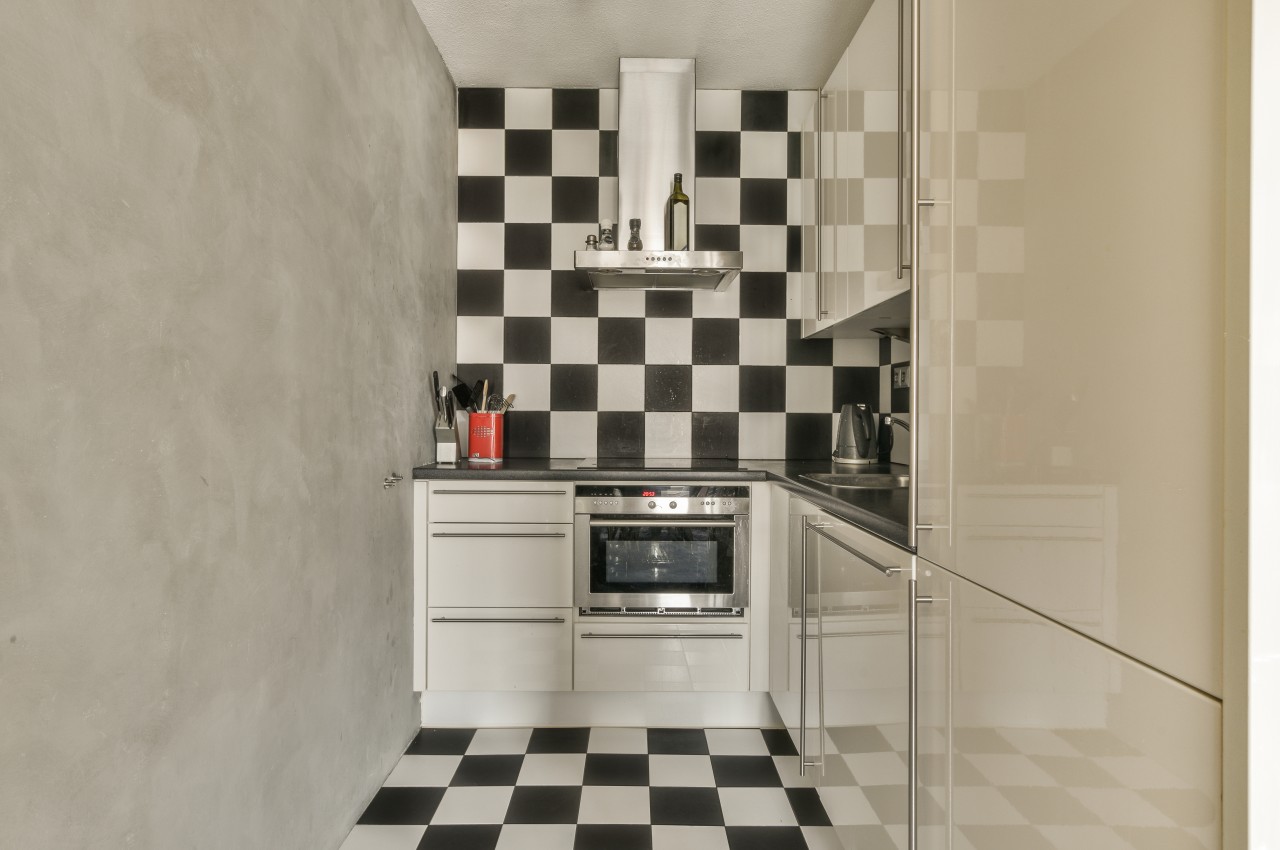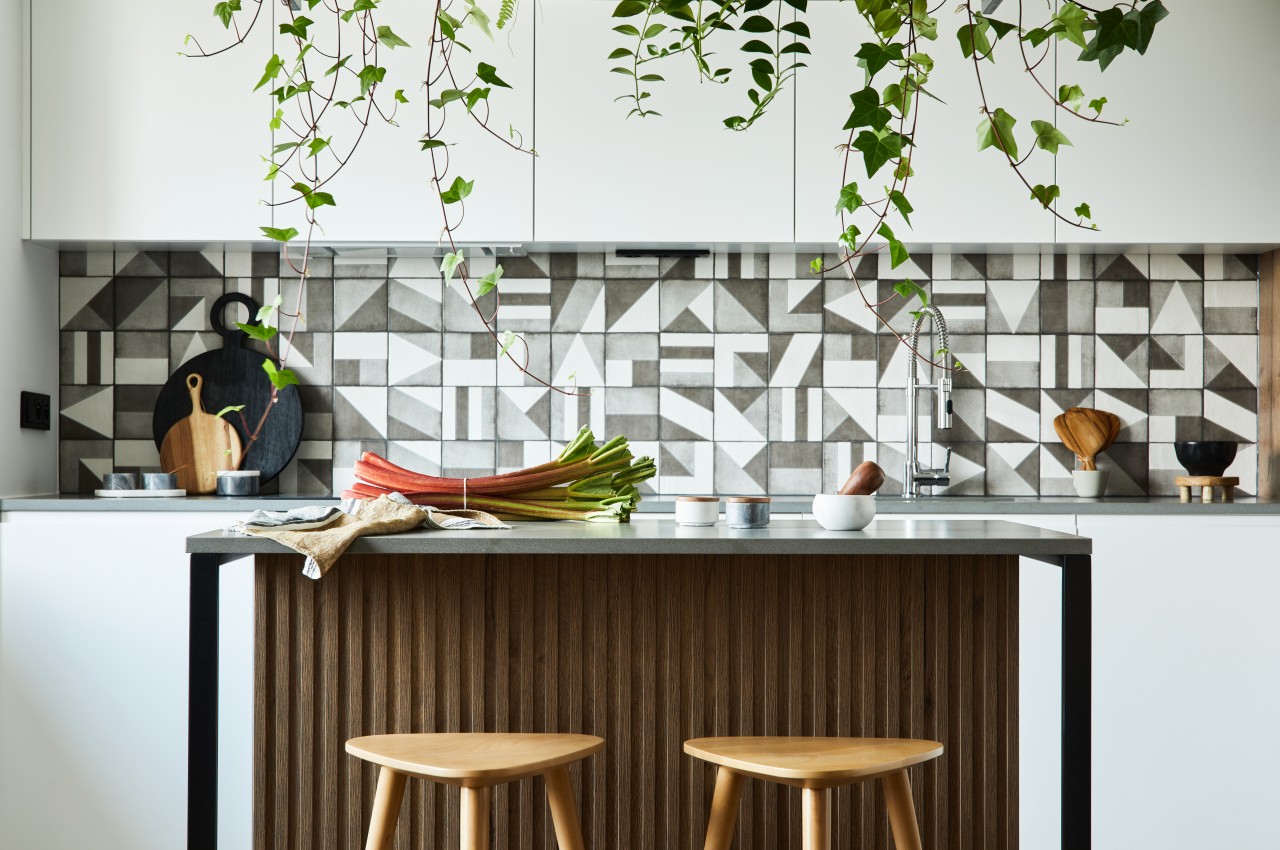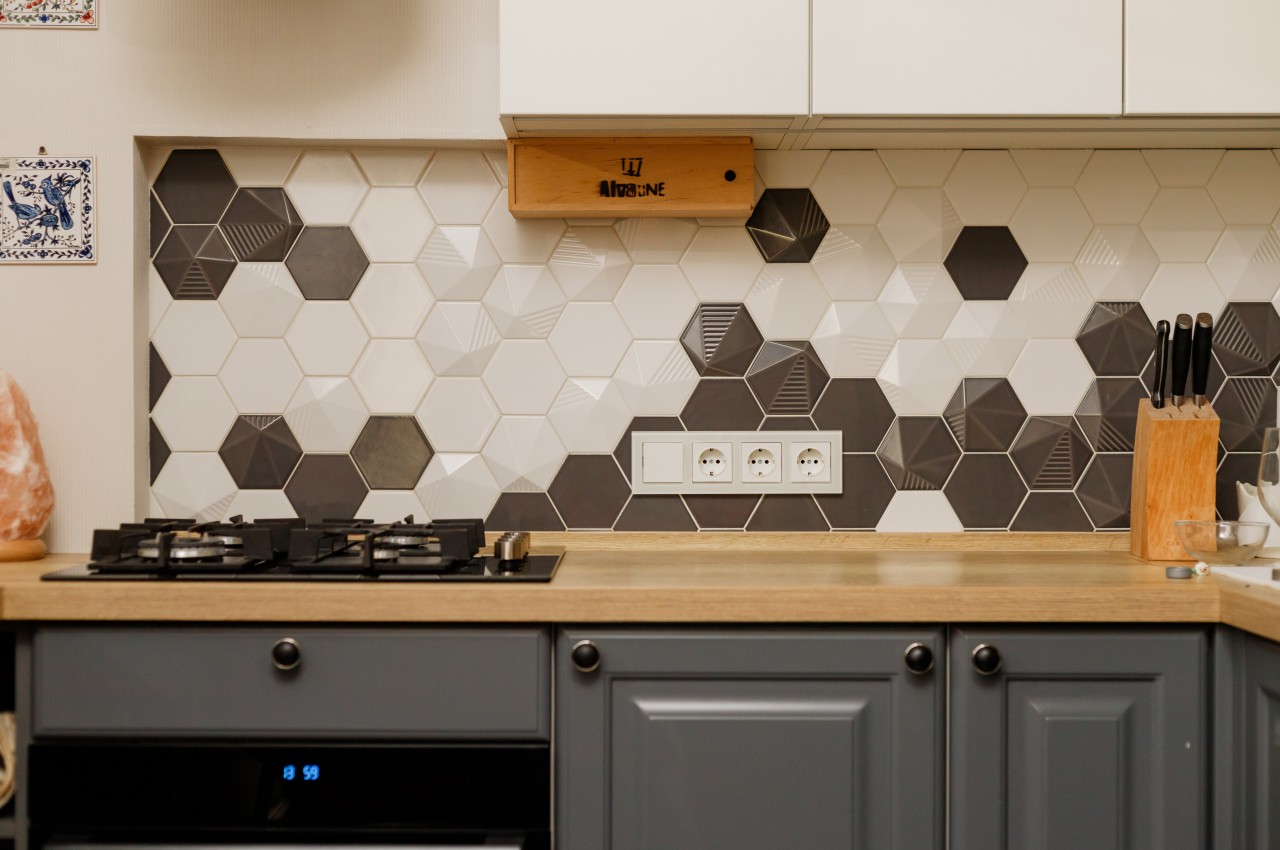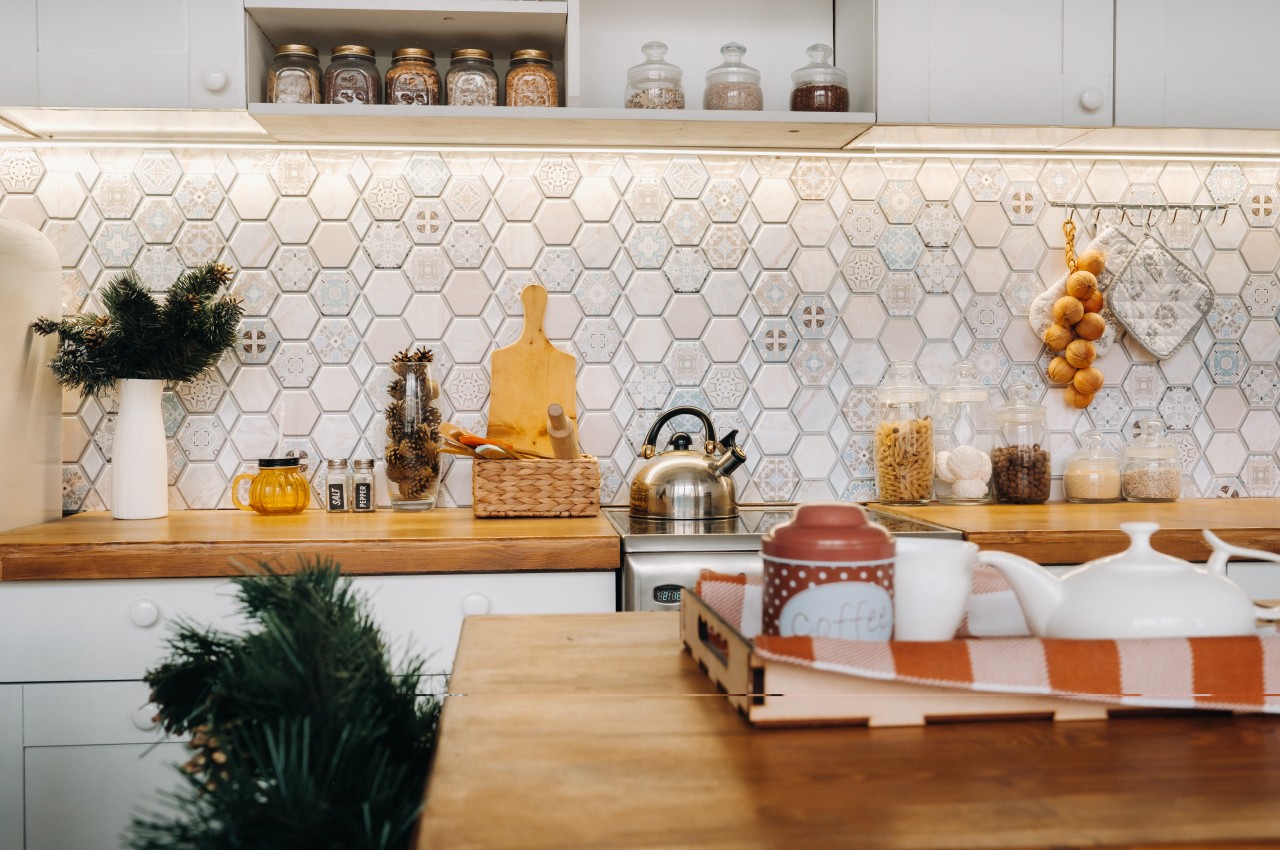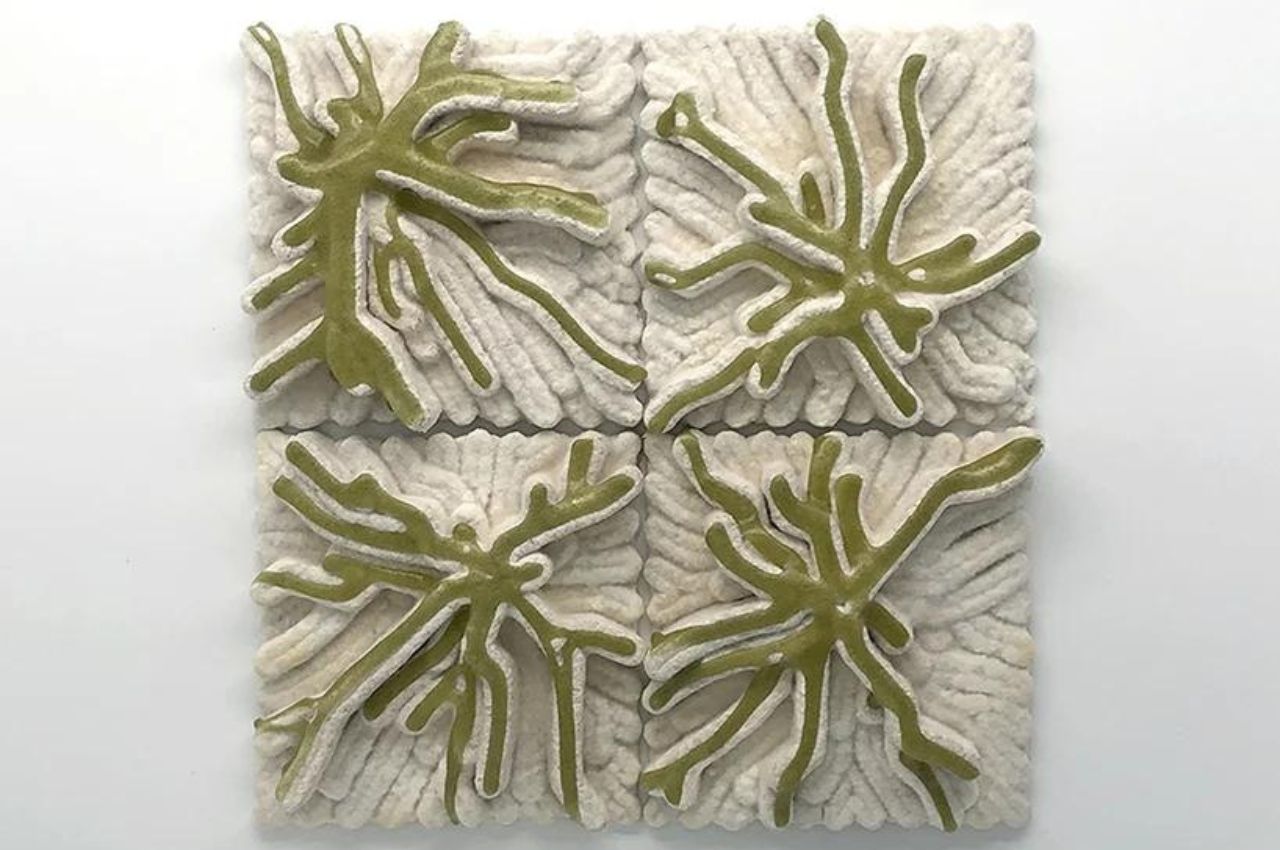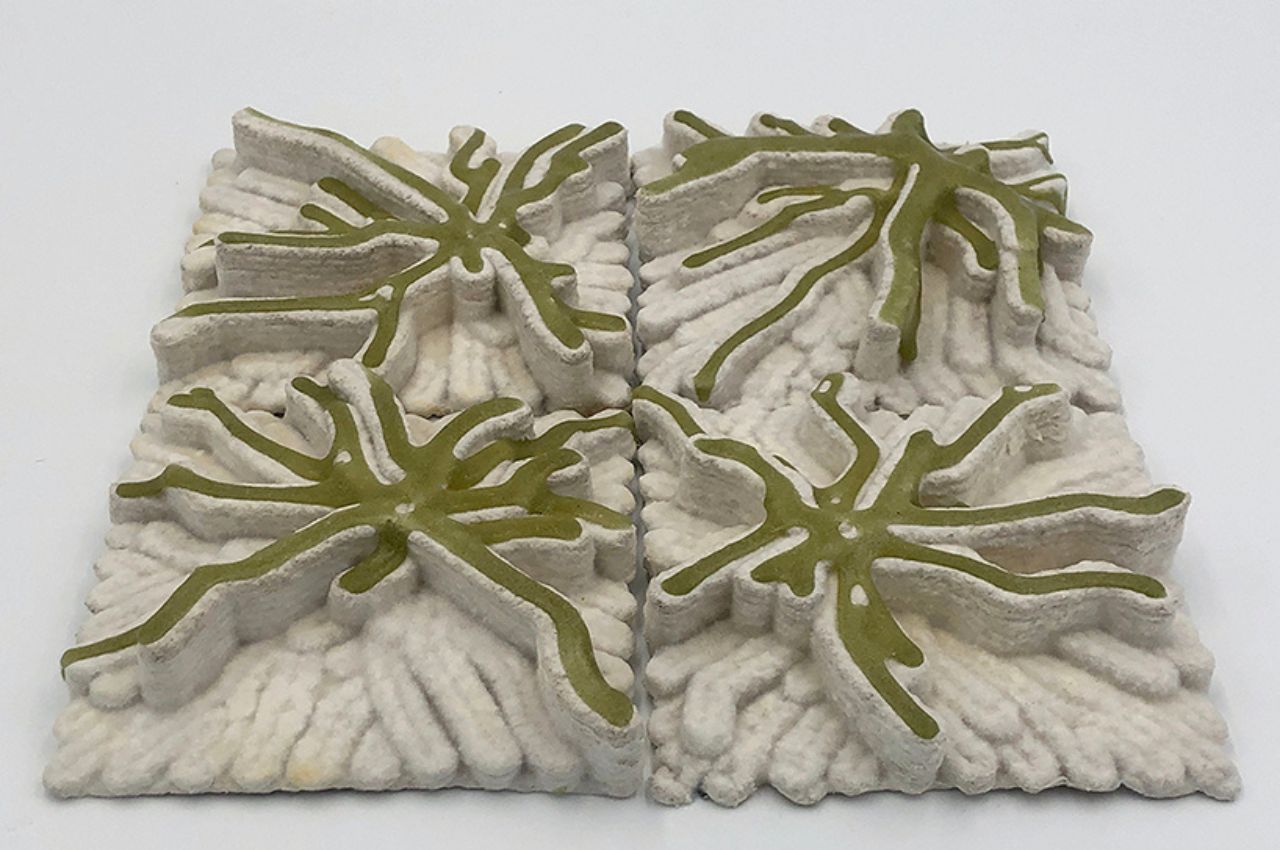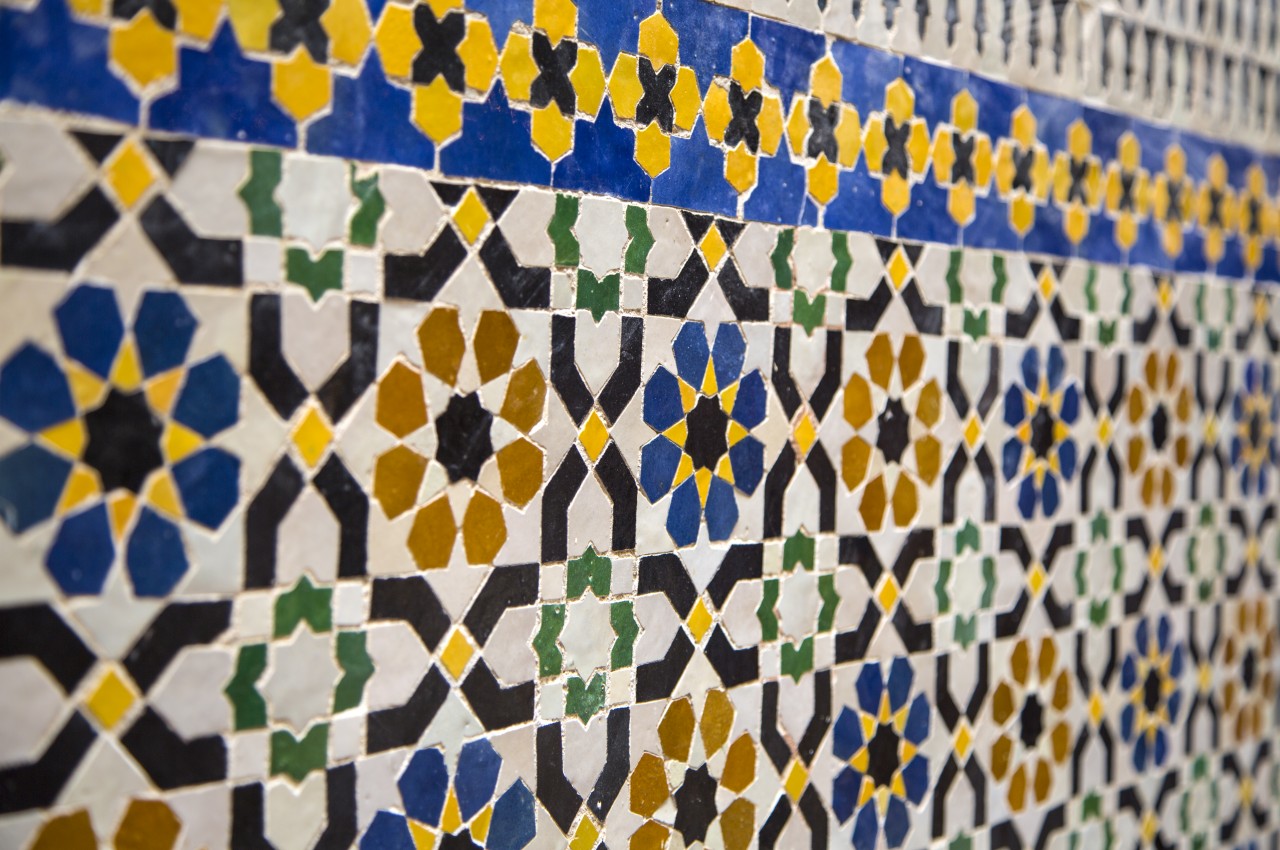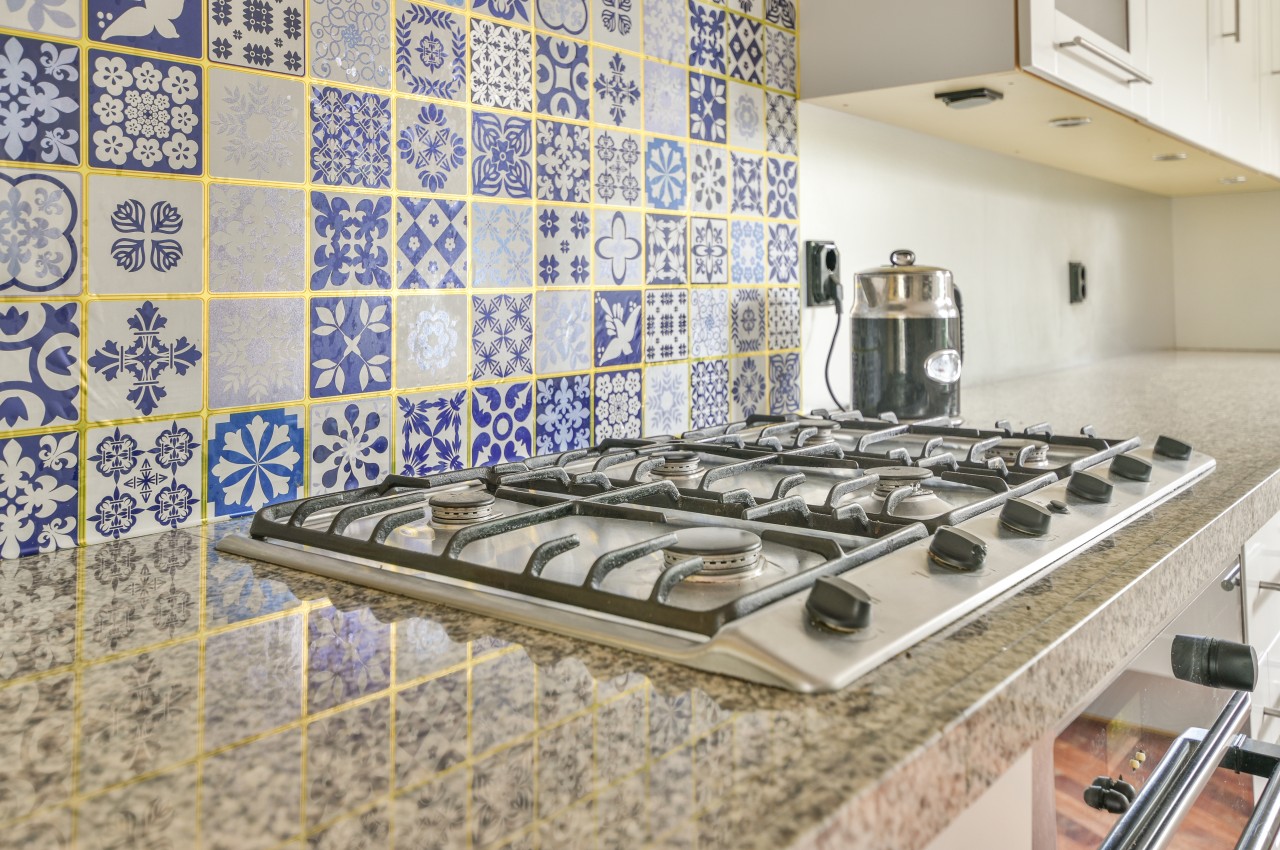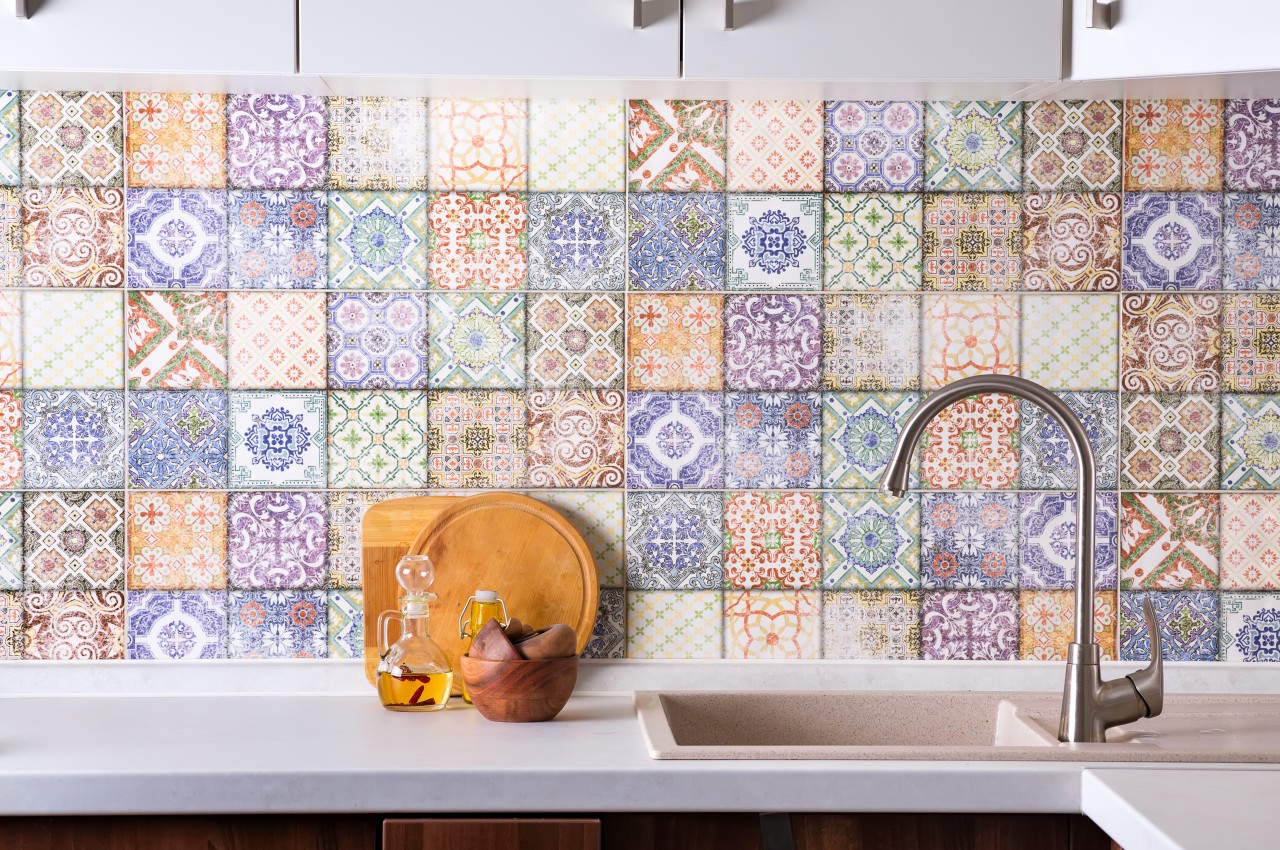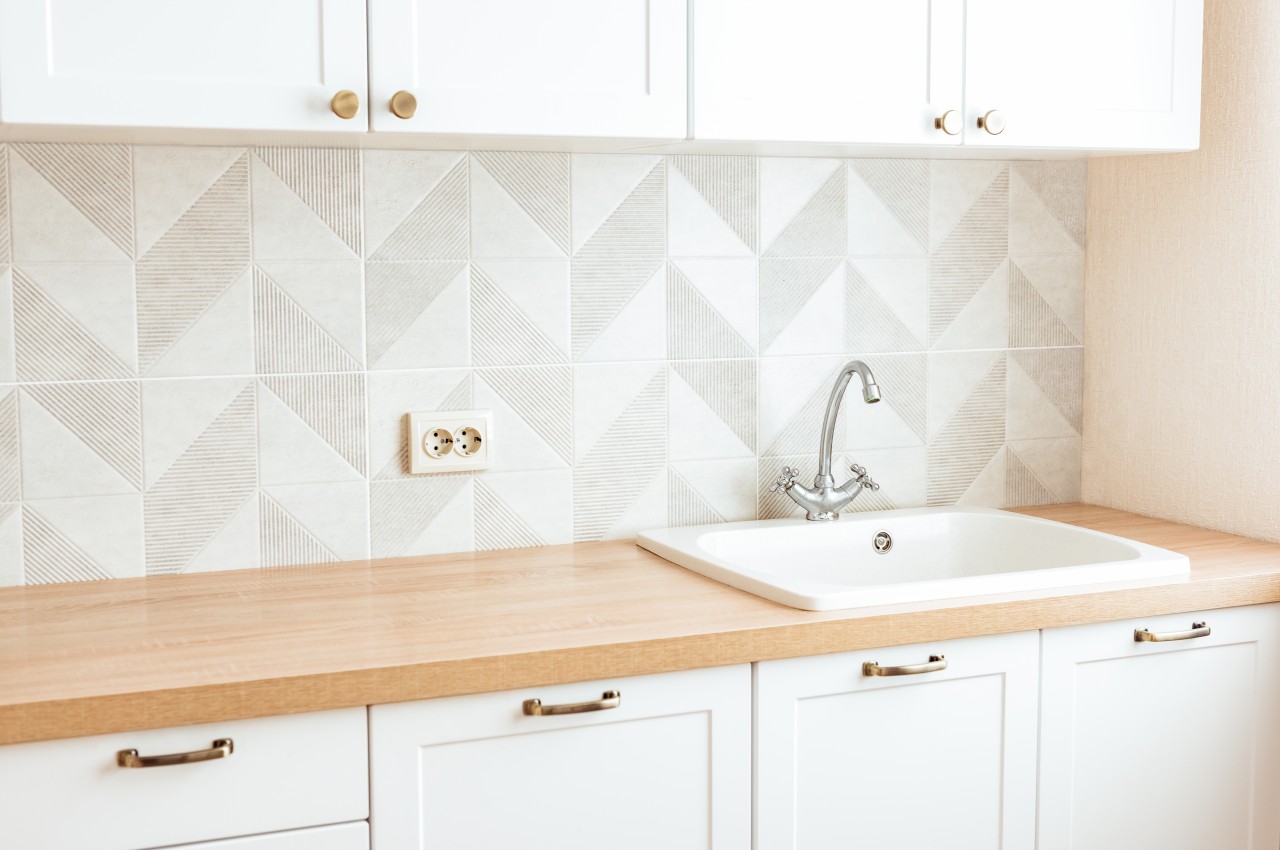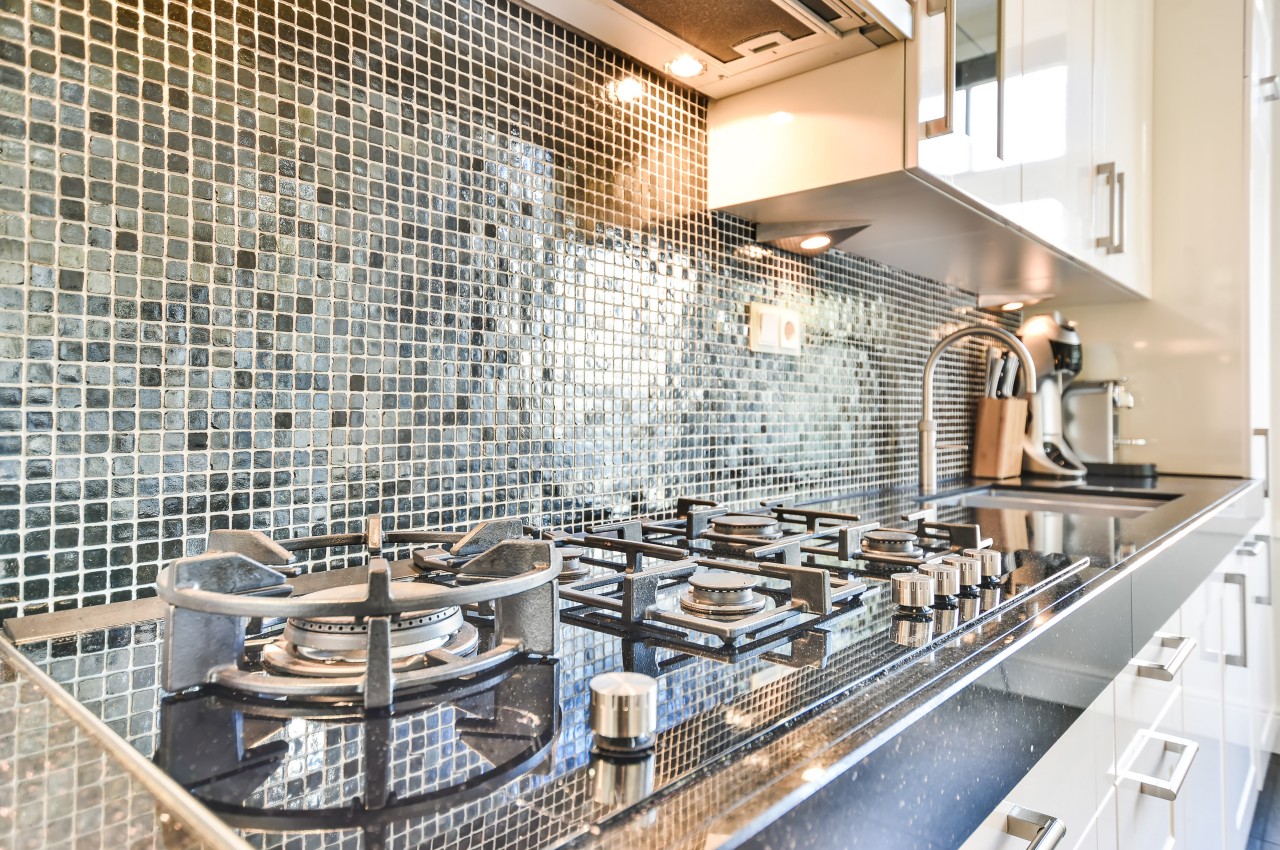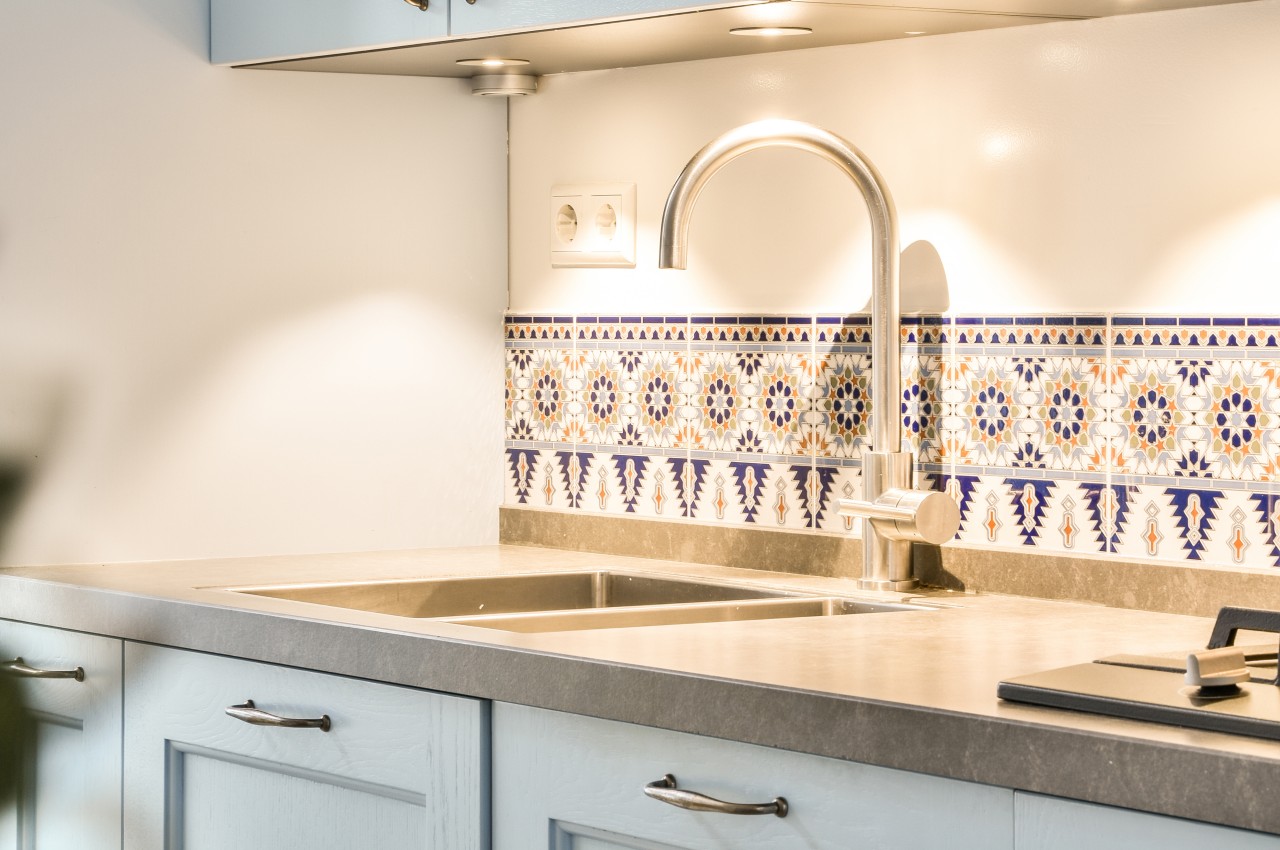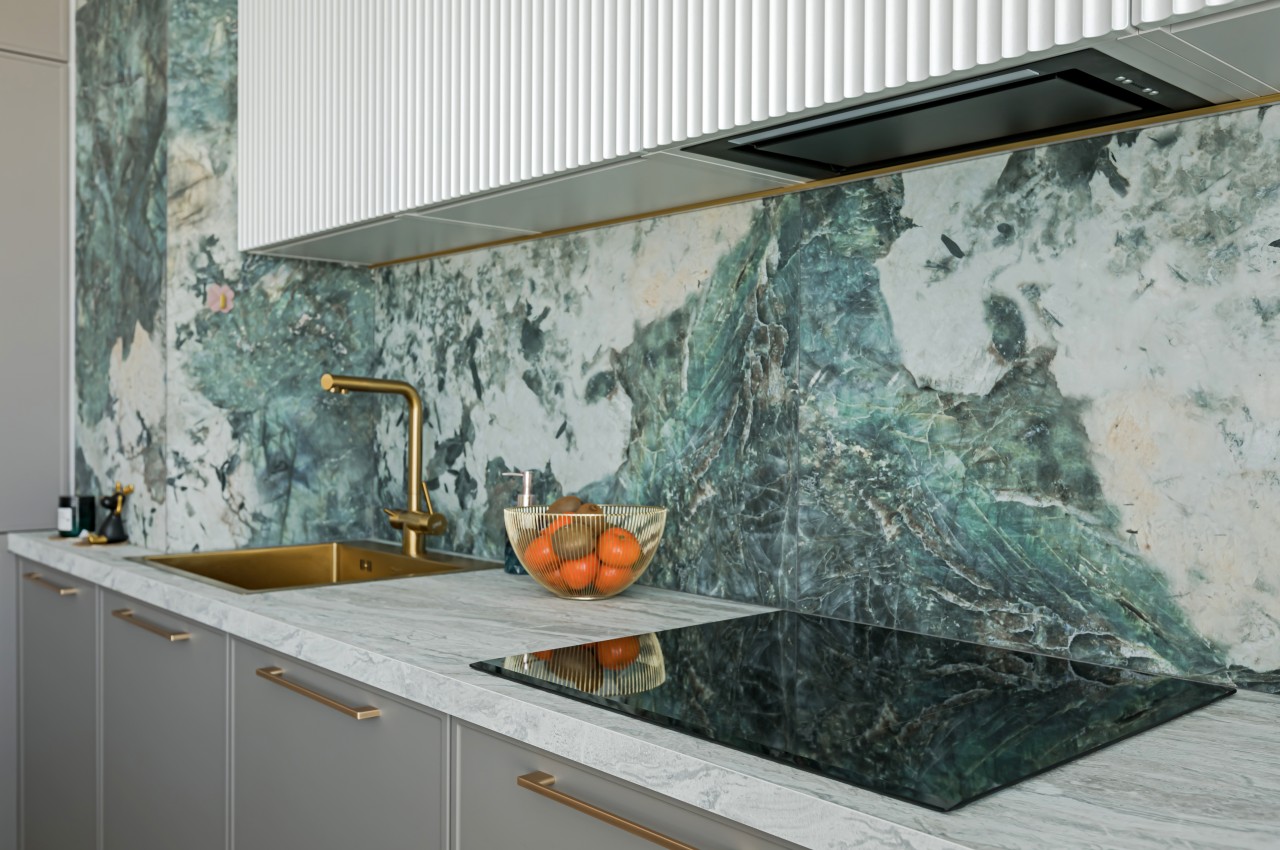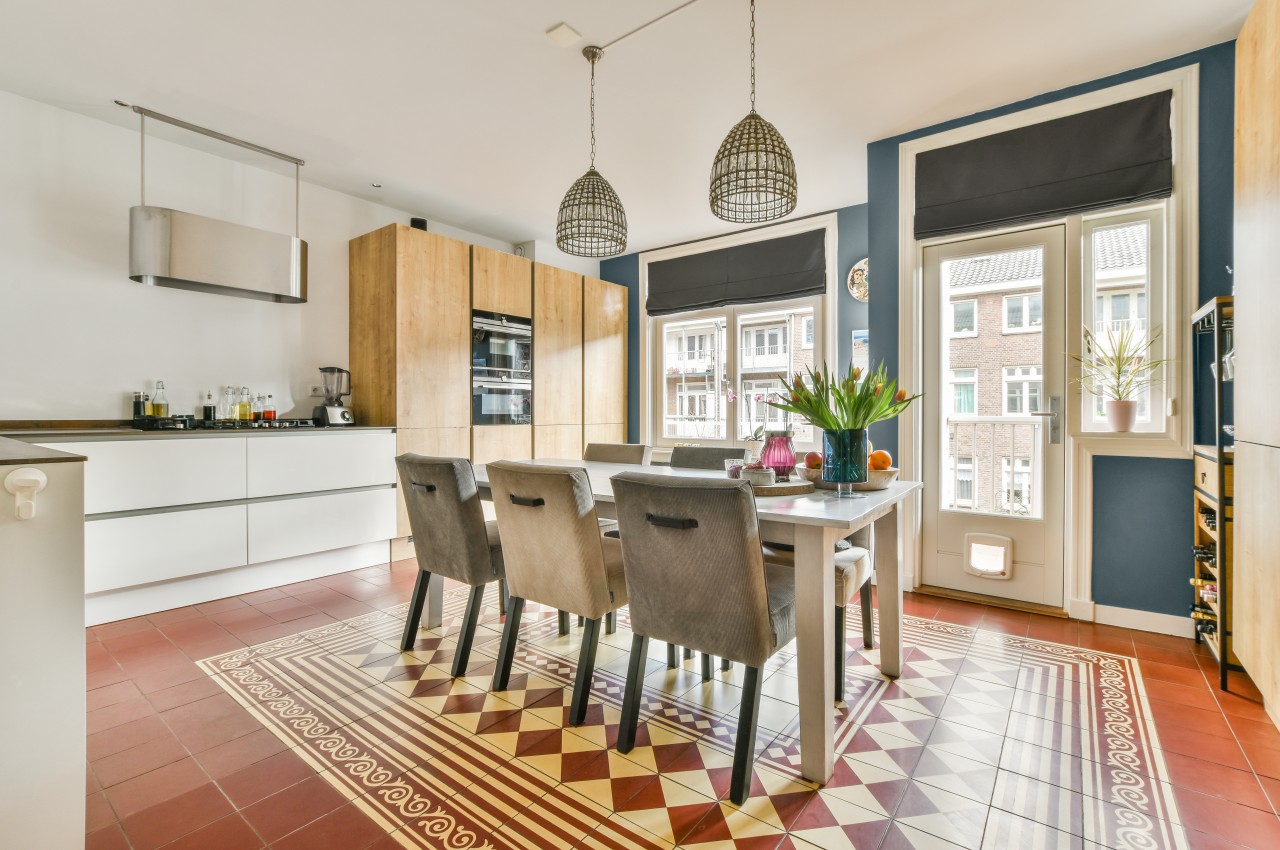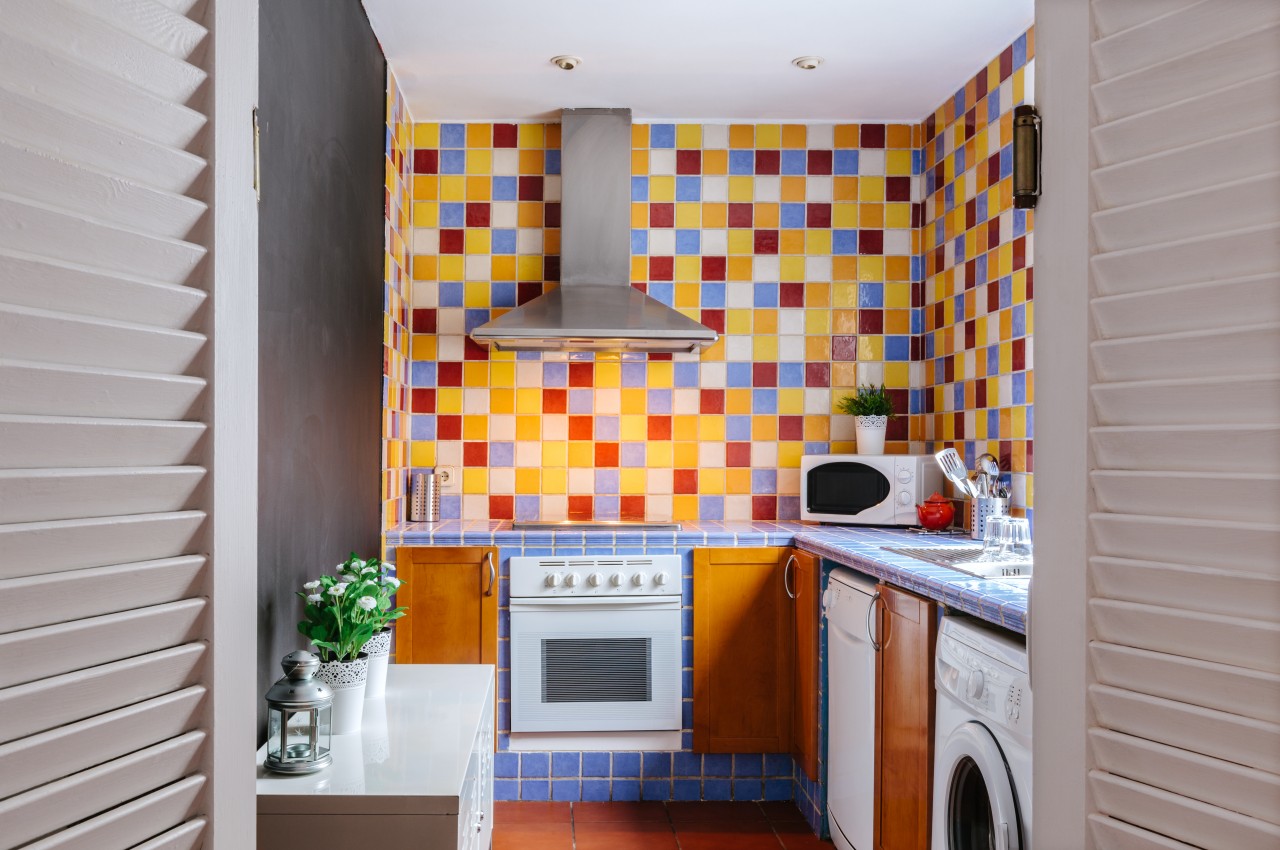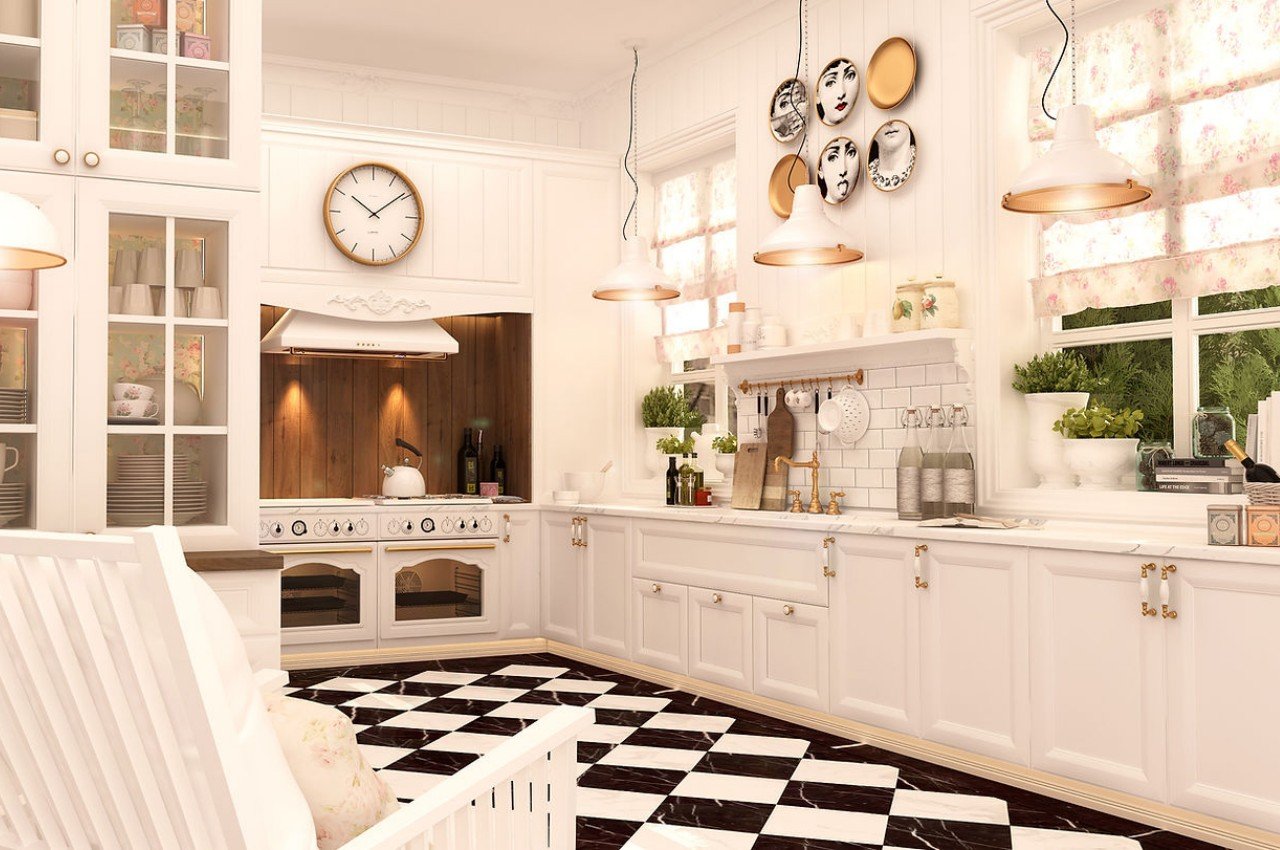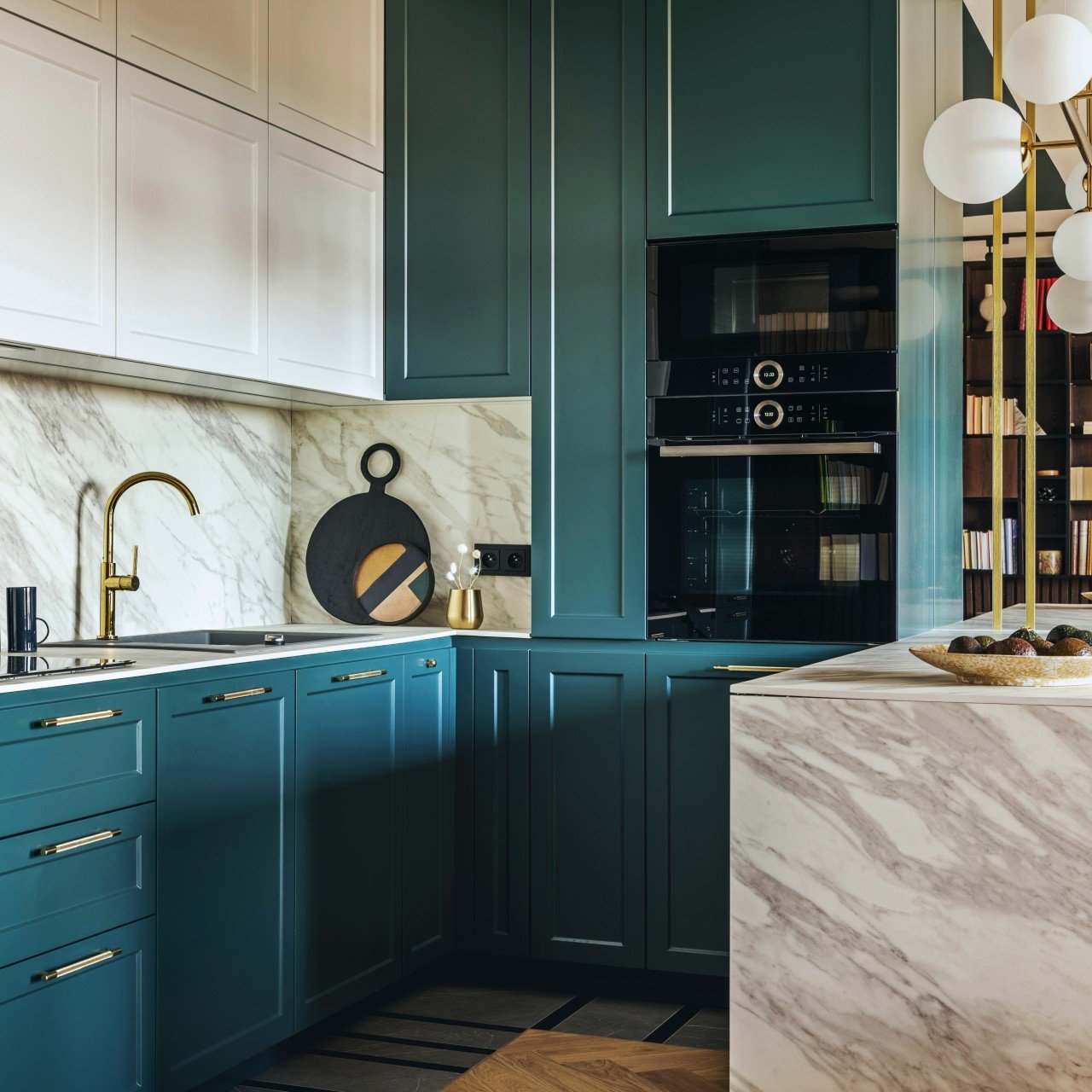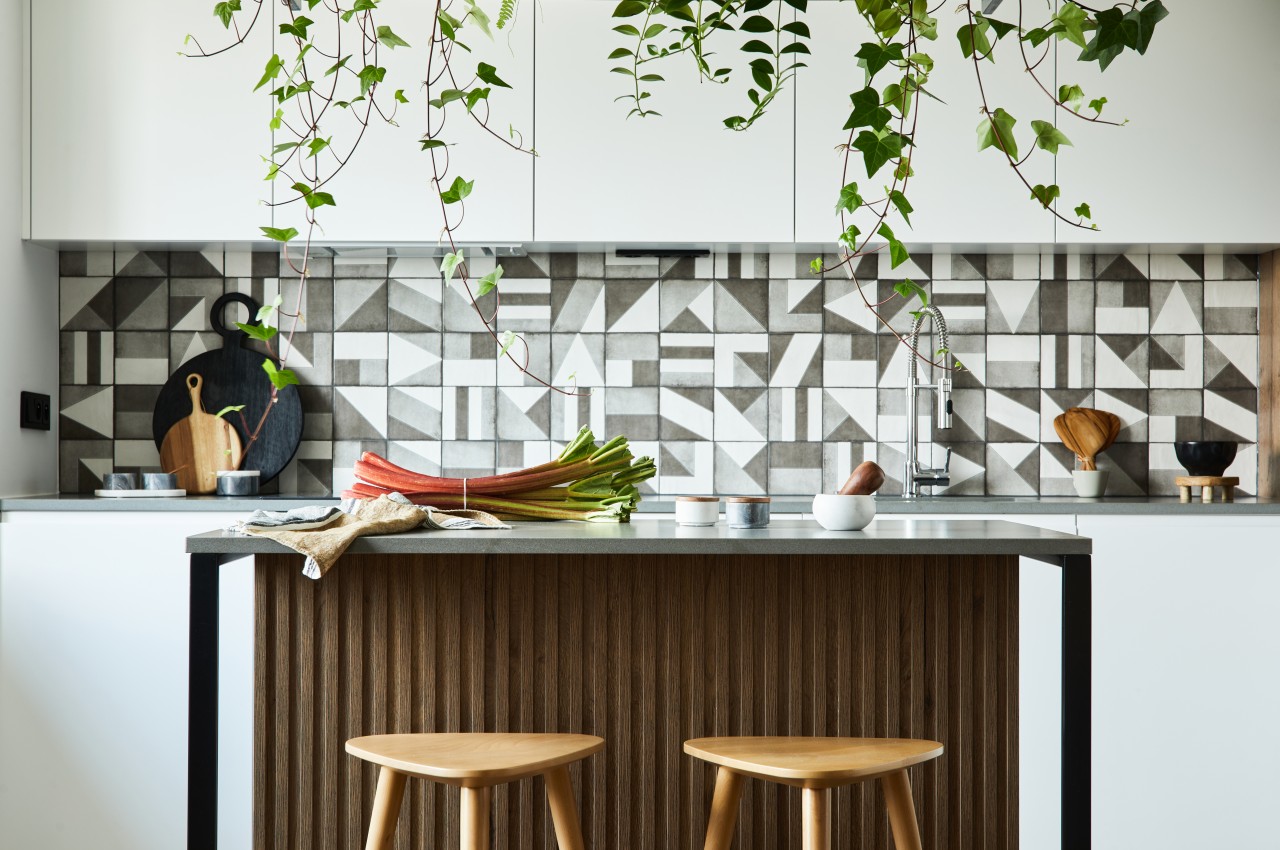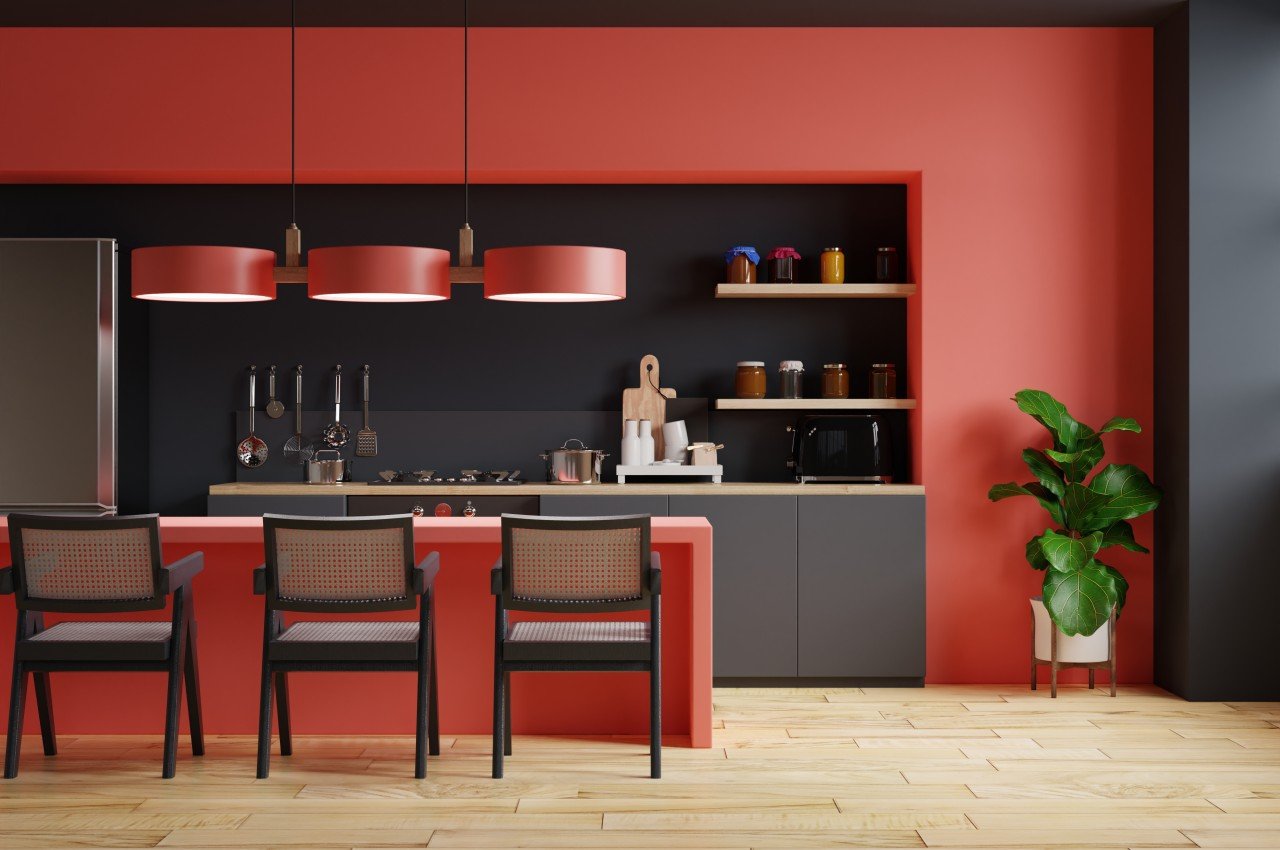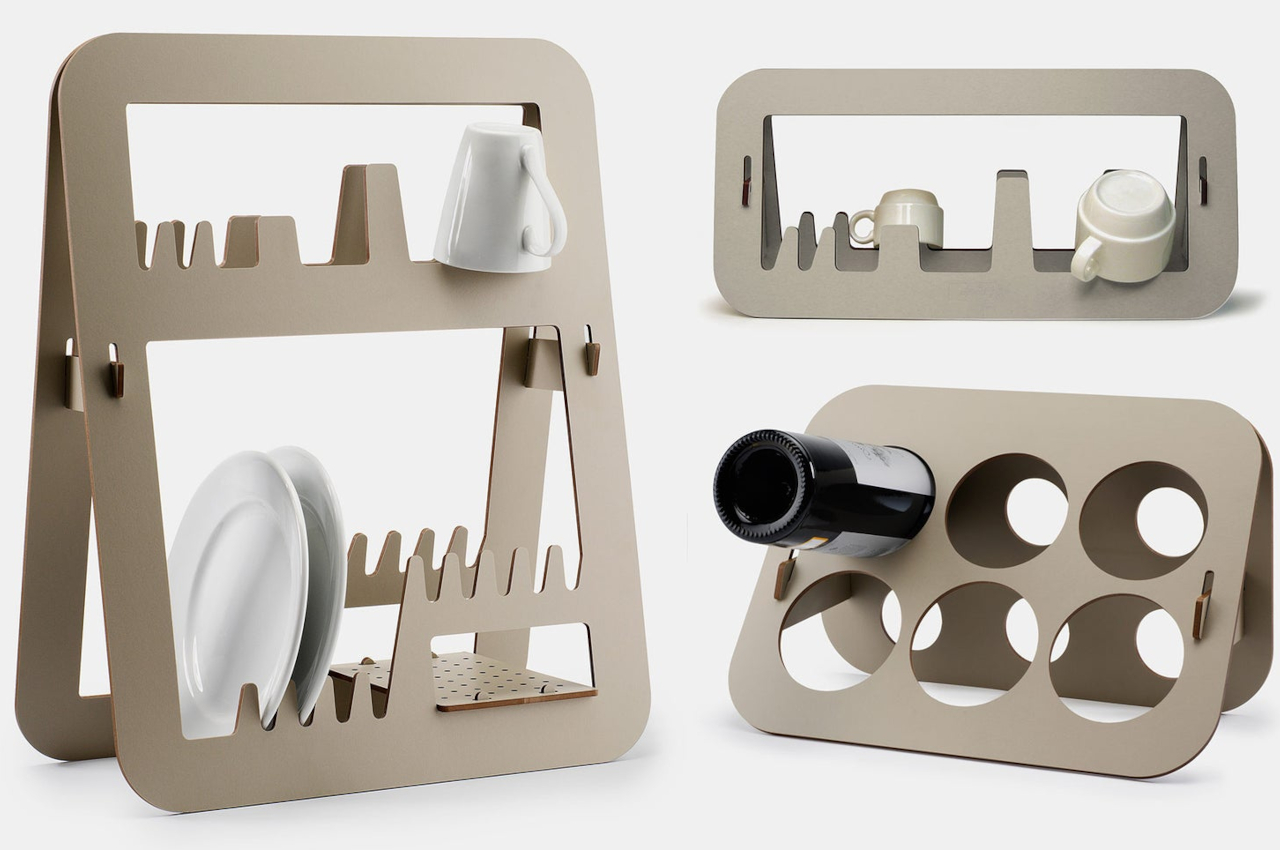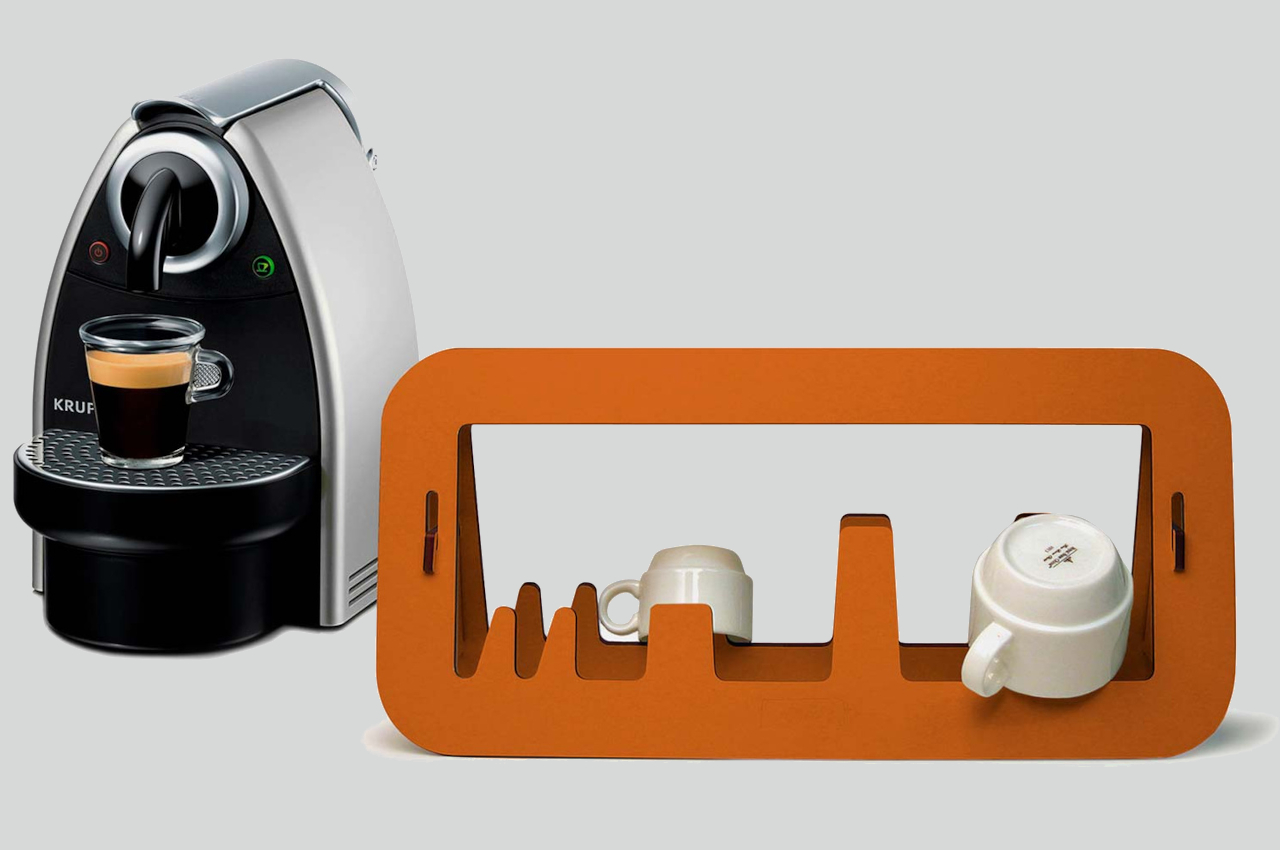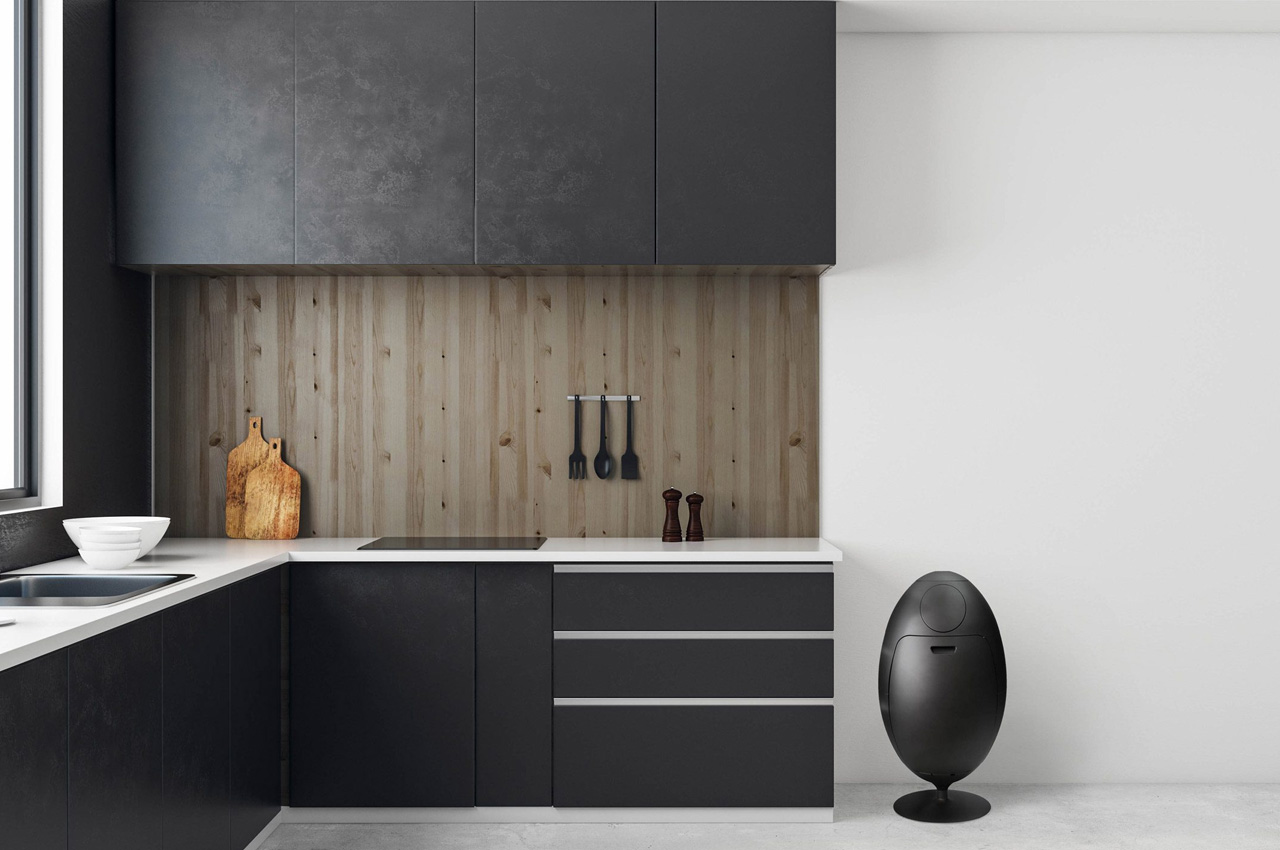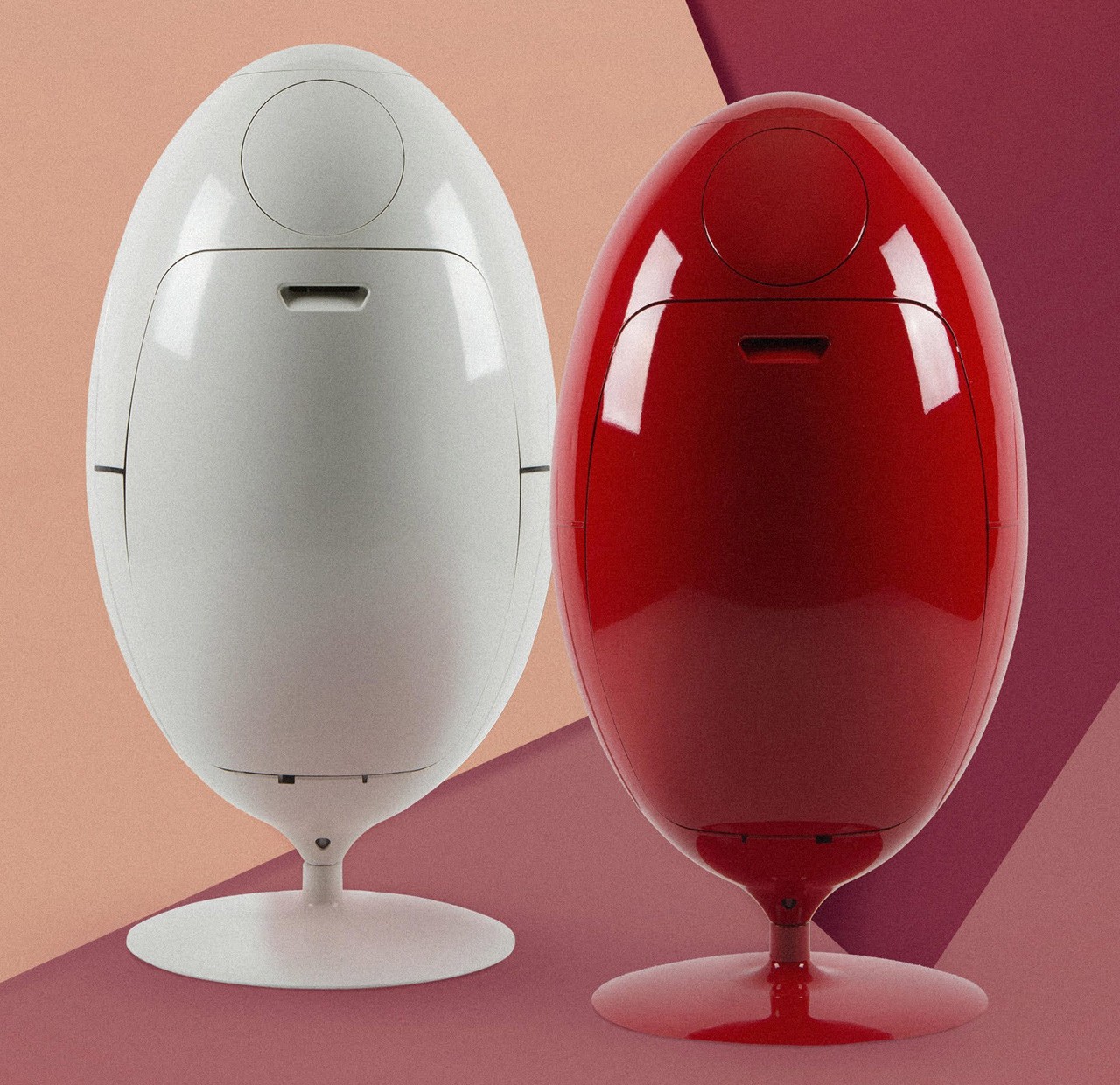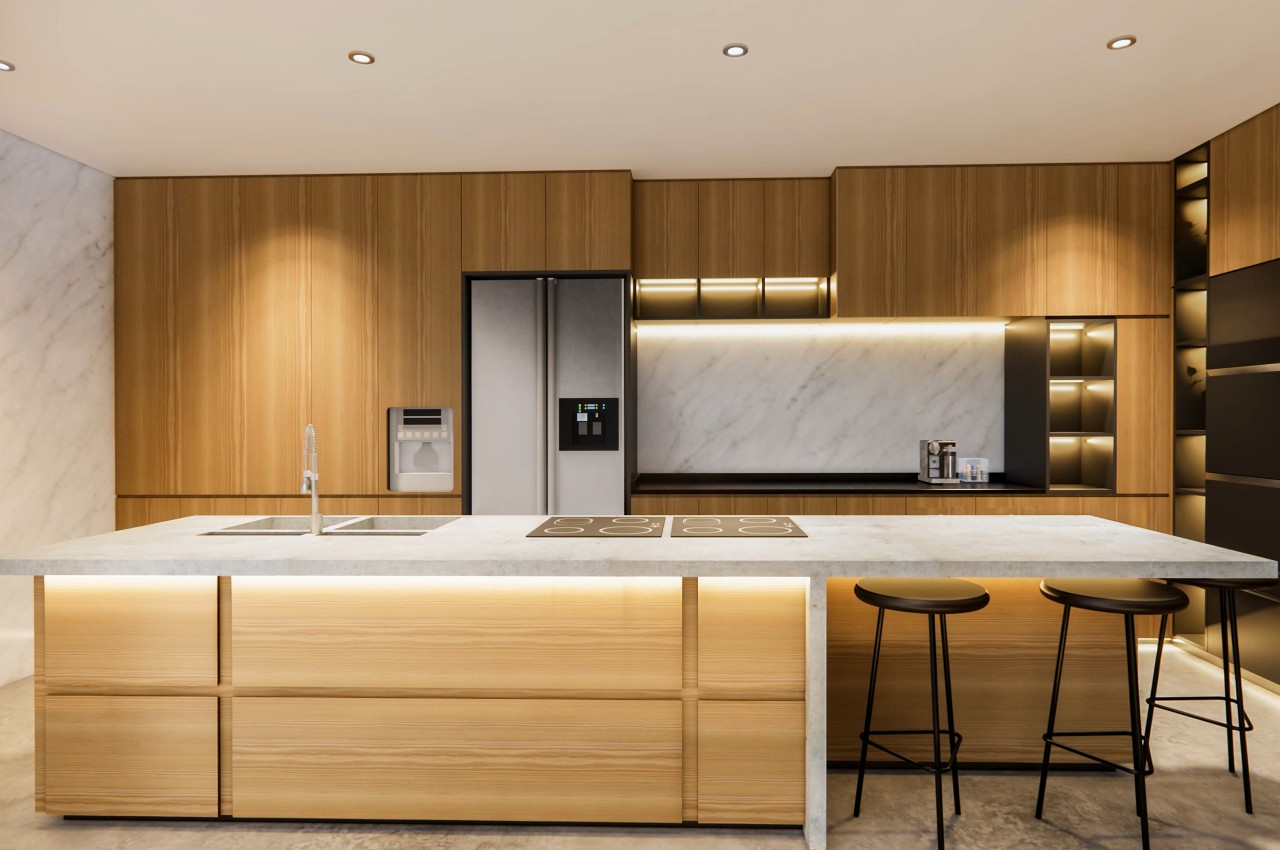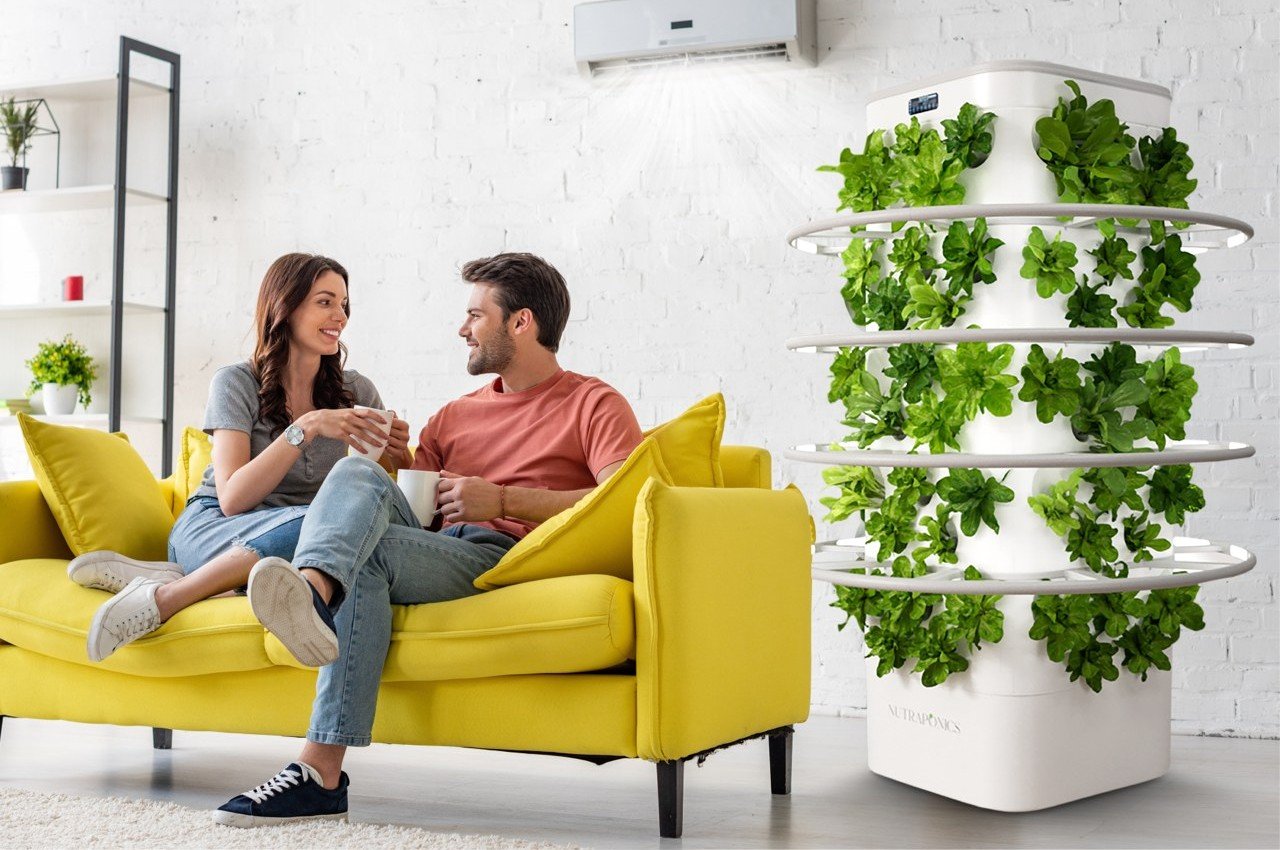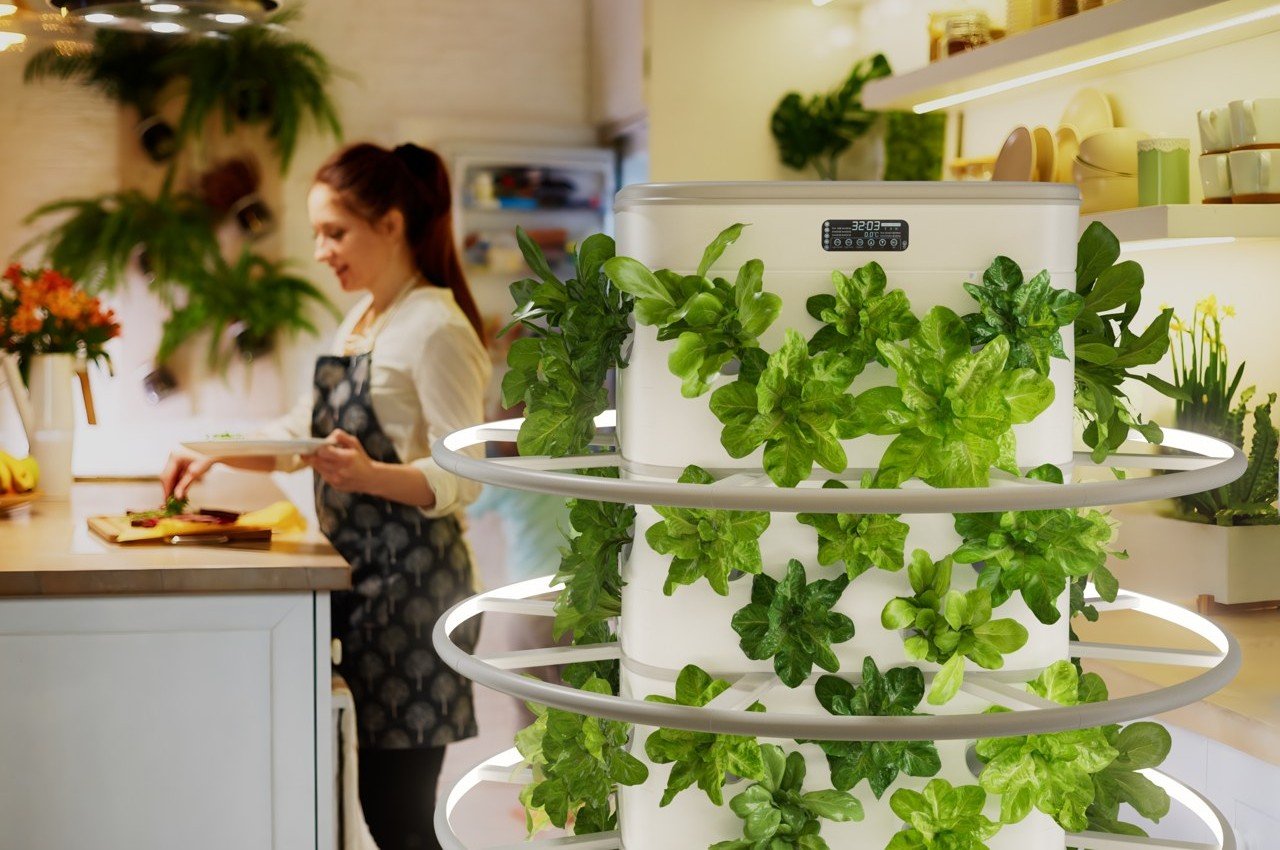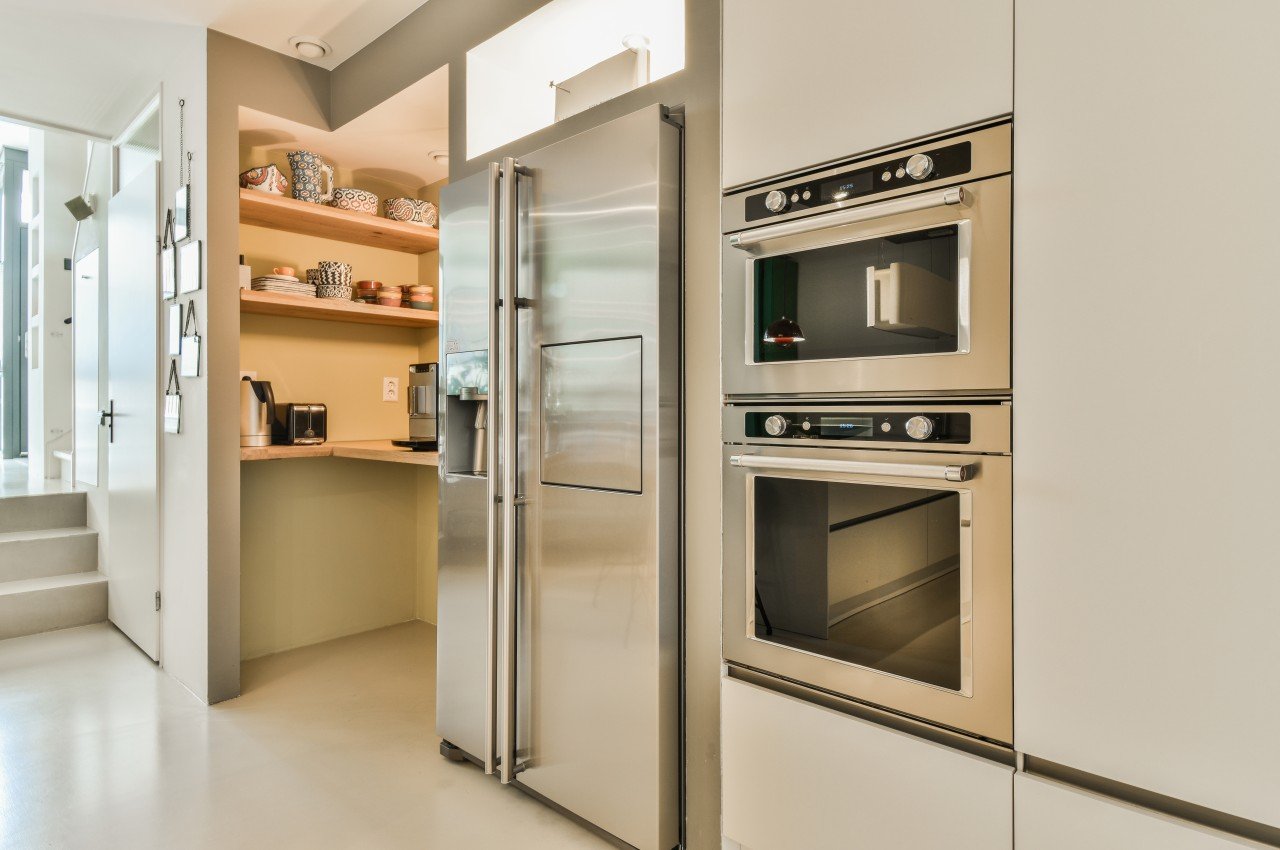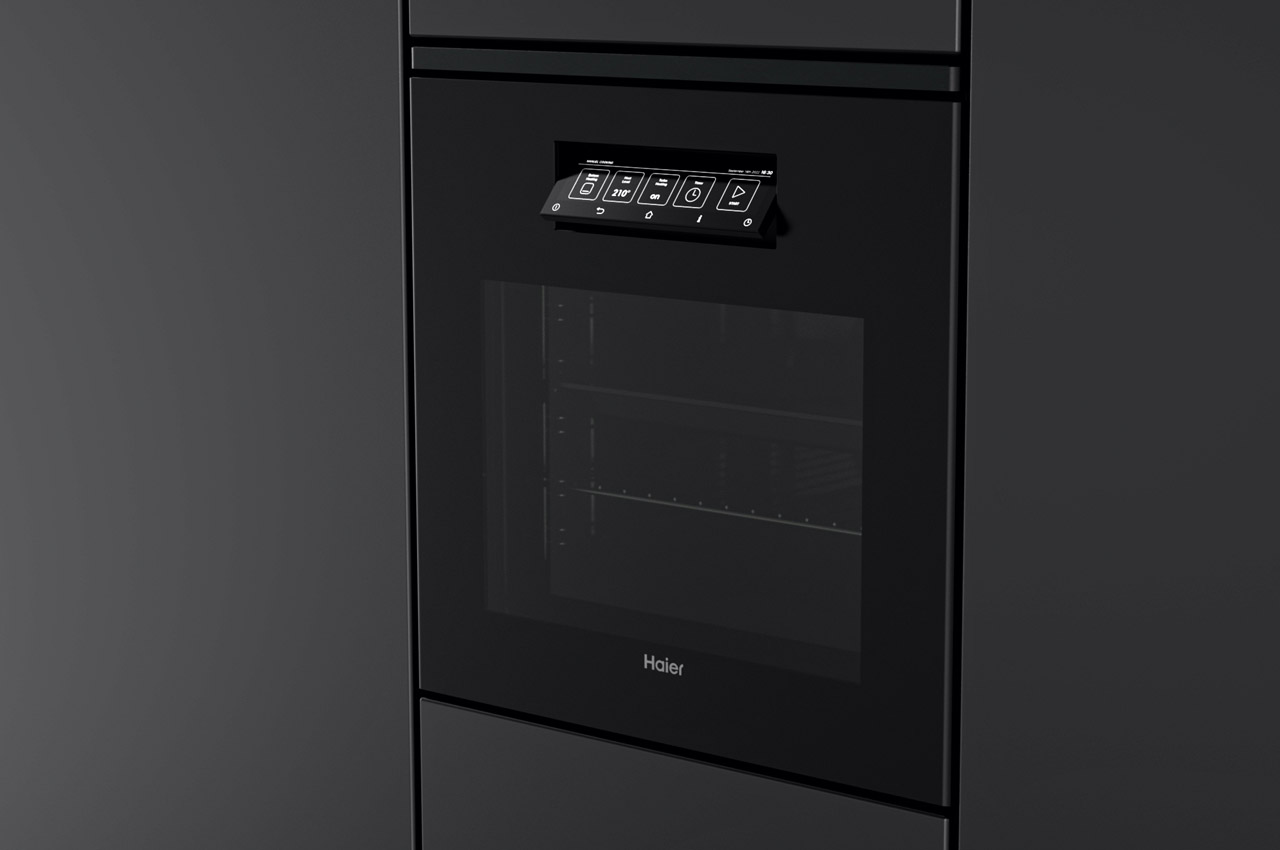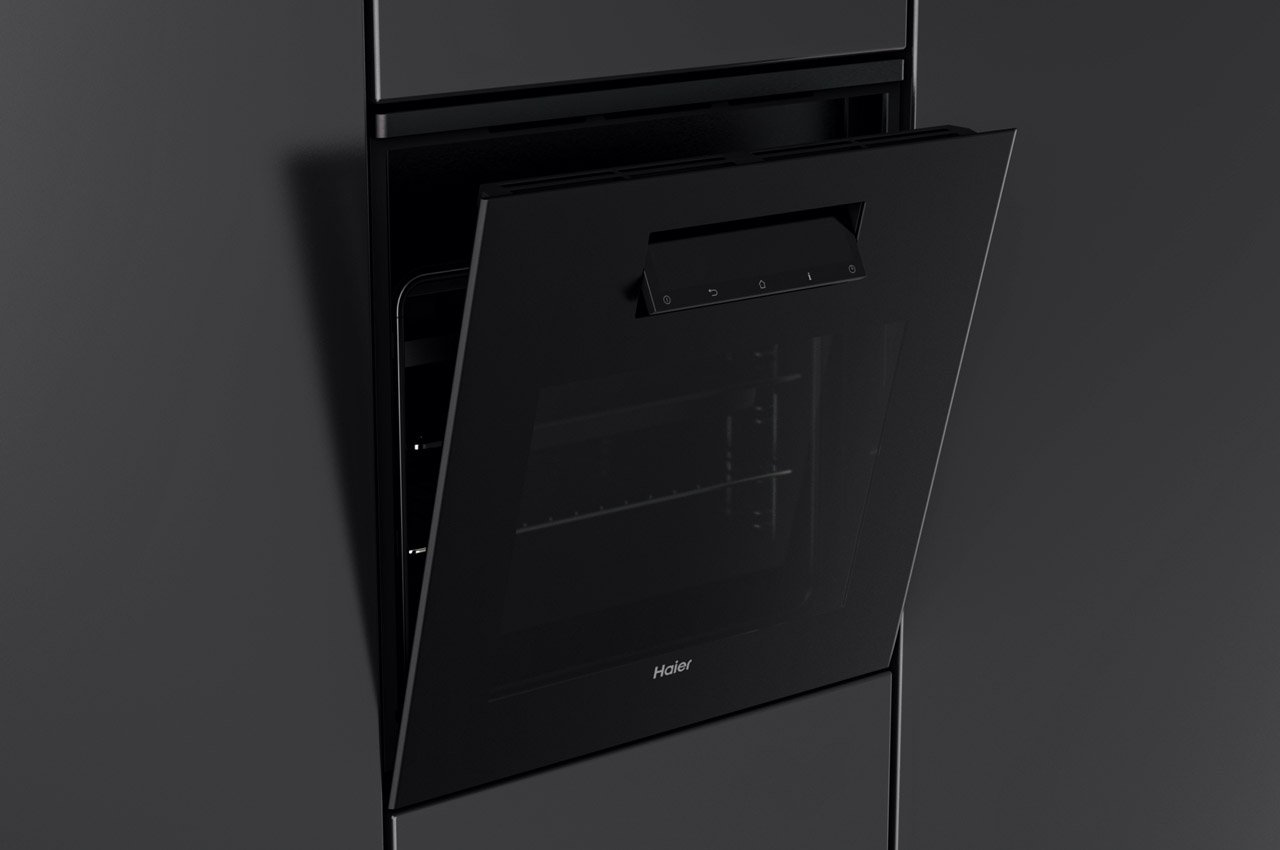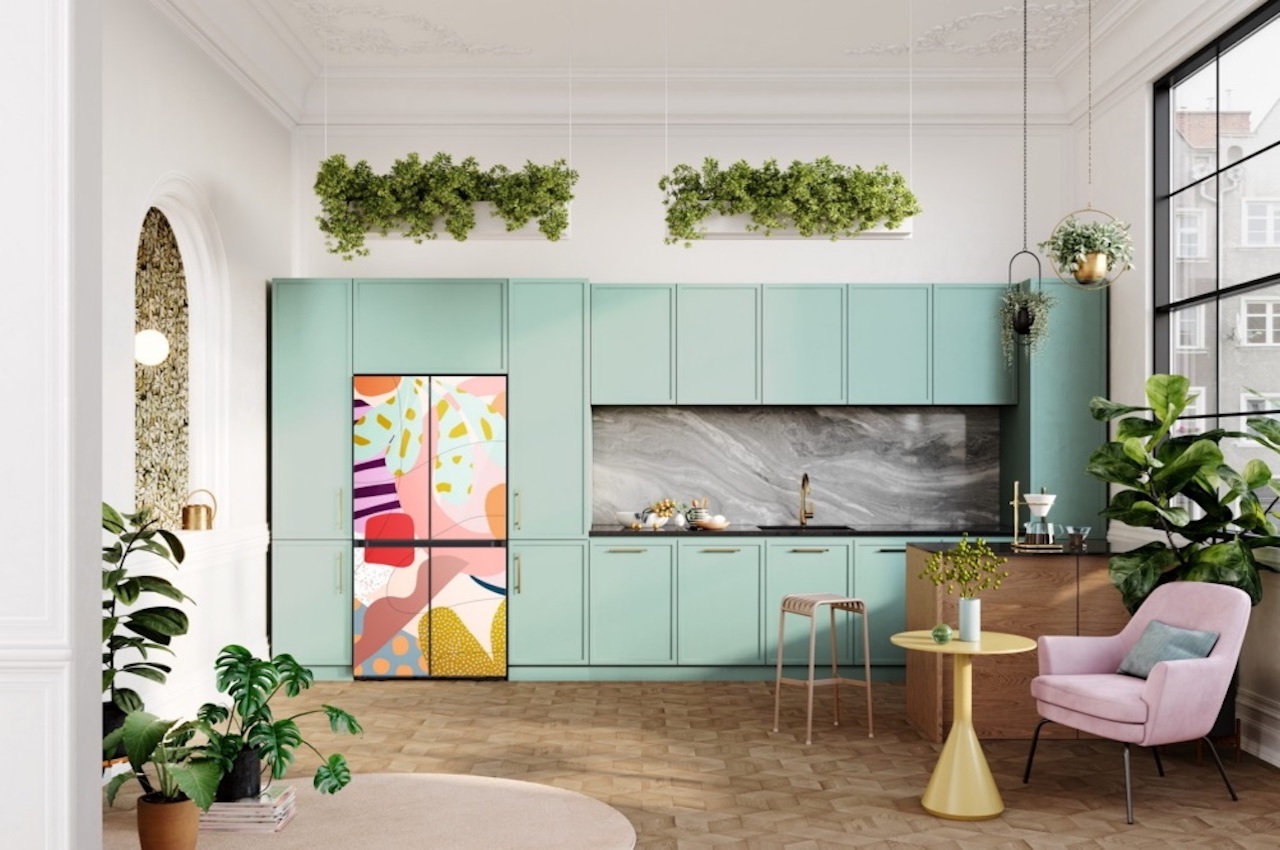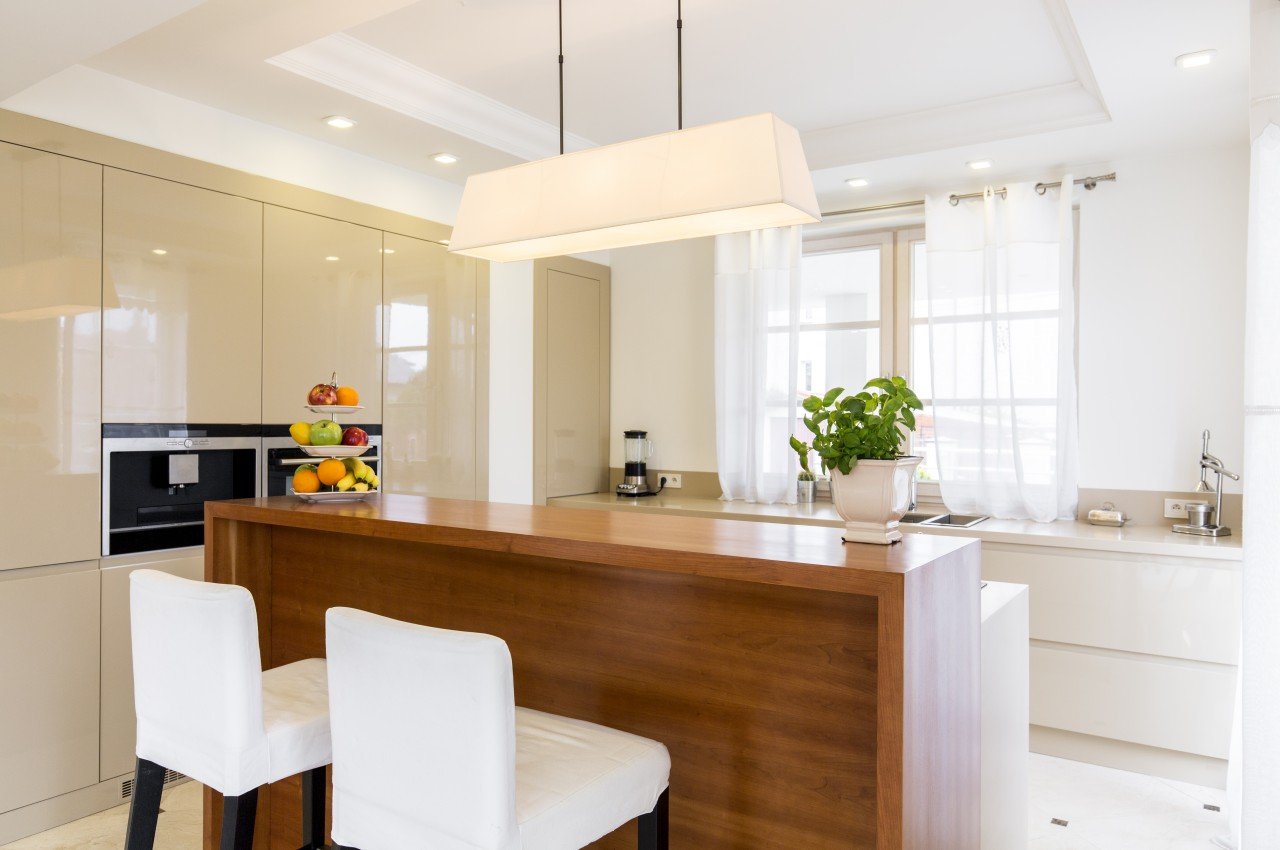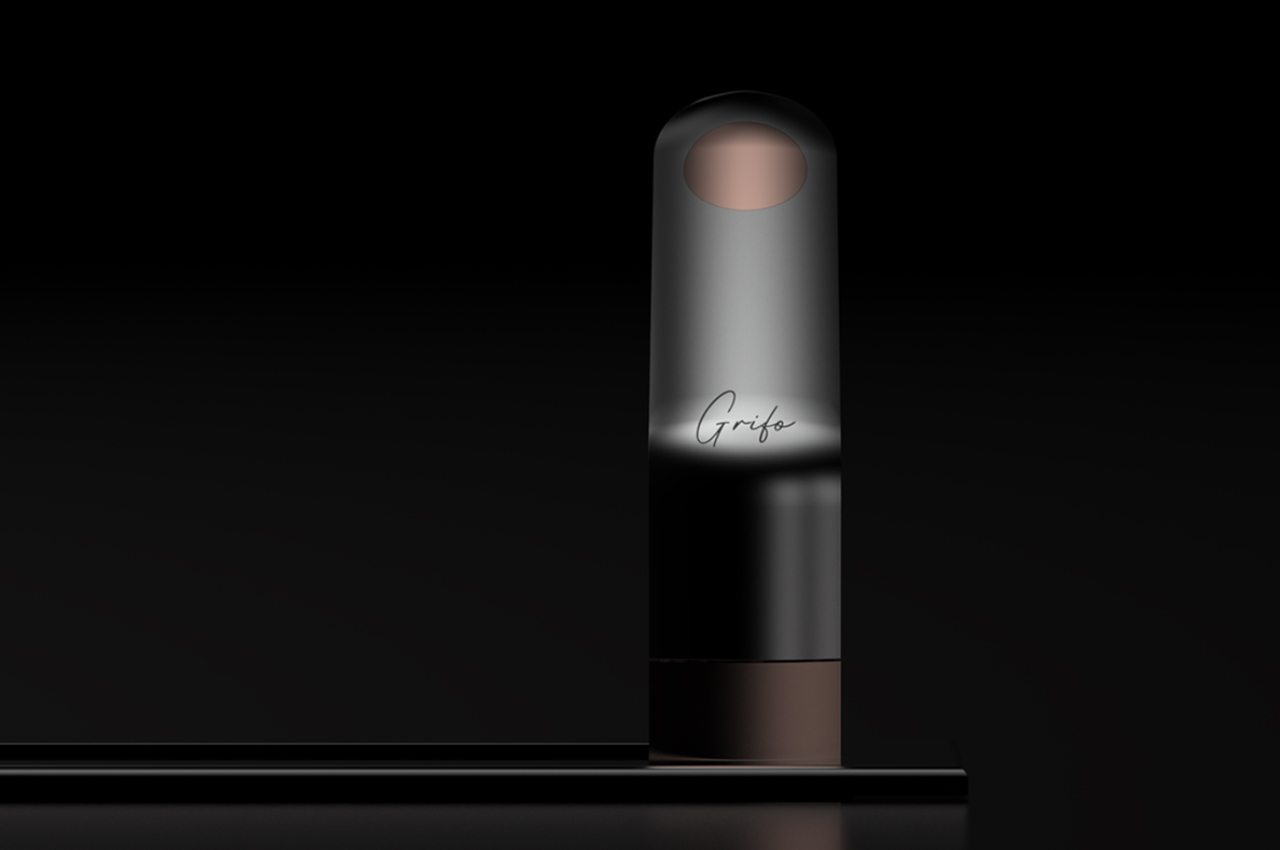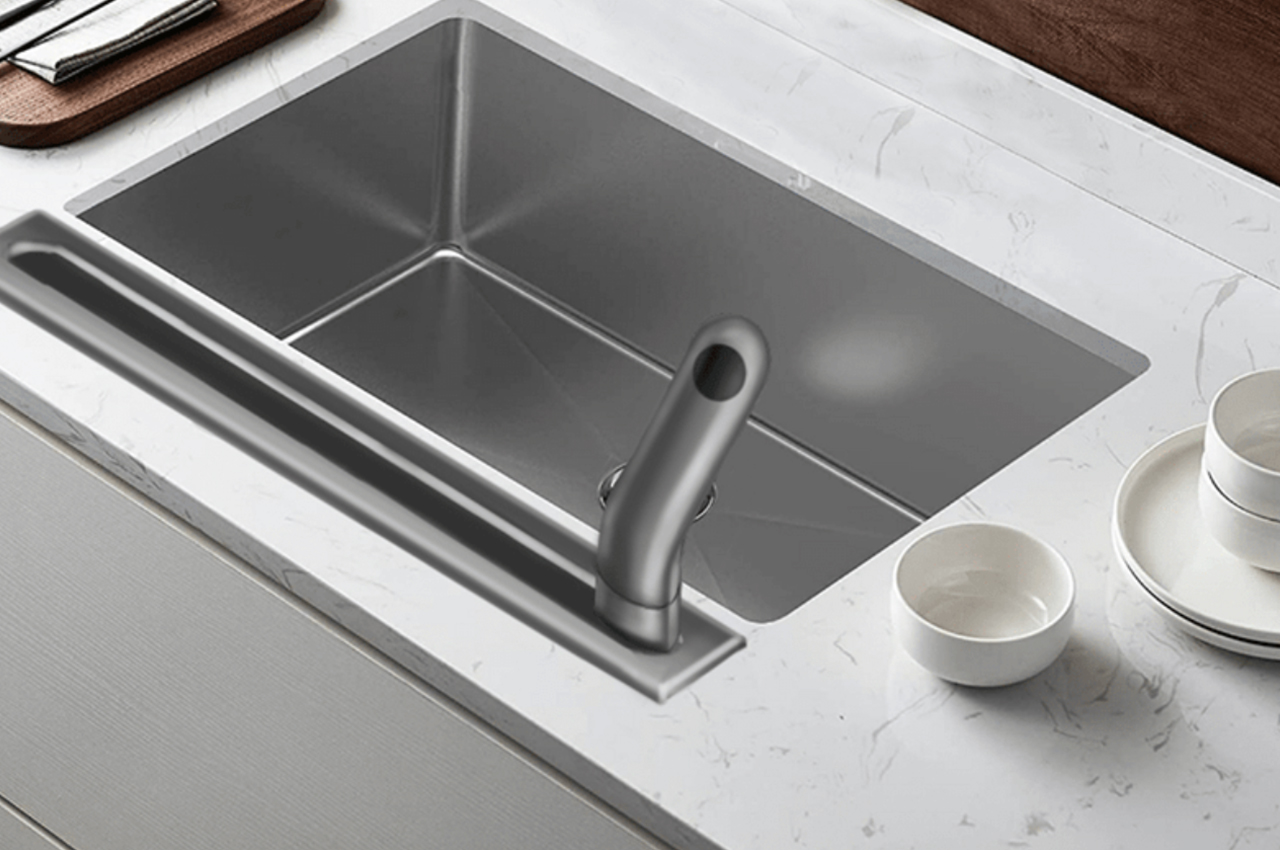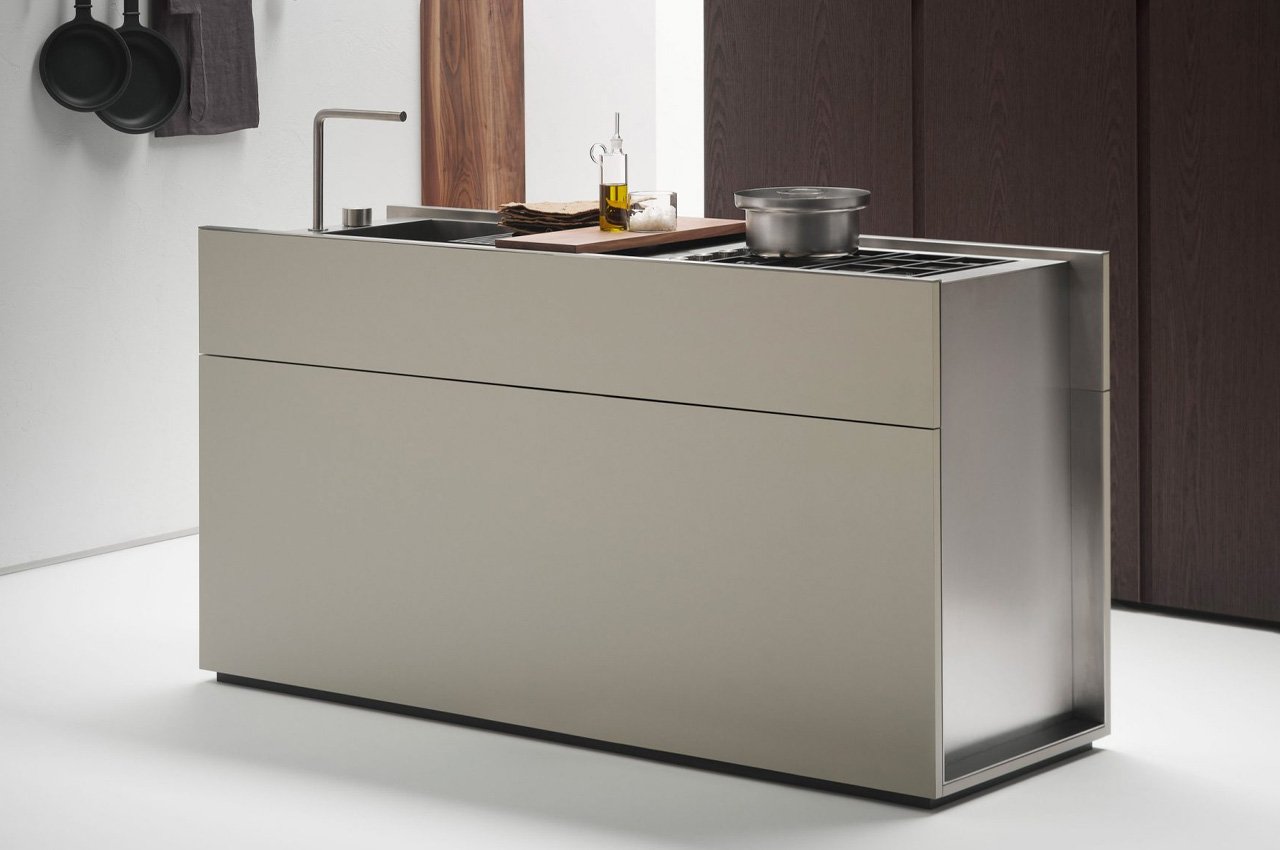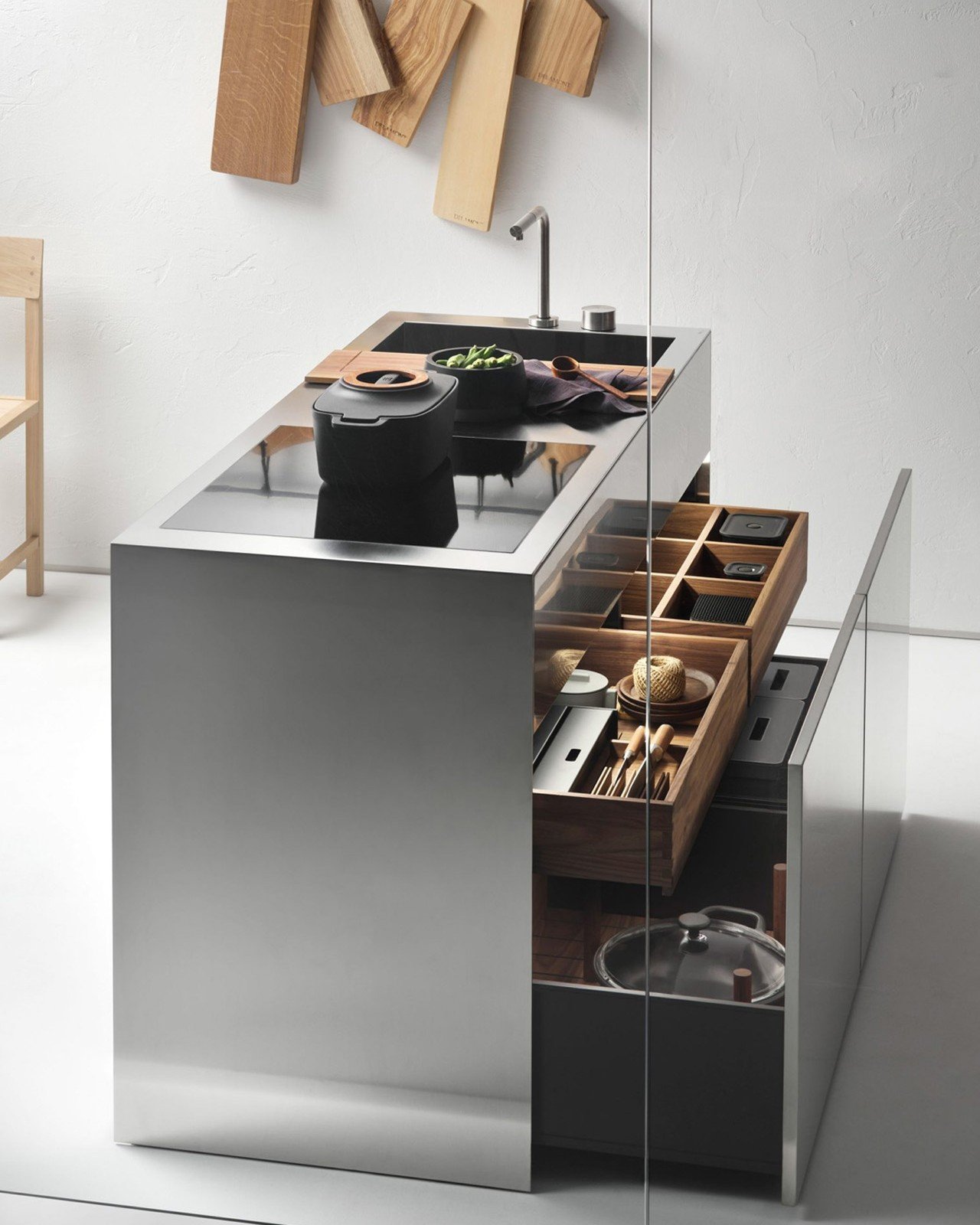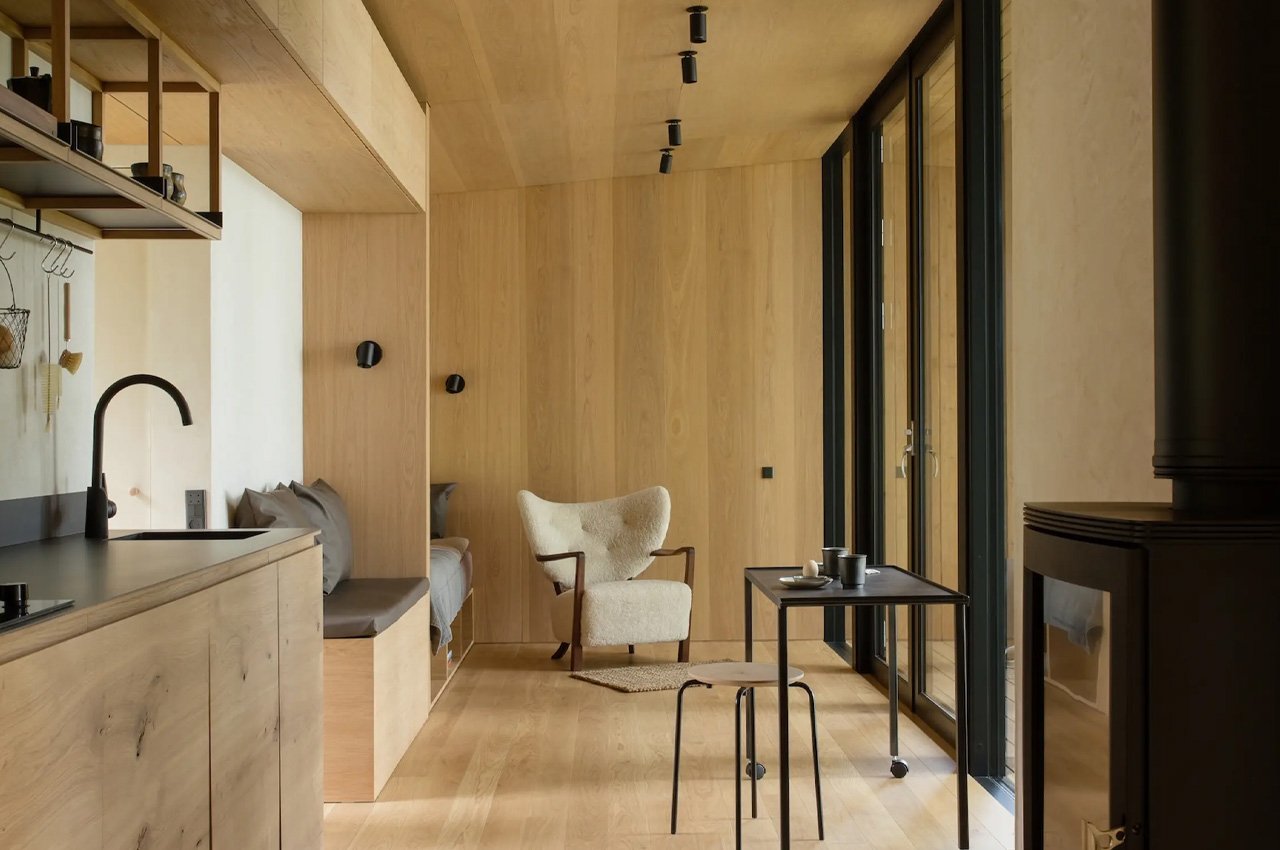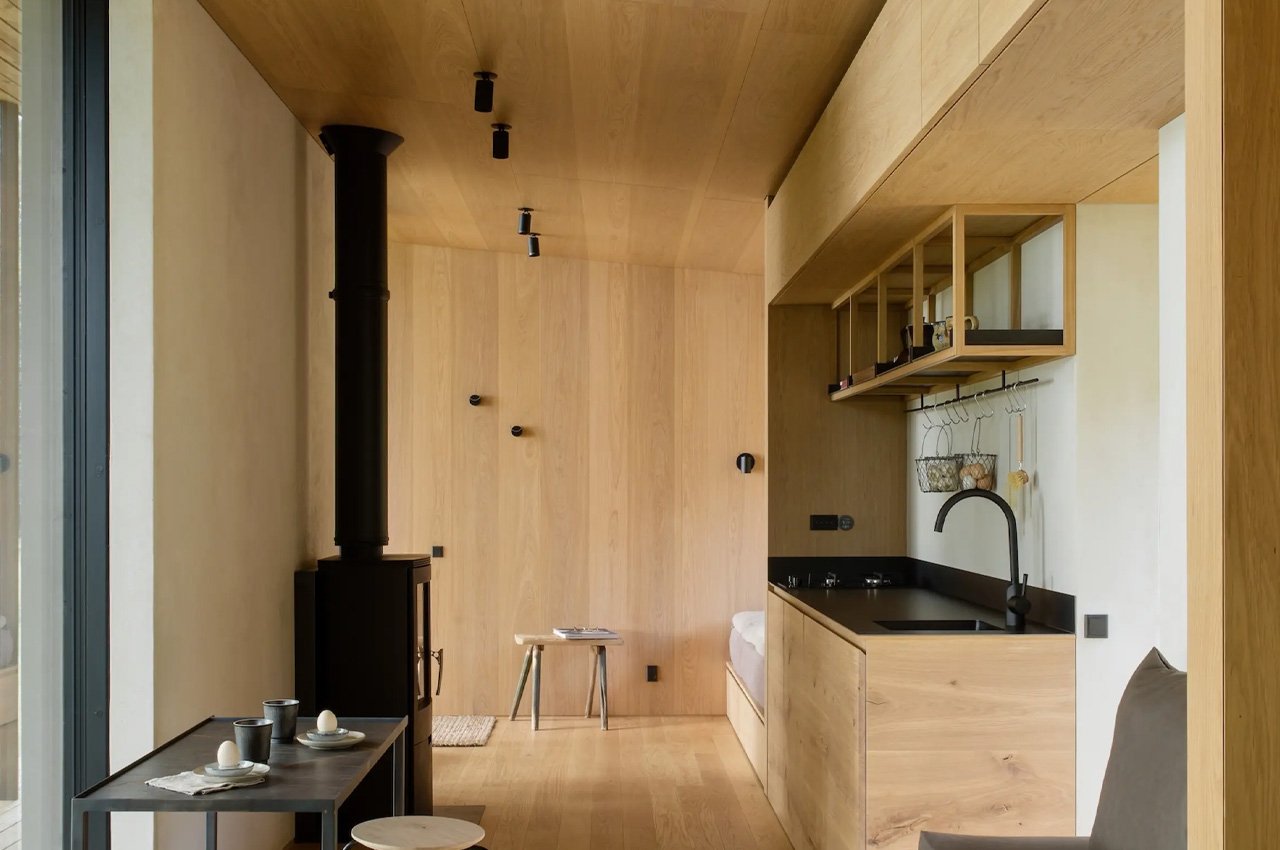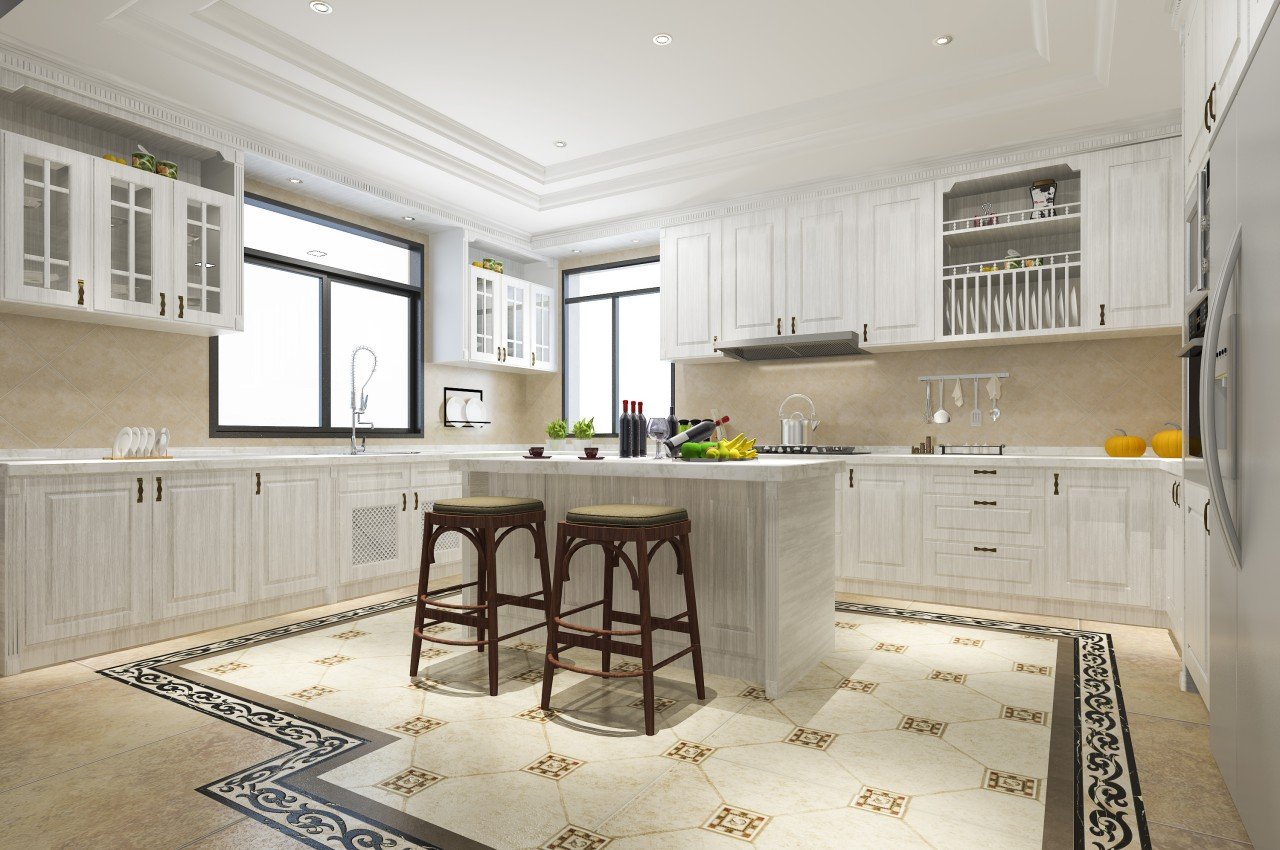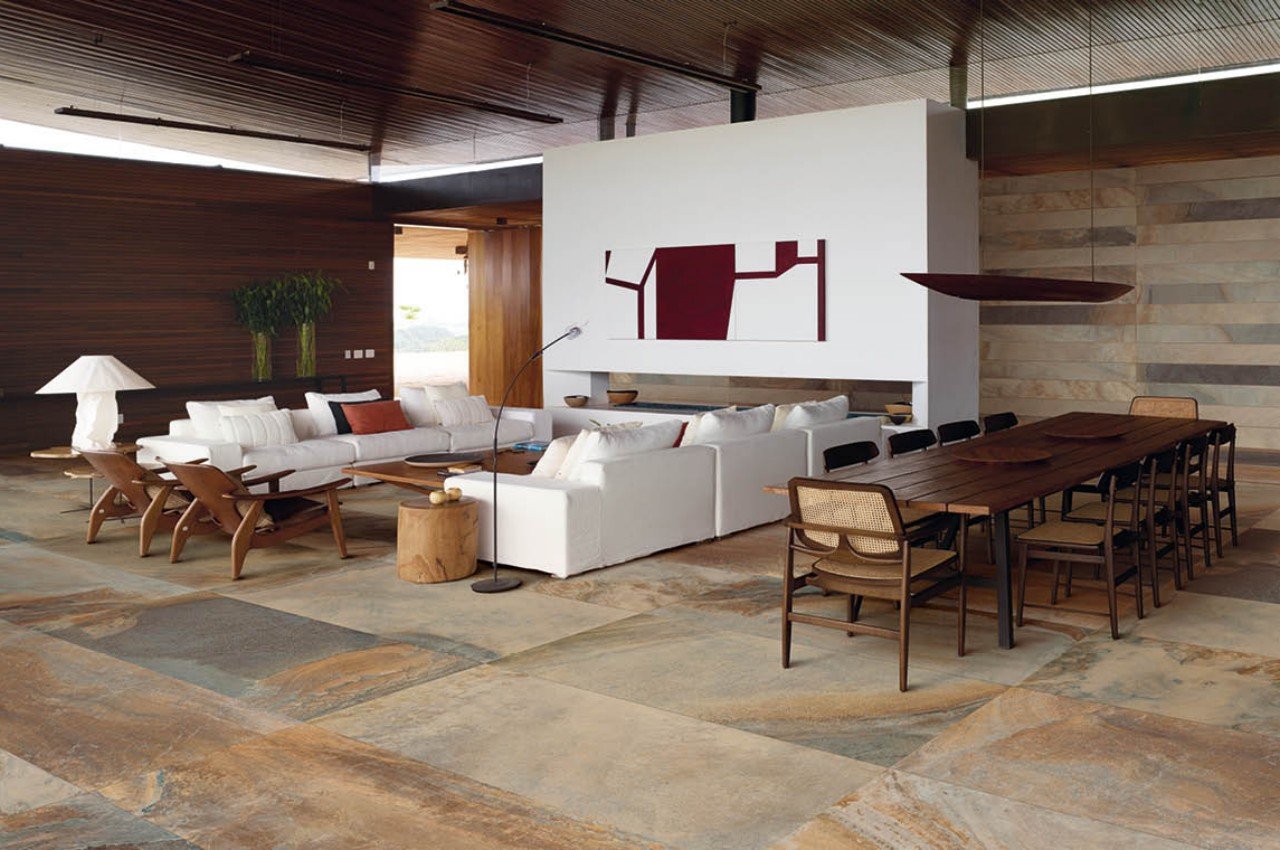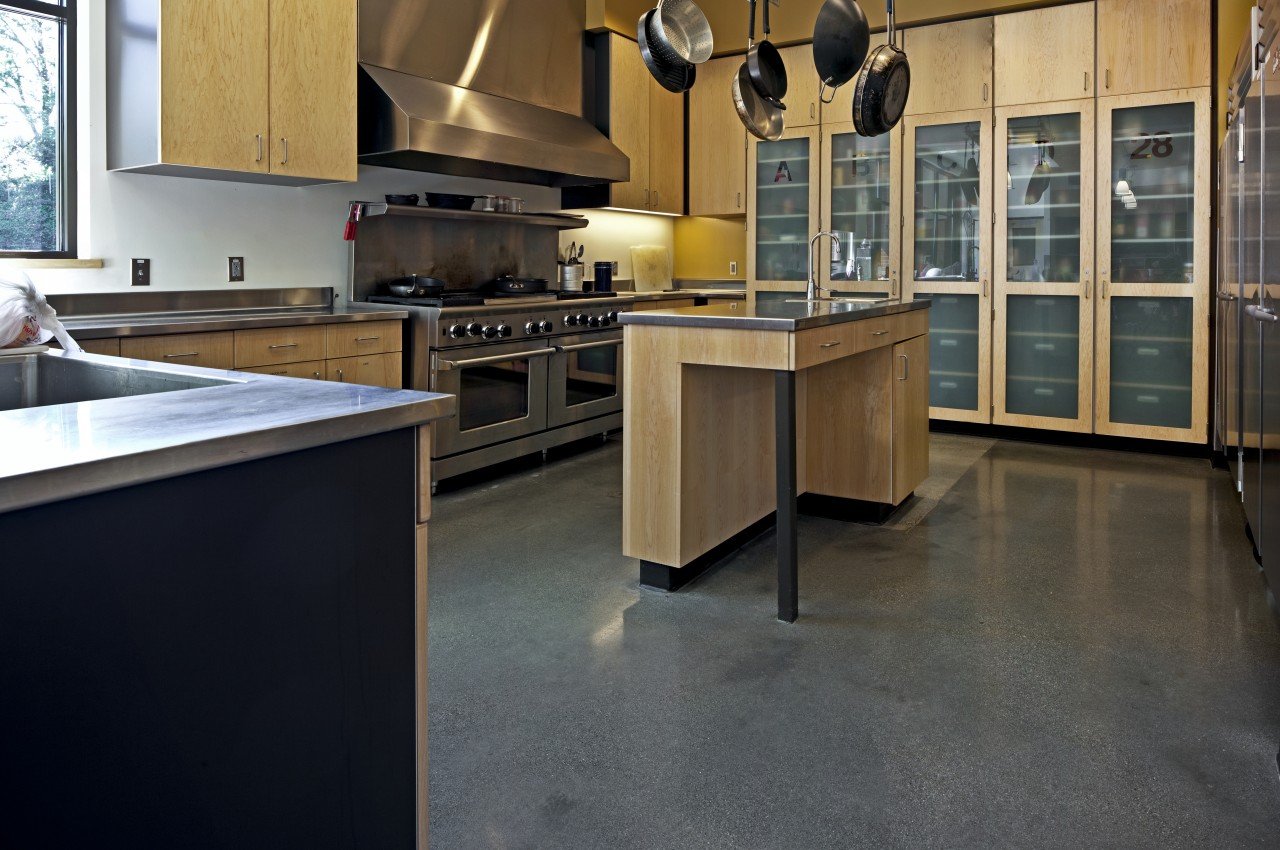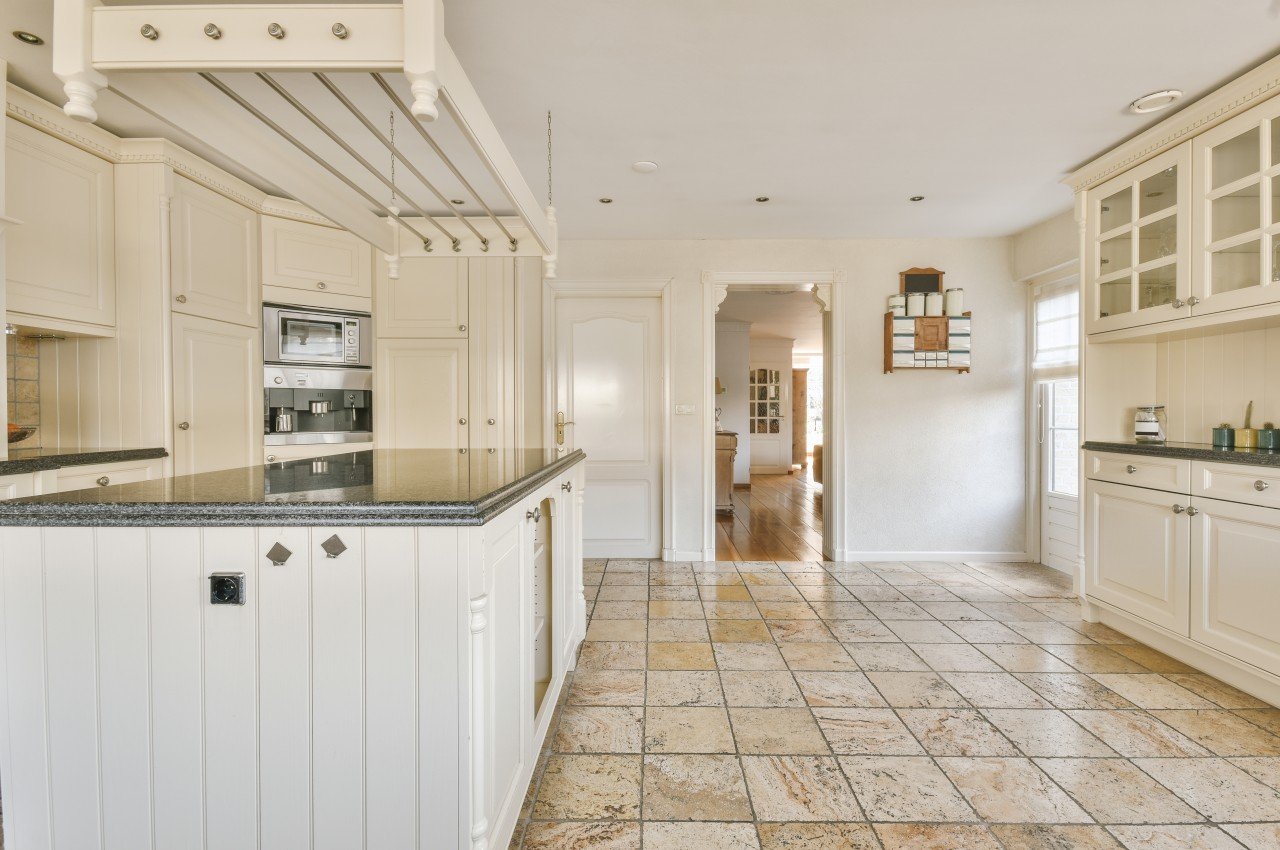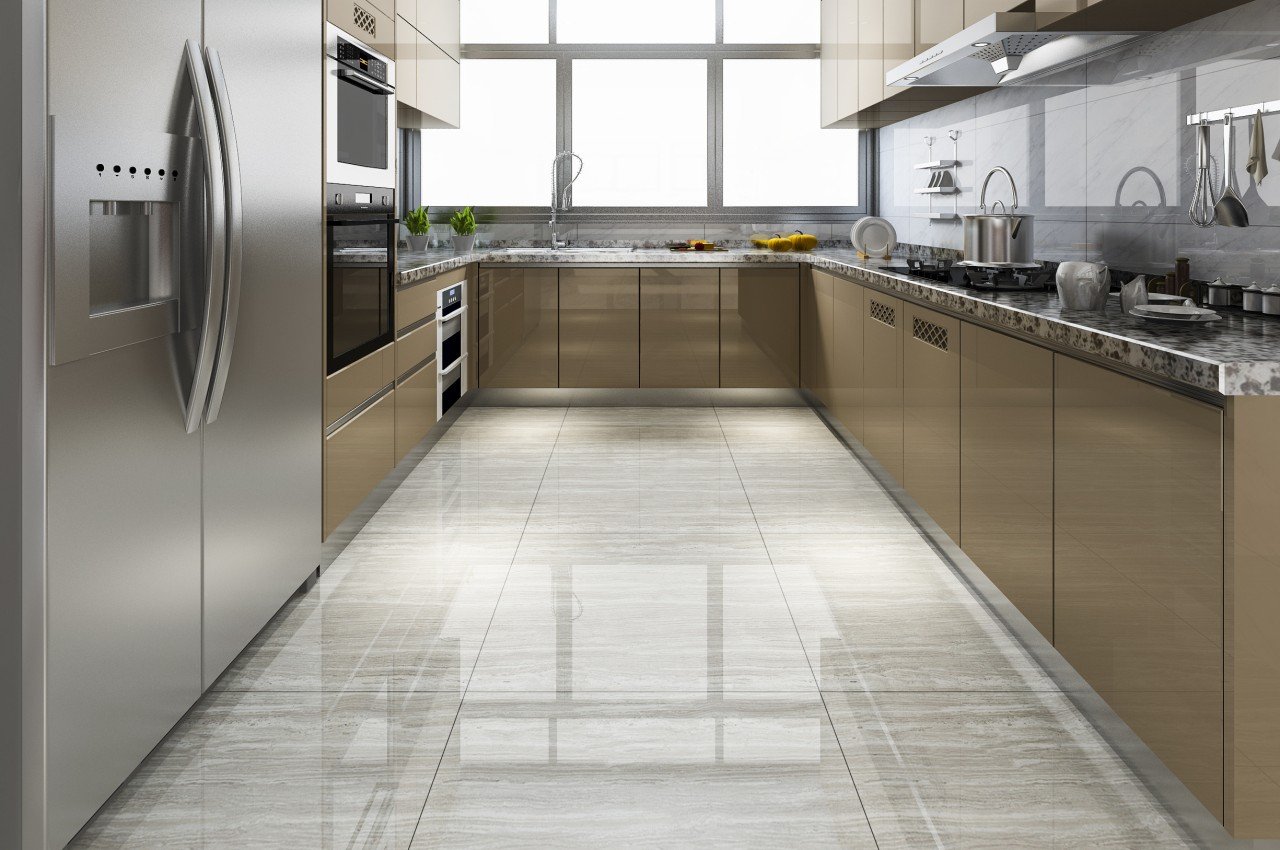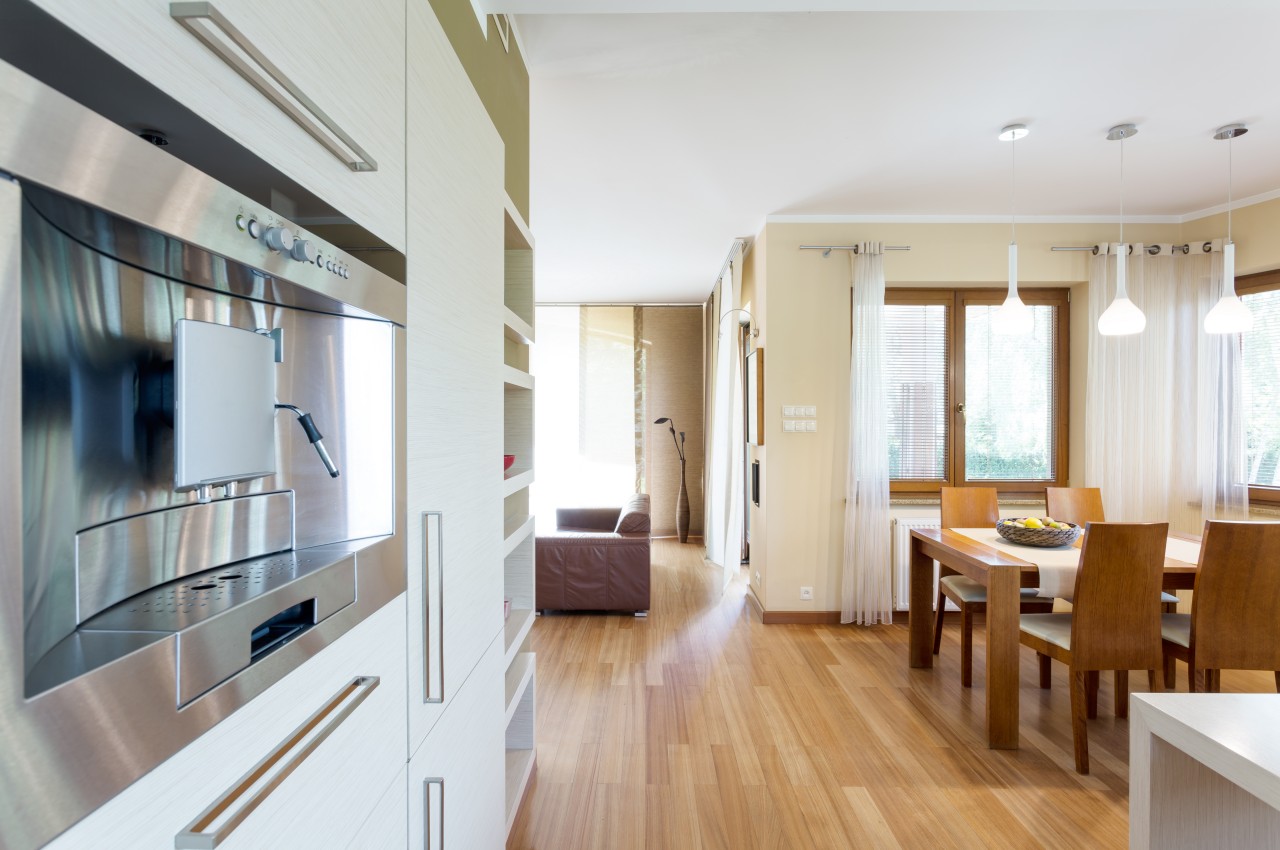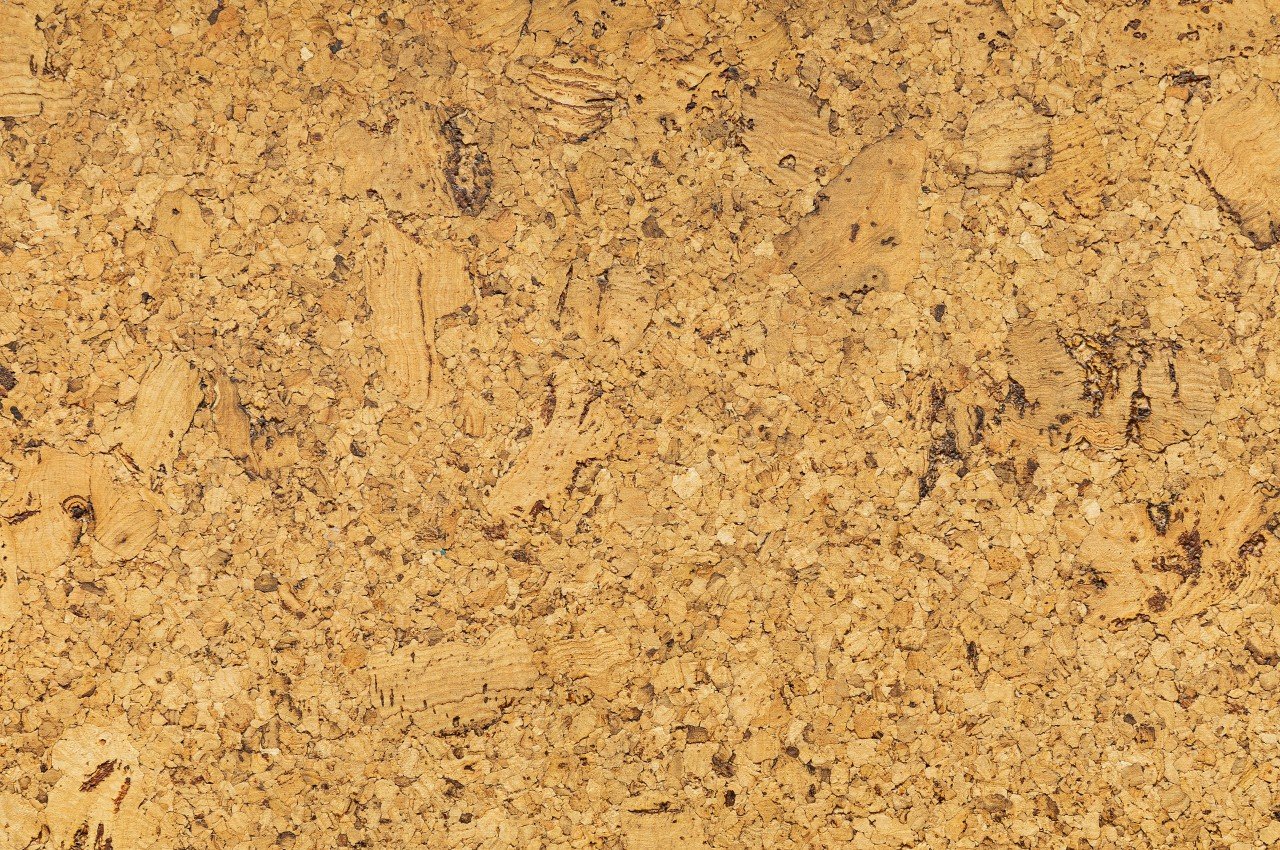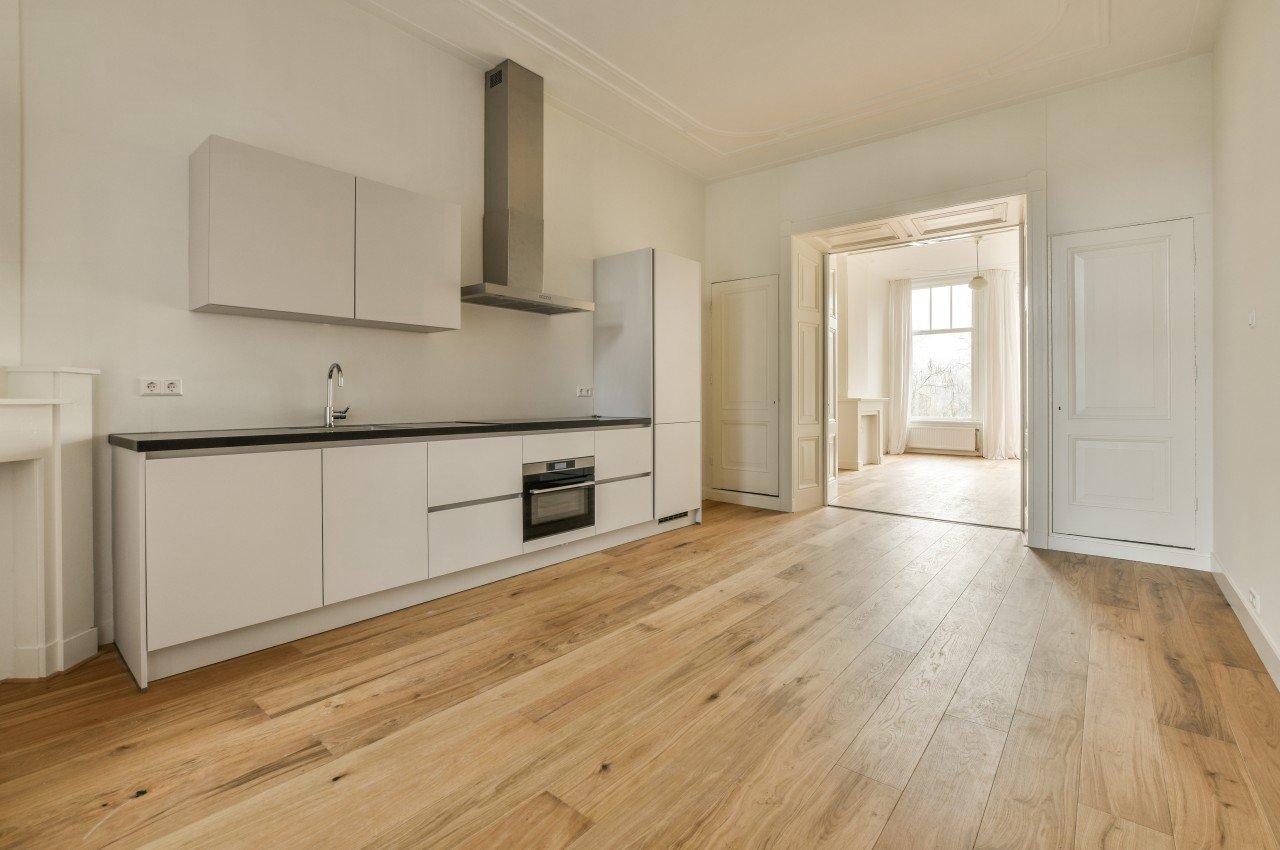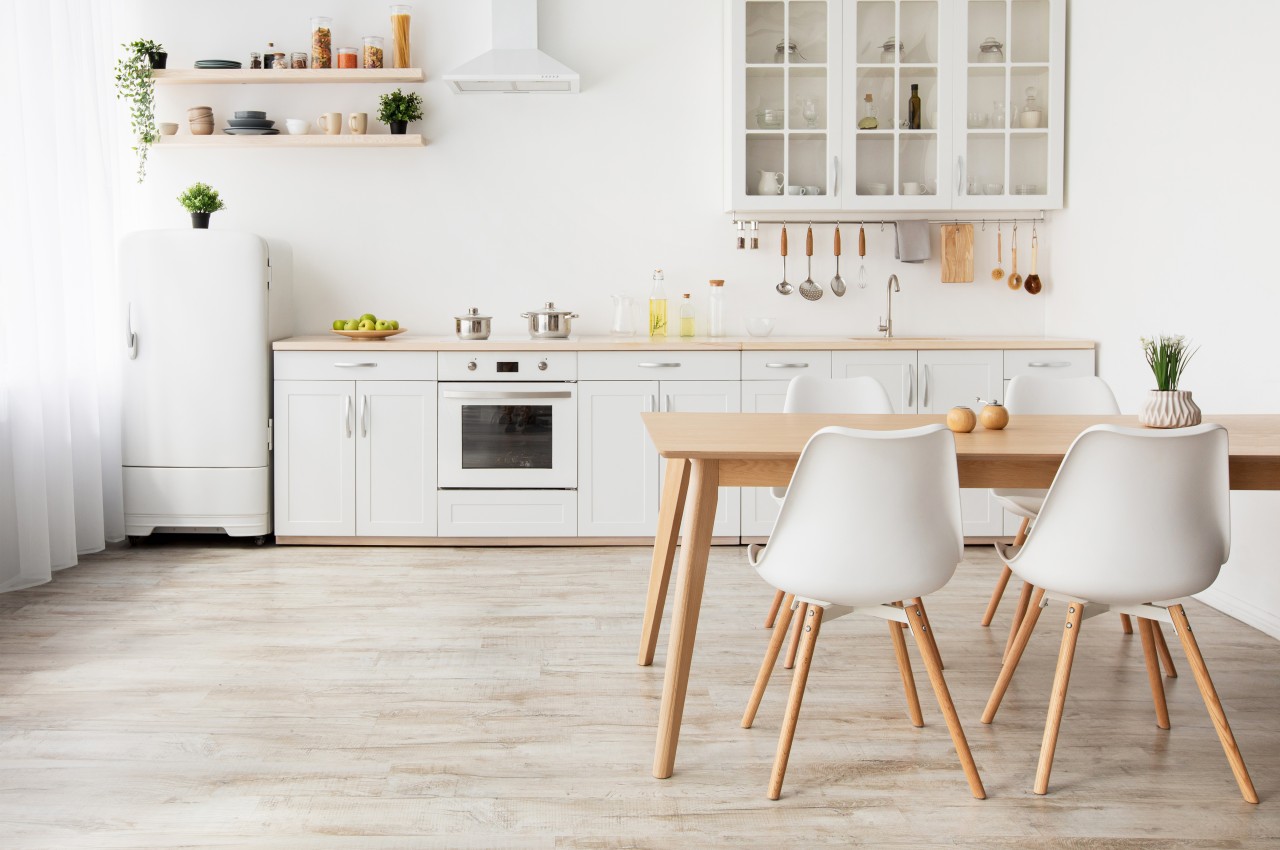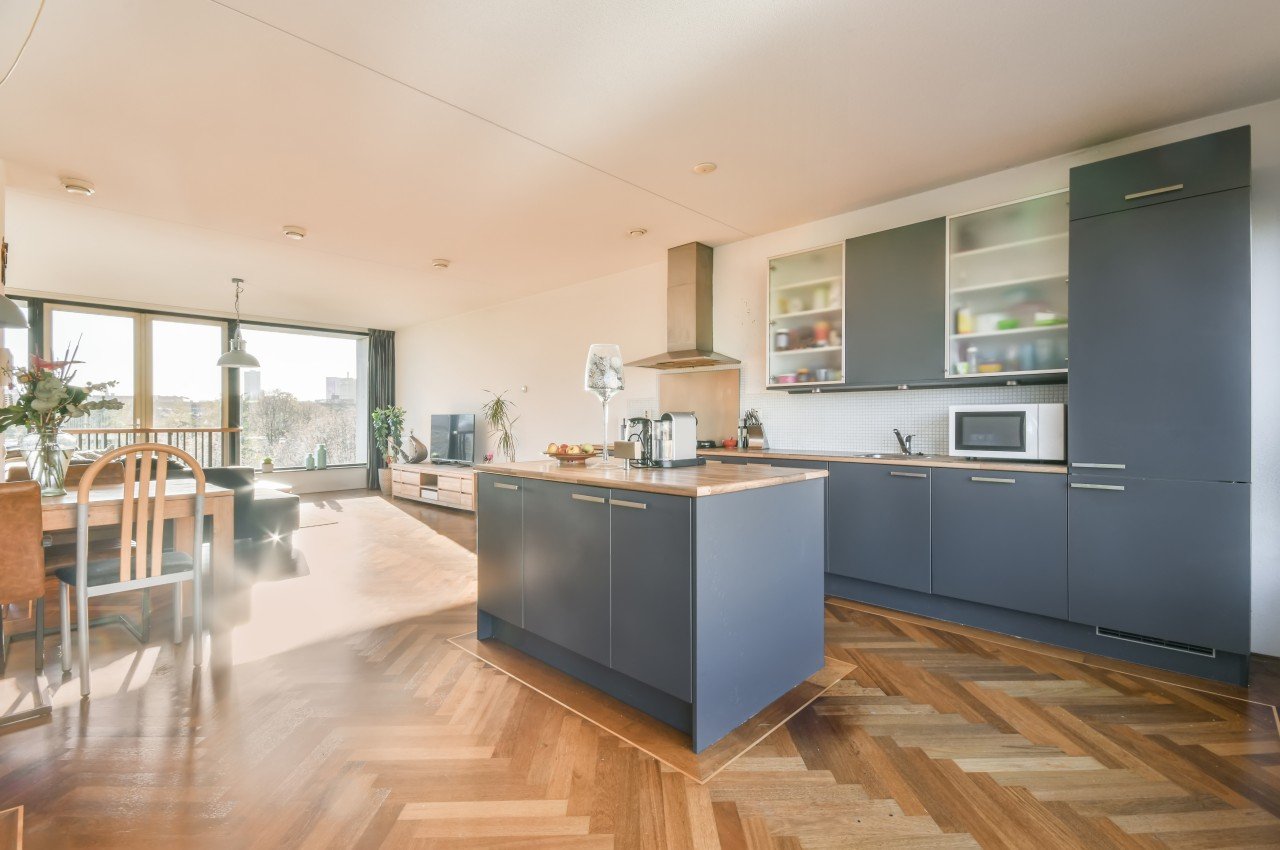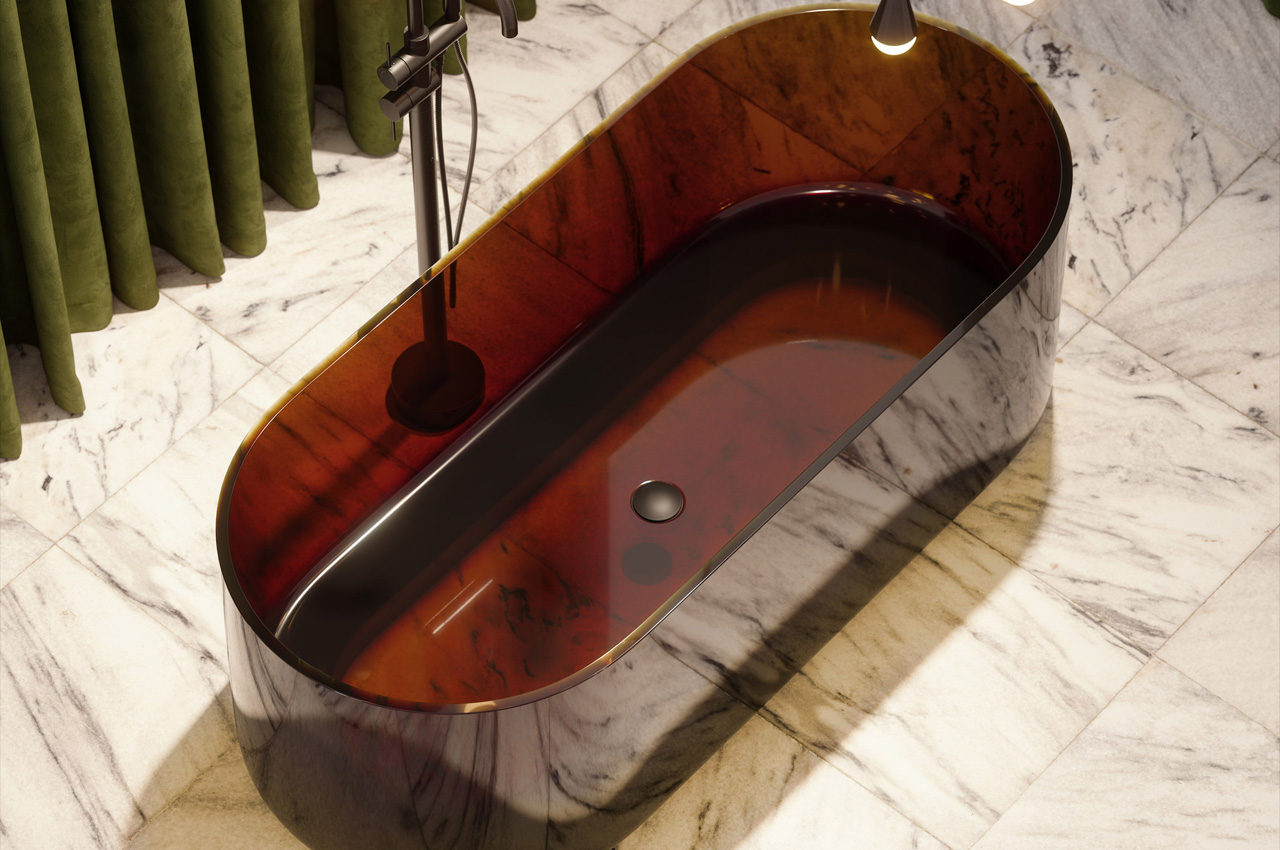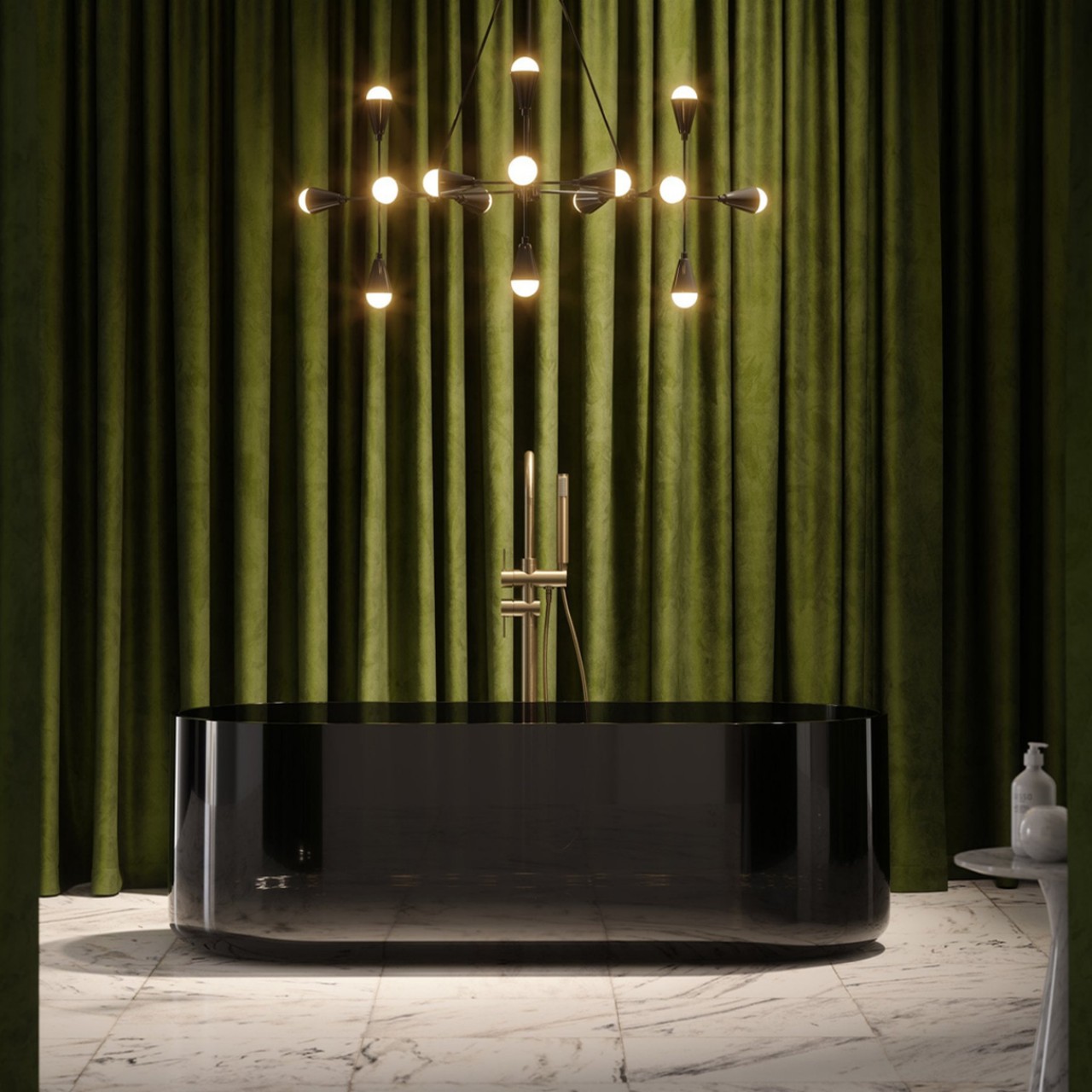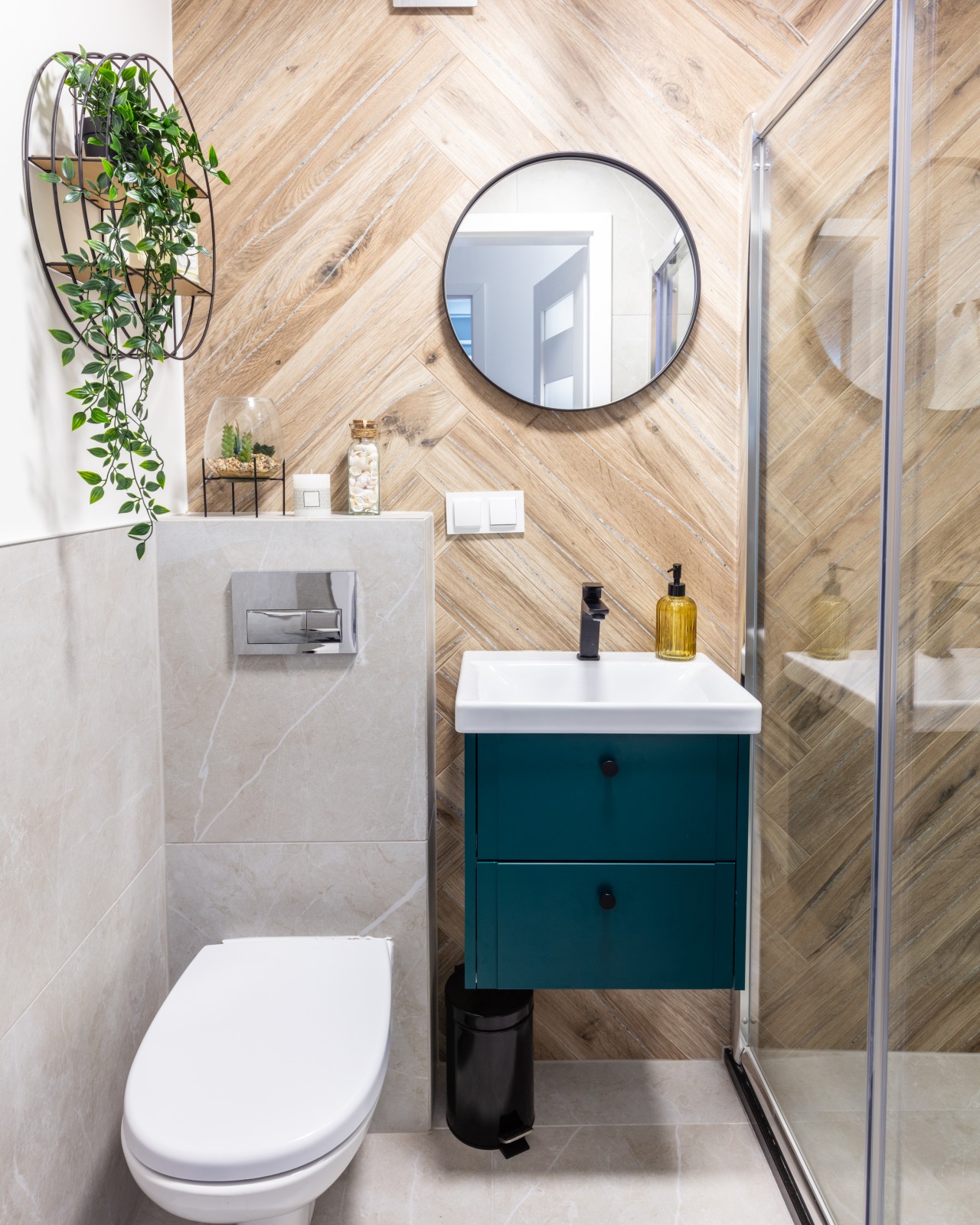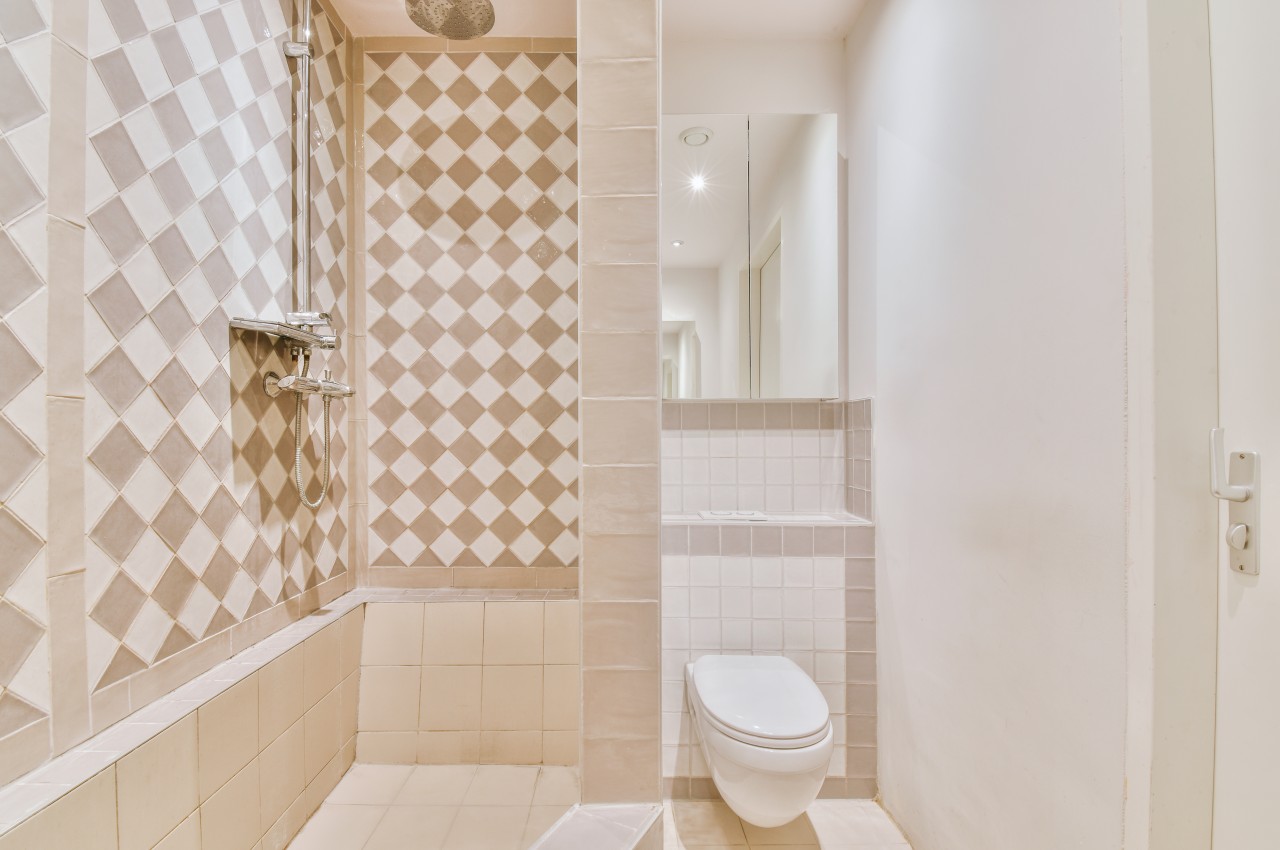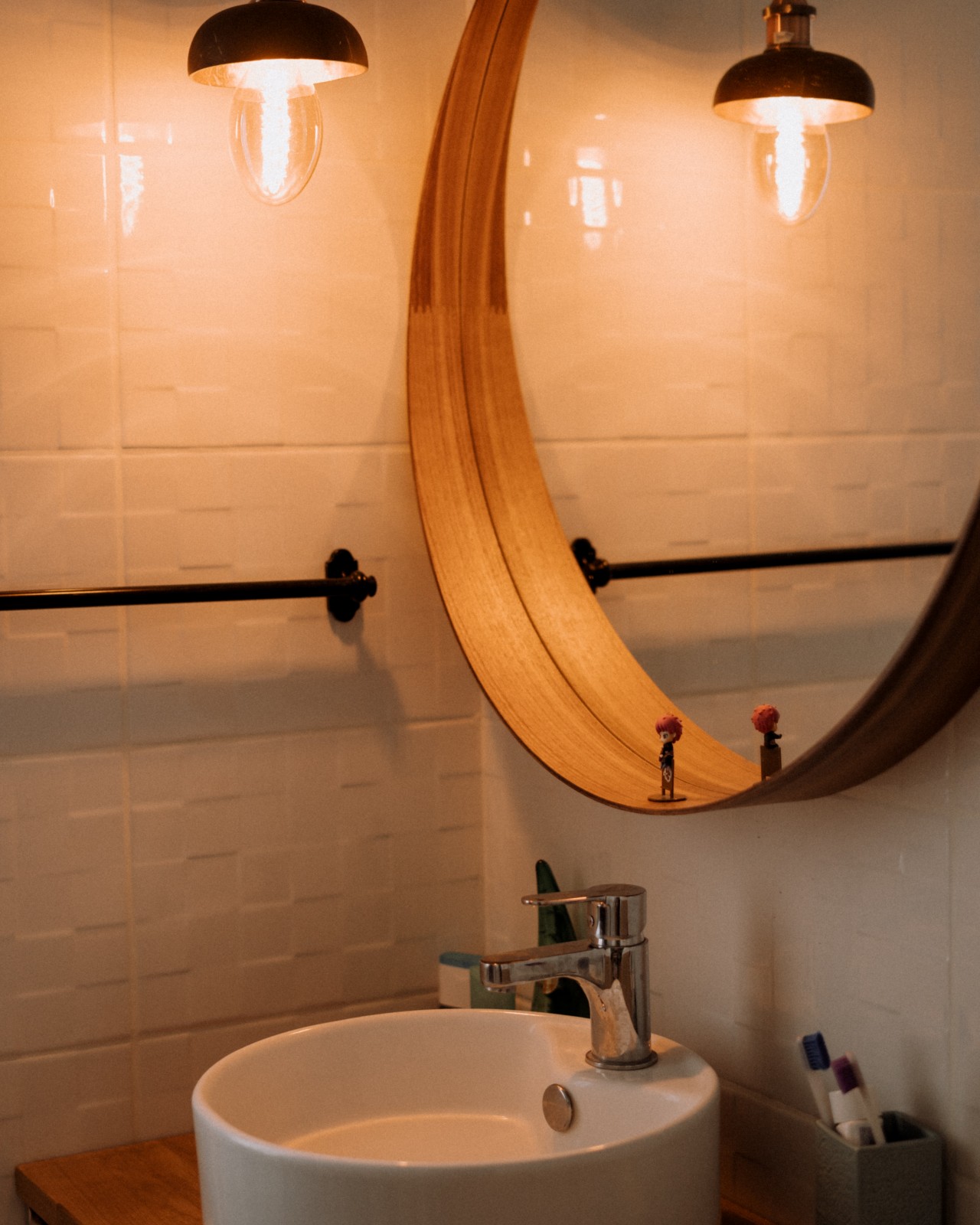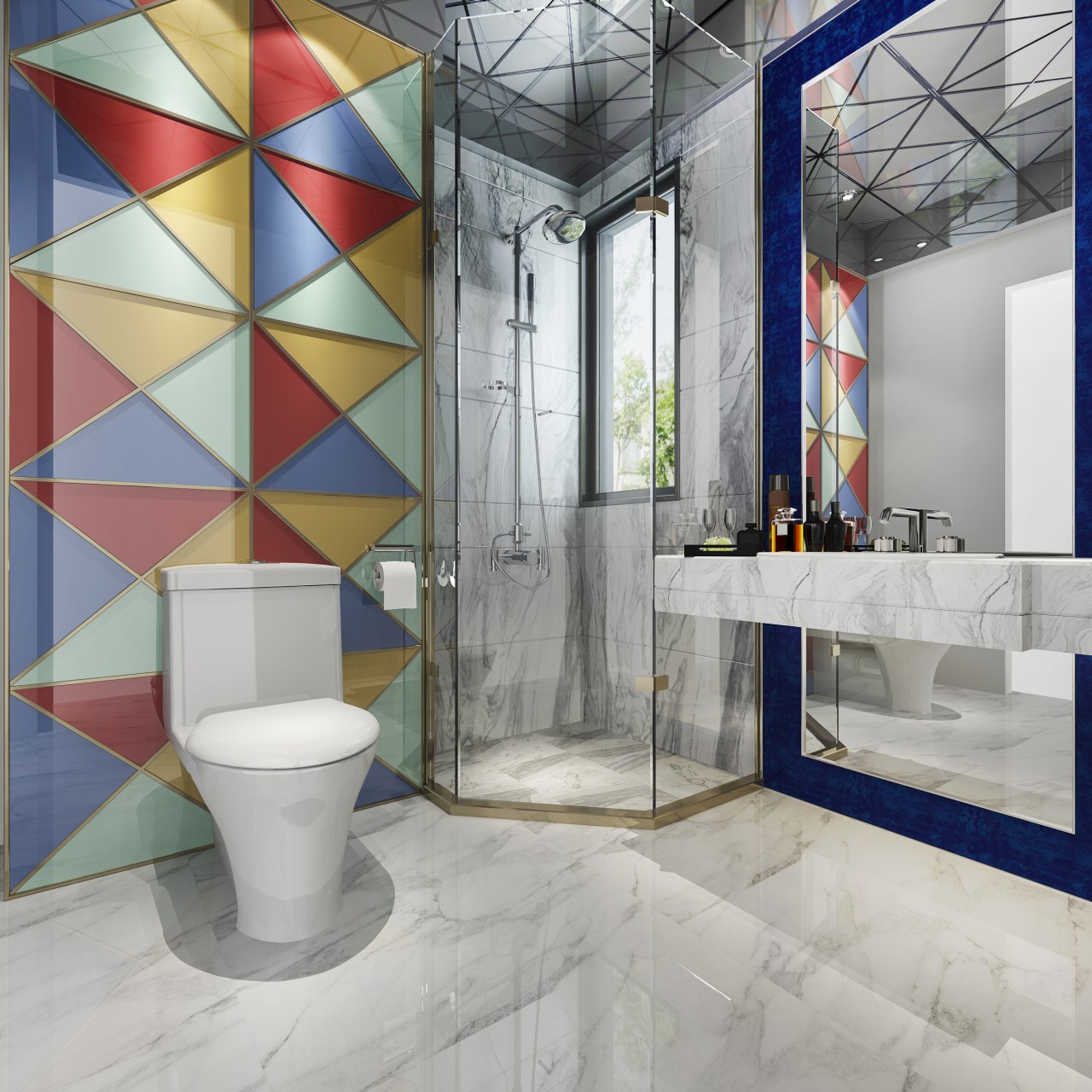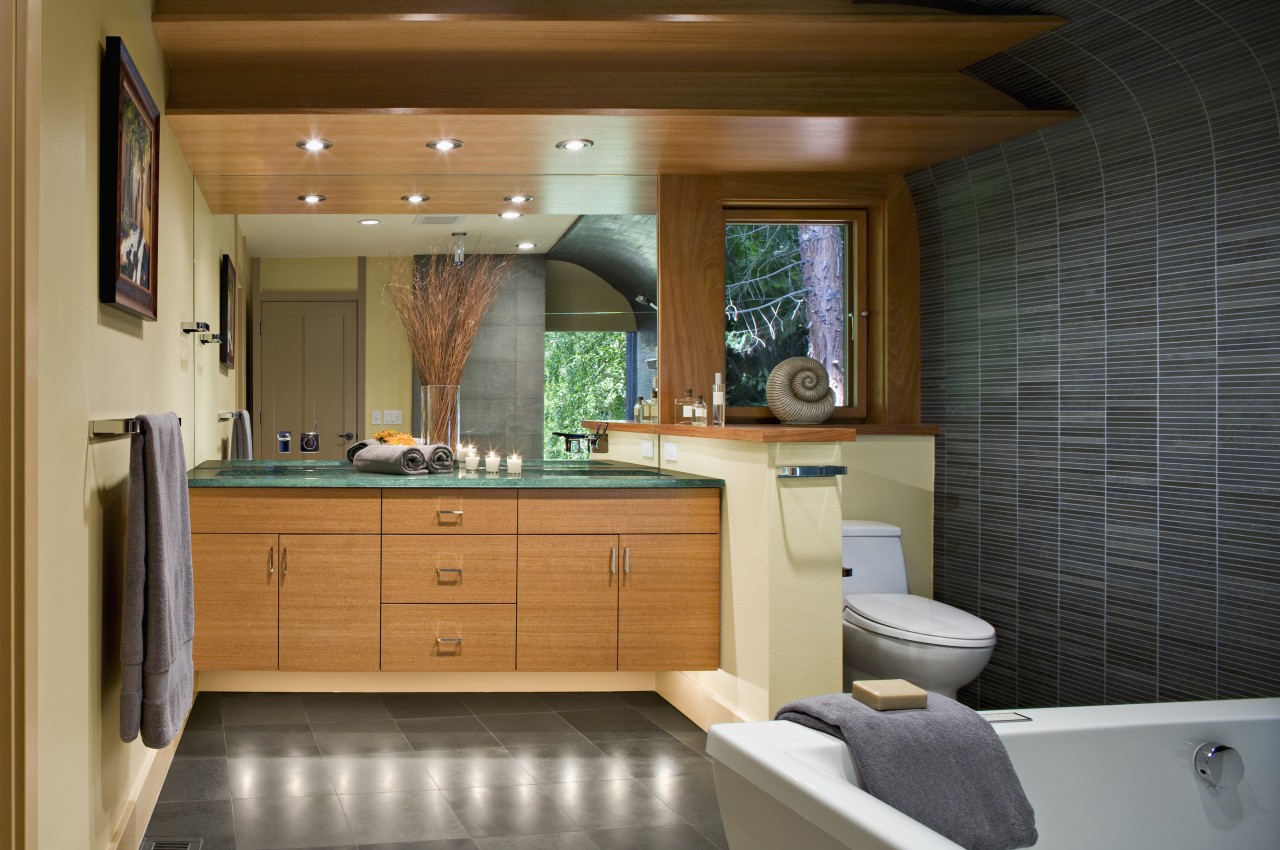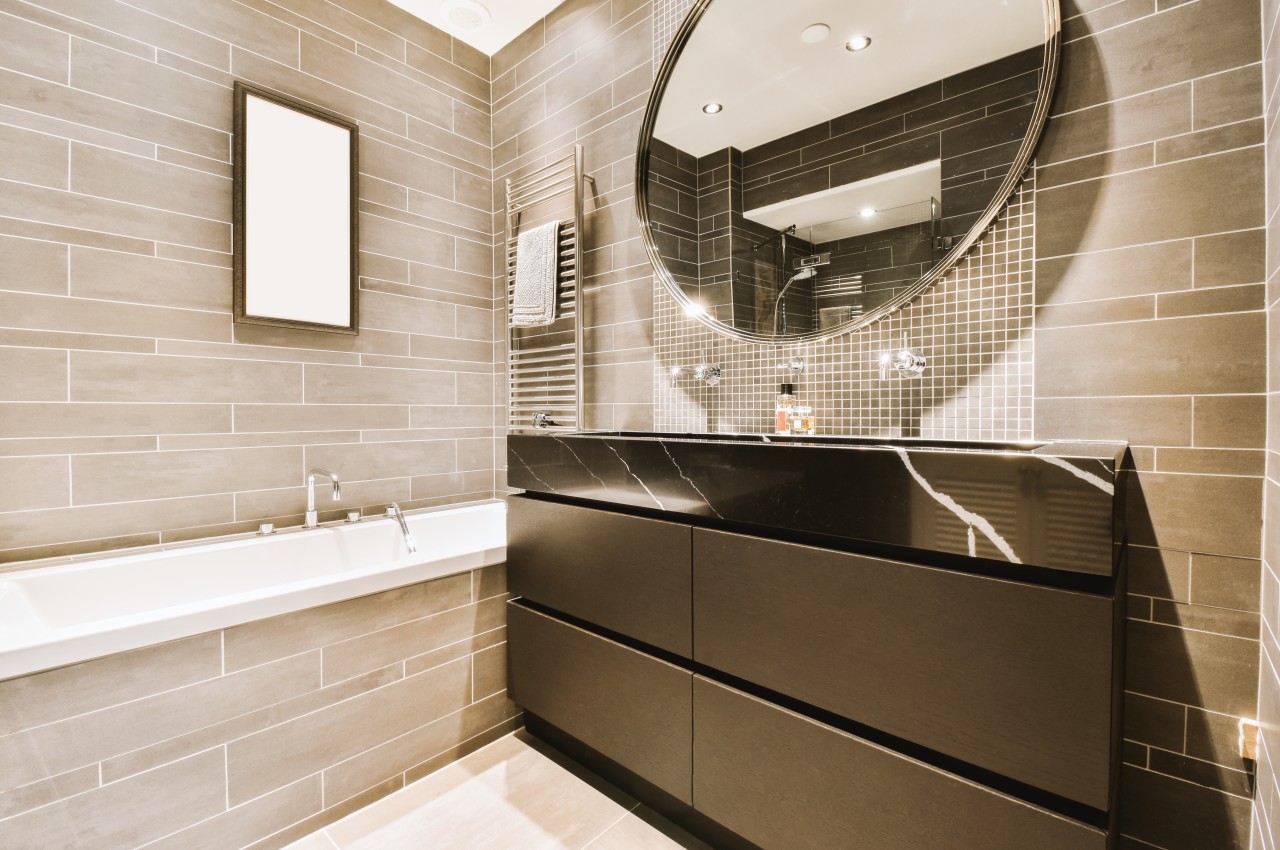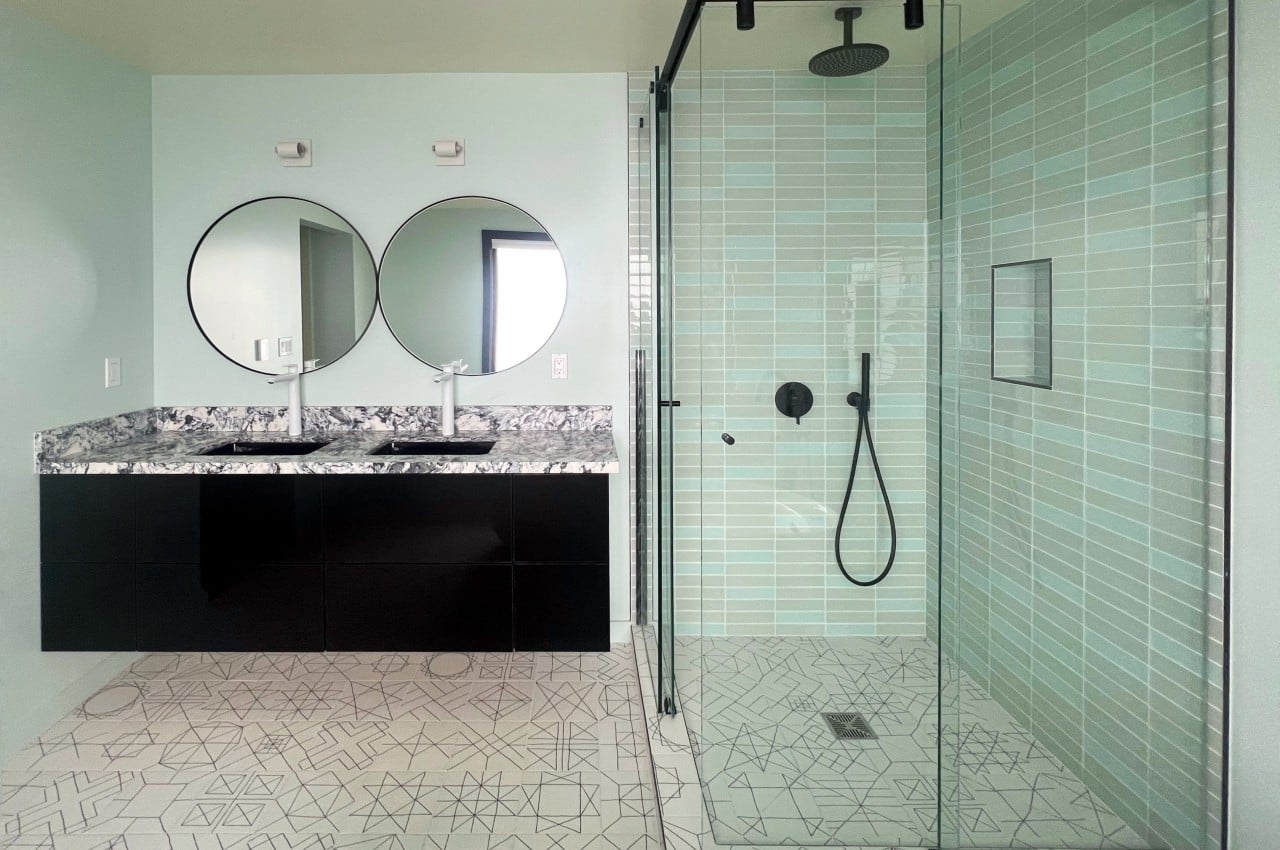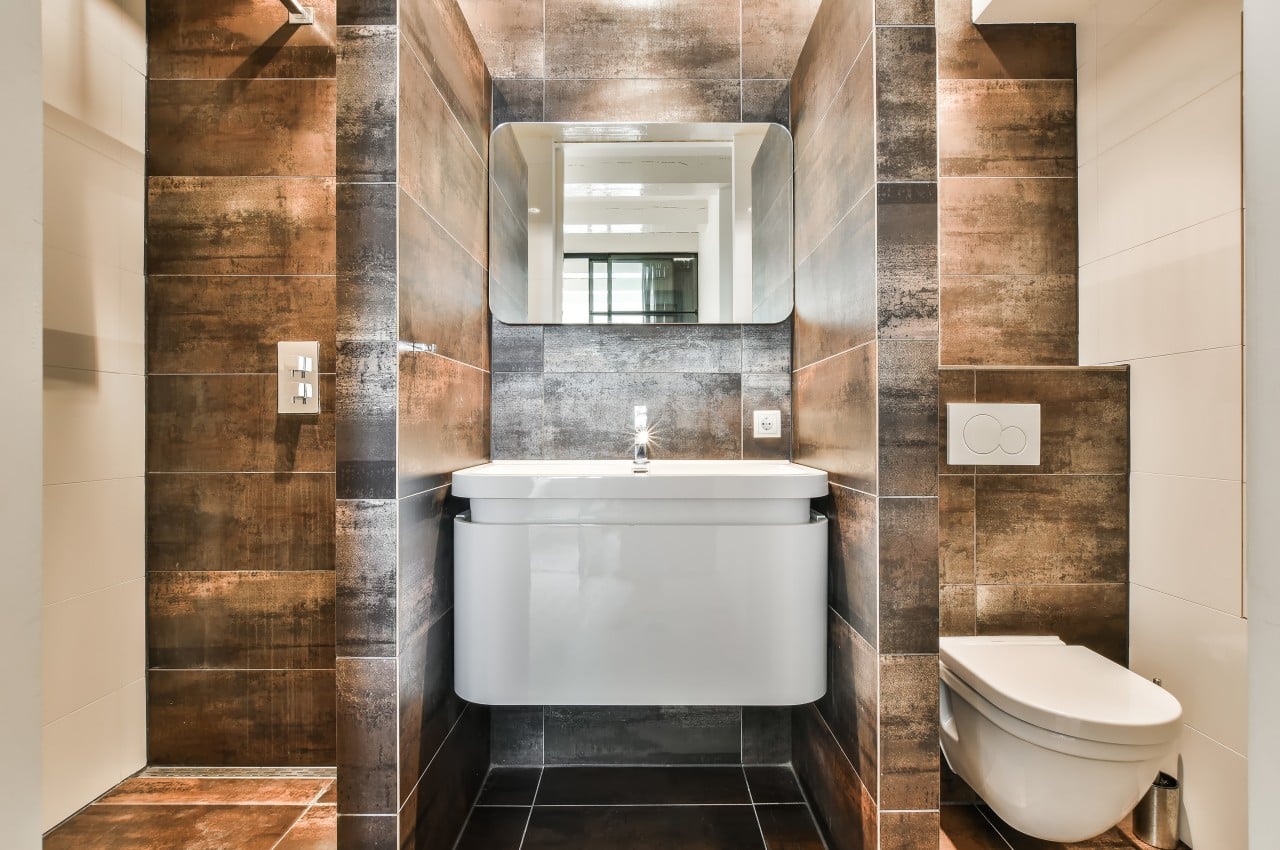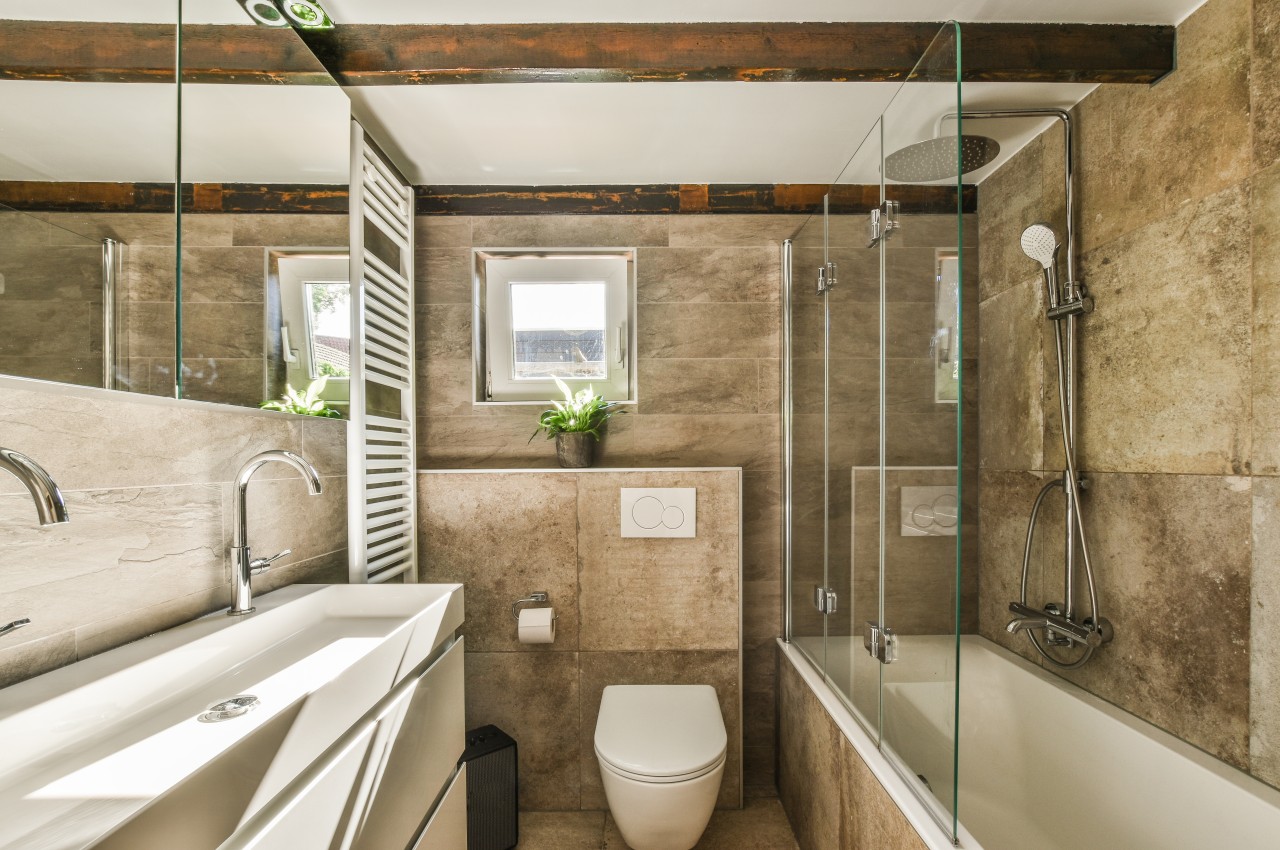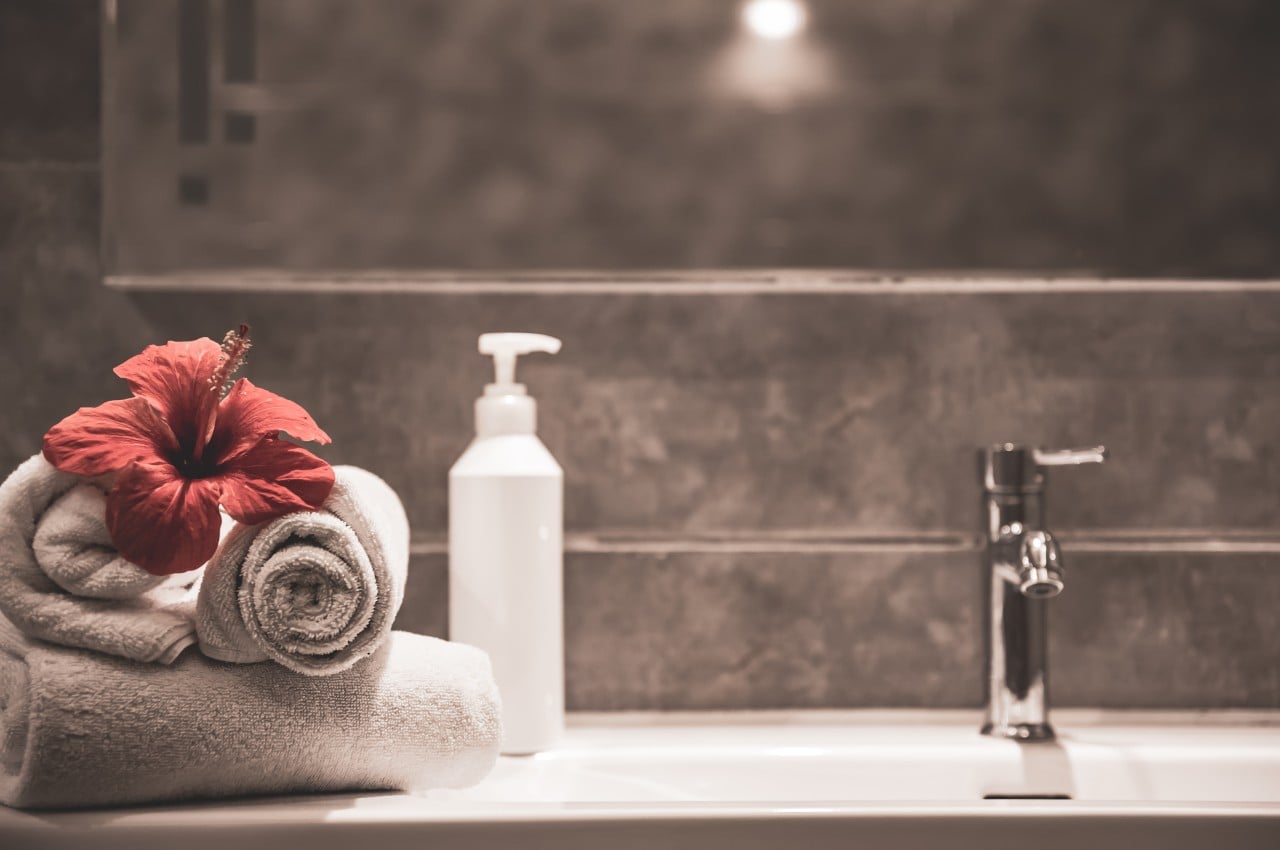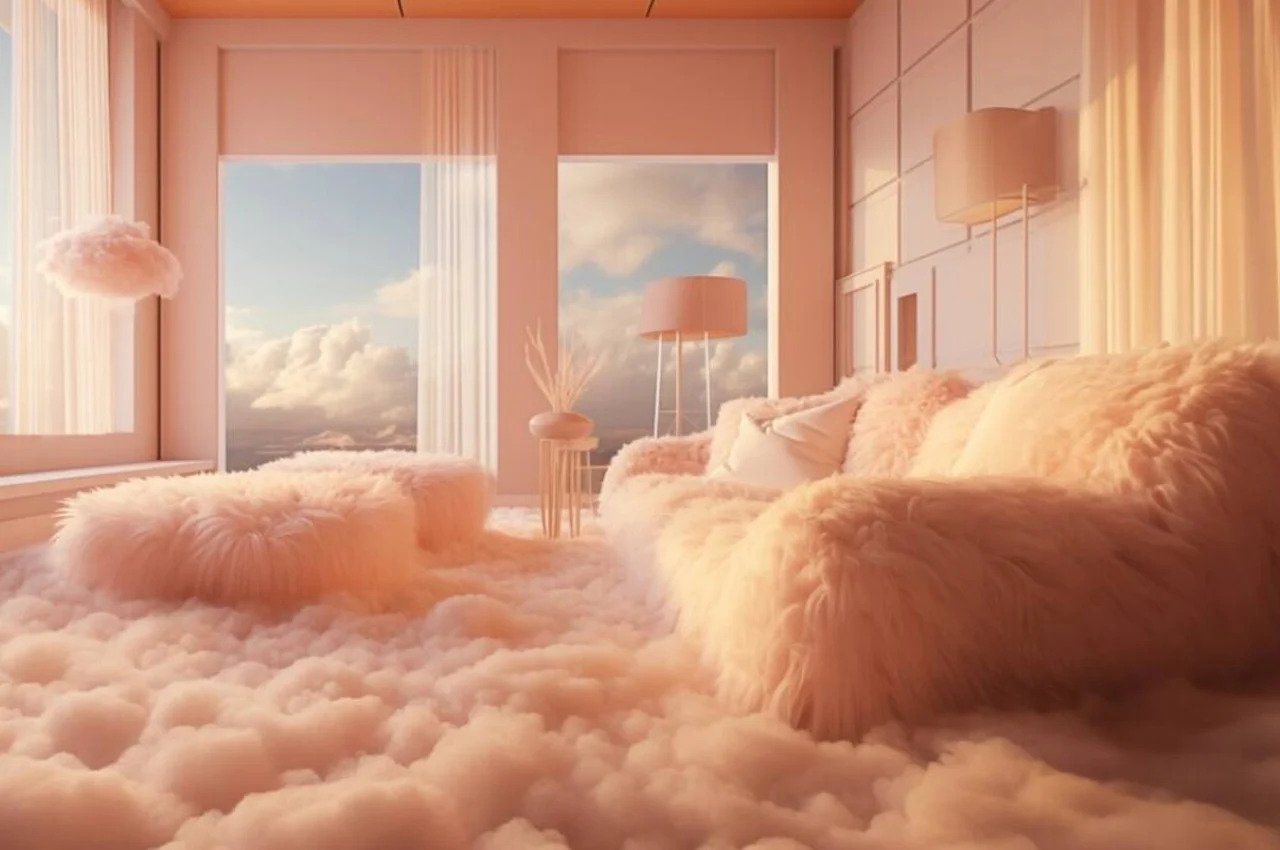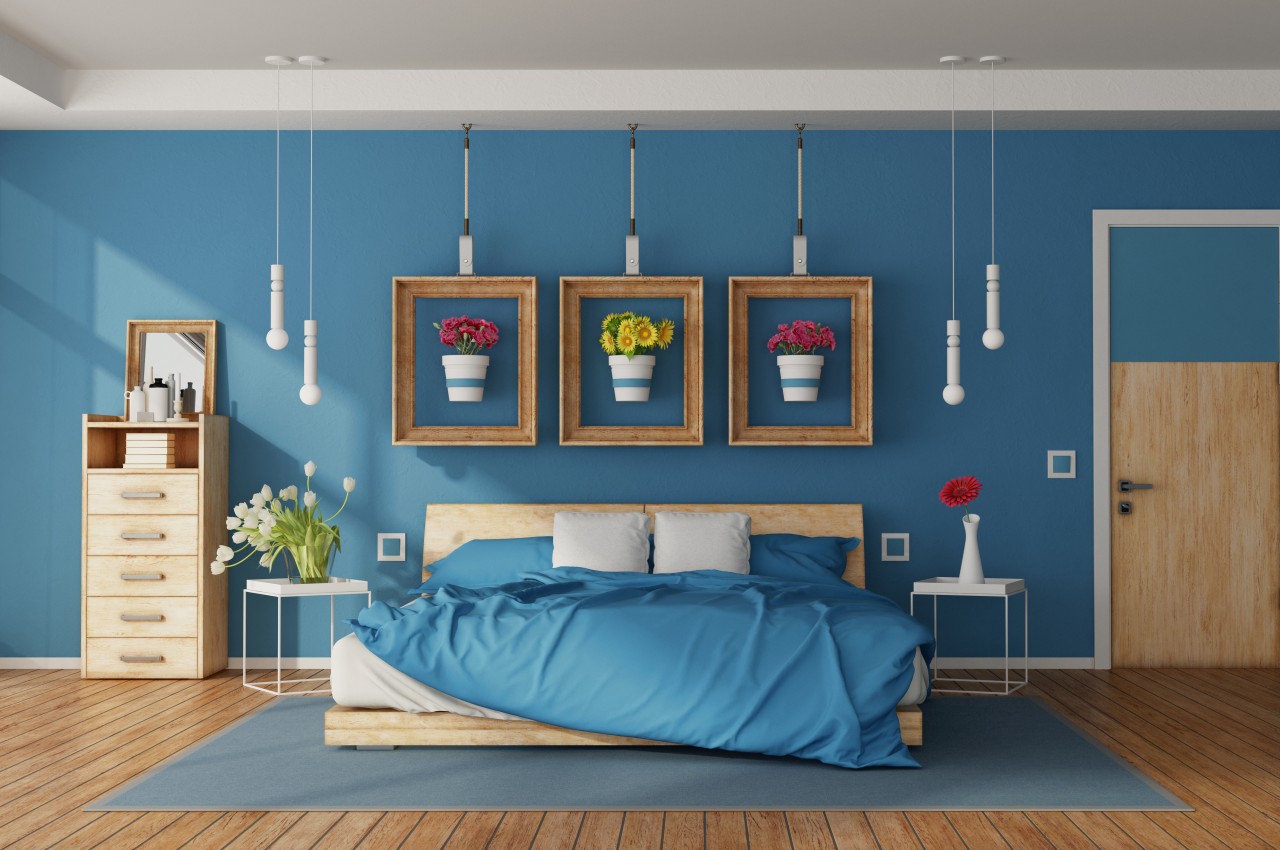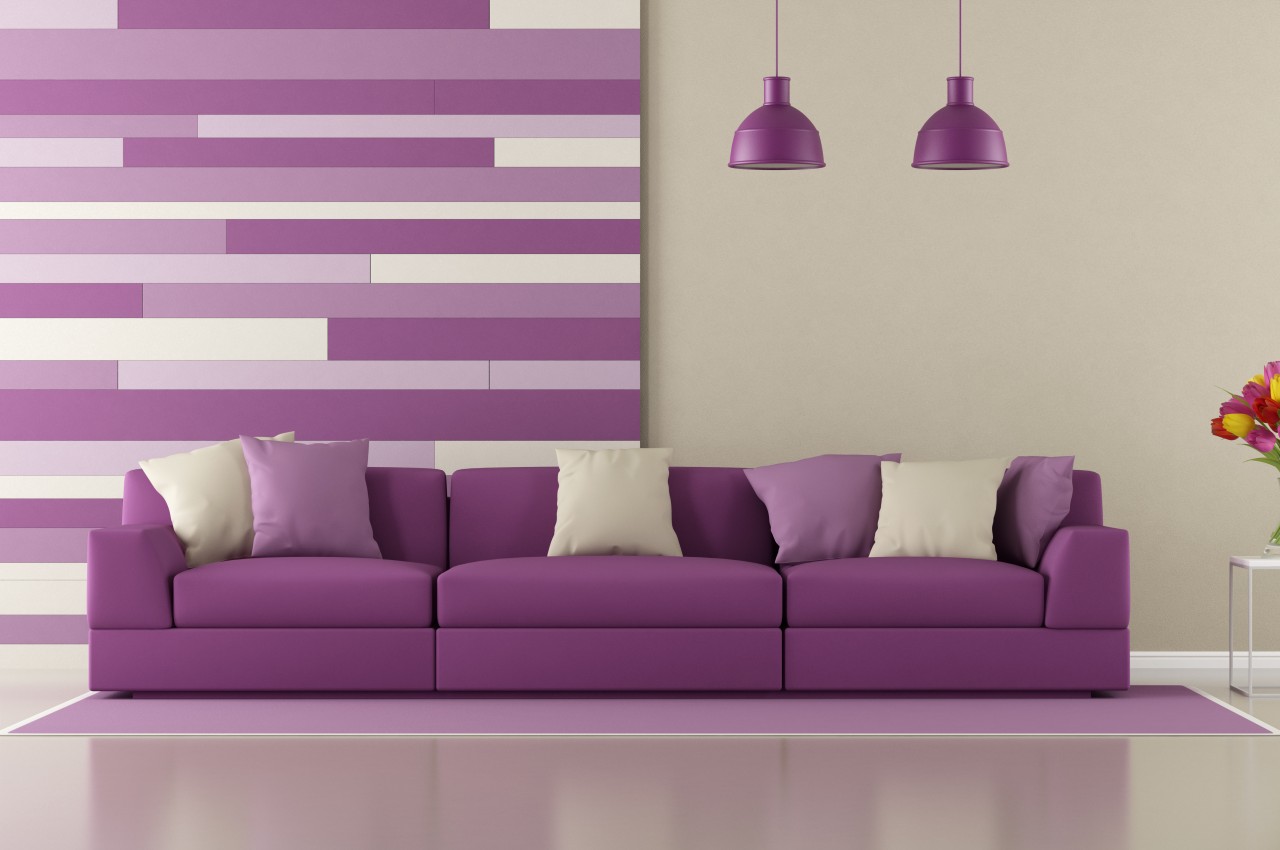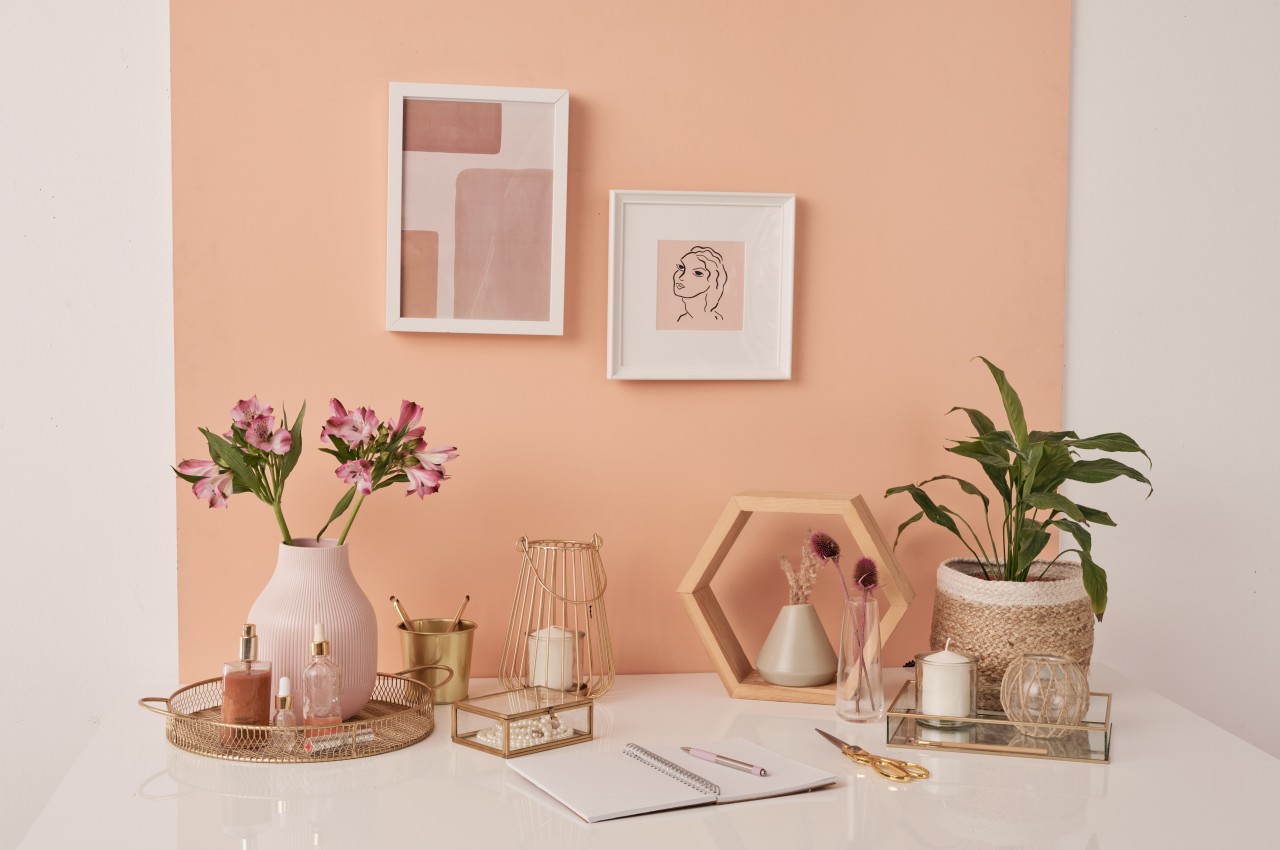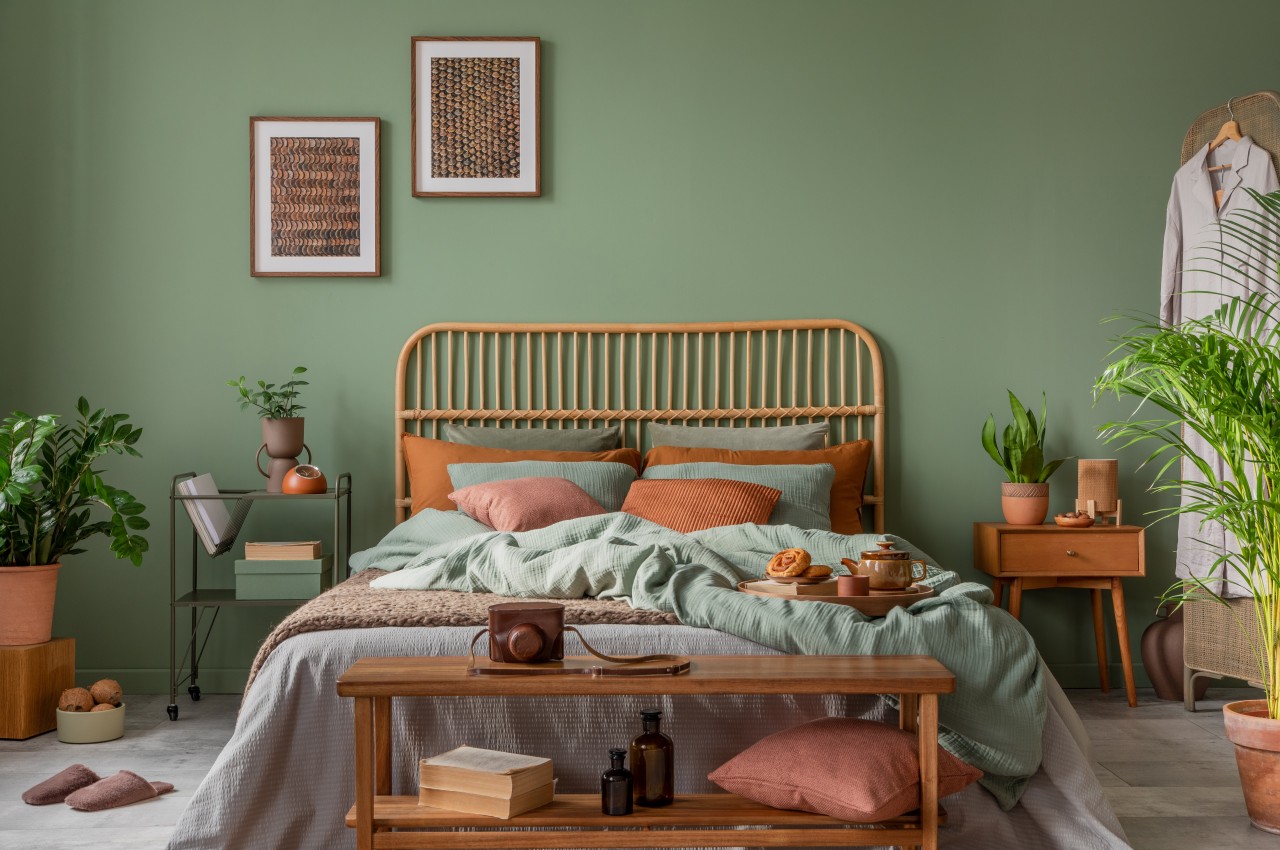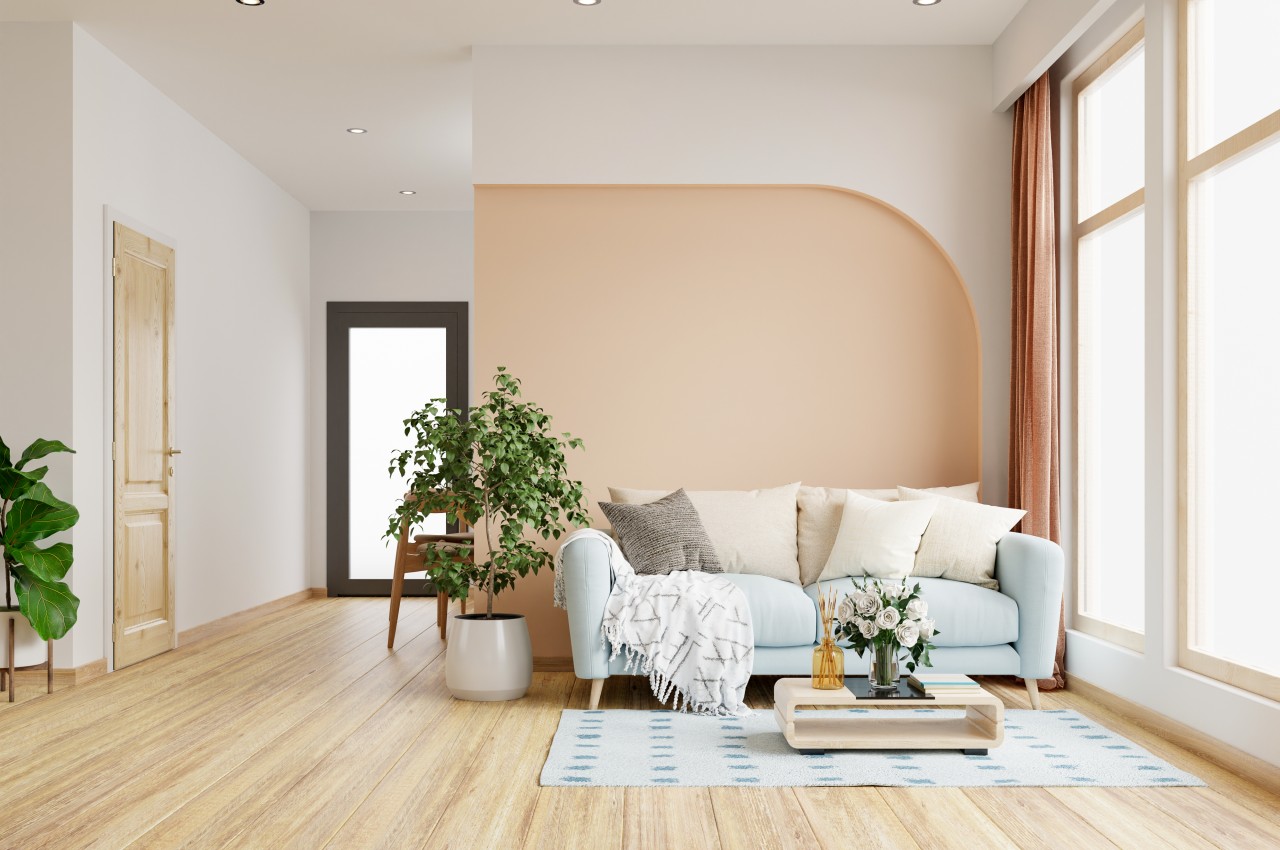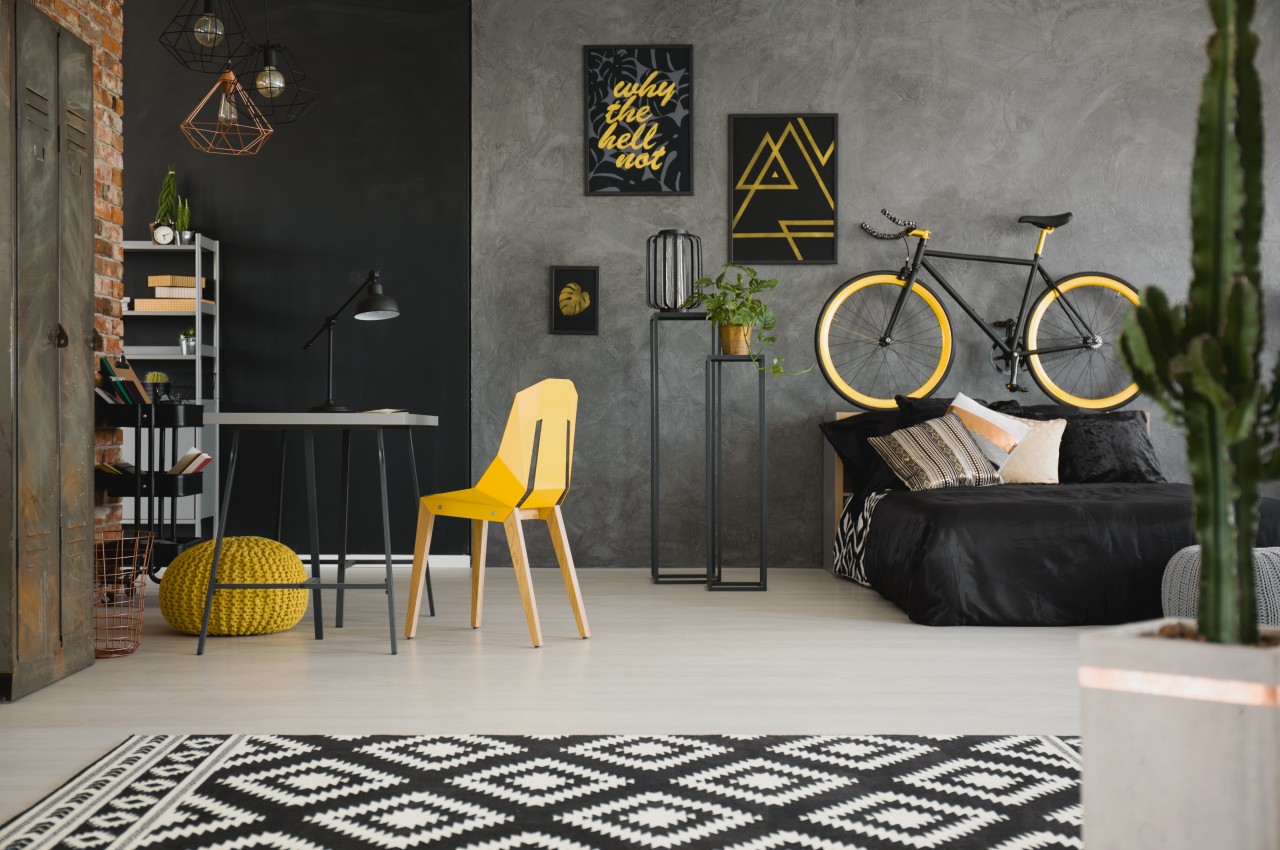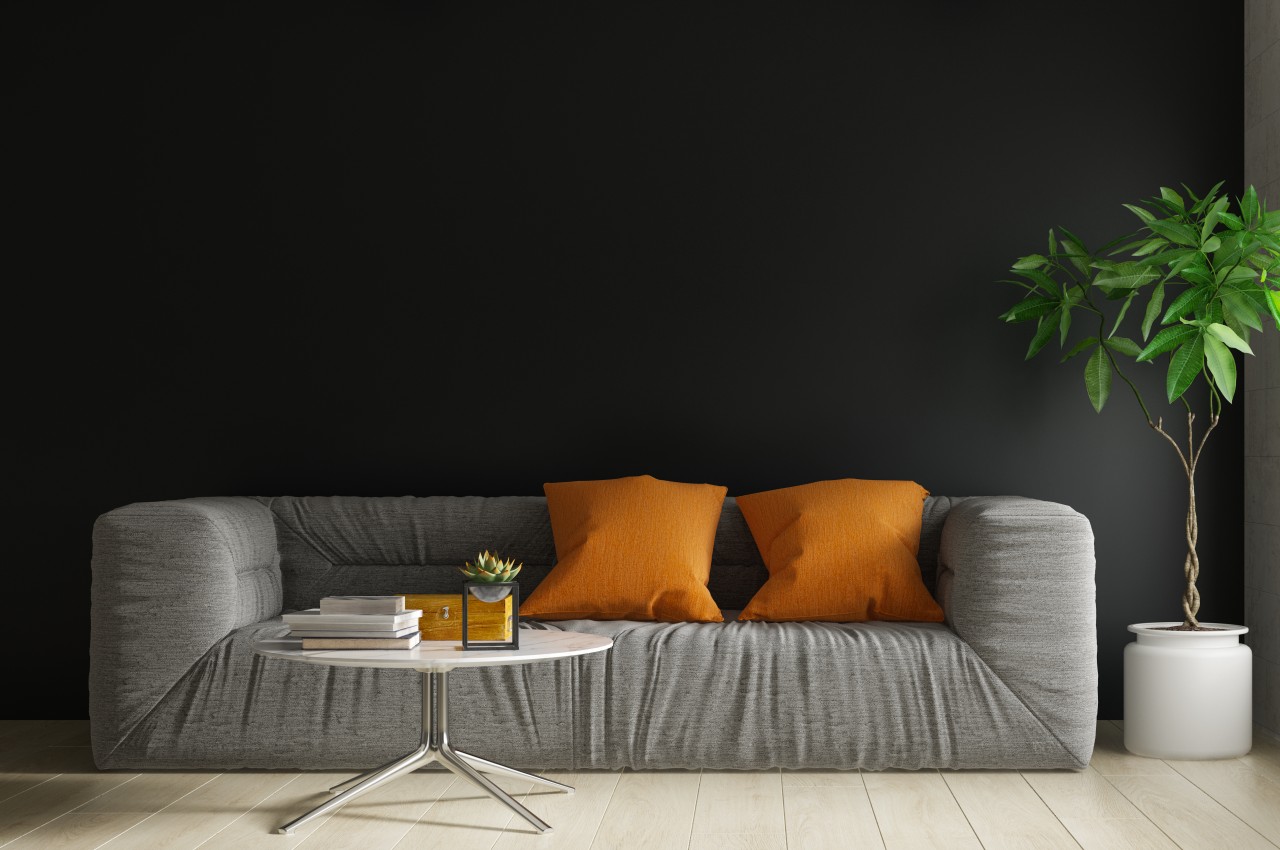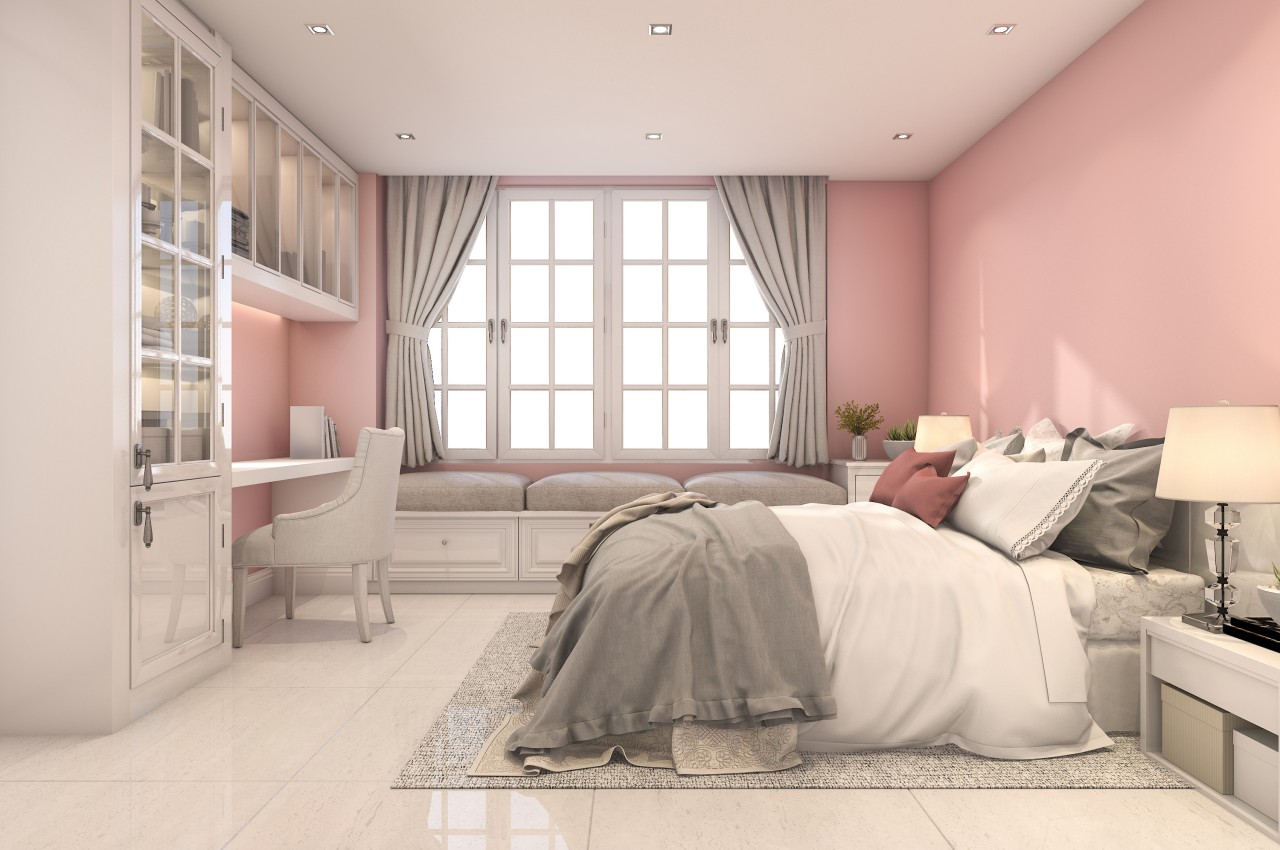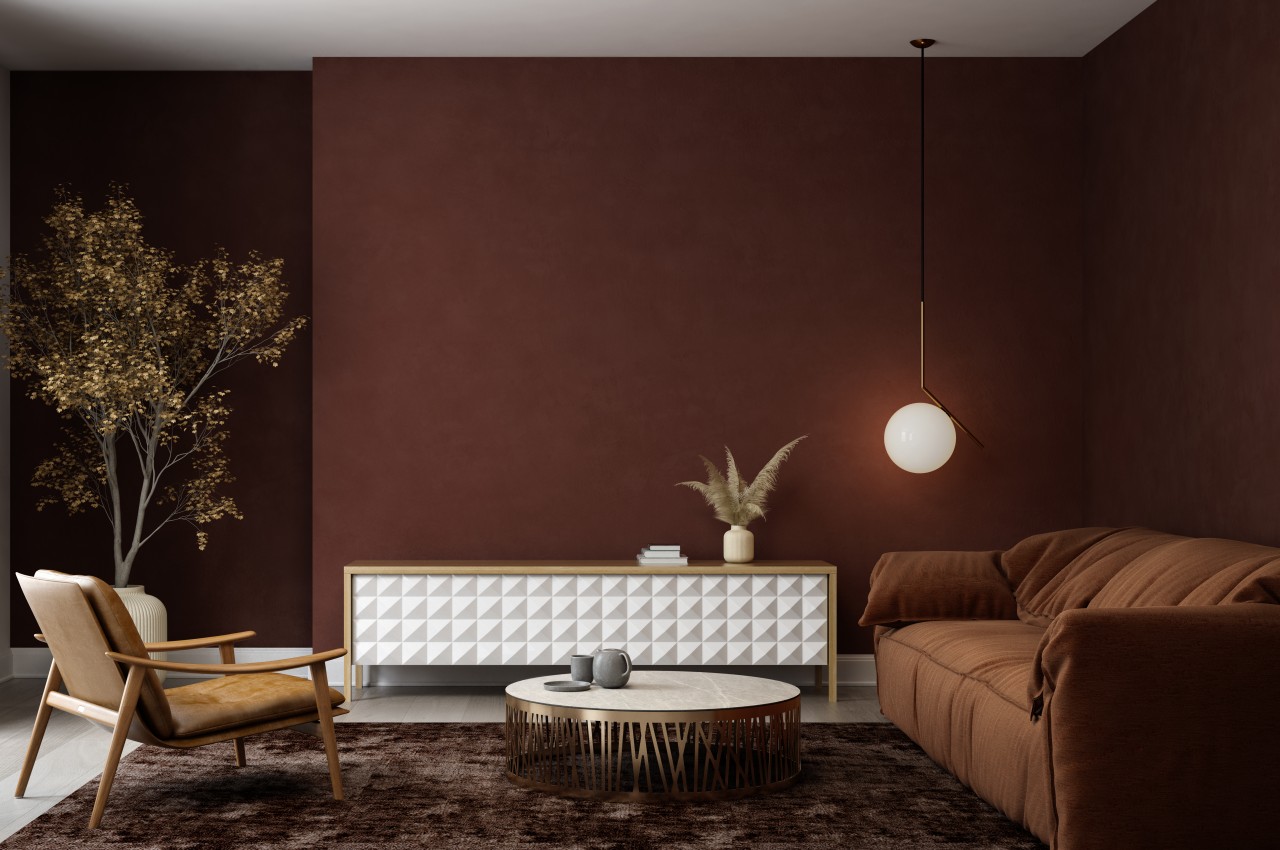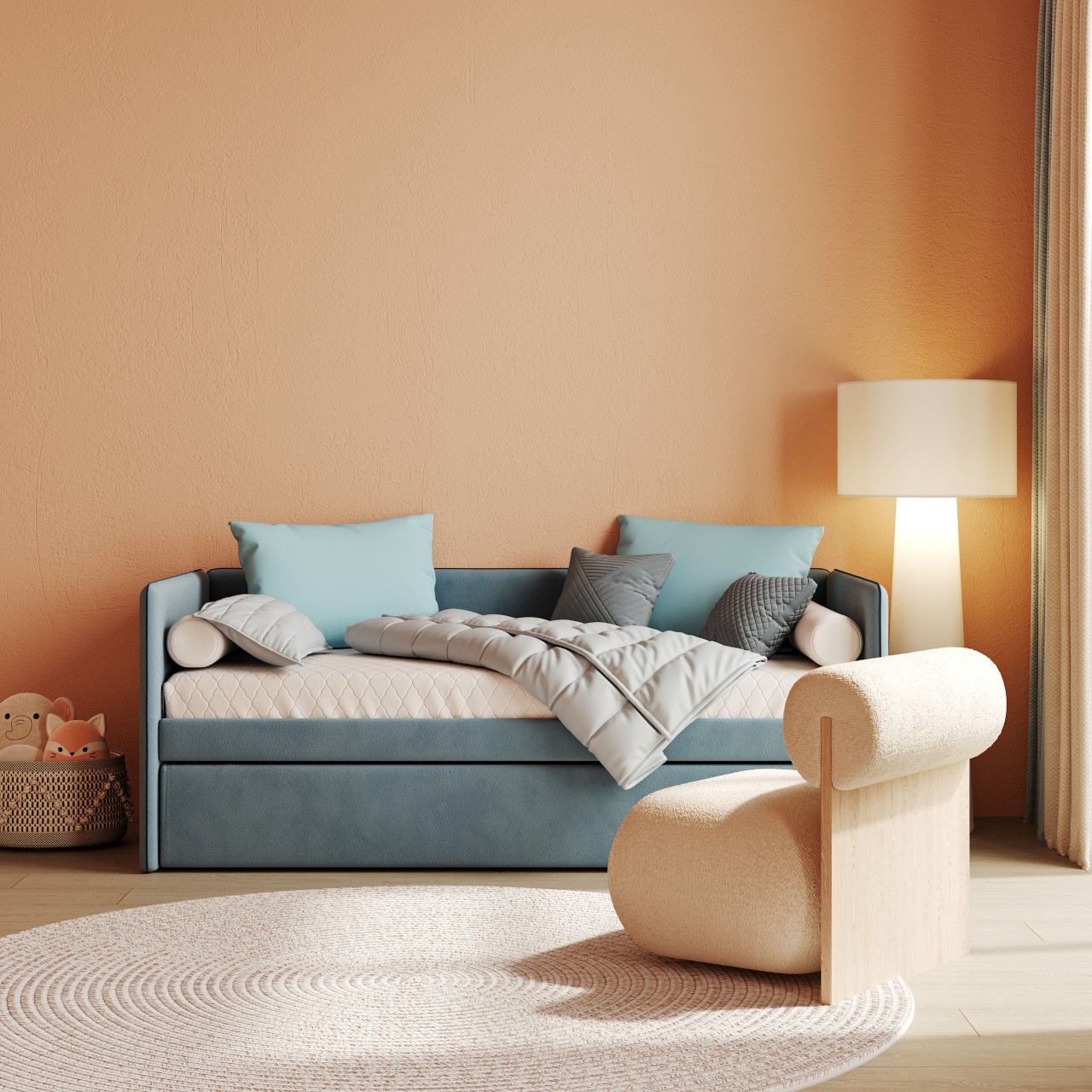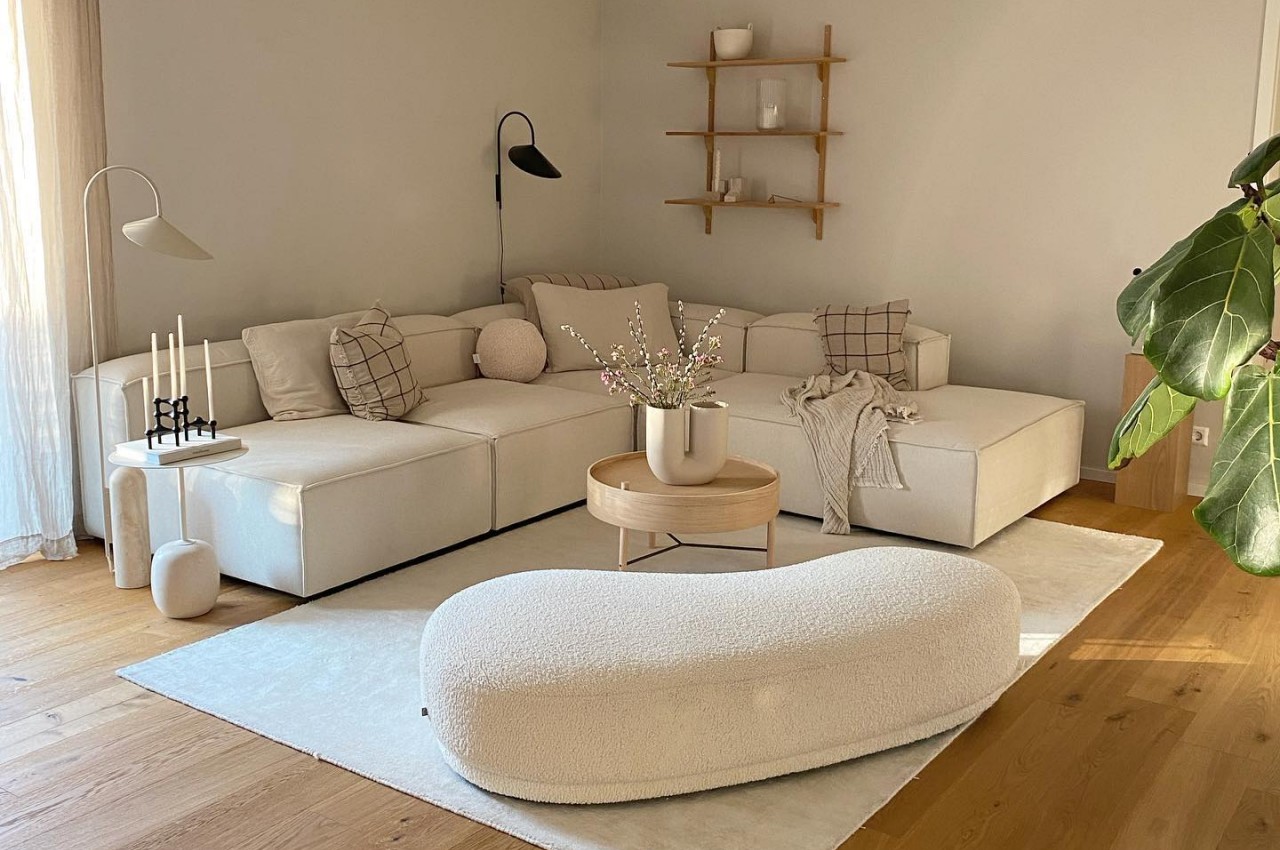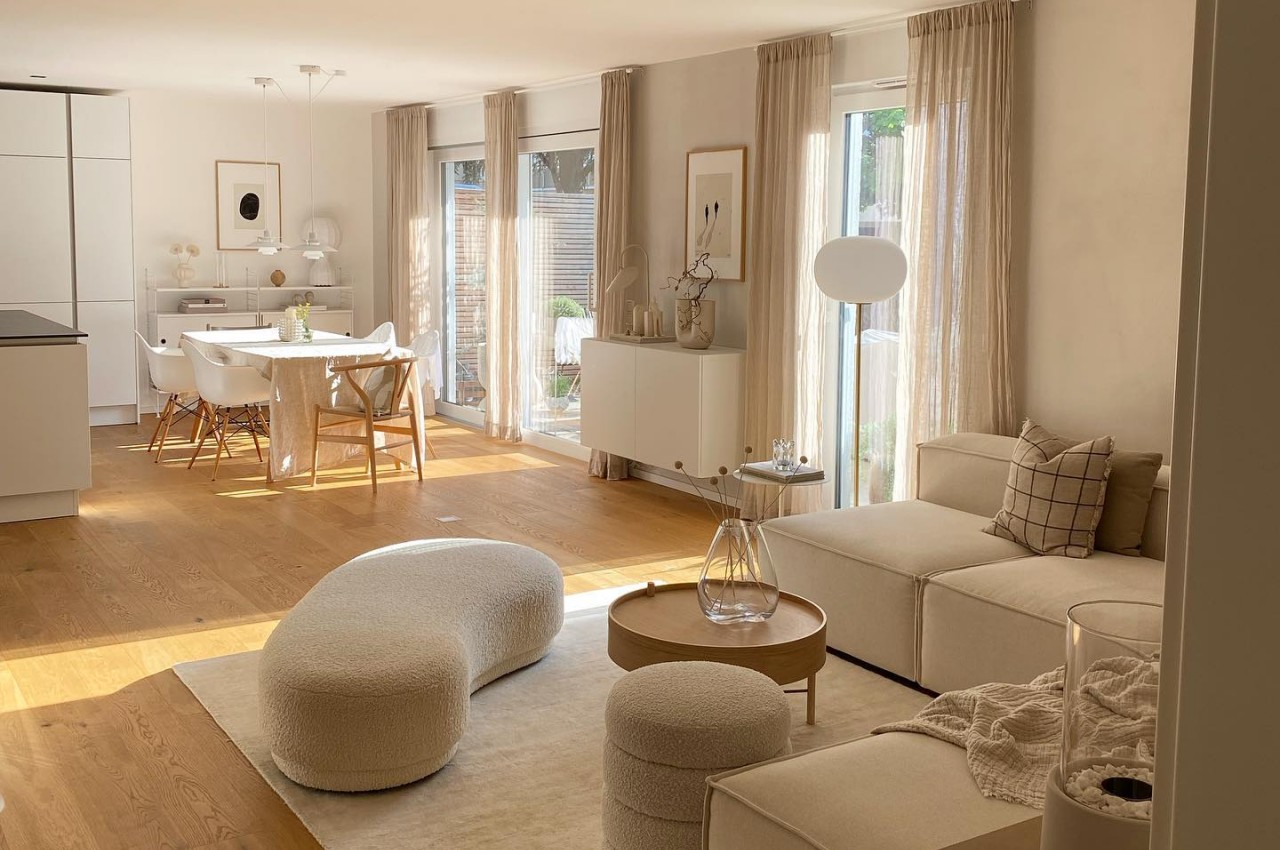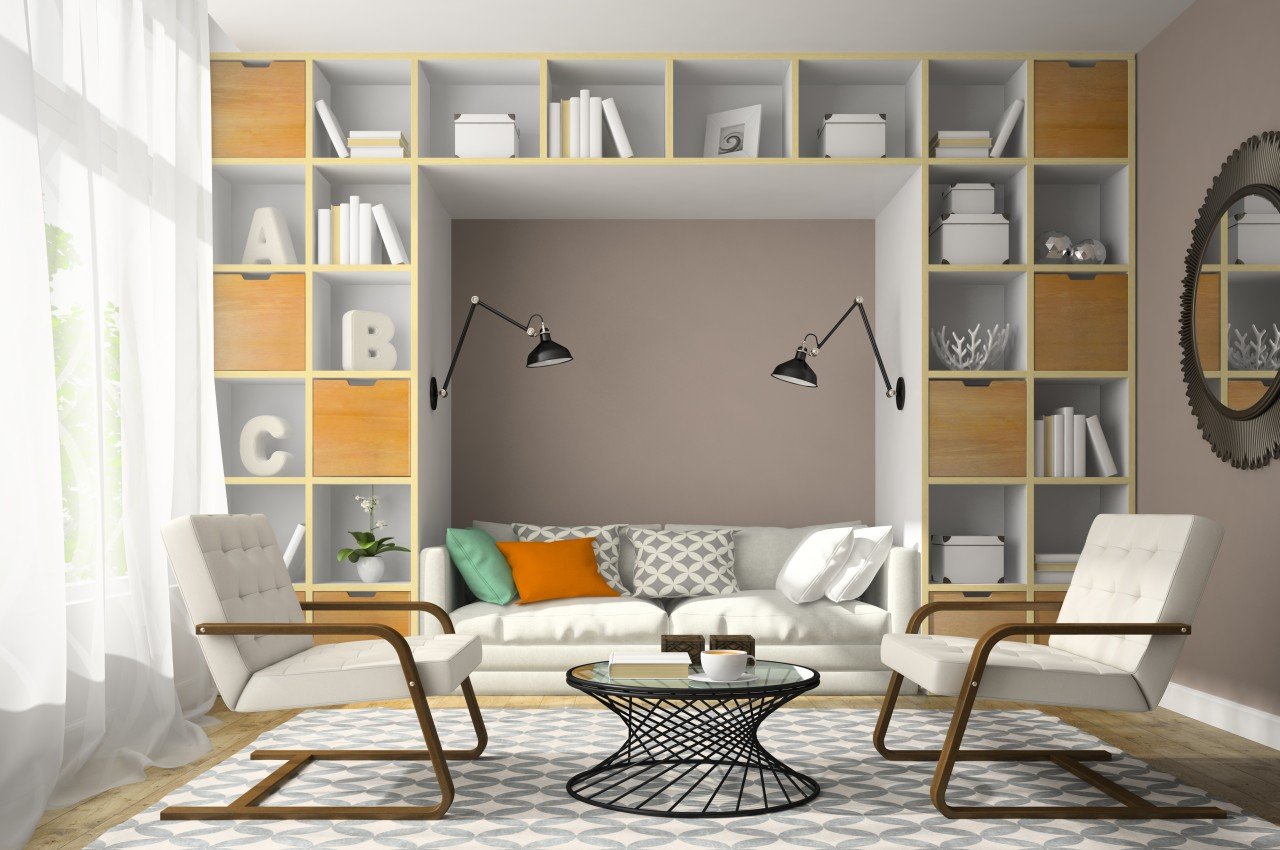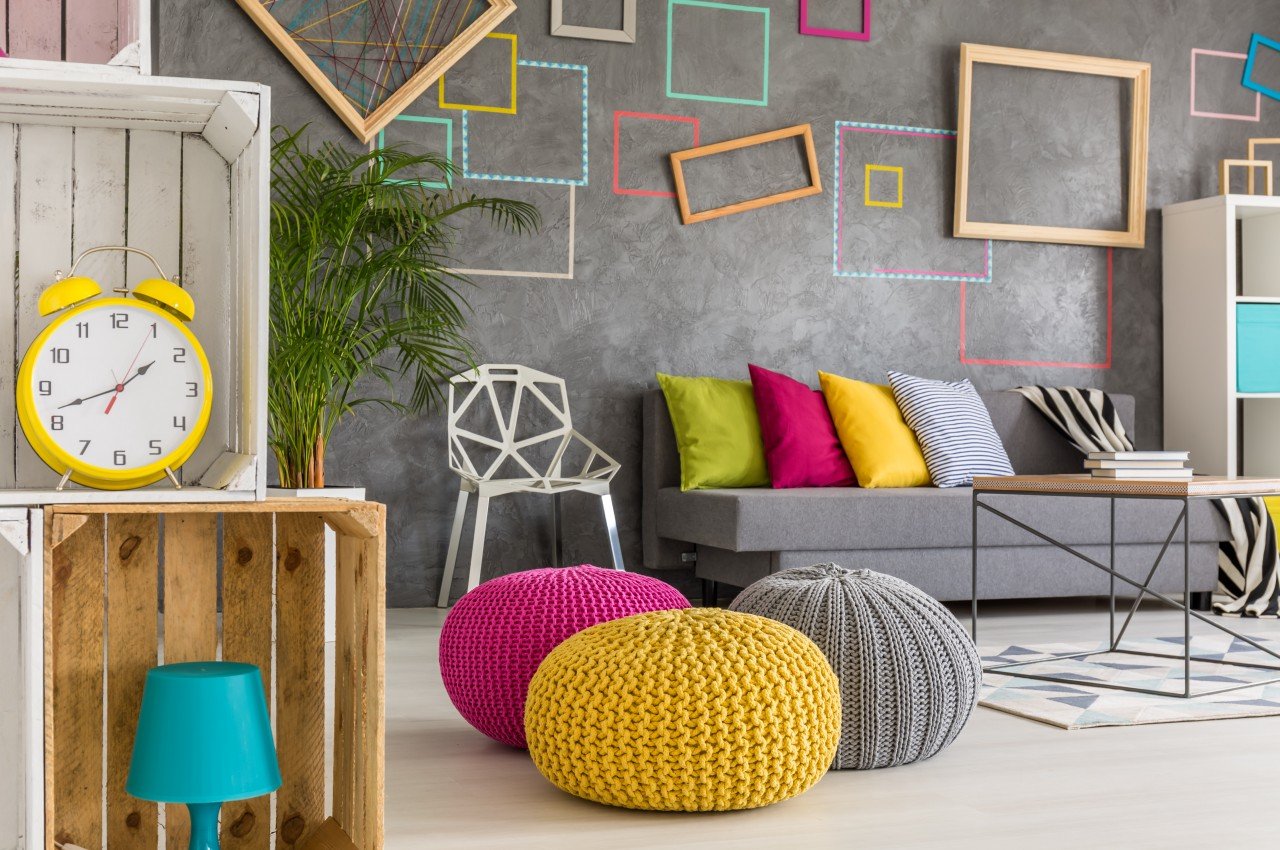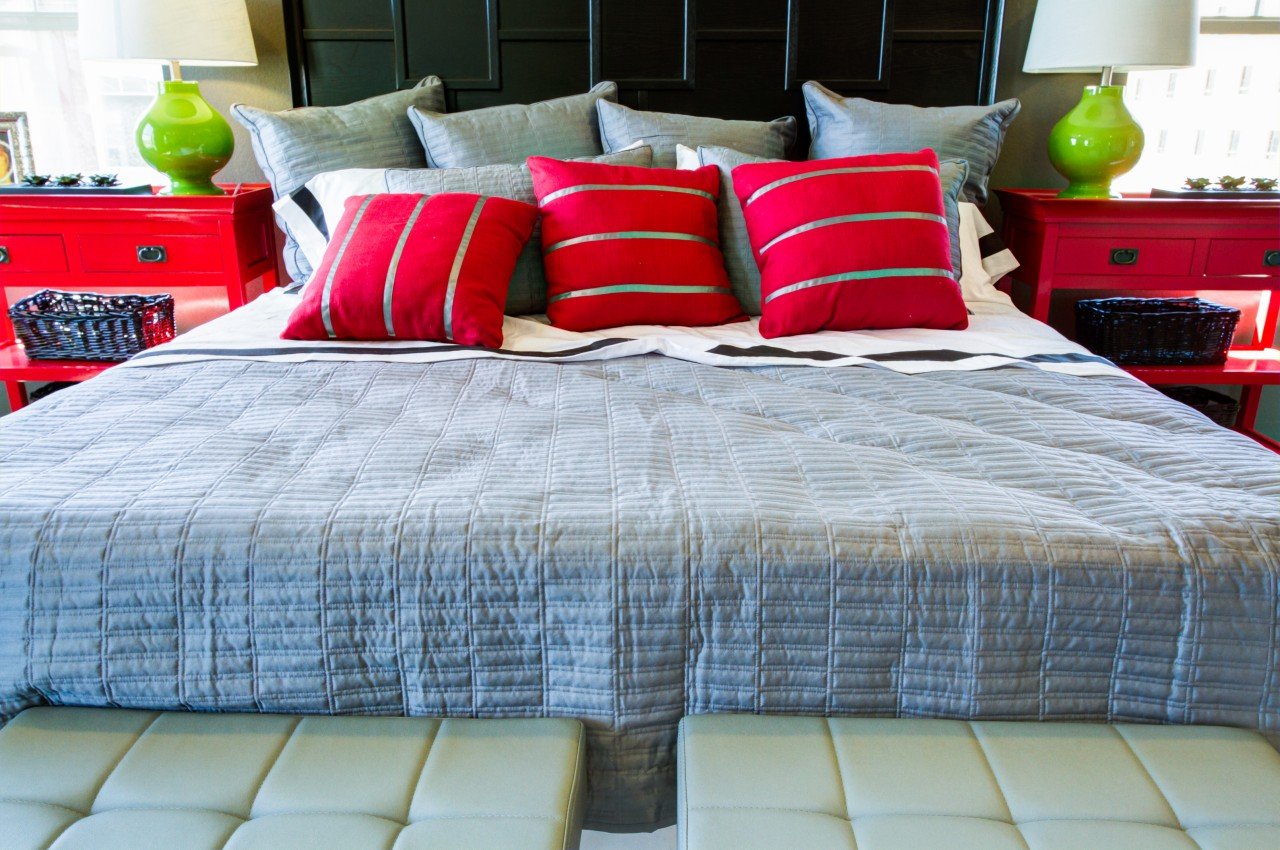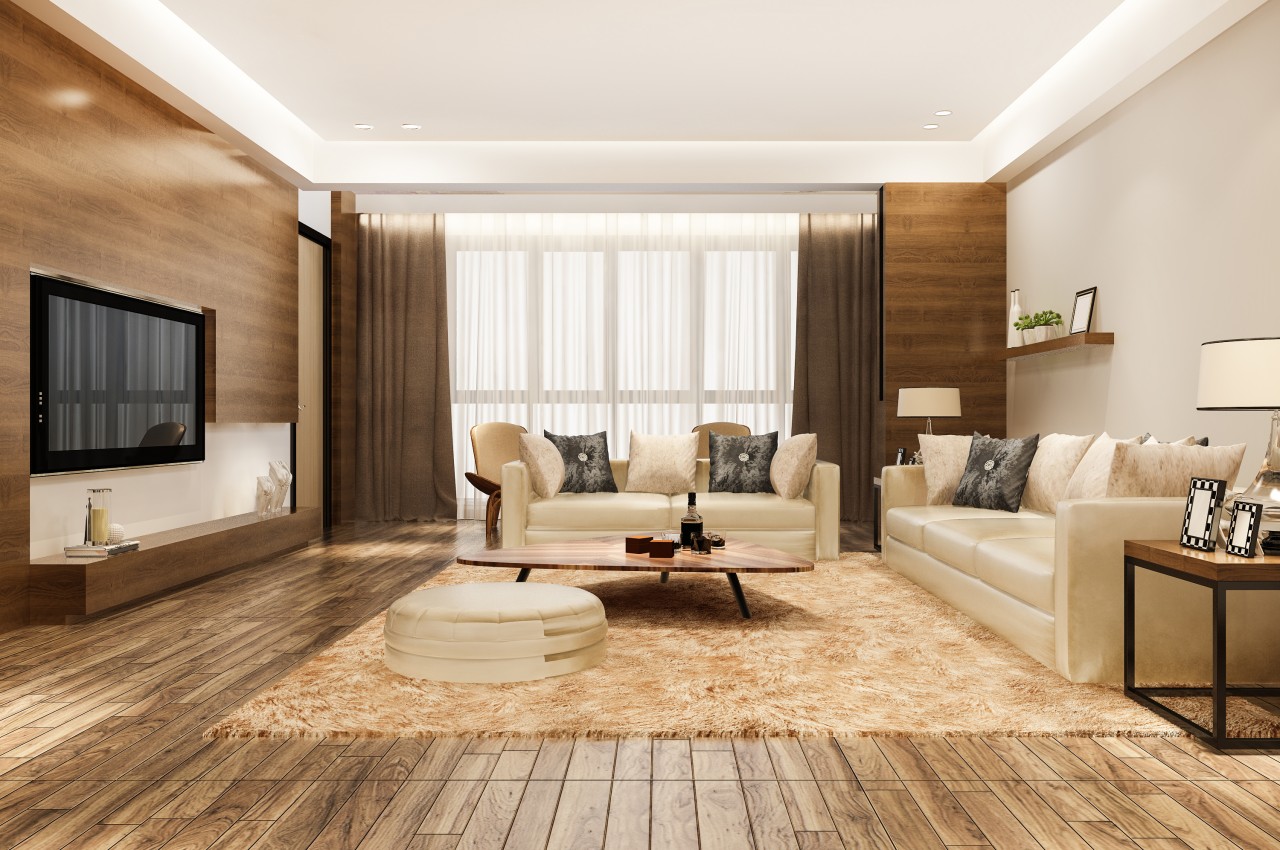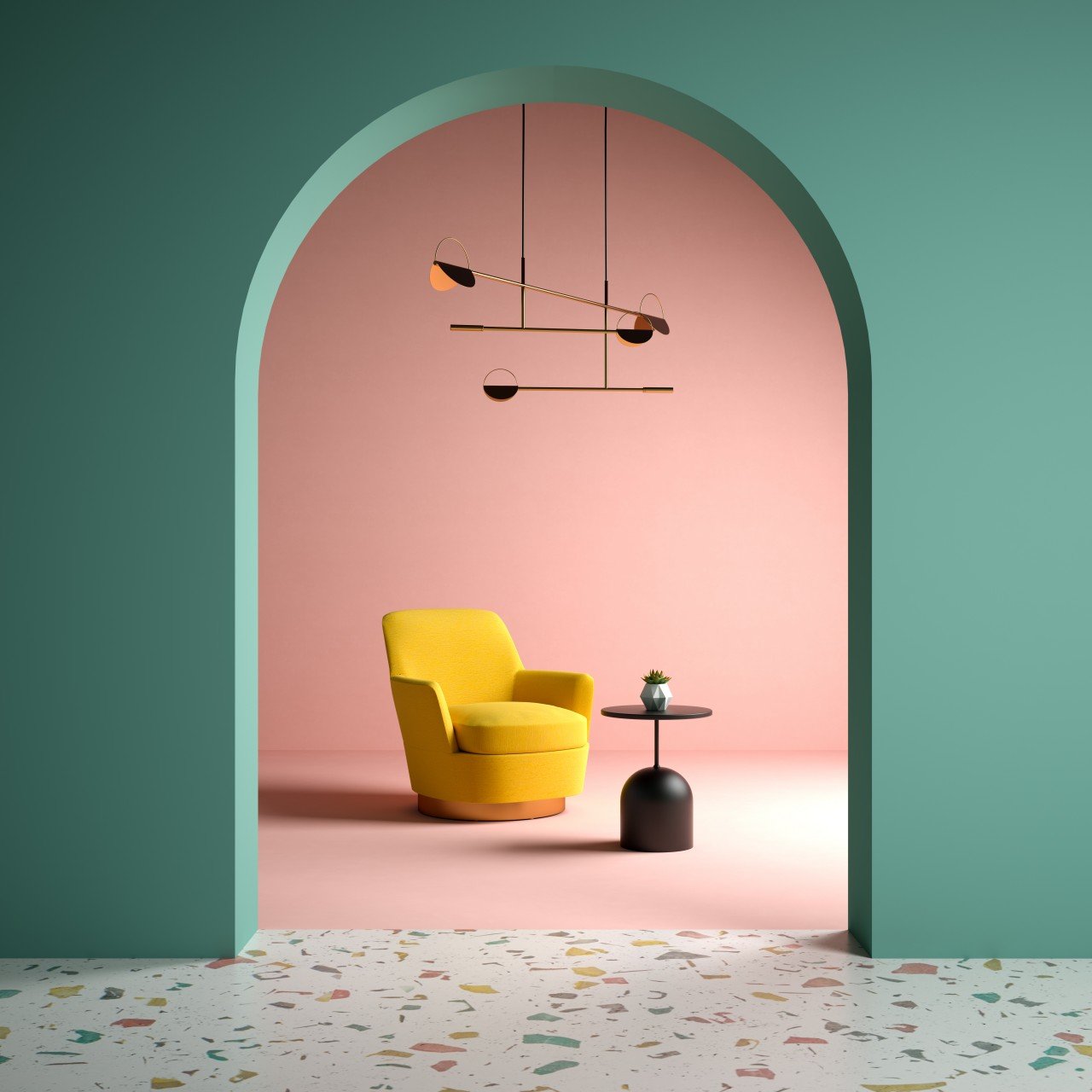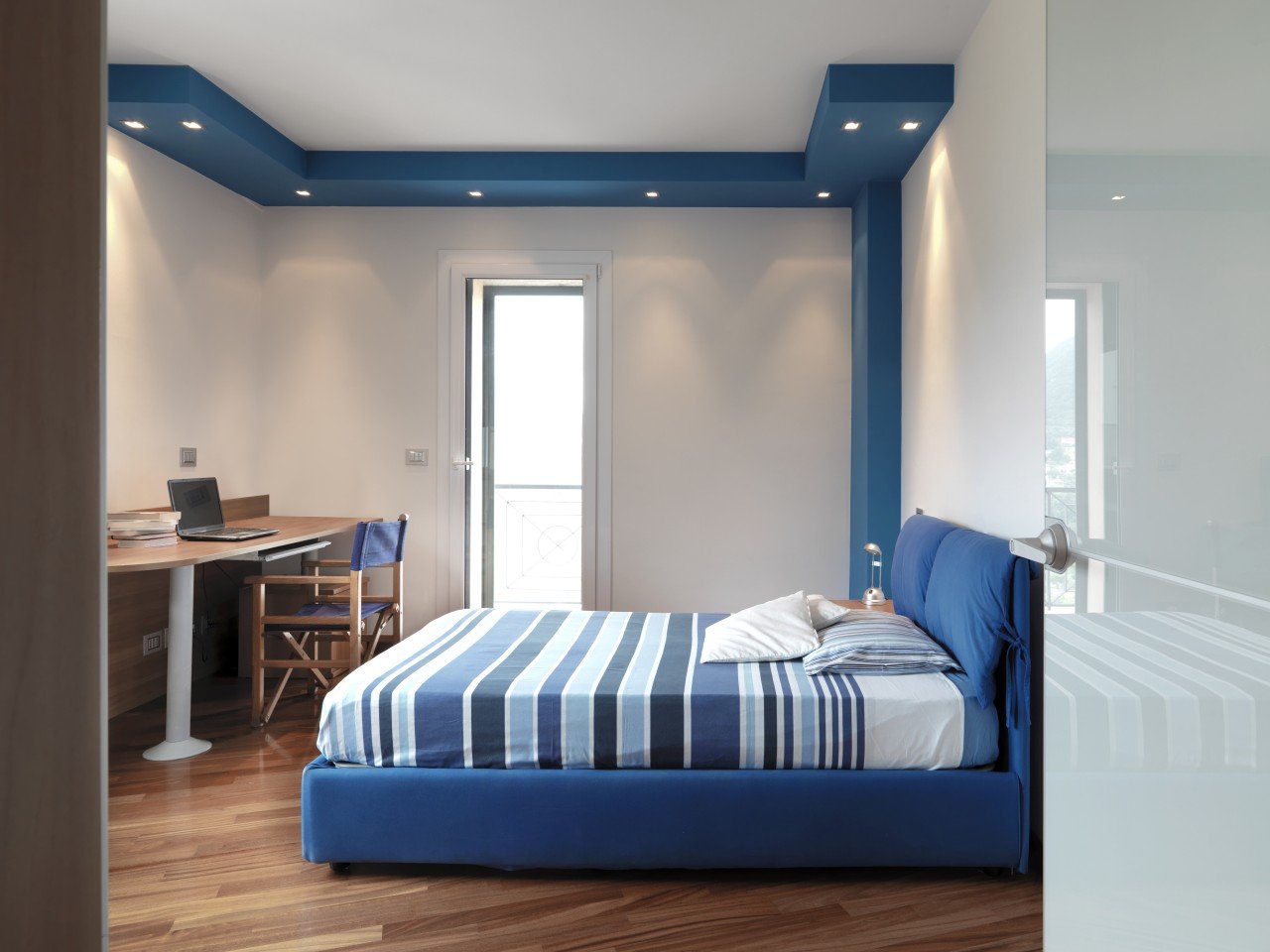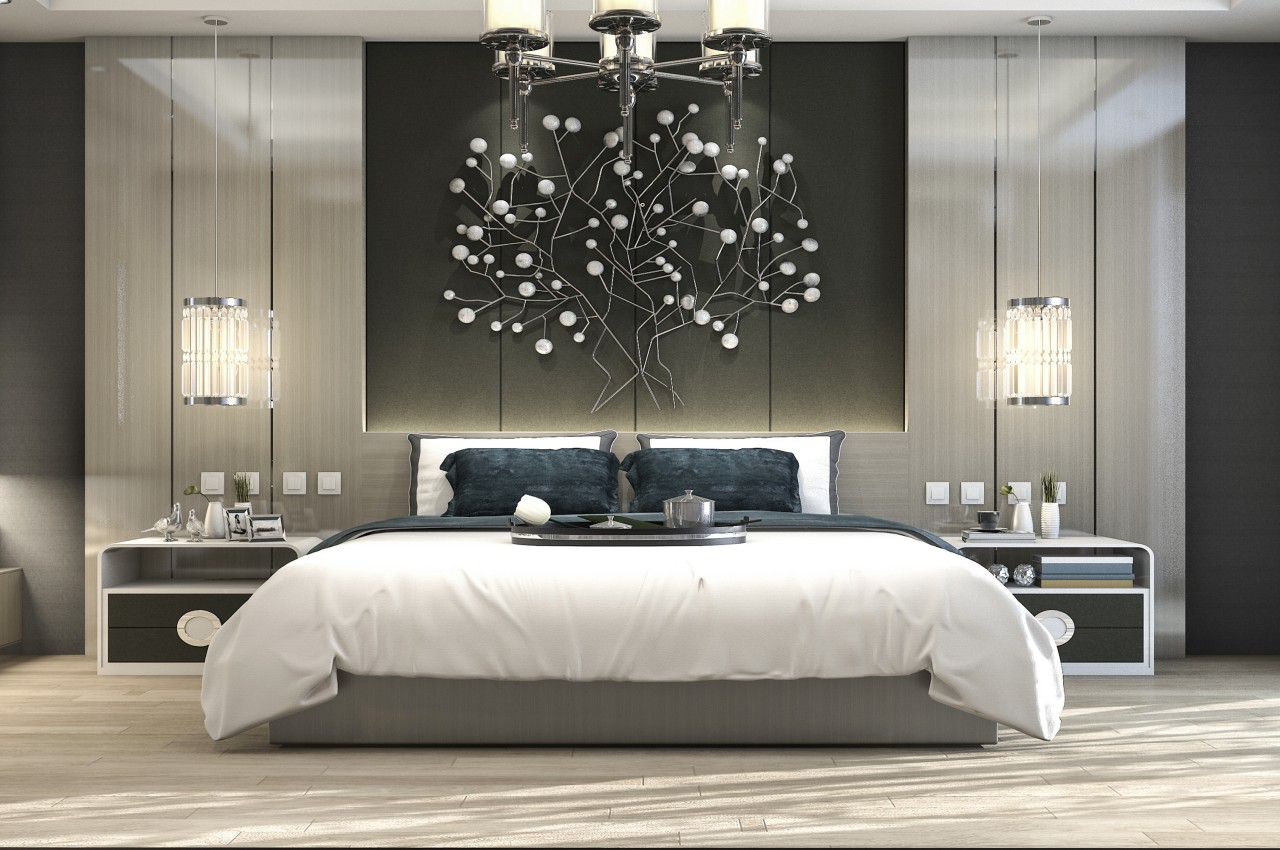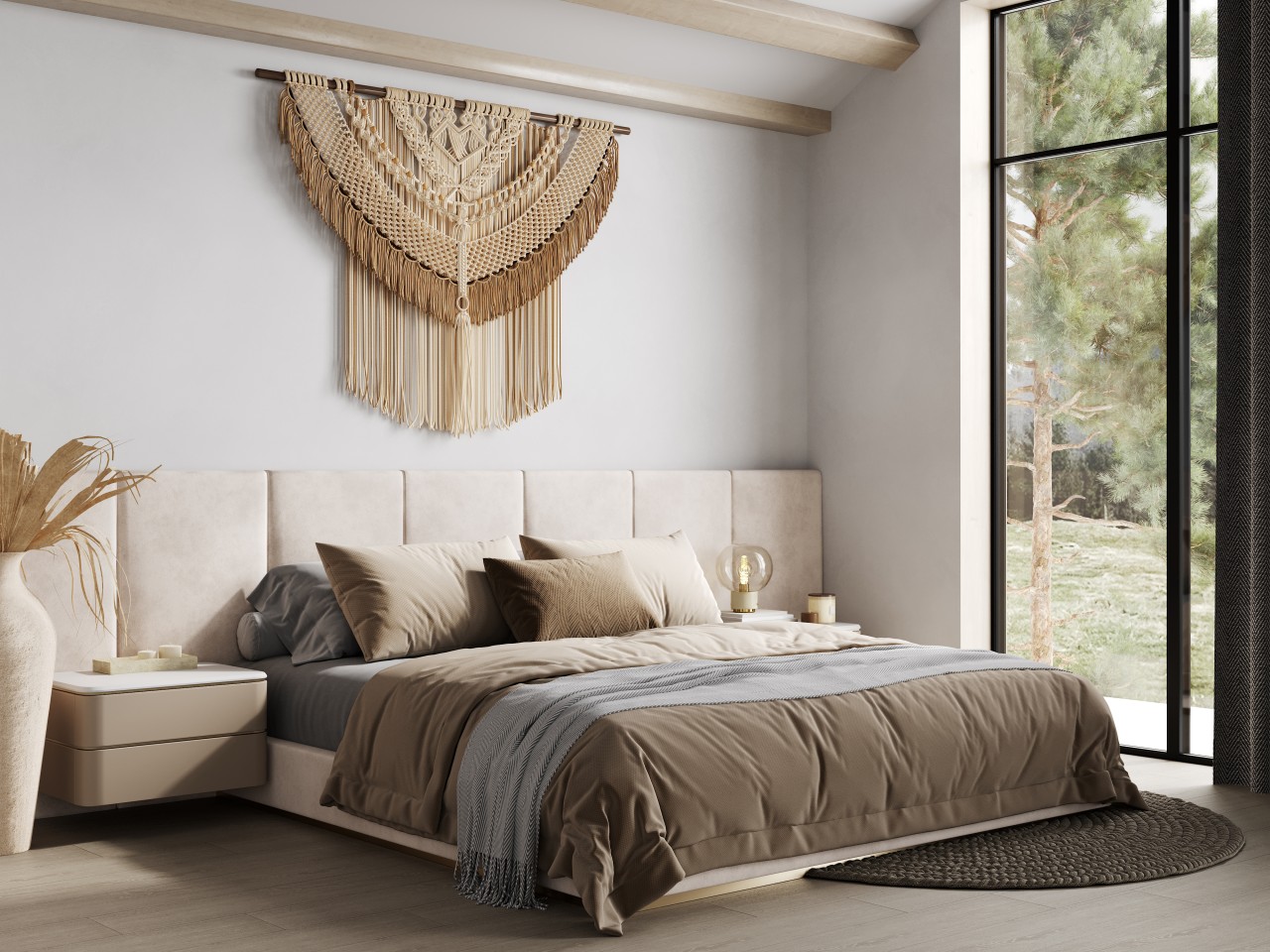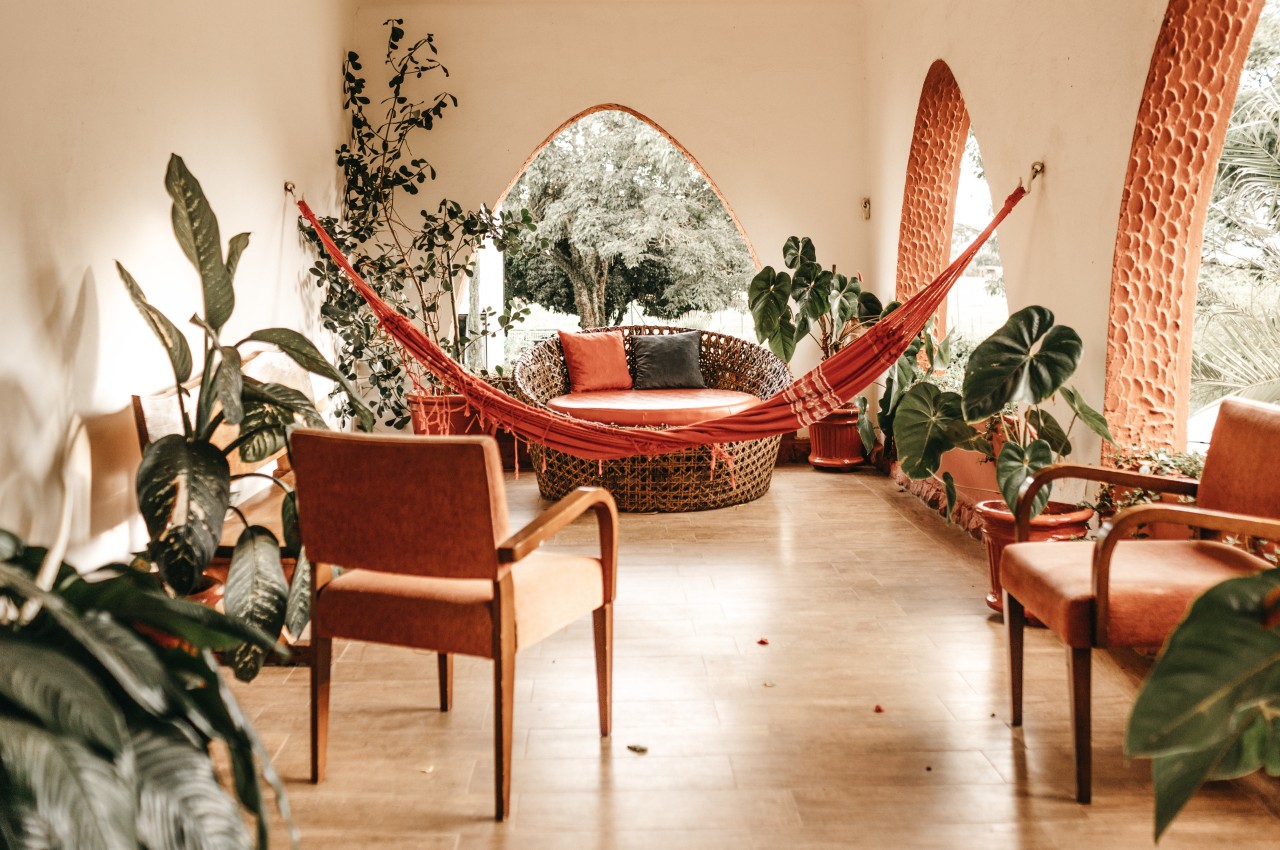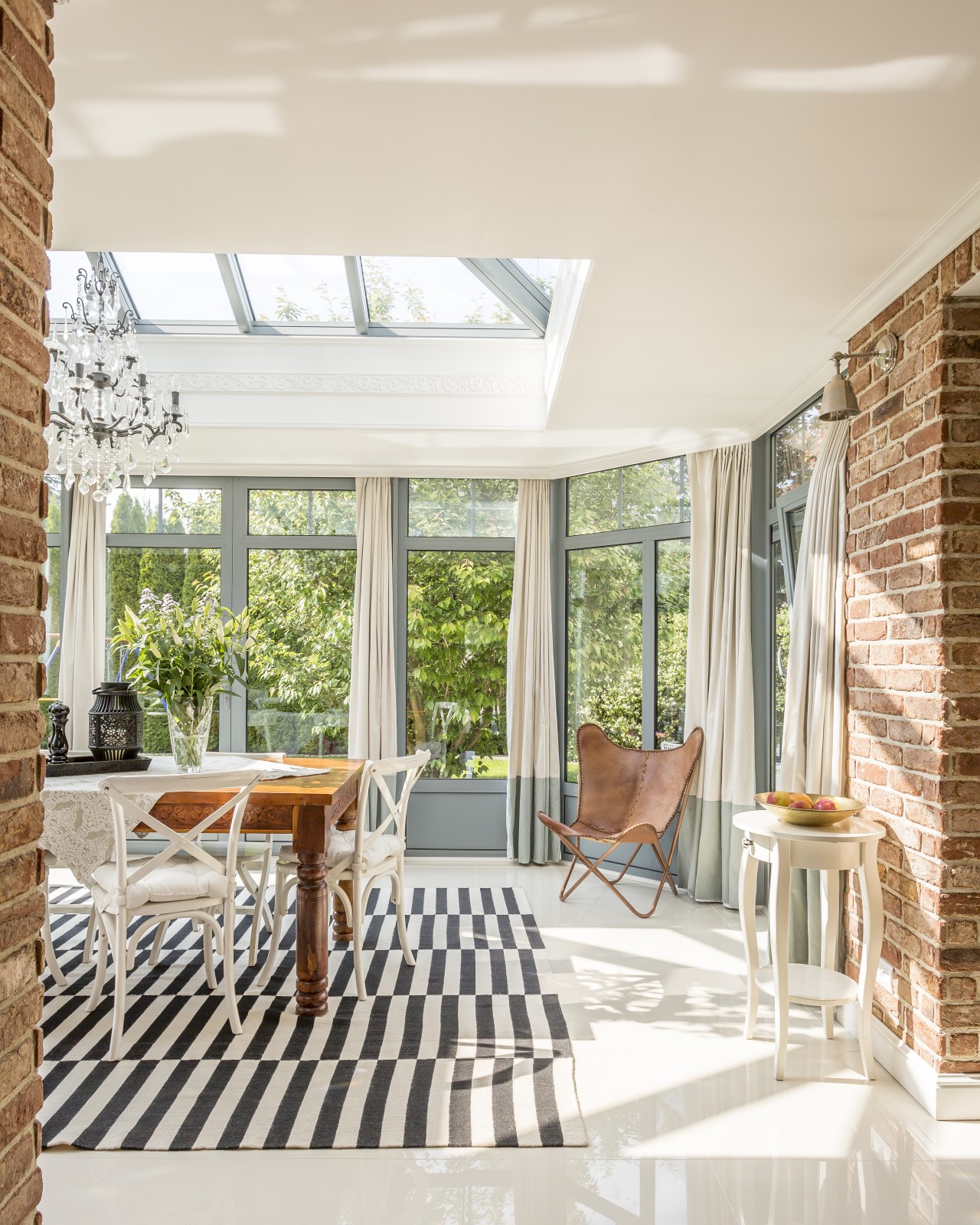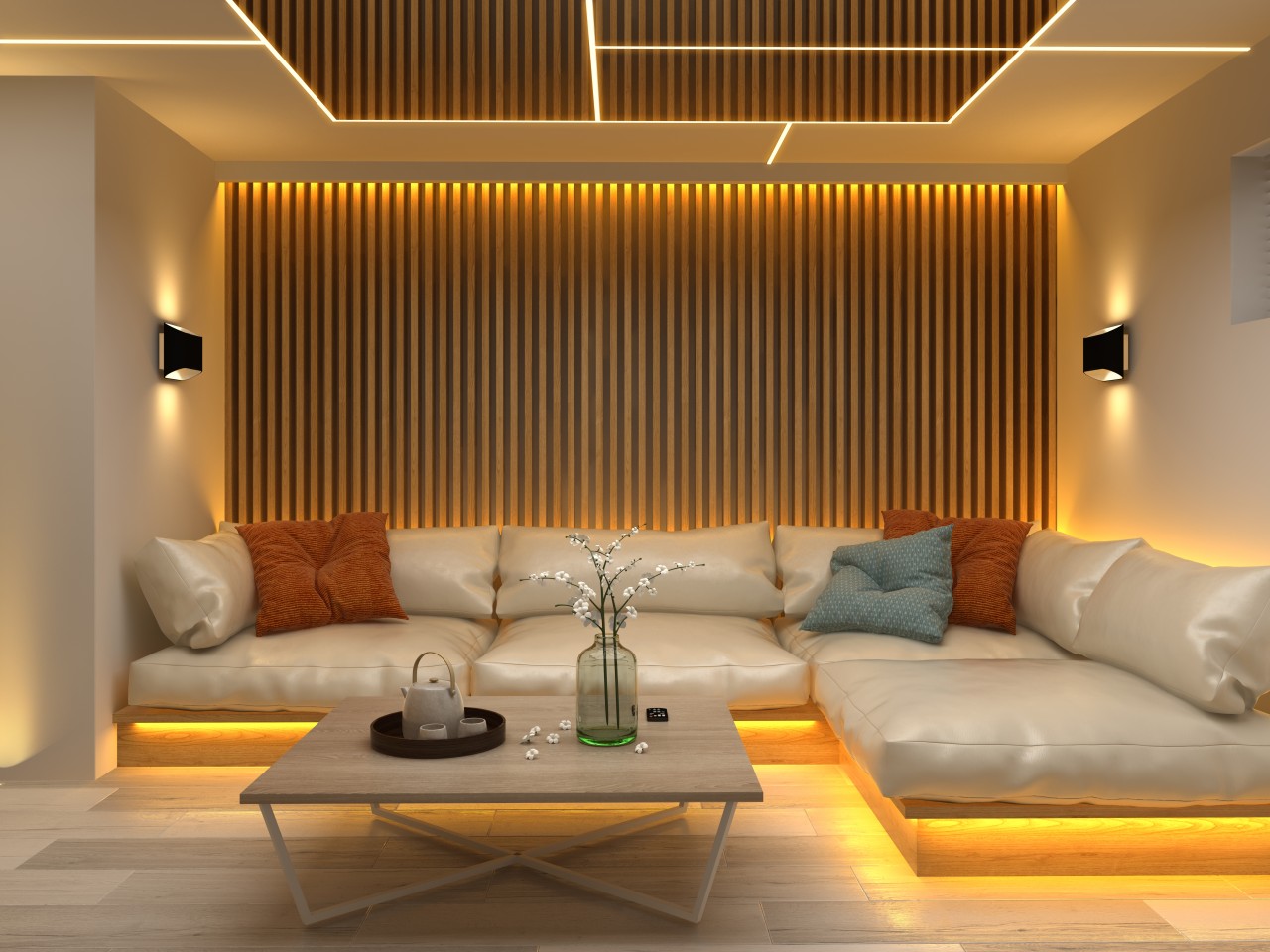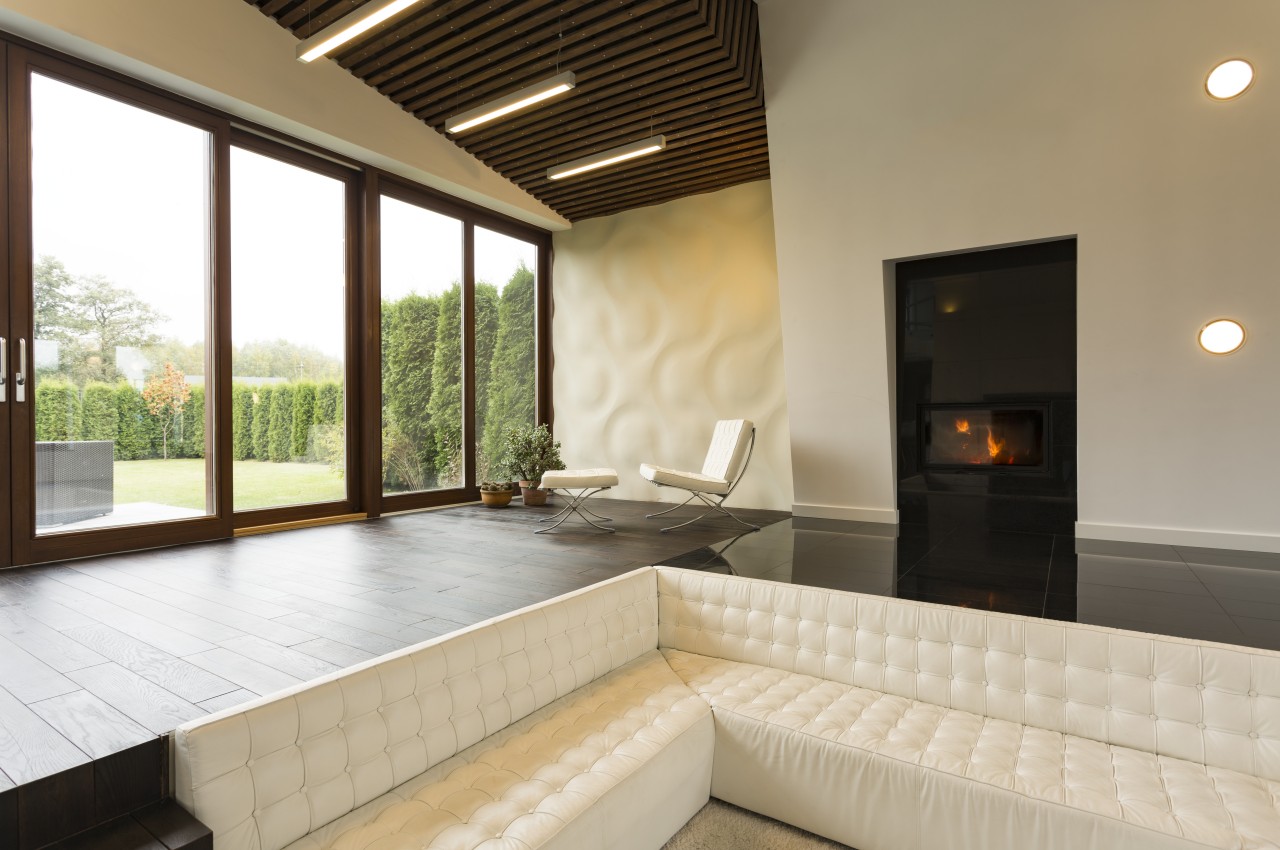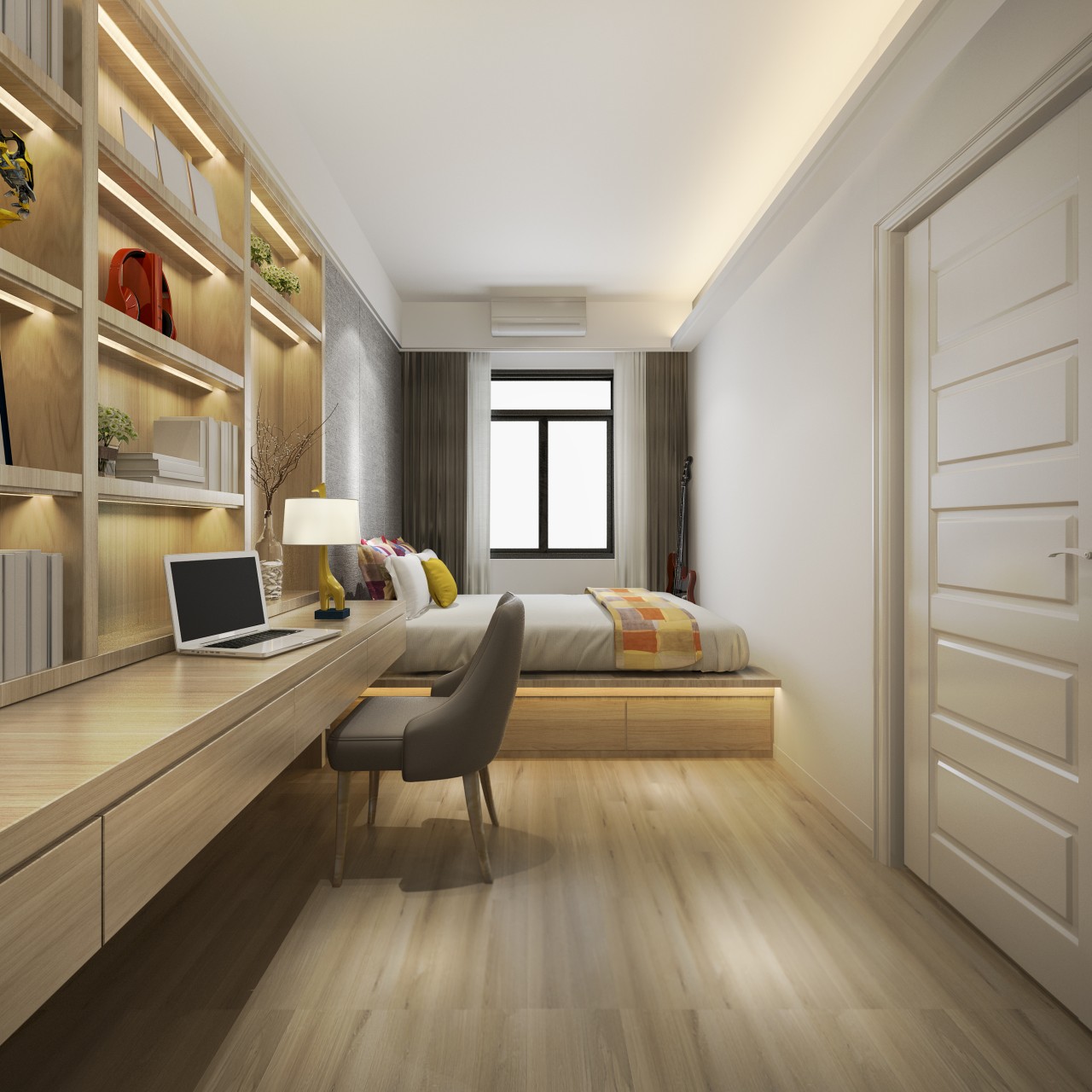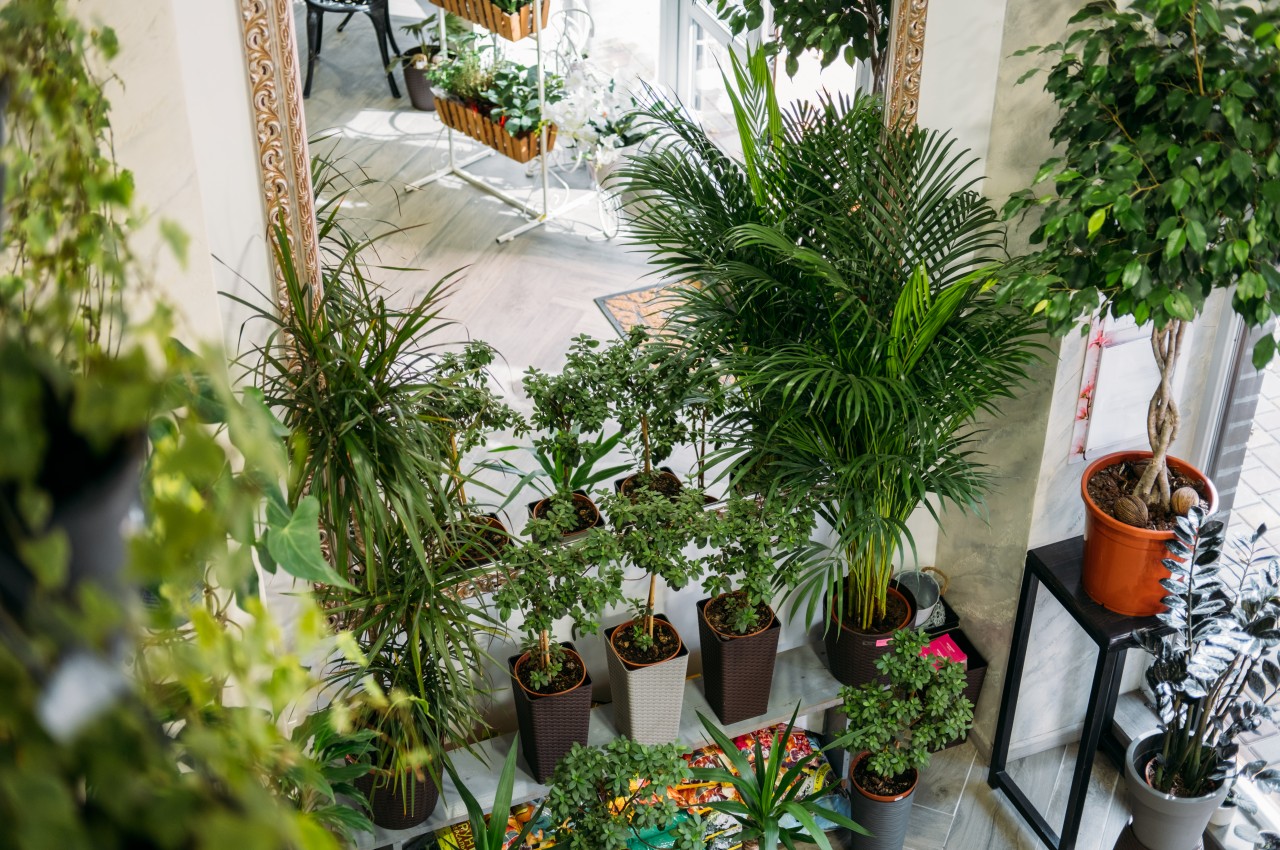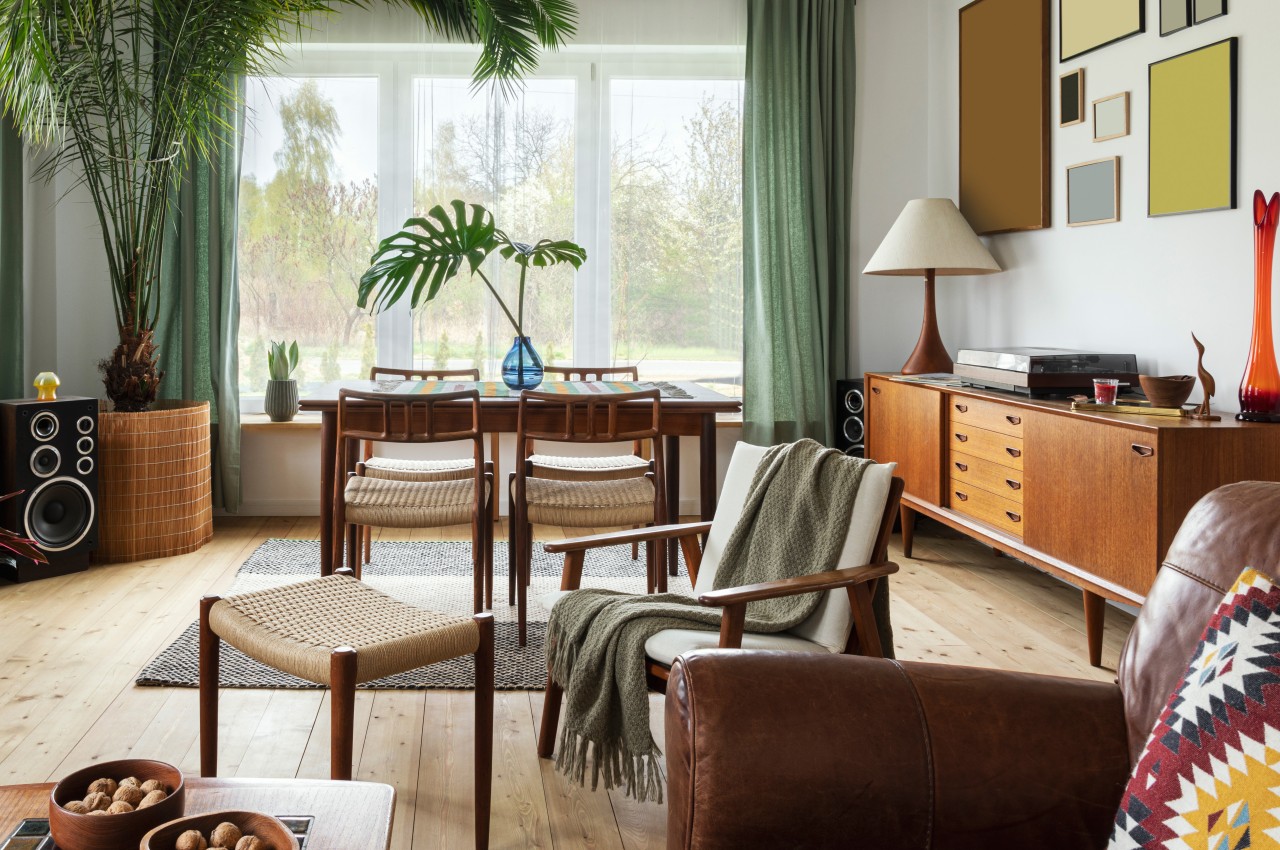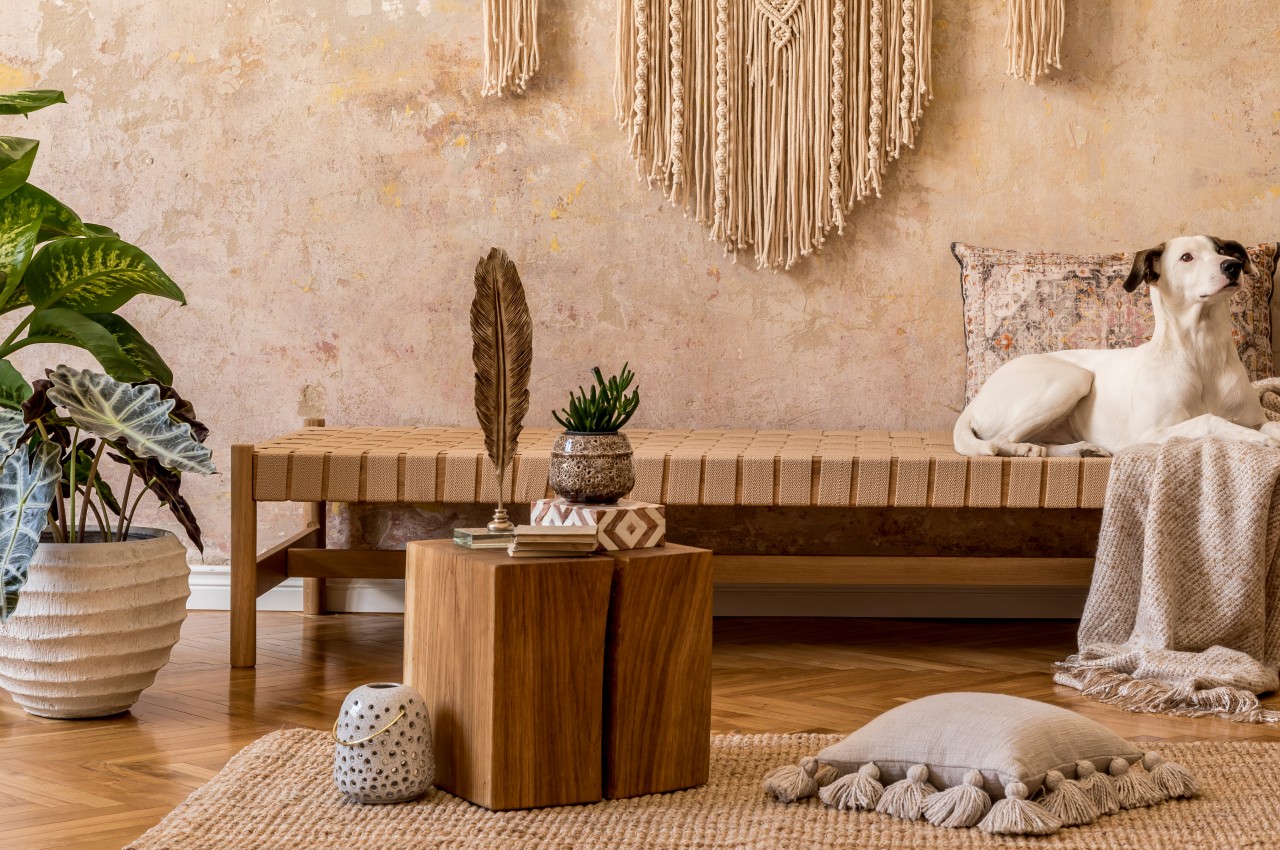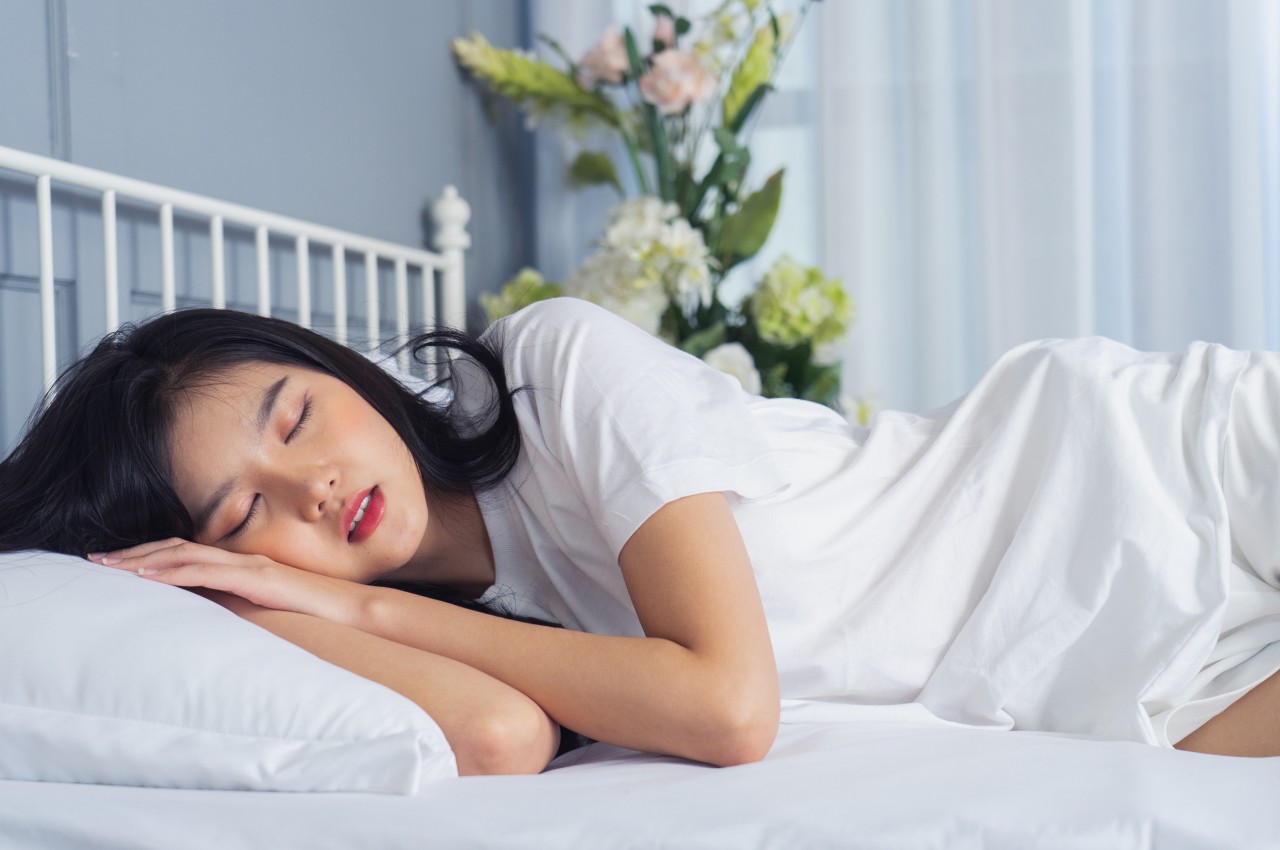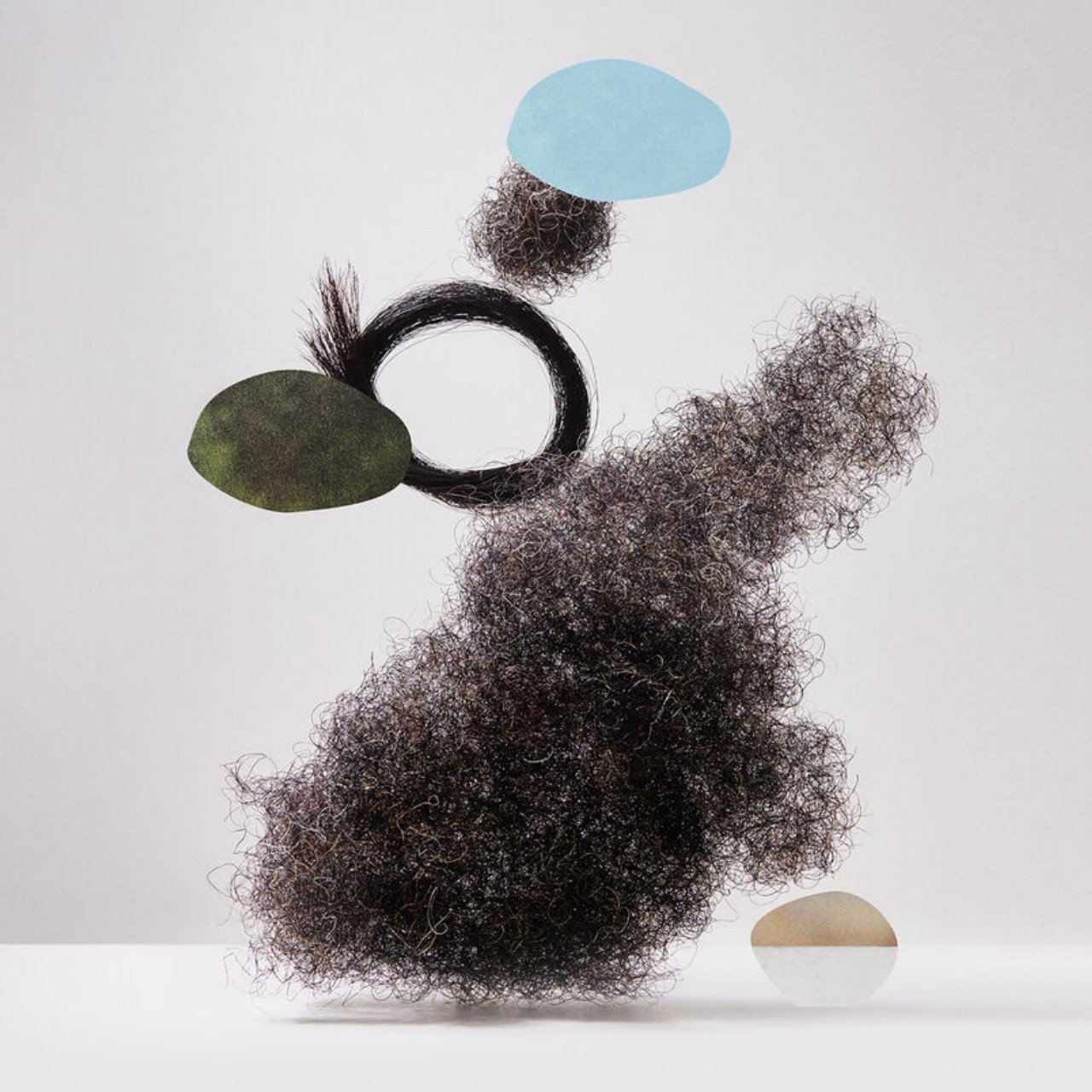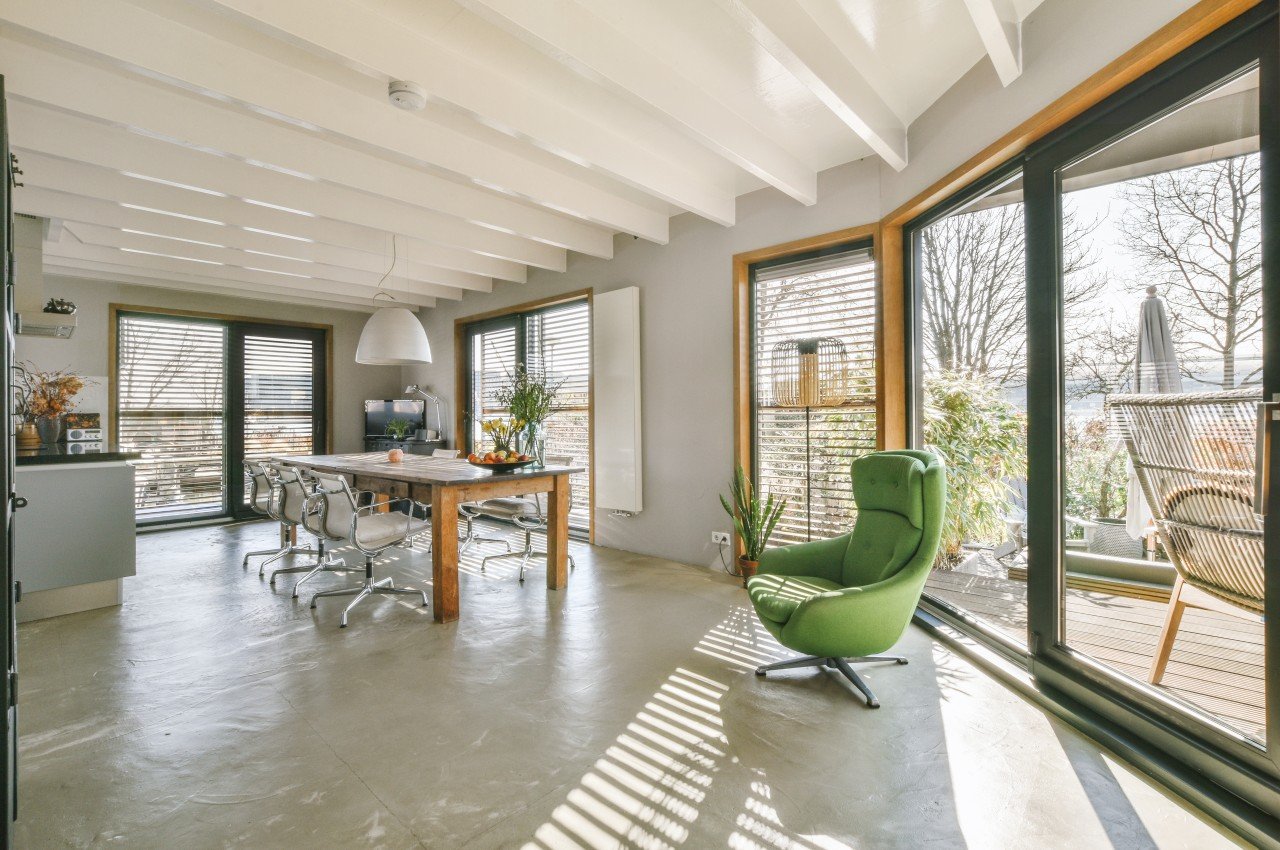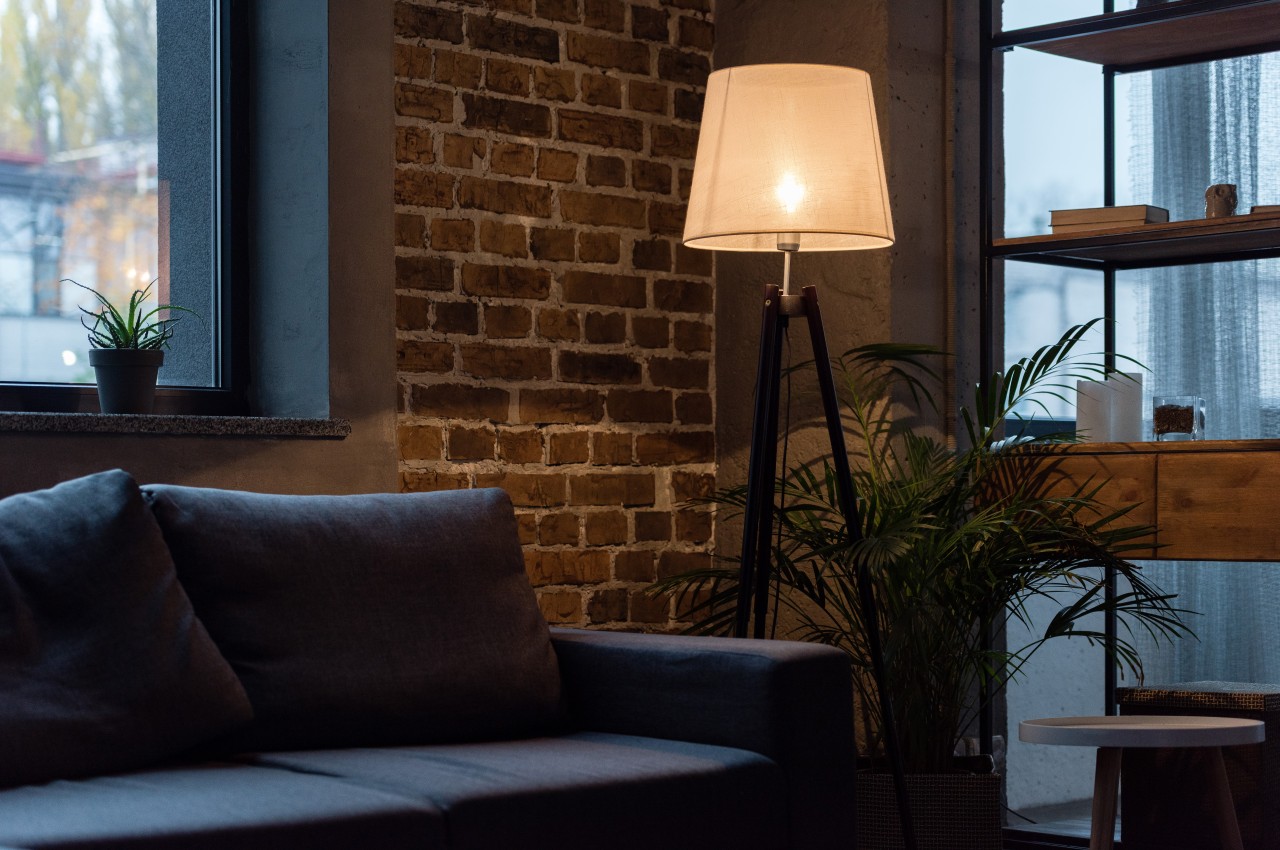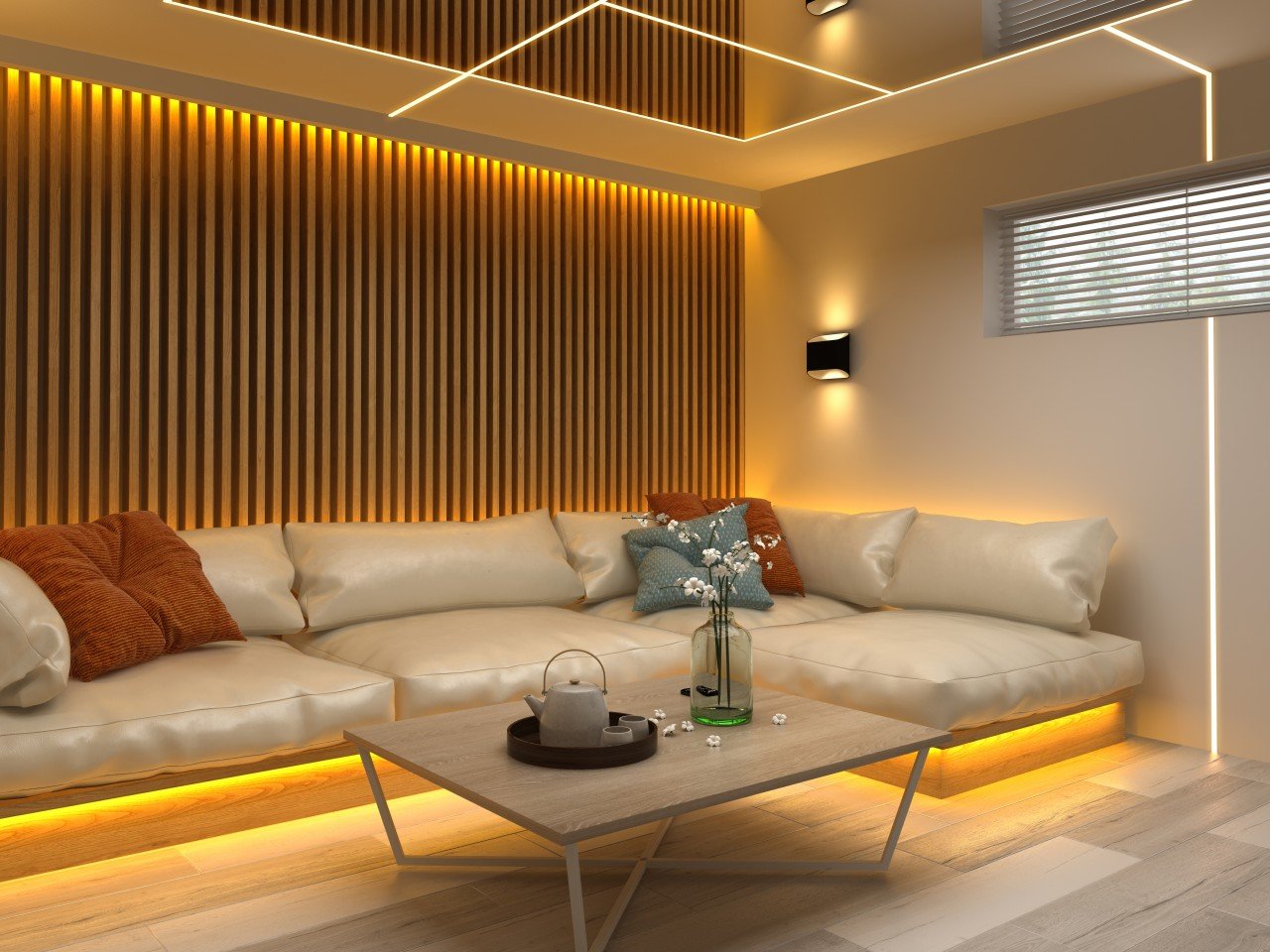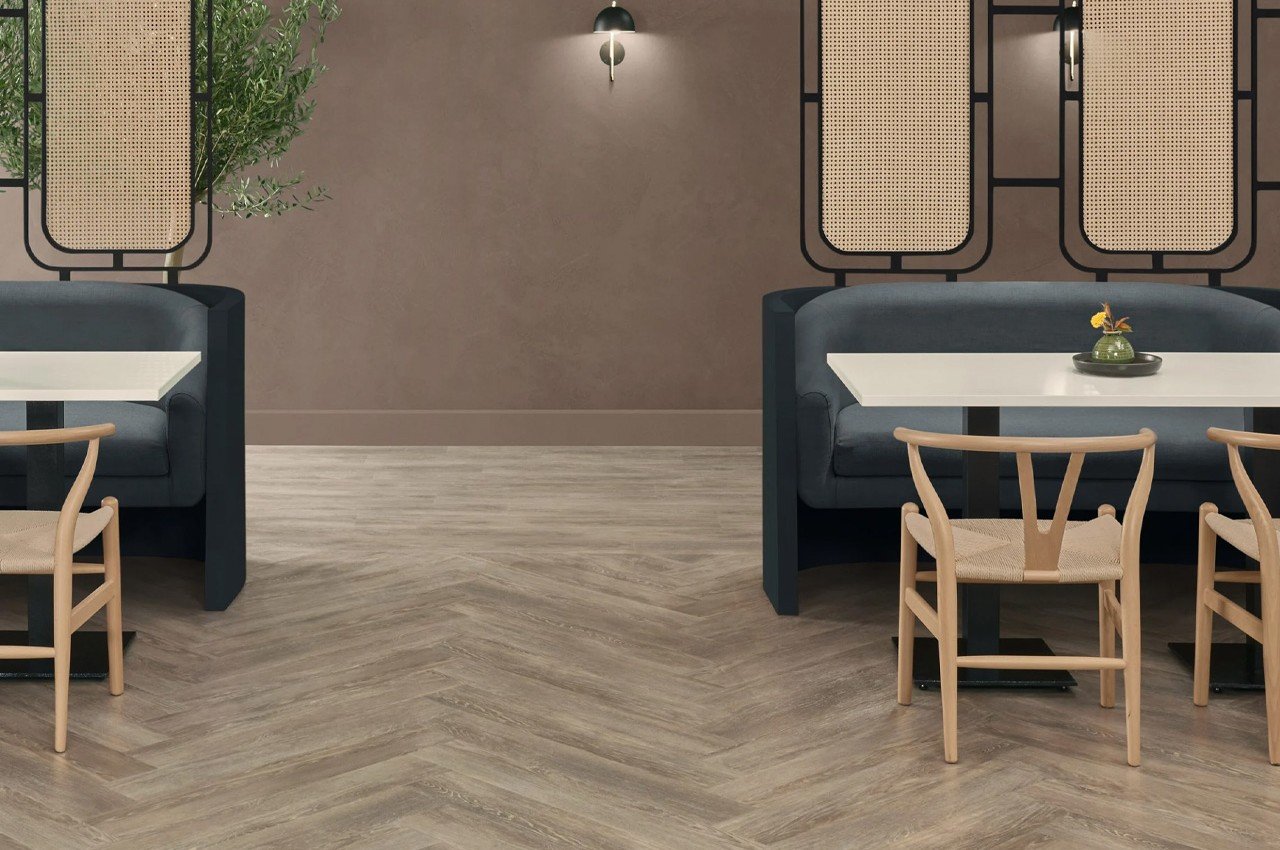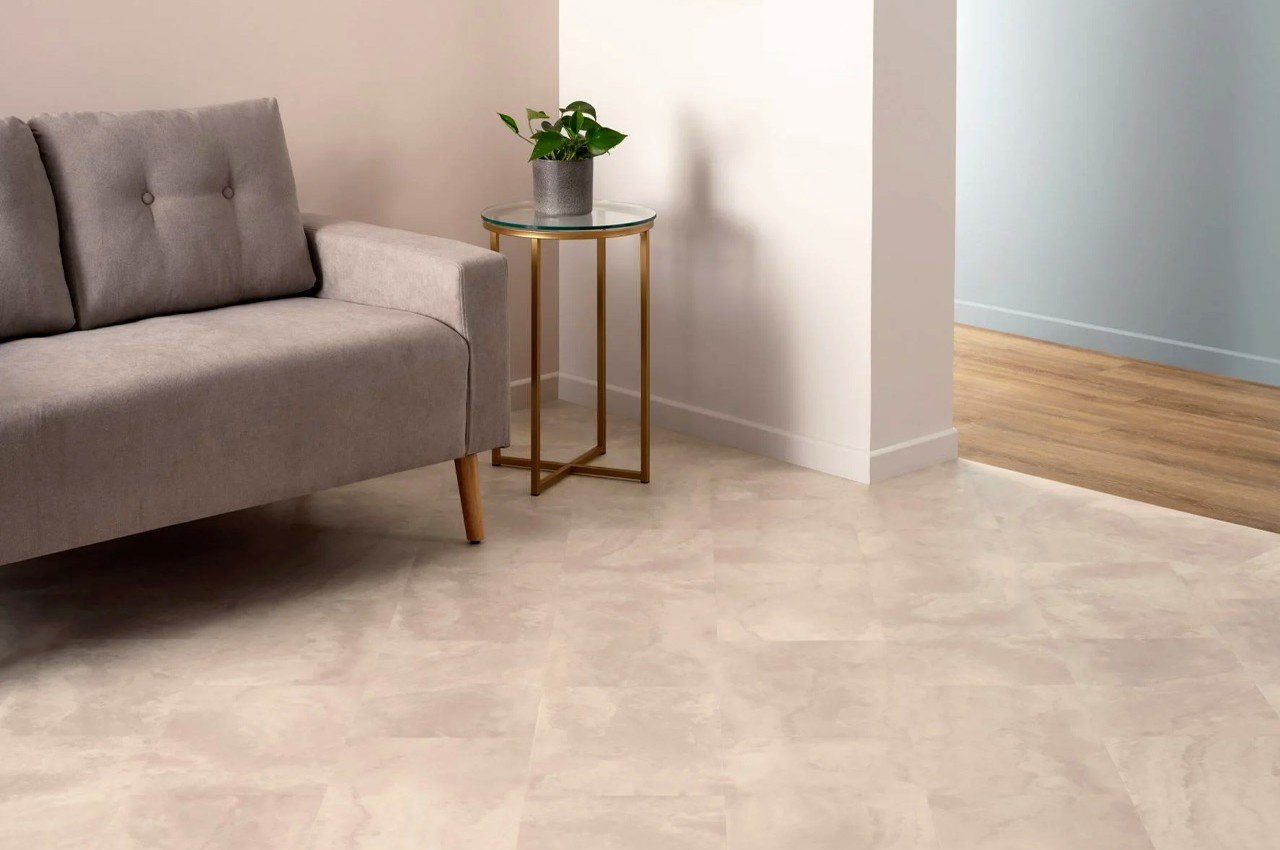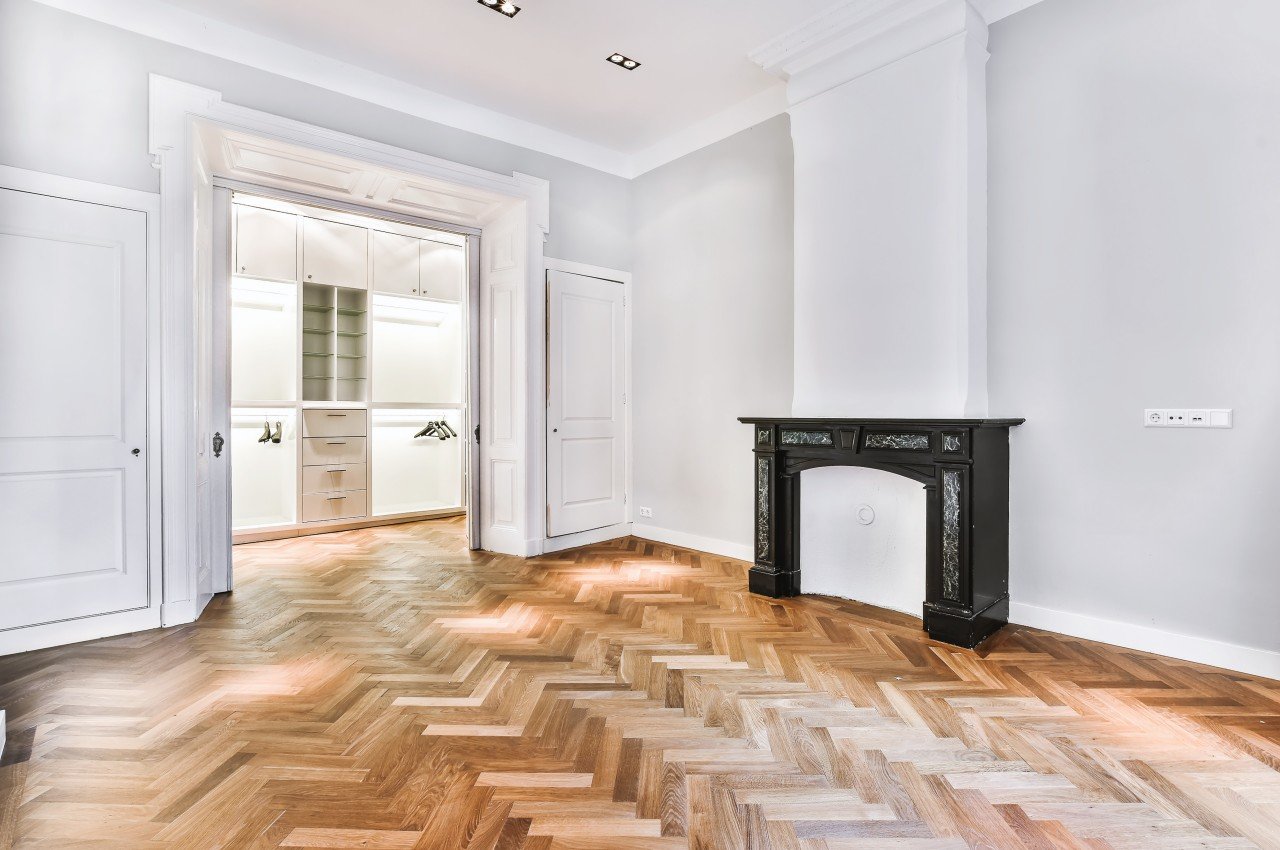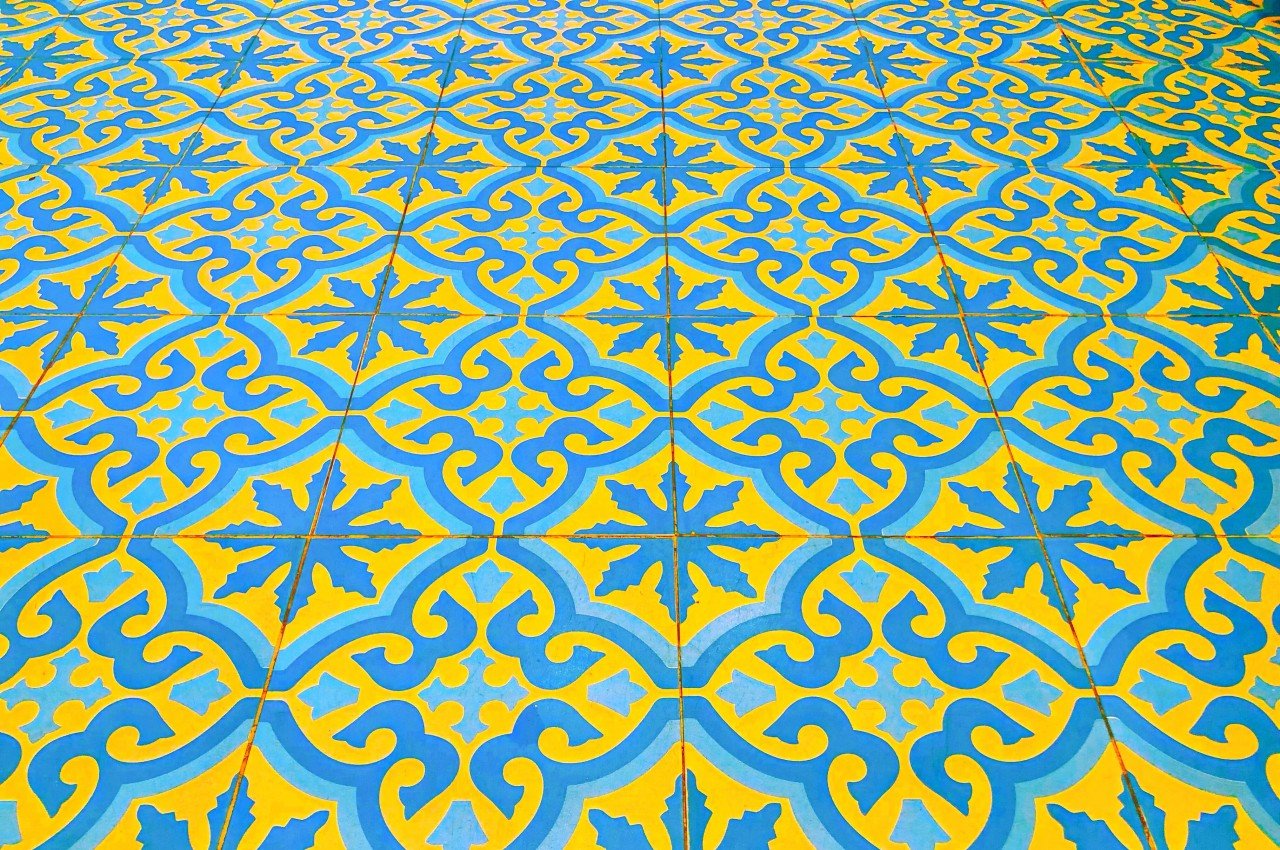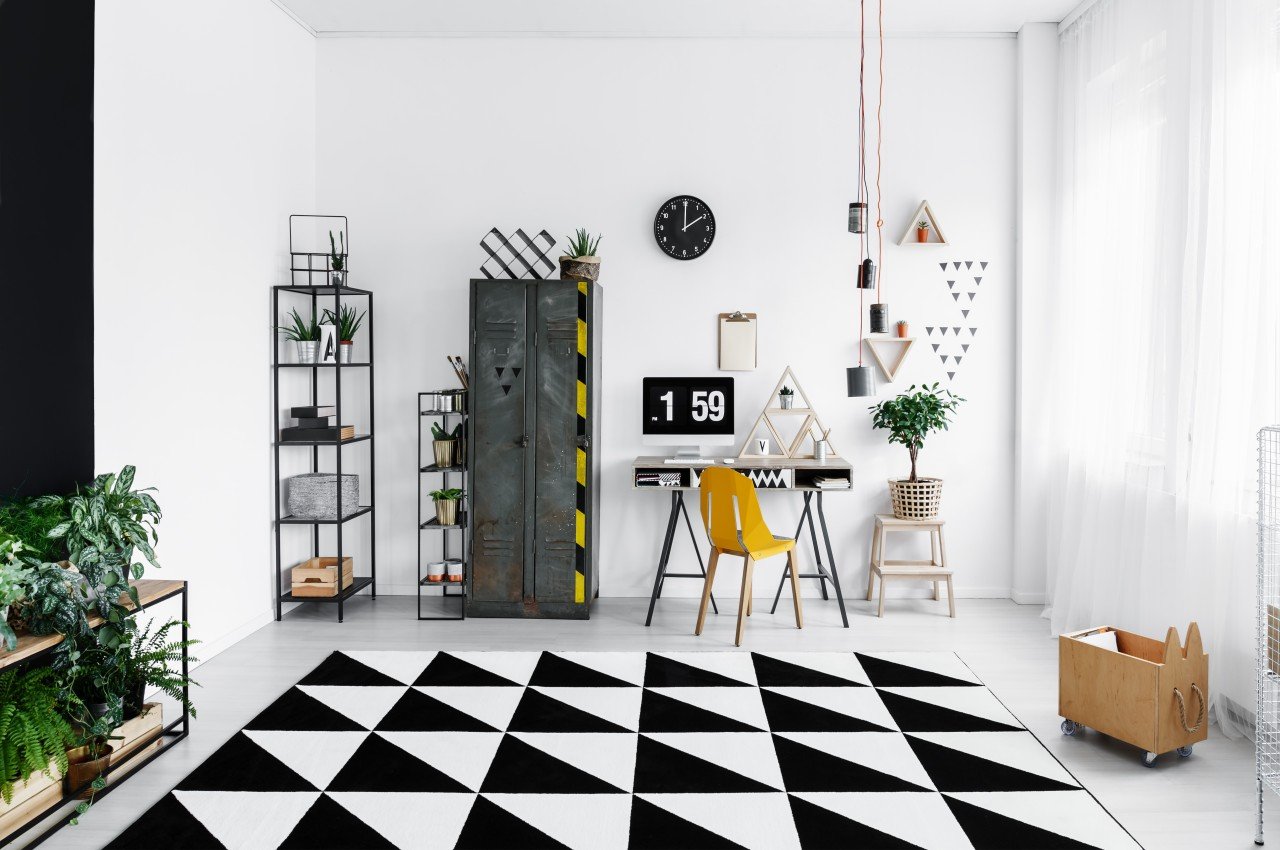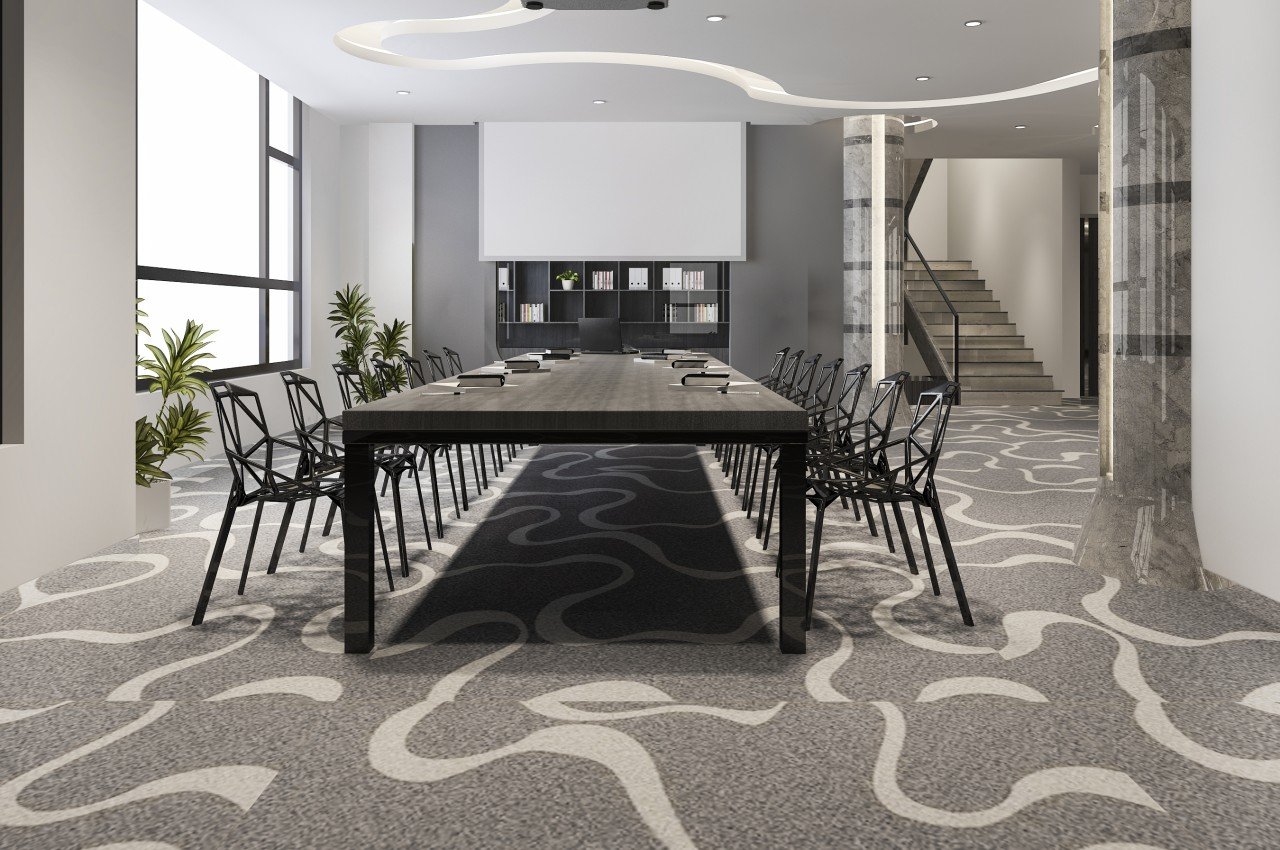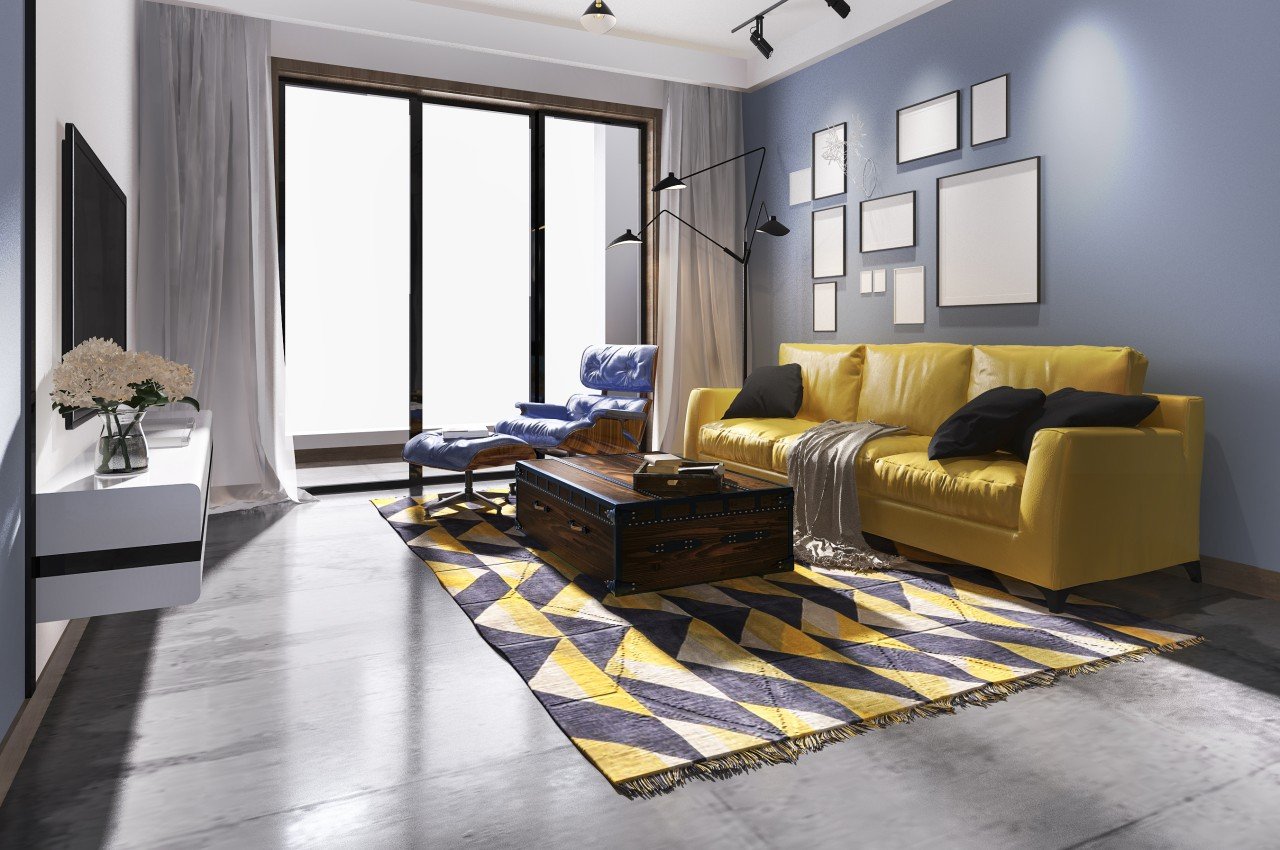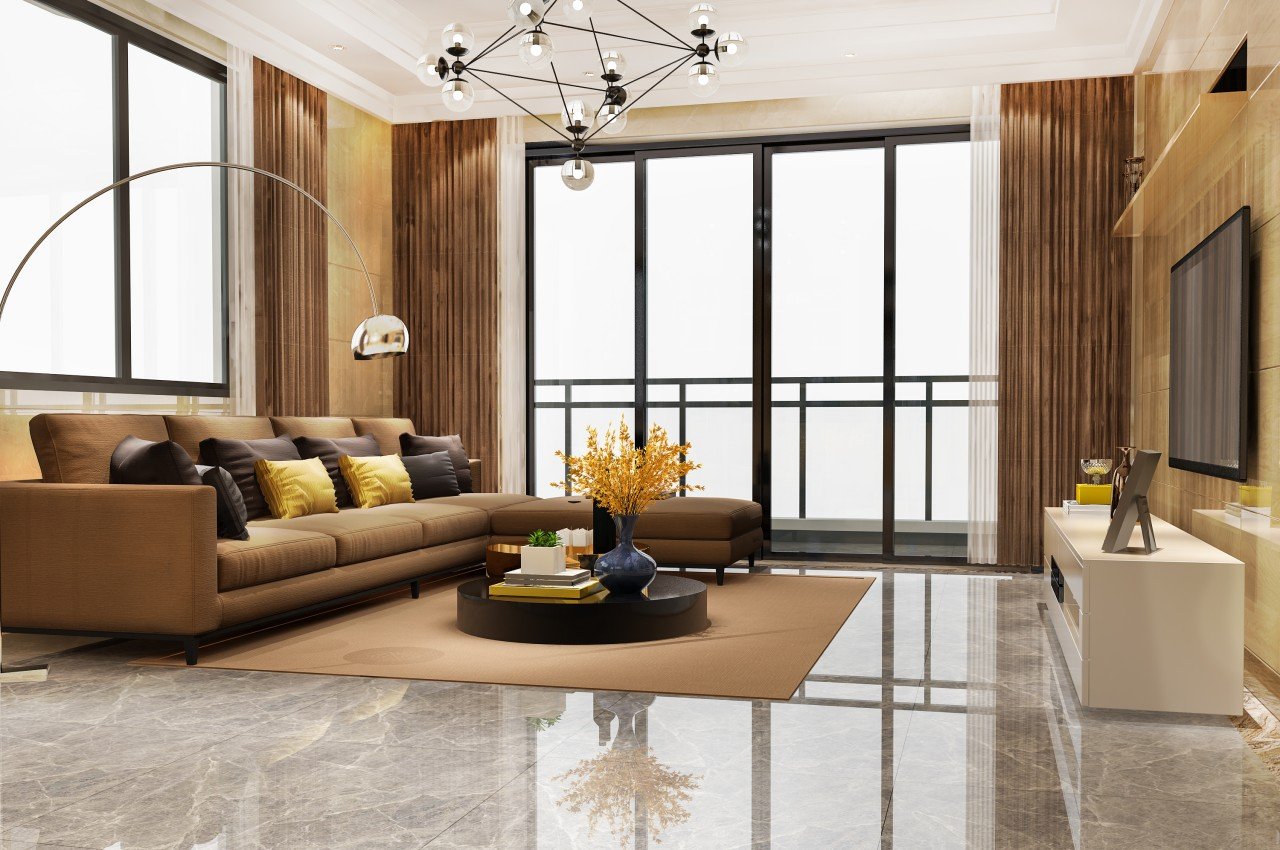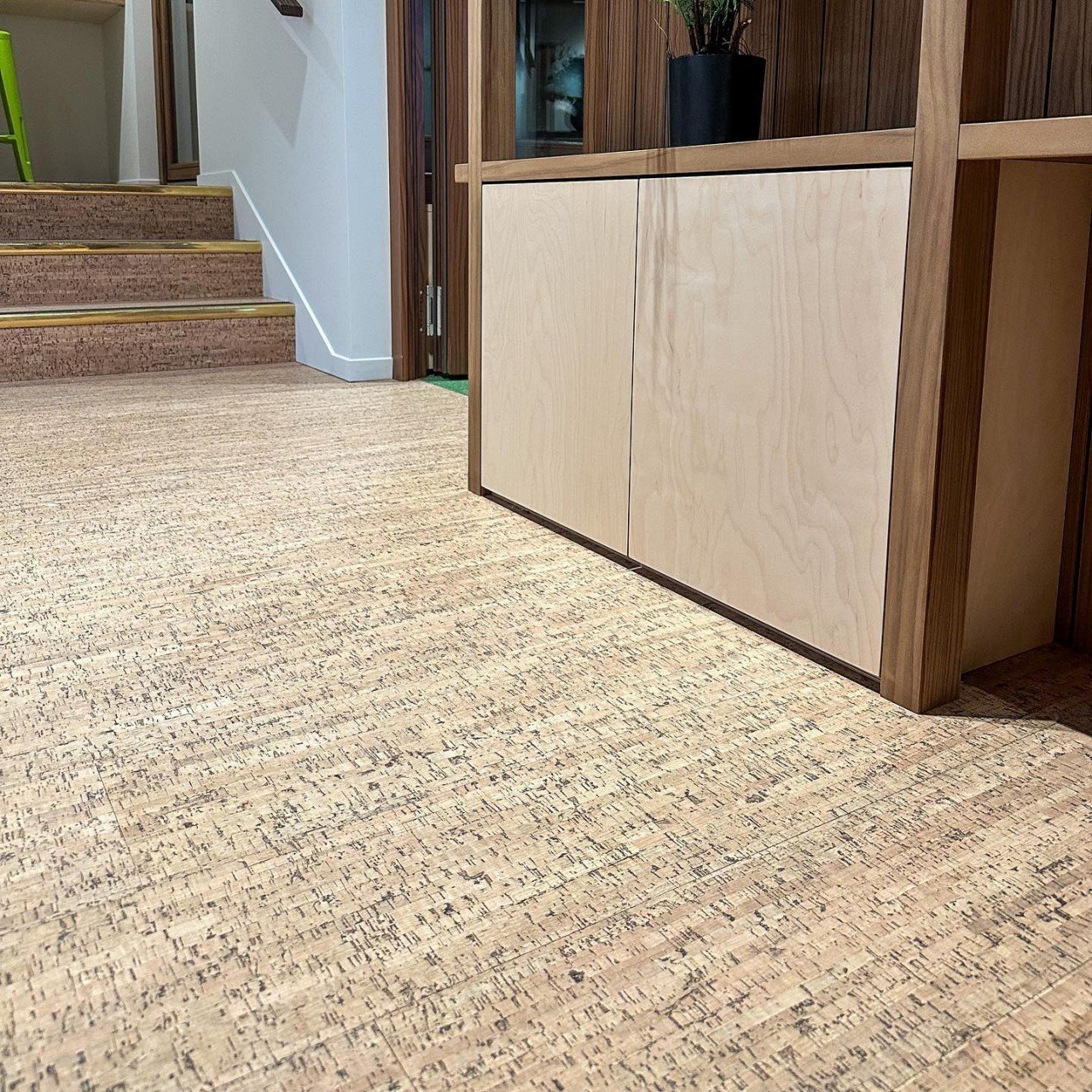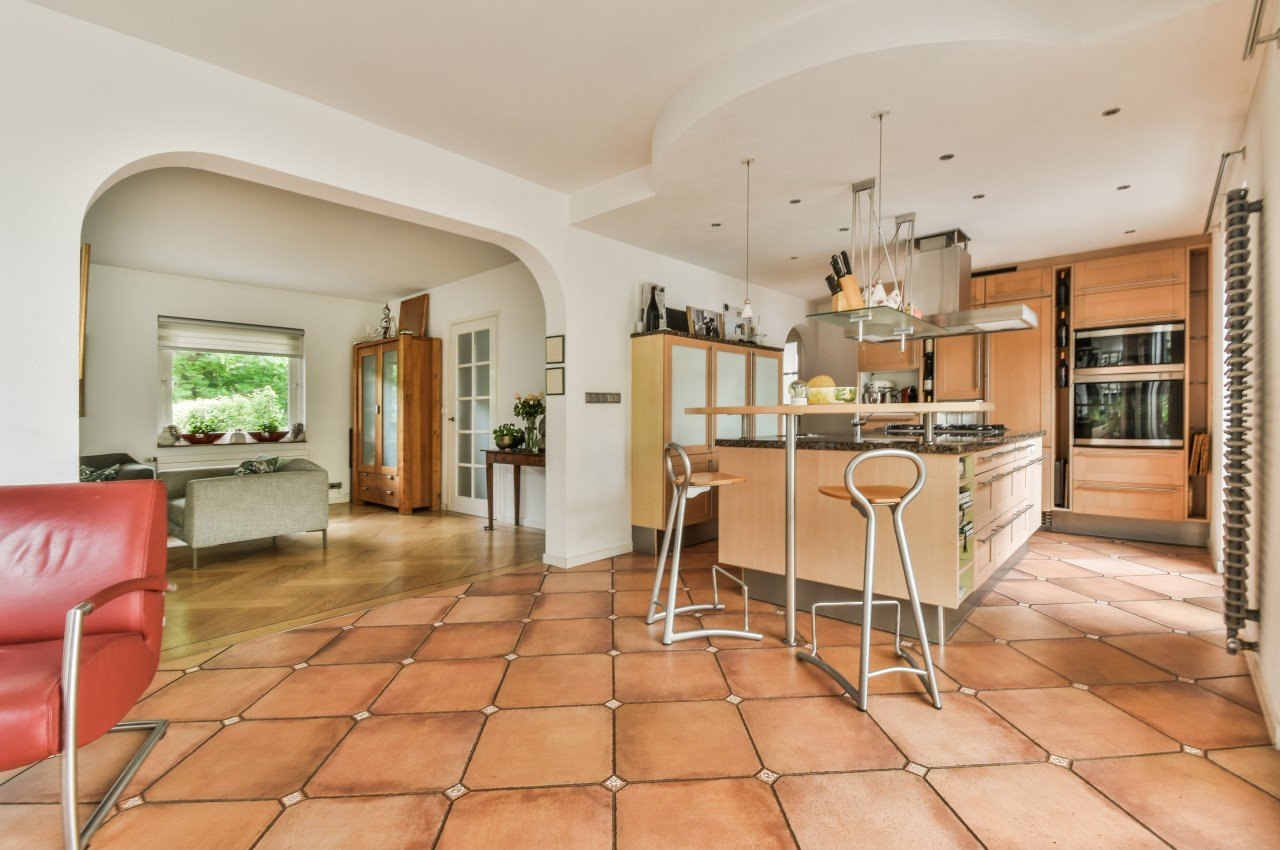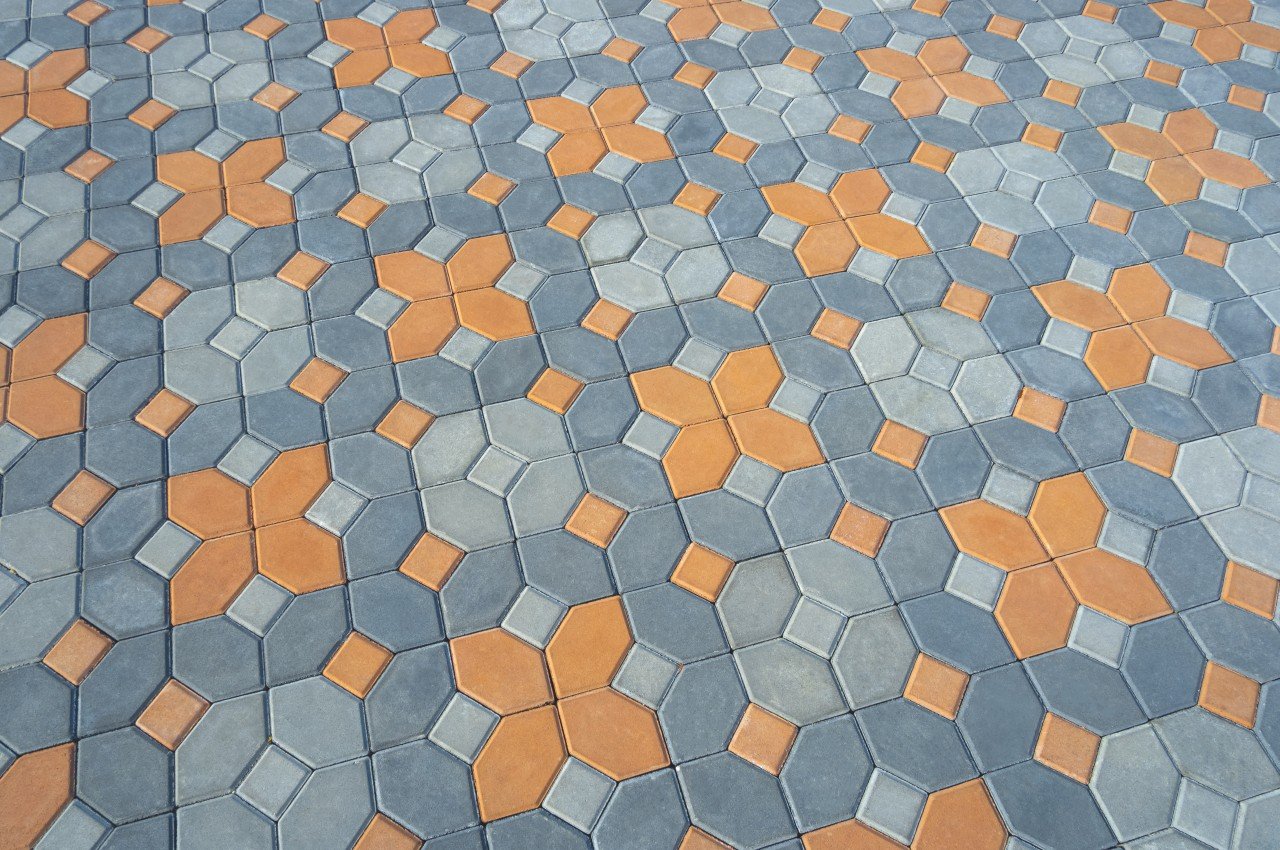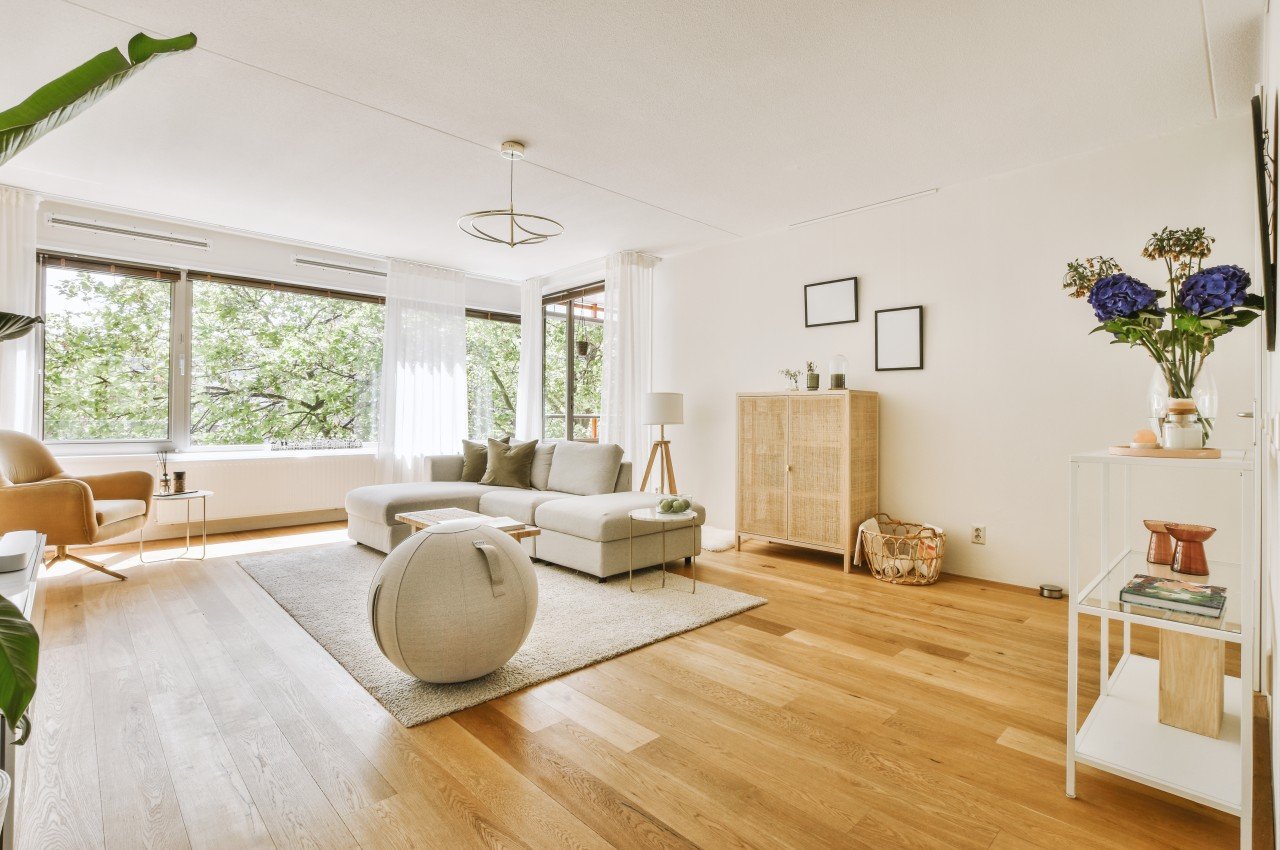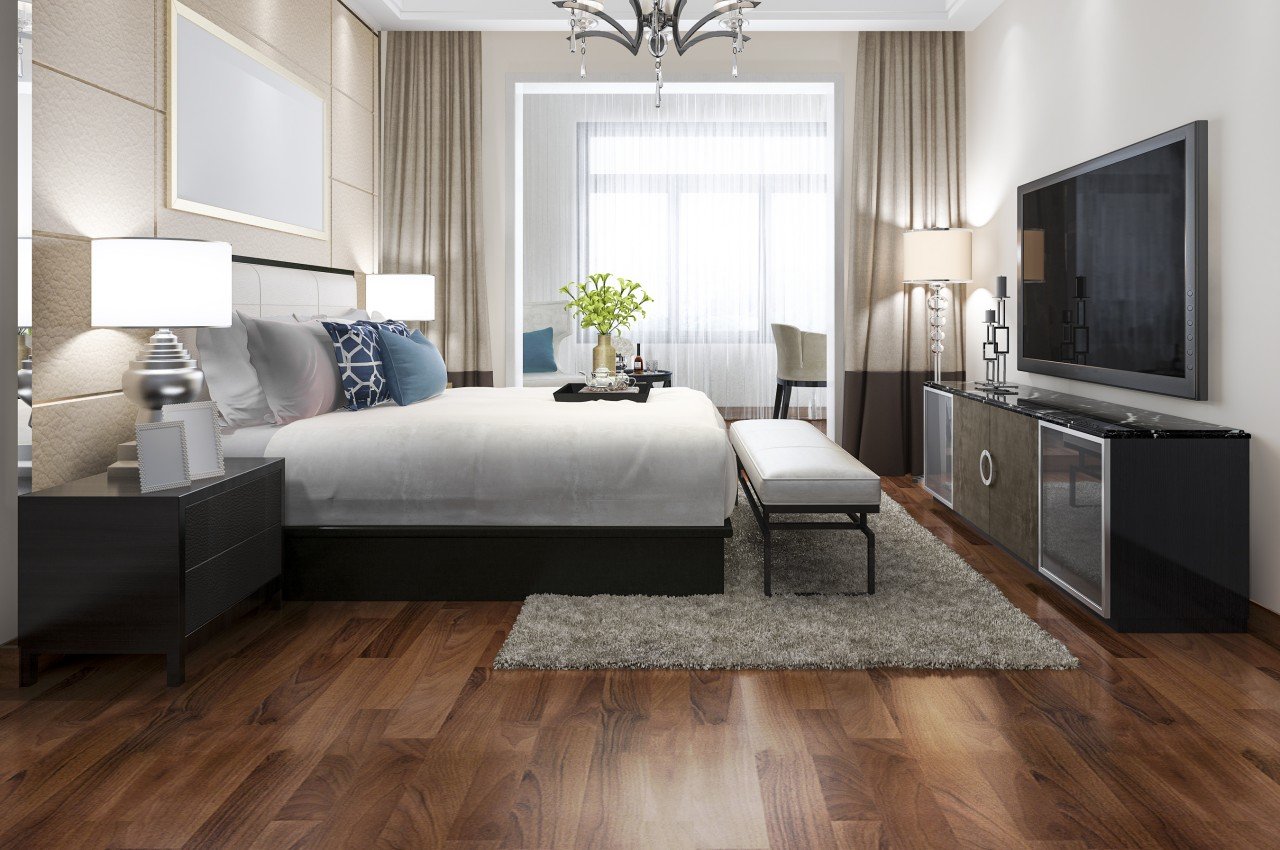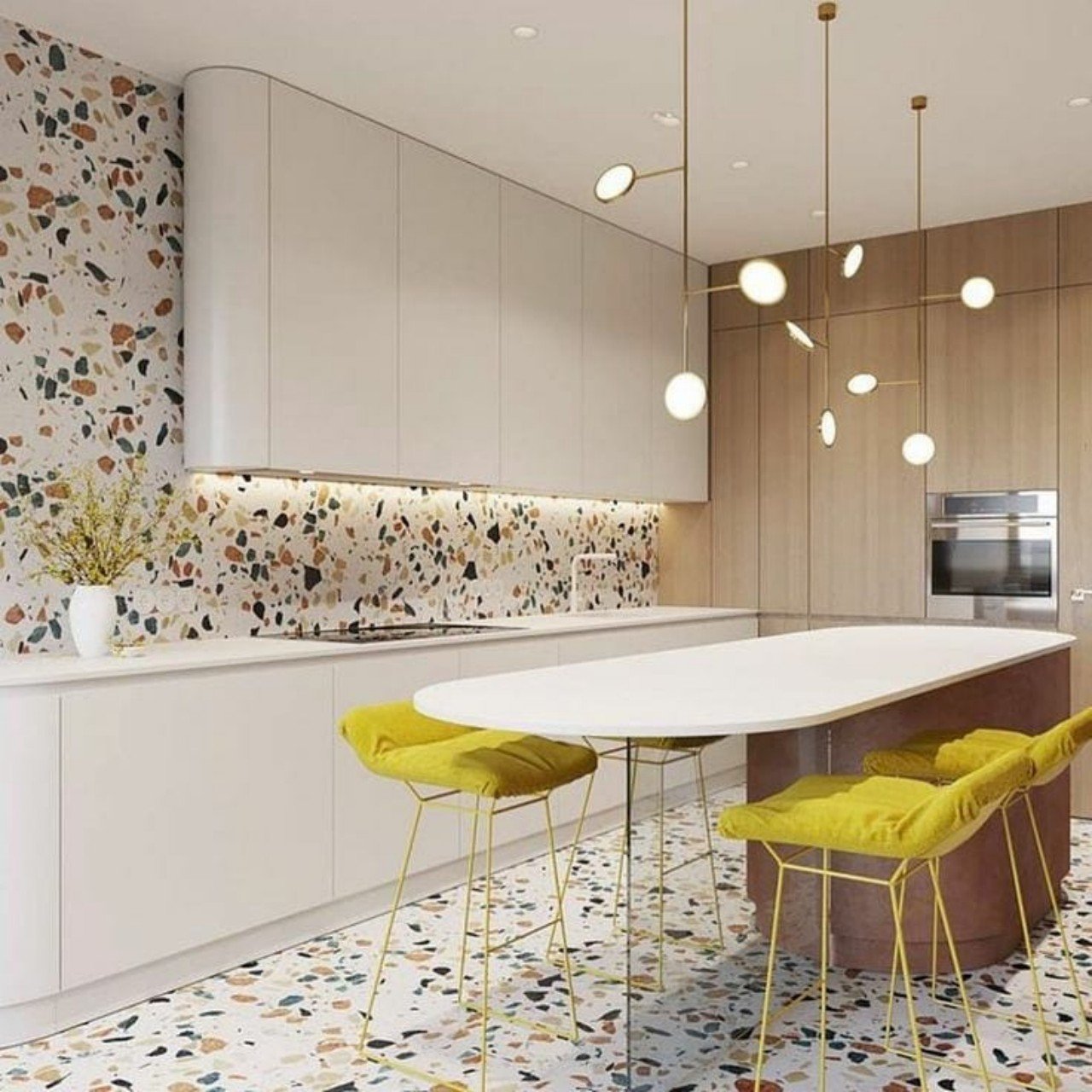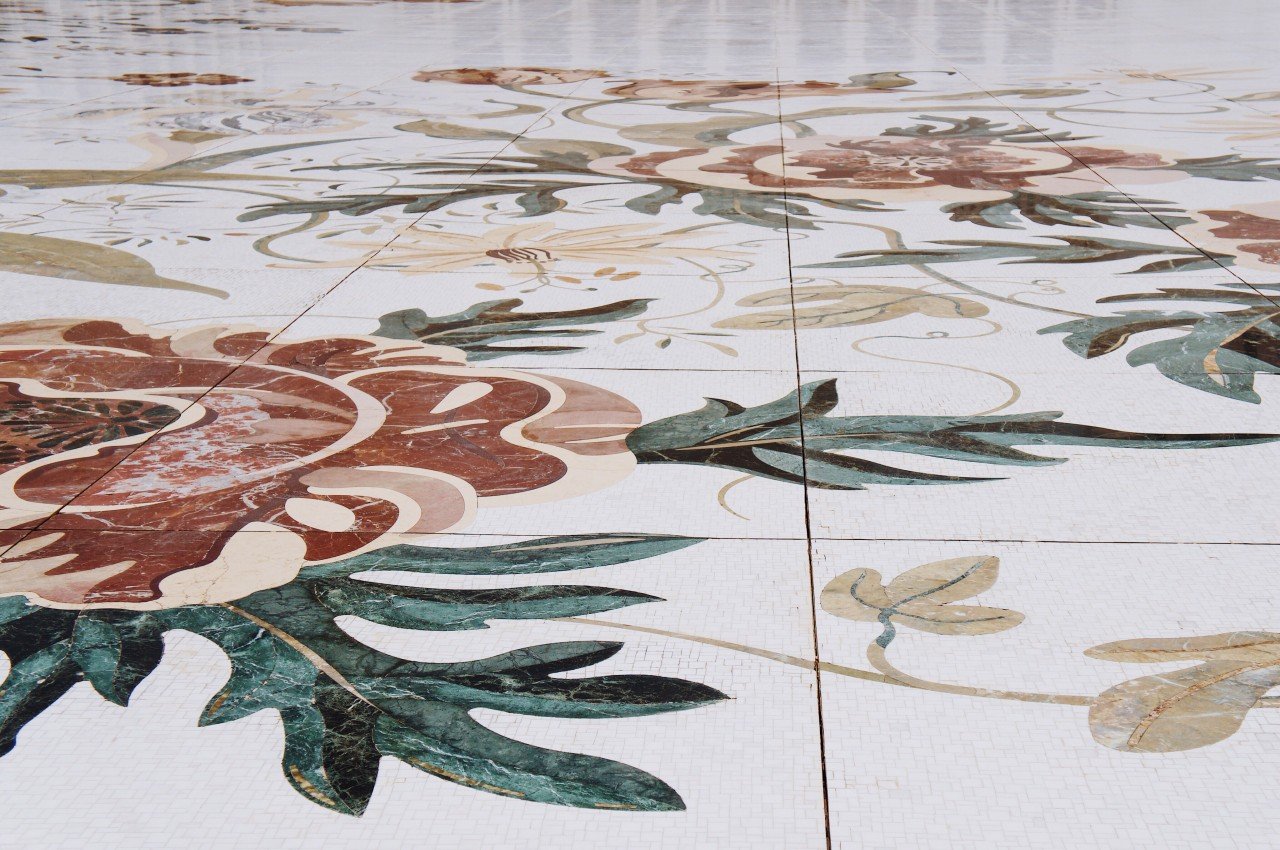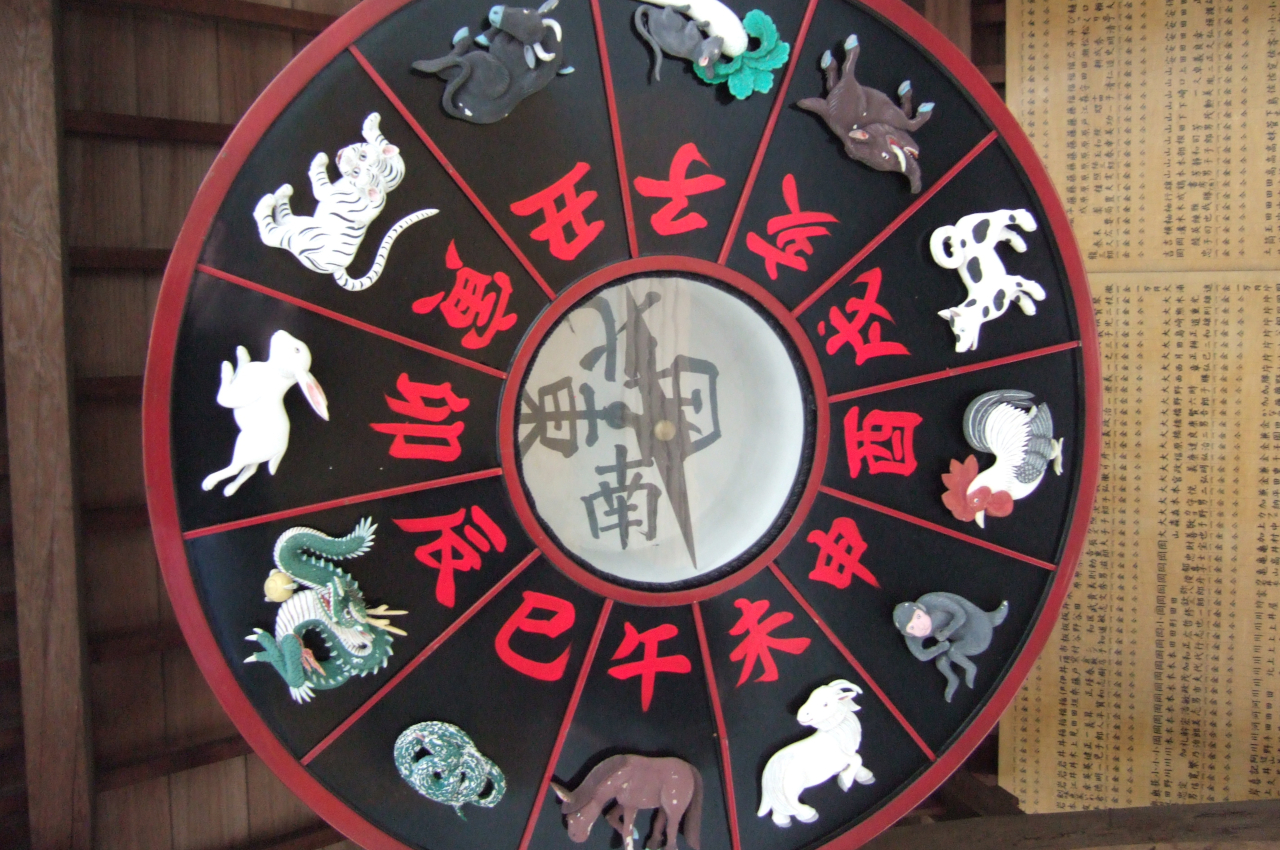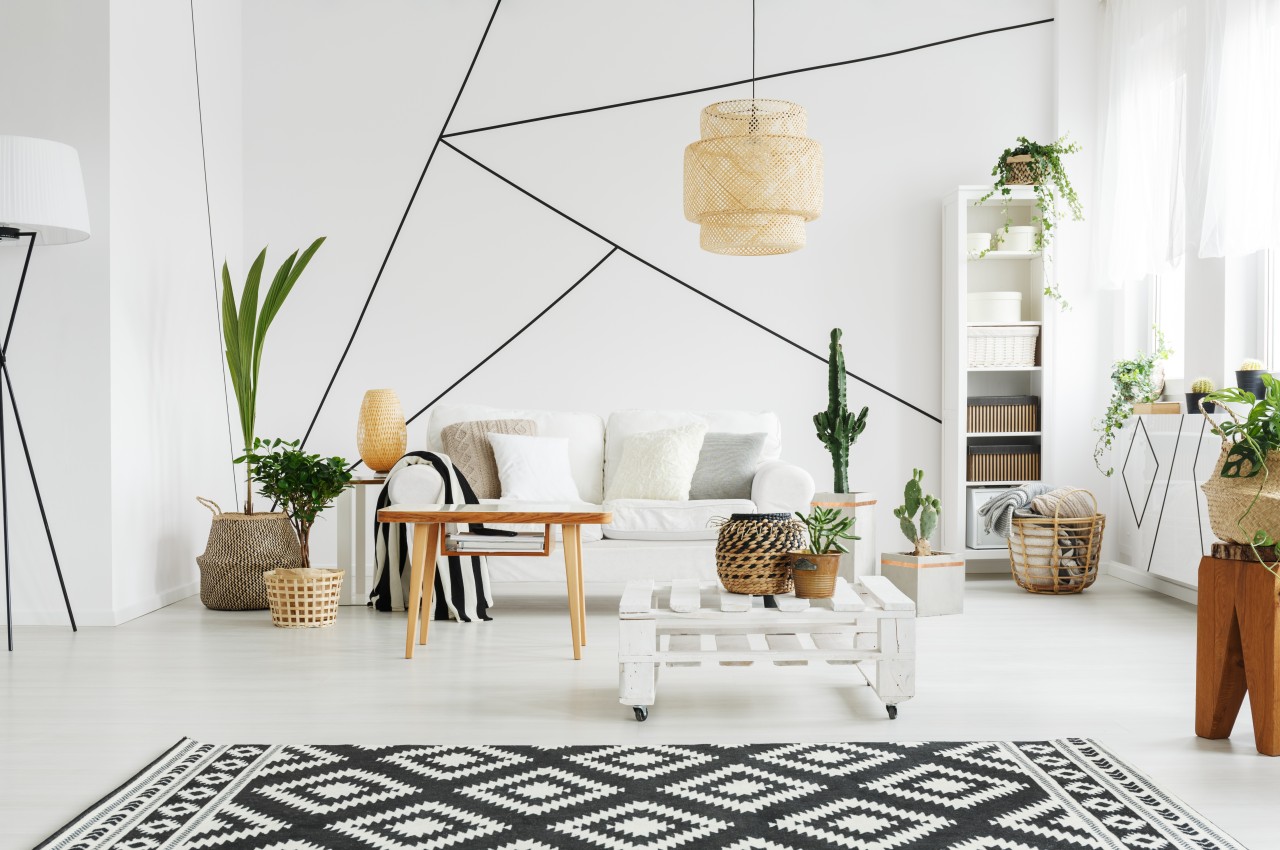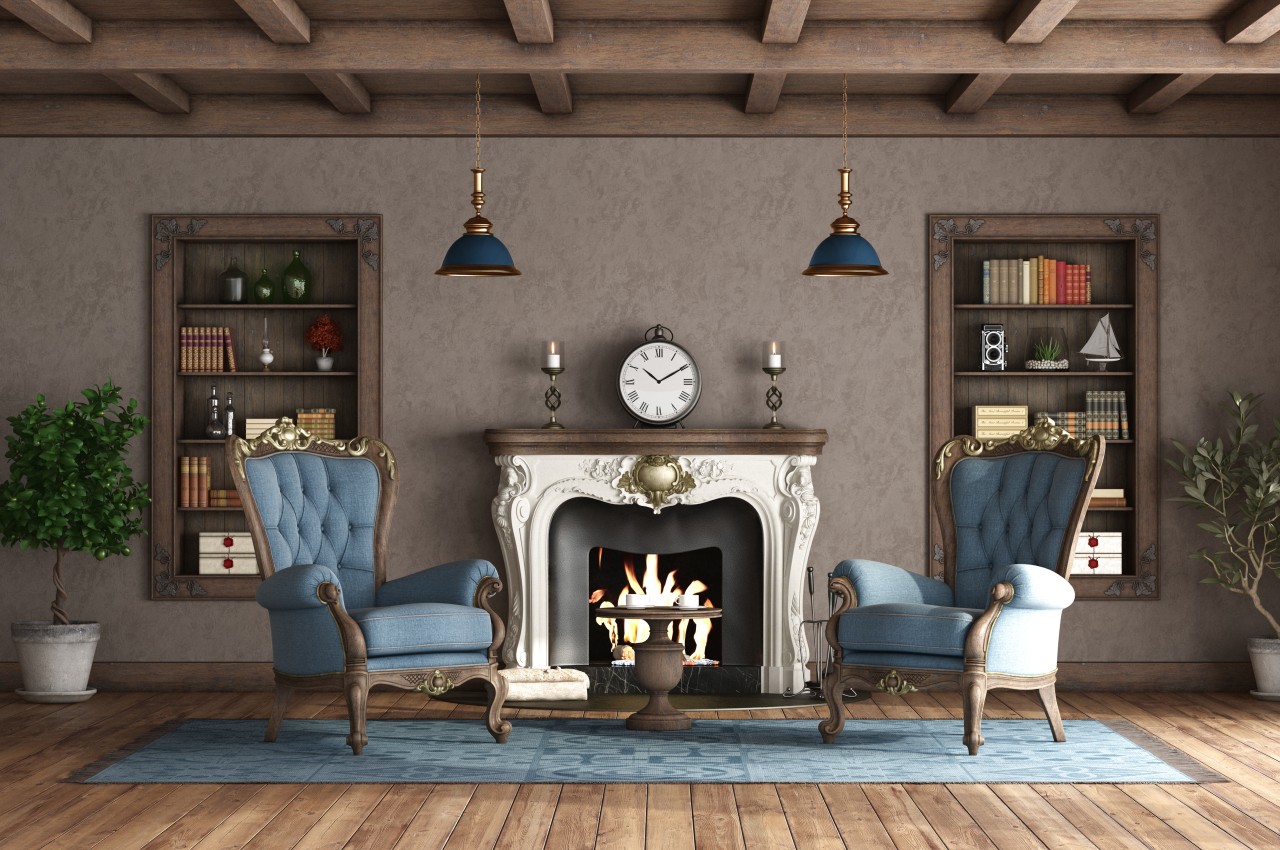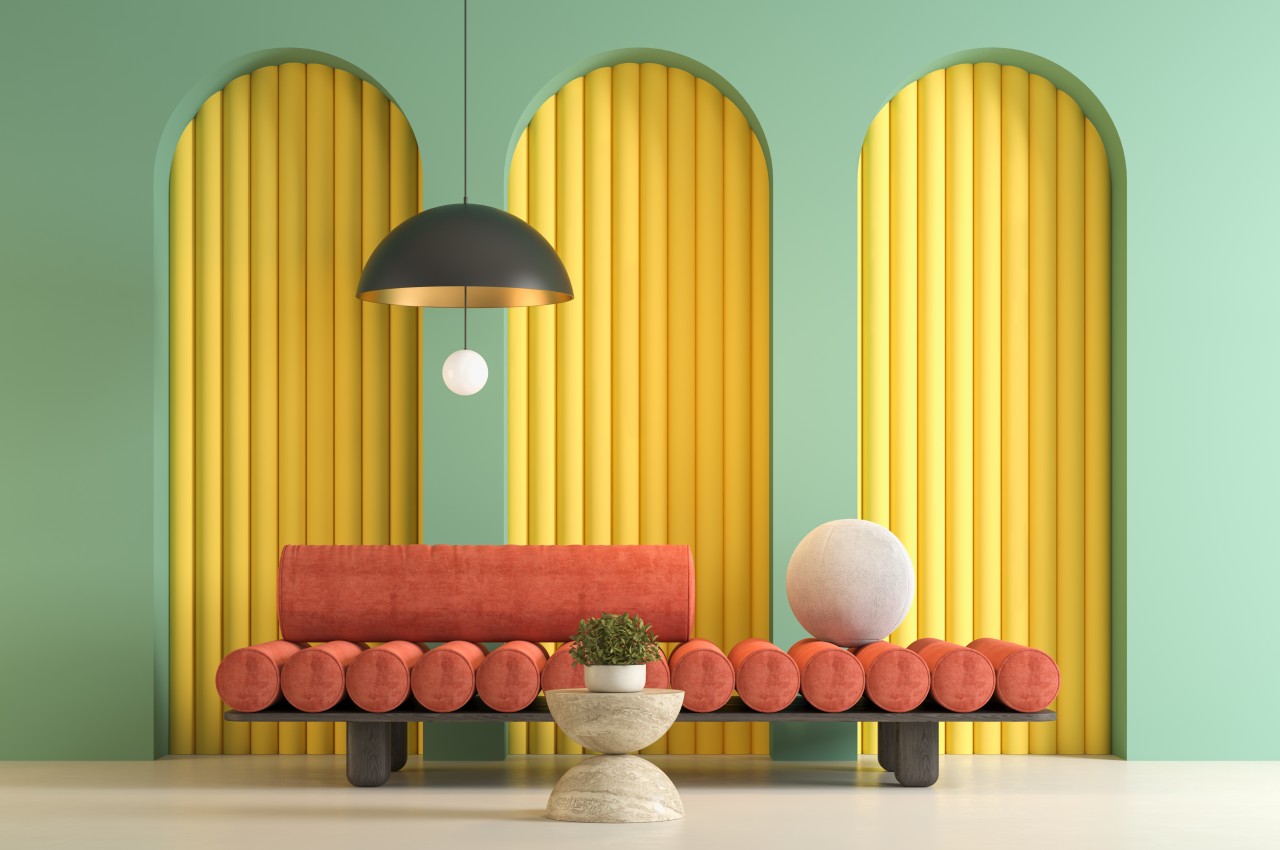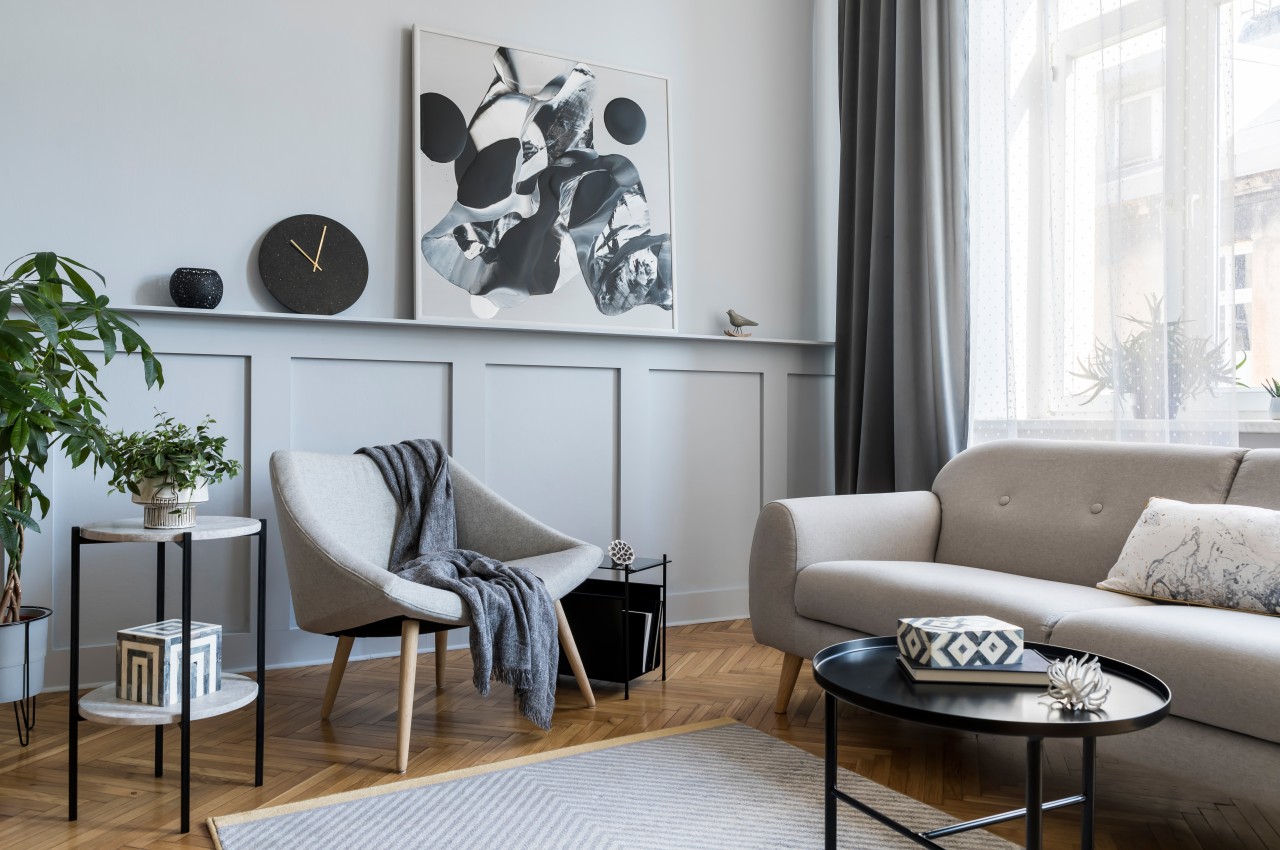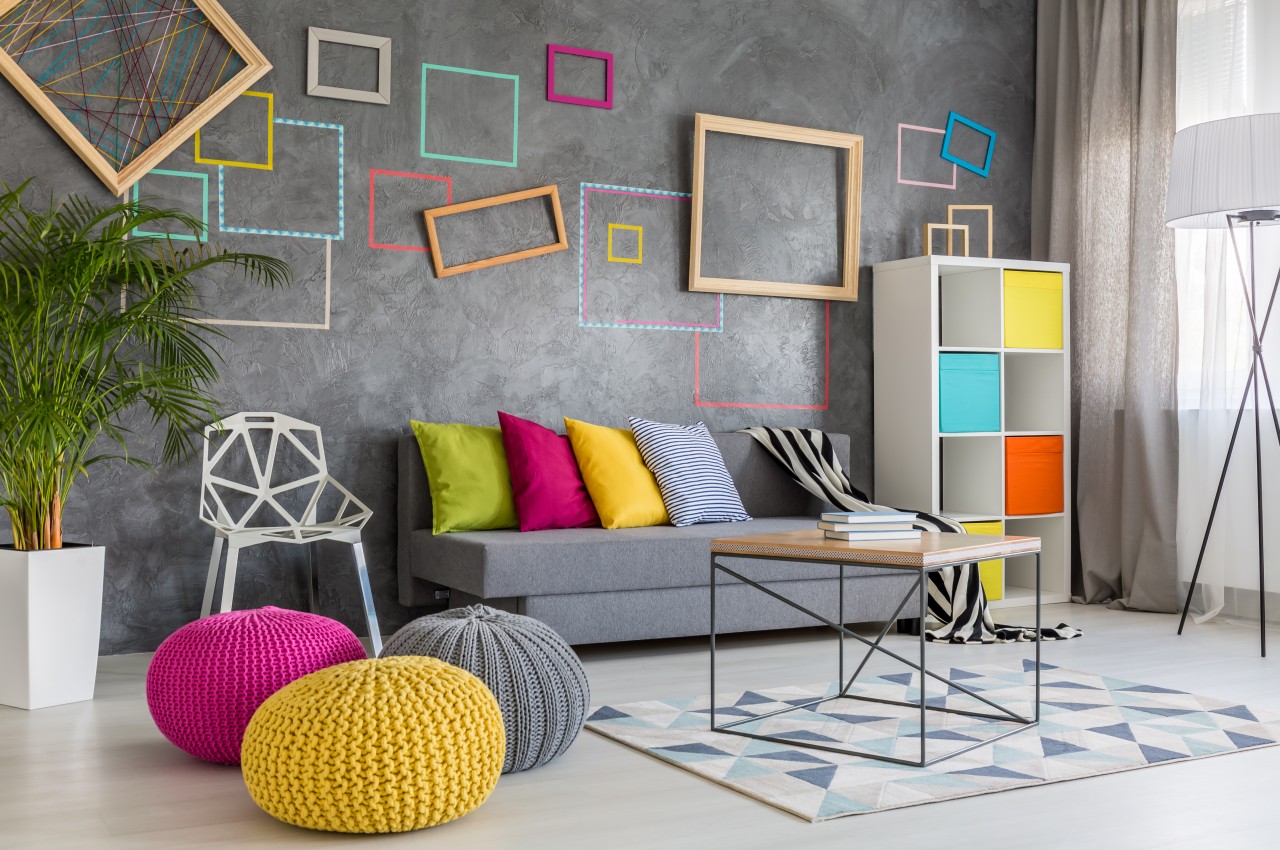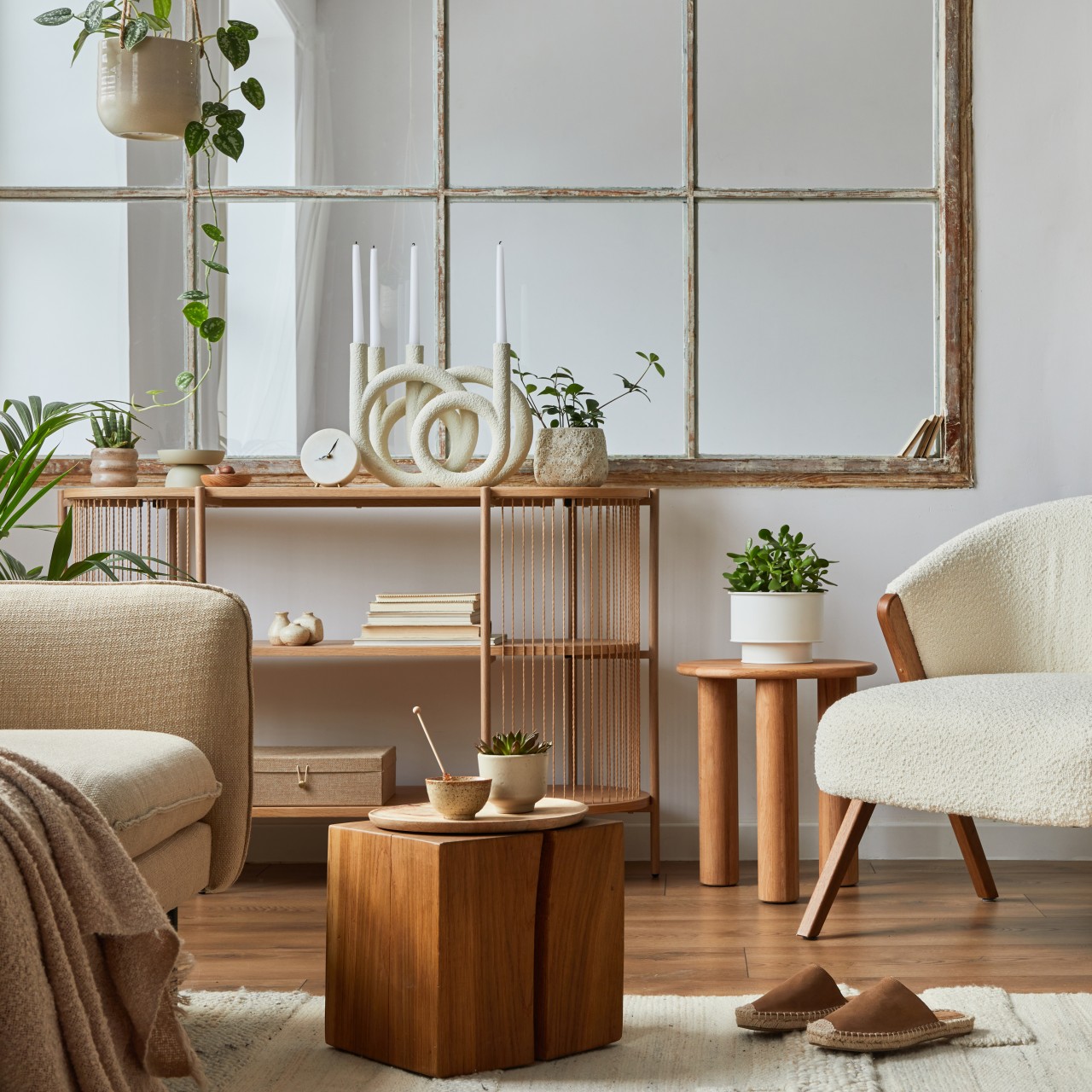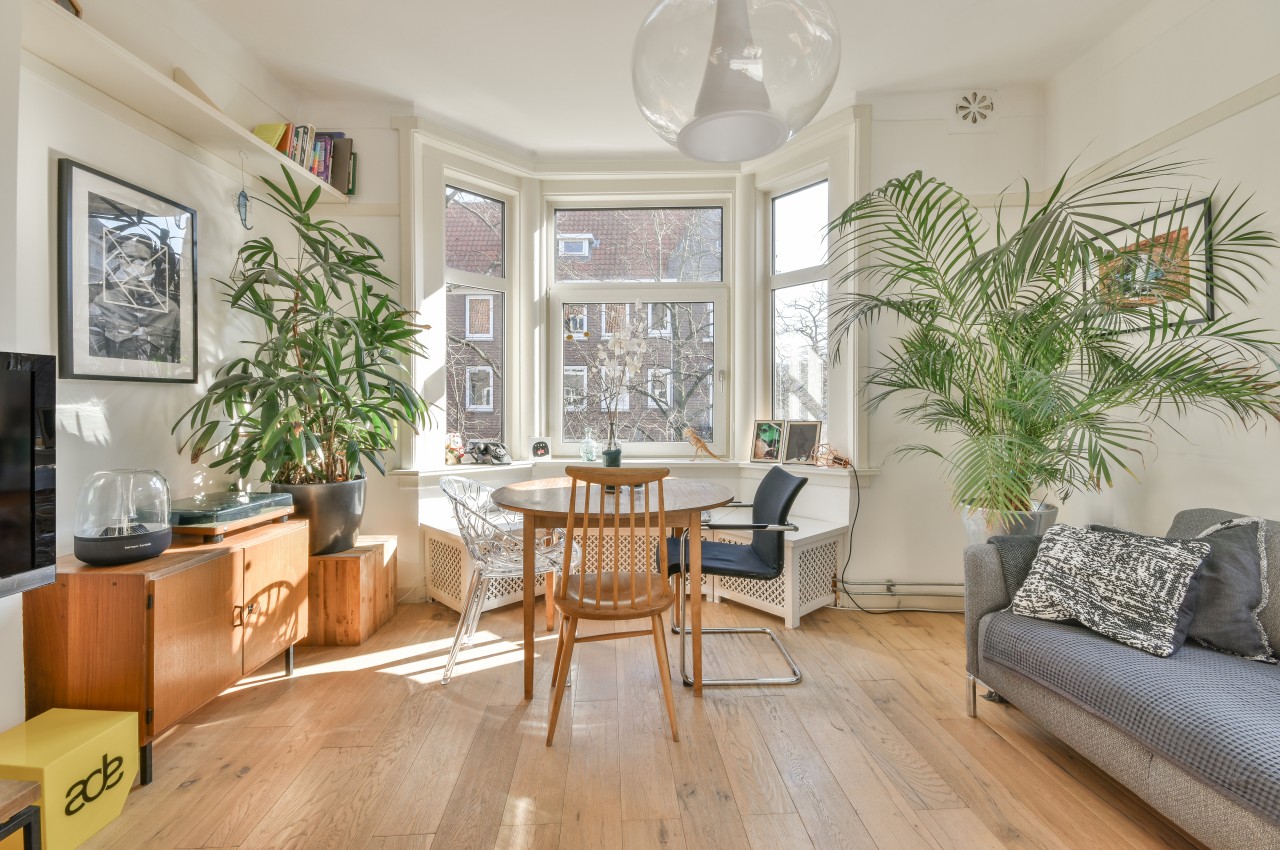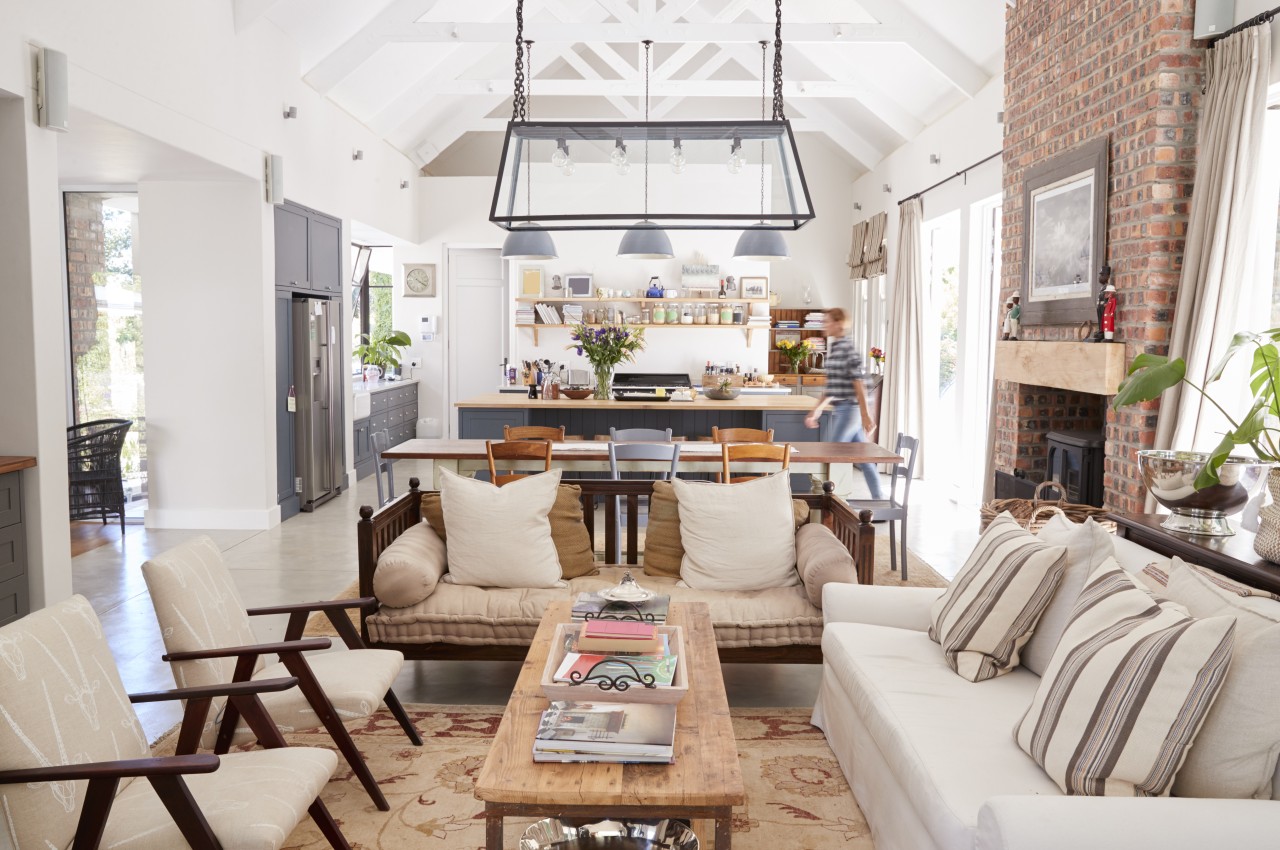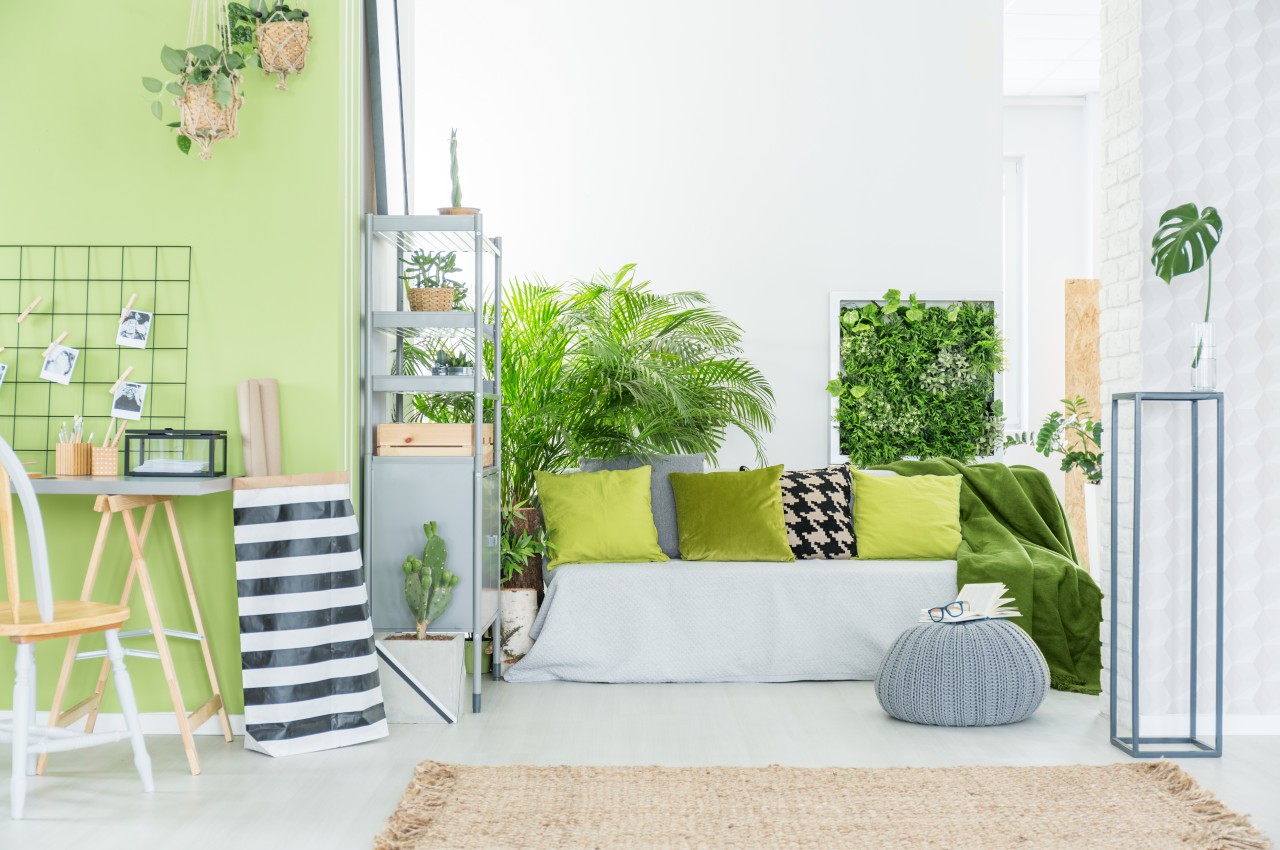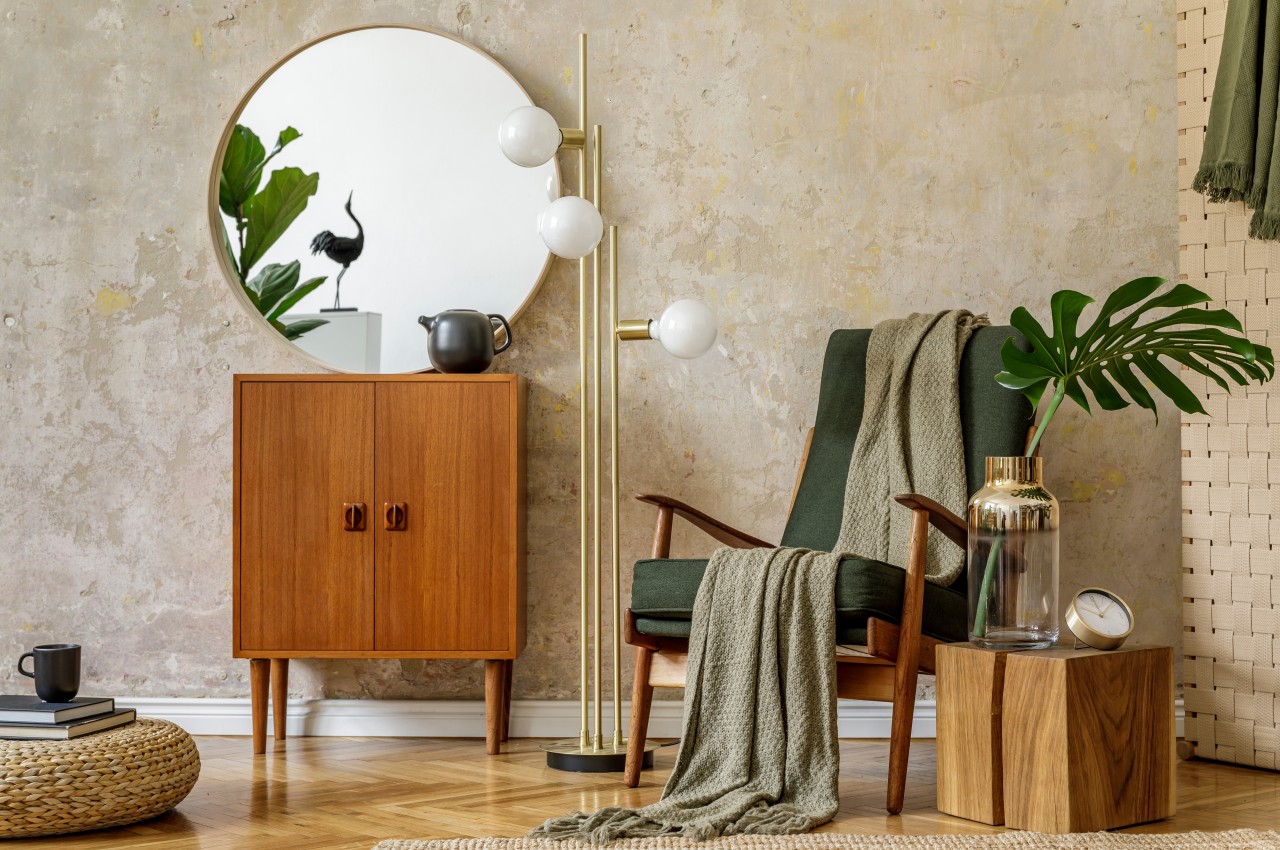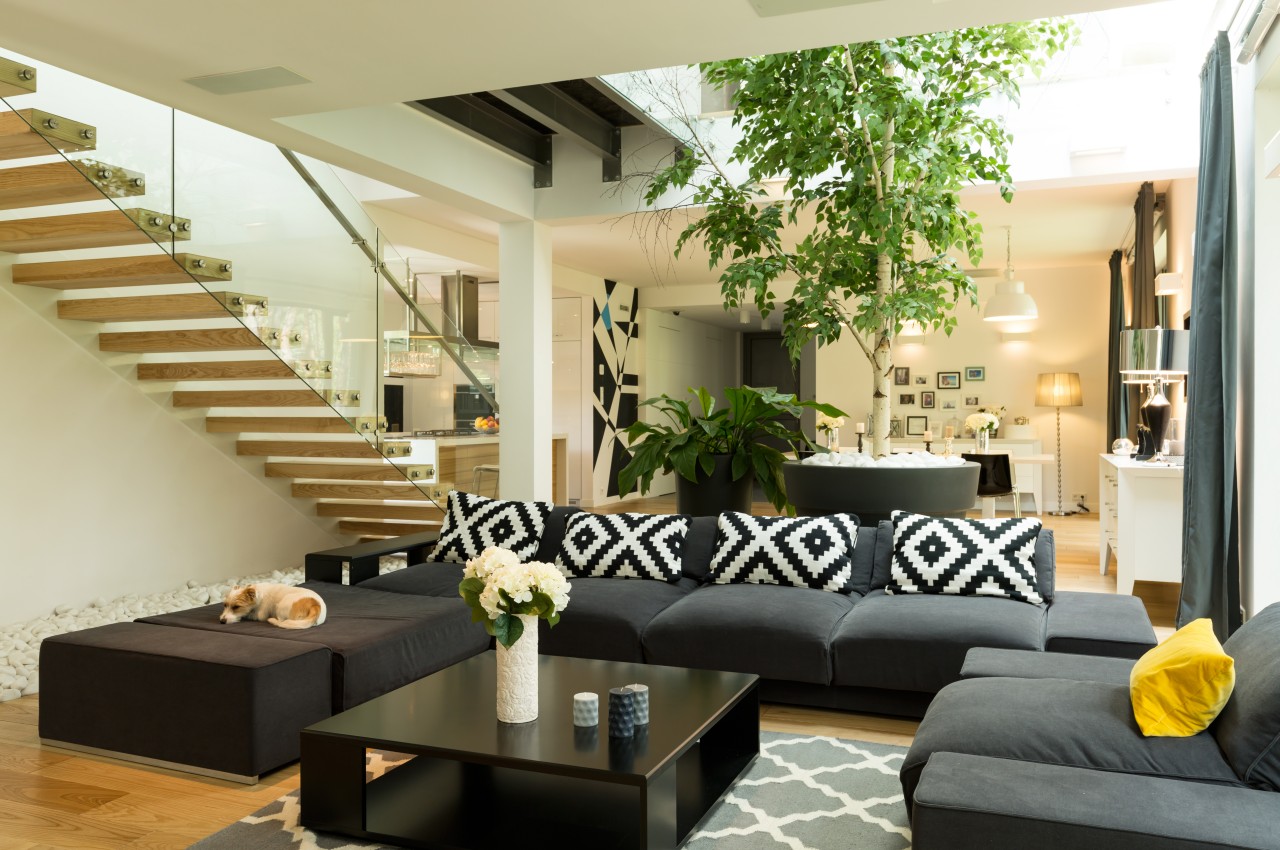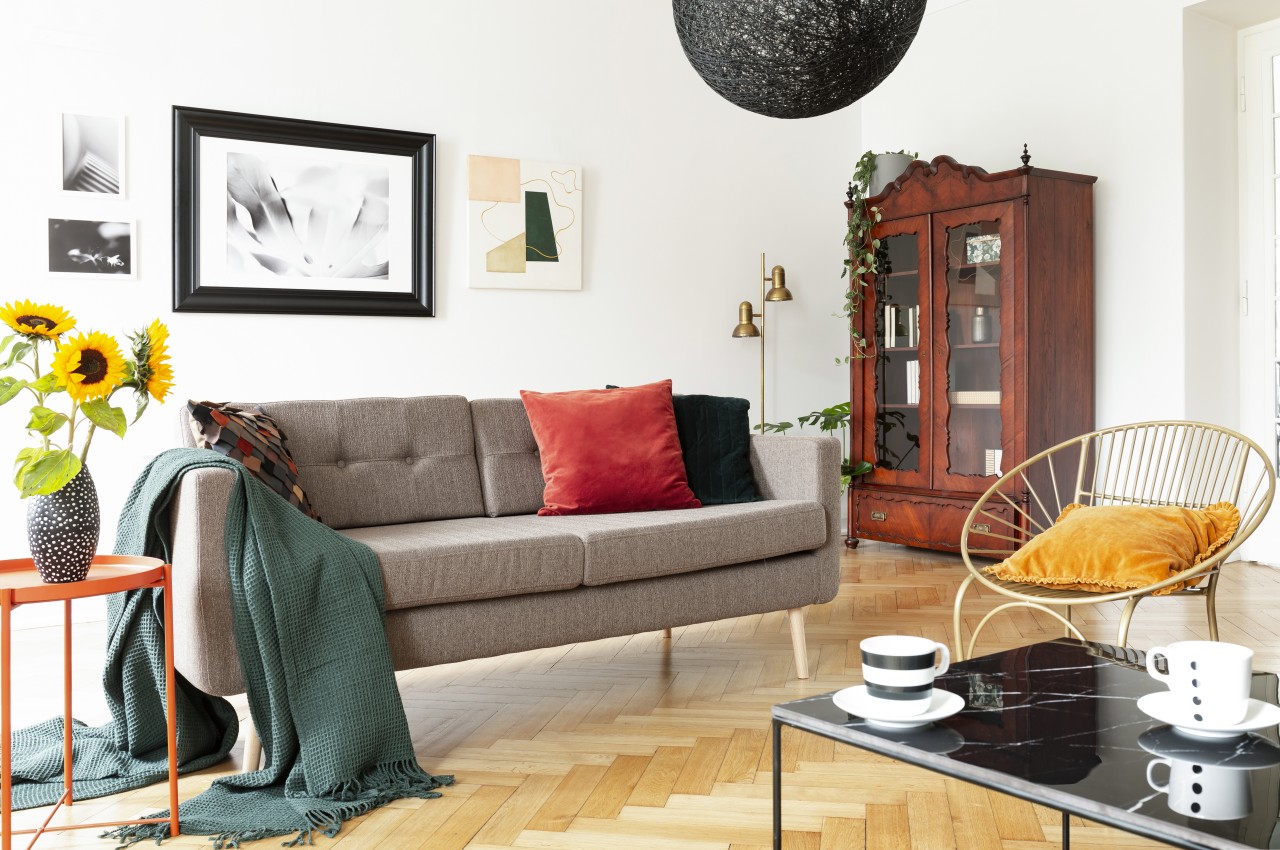
Mental health is a global public health concern. Investigating the impact of our physical surroundings on our emotions, particularly through design, offers significant potential to enhance the quality of our spaces. Some aspects of interior design possess psychological impacts that are capable of influencing our mood and mental well-being. If you seek a home interior that promotes mental well-being, utilize these design tips to plan your space and get started.
Image courtesy of: seventyfourimages
1. Biophilic Design
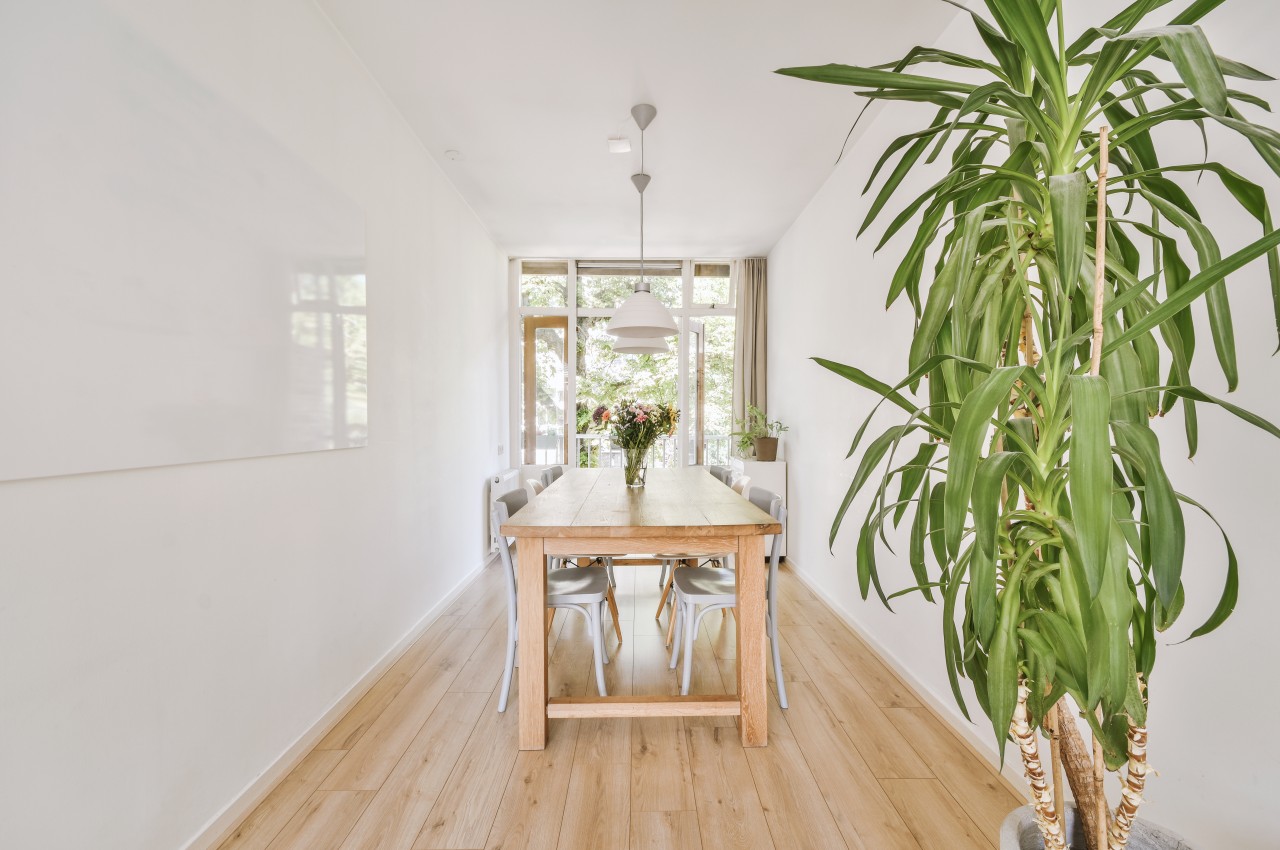

Image courtesy of: pro_creator
Nature significantly impacts mental well-being, reducing stress, boosting memory, and fostering happiness and creativity. The biophilic design seamlessly integrates nature into interior spaces, promoting healing environments and human-nature connections, scientifically proven to enhance overall well-being by reducing stress and improving emotional wellness. Embrace nature indoors with greenery like potted plants, and succulents on floating shelves, and use the backyard for therapeutic gardening, maximizing outdoor views and sunlight for a deeper connection with nature.
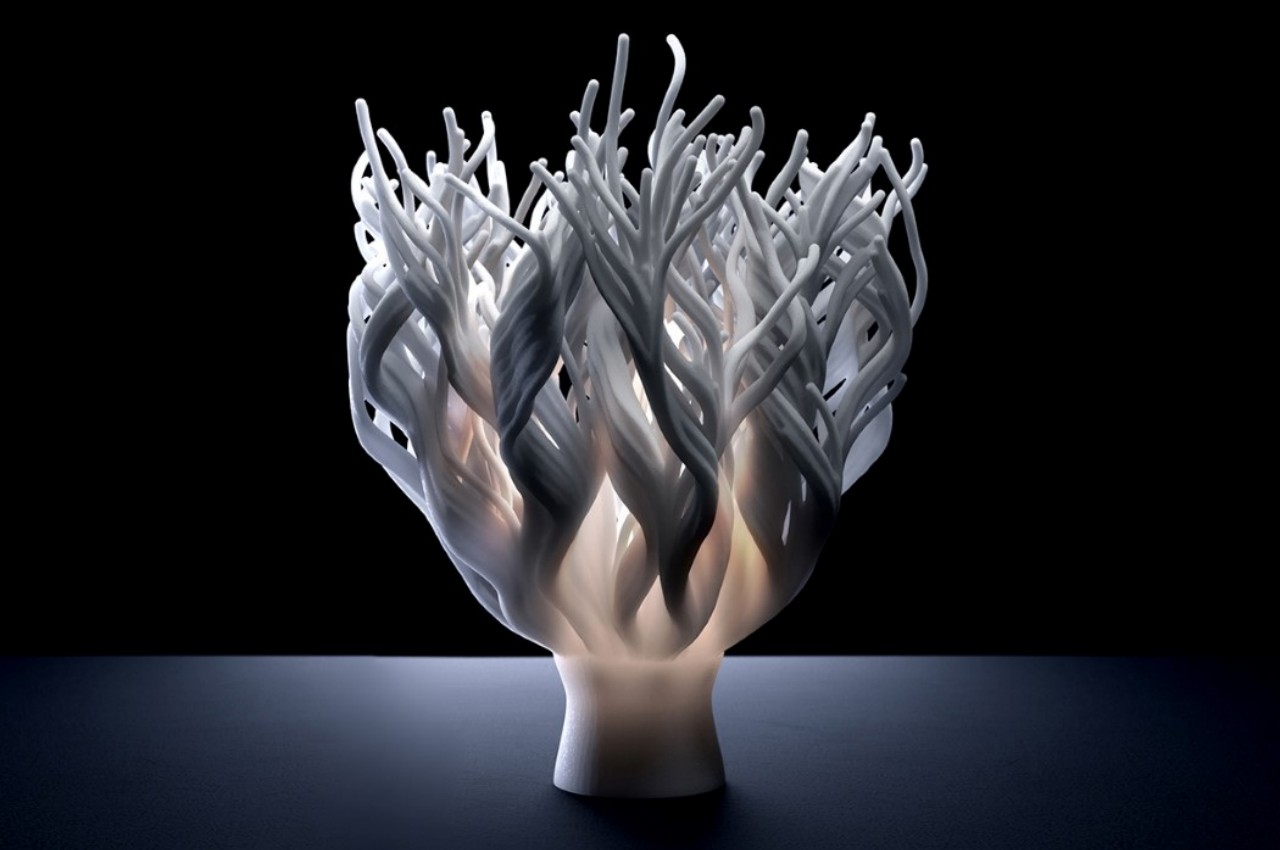
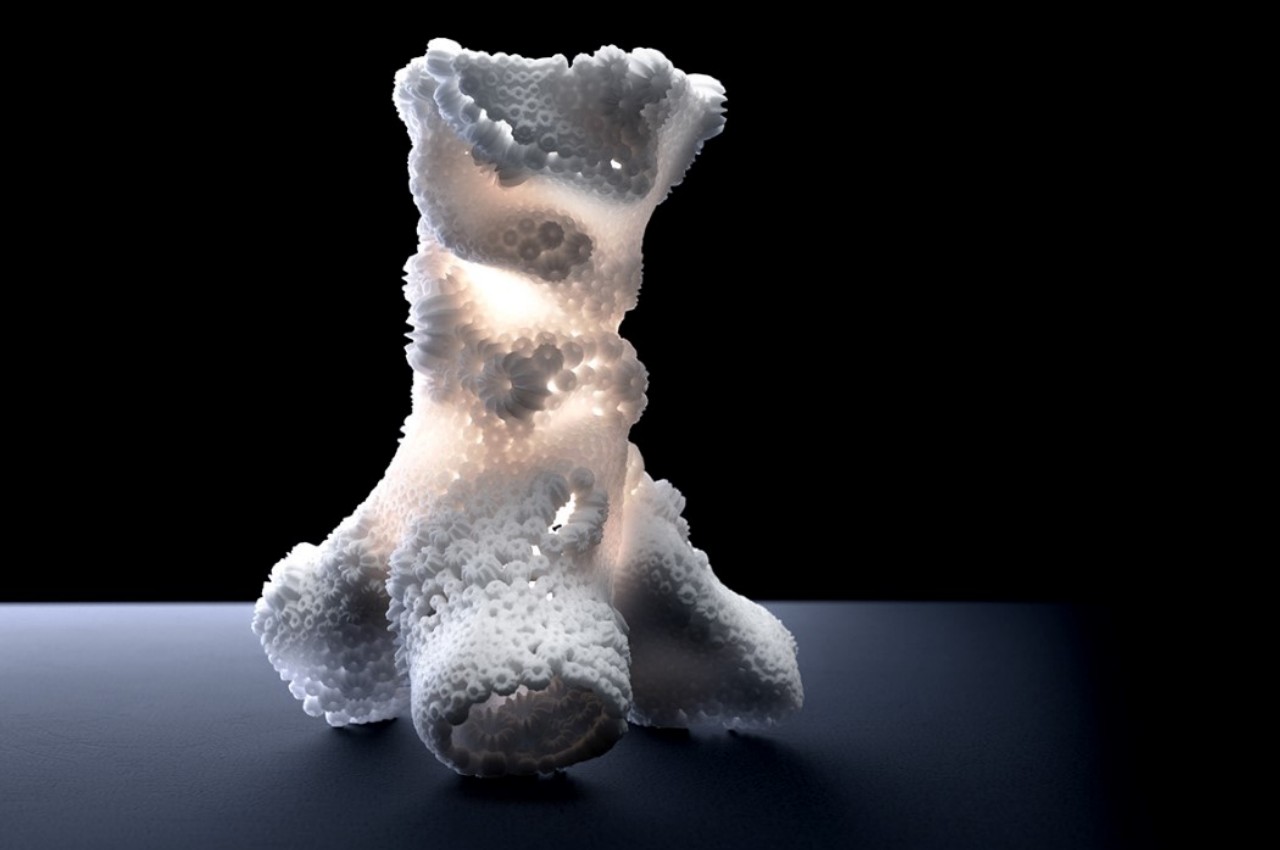
Designer: John Mauriello
John Mauriello’s Coral Lighting Collection is a fusion of art and technology, capturing the beauty of natural growth with intricate designs inspired by coral formations. Featuring Timor, Sargasso, and Celebes, each lamp reflects the unique aesthetics of different coral types. Crafted with precision using computational design algorithms, these lamps evoke a moment frozen in time, illuminating spaces with hauntingly beautiful patterns of light and shadow.
2. Use Natural Materials
Incorporating natural materials and textures like wood, stone, and plants in interior design evokes a connection to nature’s soothing rhythms, triggering relaxation by associating these elements with the outdoors.
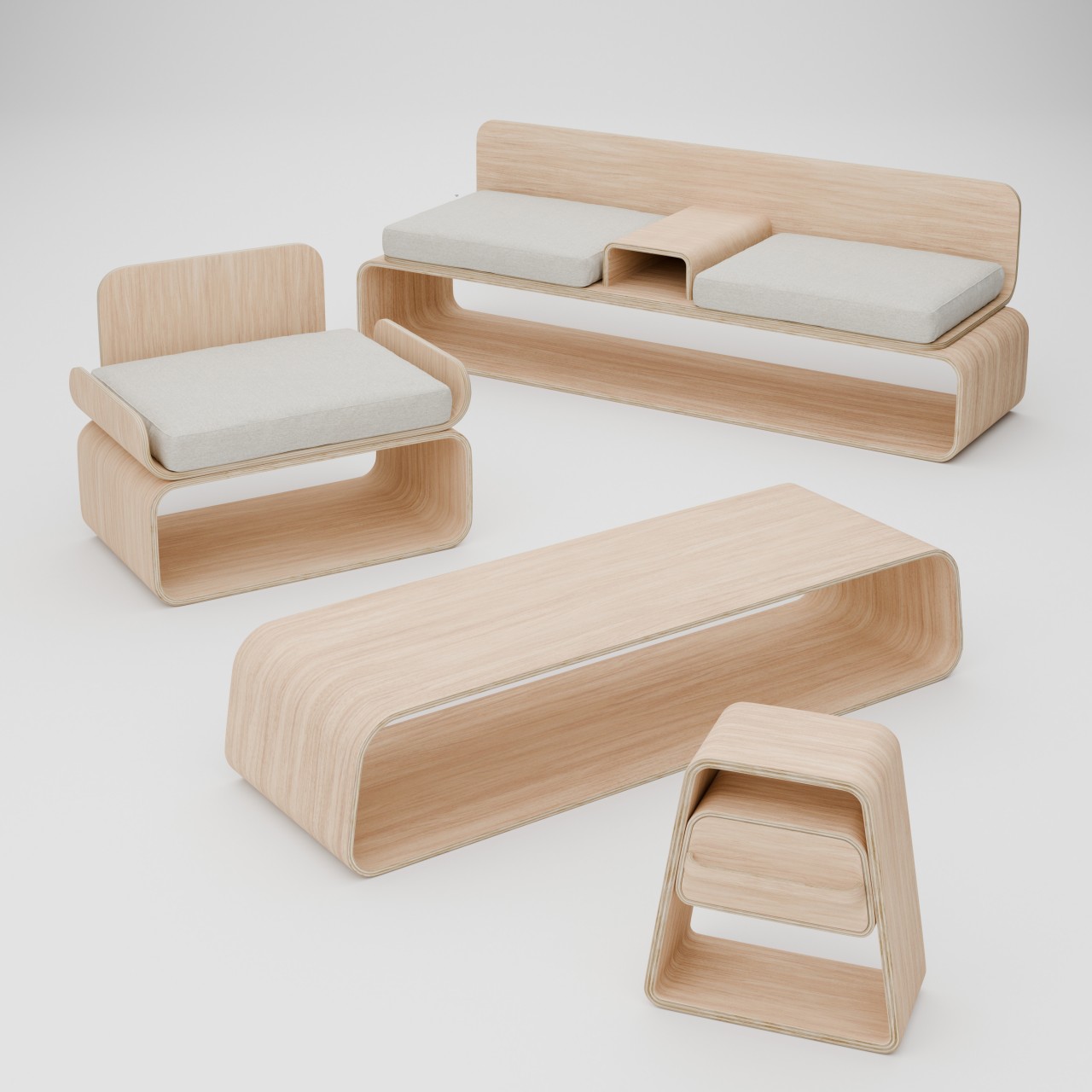
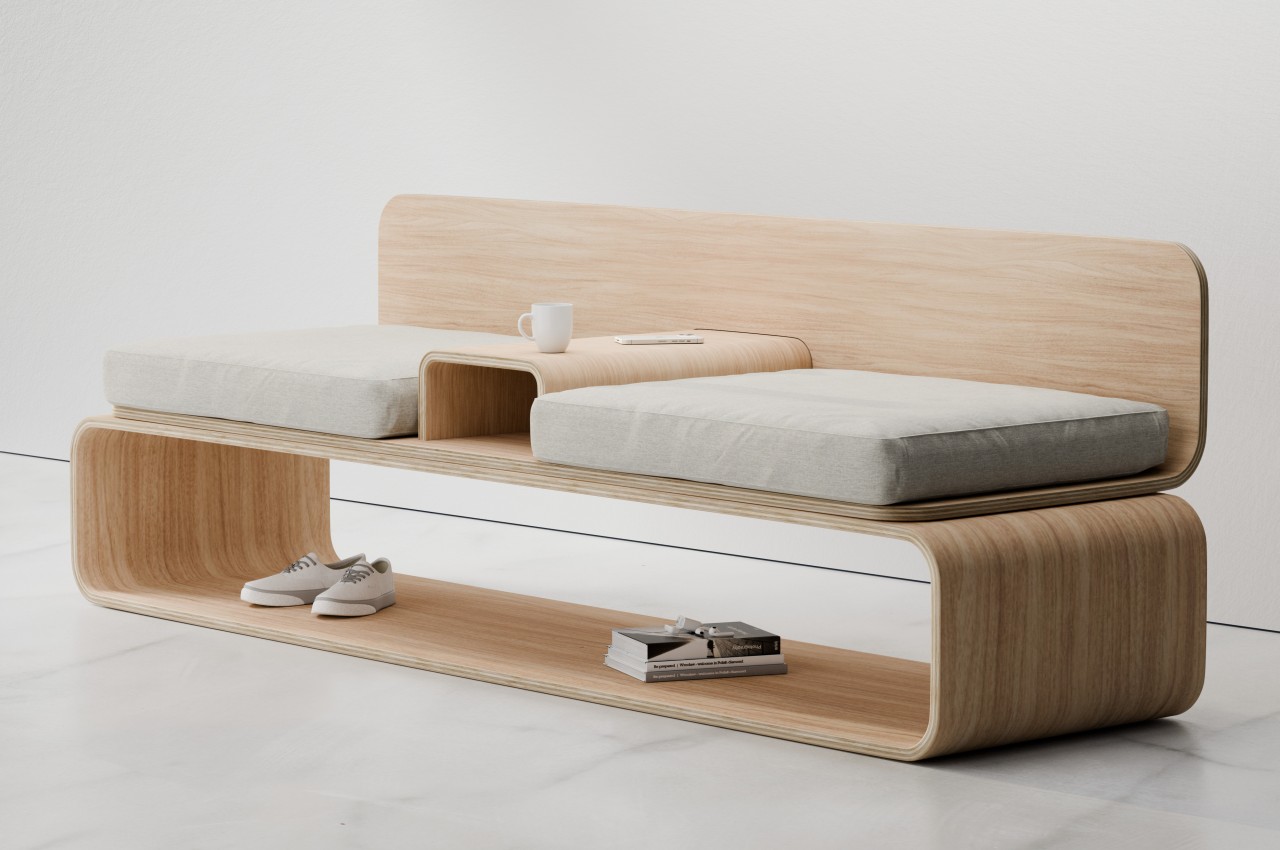
Designer: Julian Topor
Furniture takes up space, but it doesn’t always have to be idle. The KURVE collection utilizes minimalist wooden designs to maximize storage while maintaining simplicity. For example, the KURVE chair features a backless box for seating, the KURVE Couch has a central console and lower compartment, and the table and nightstand offer trapezoidal designs with storage spaces above and below.
3. Introduce a Water Feature
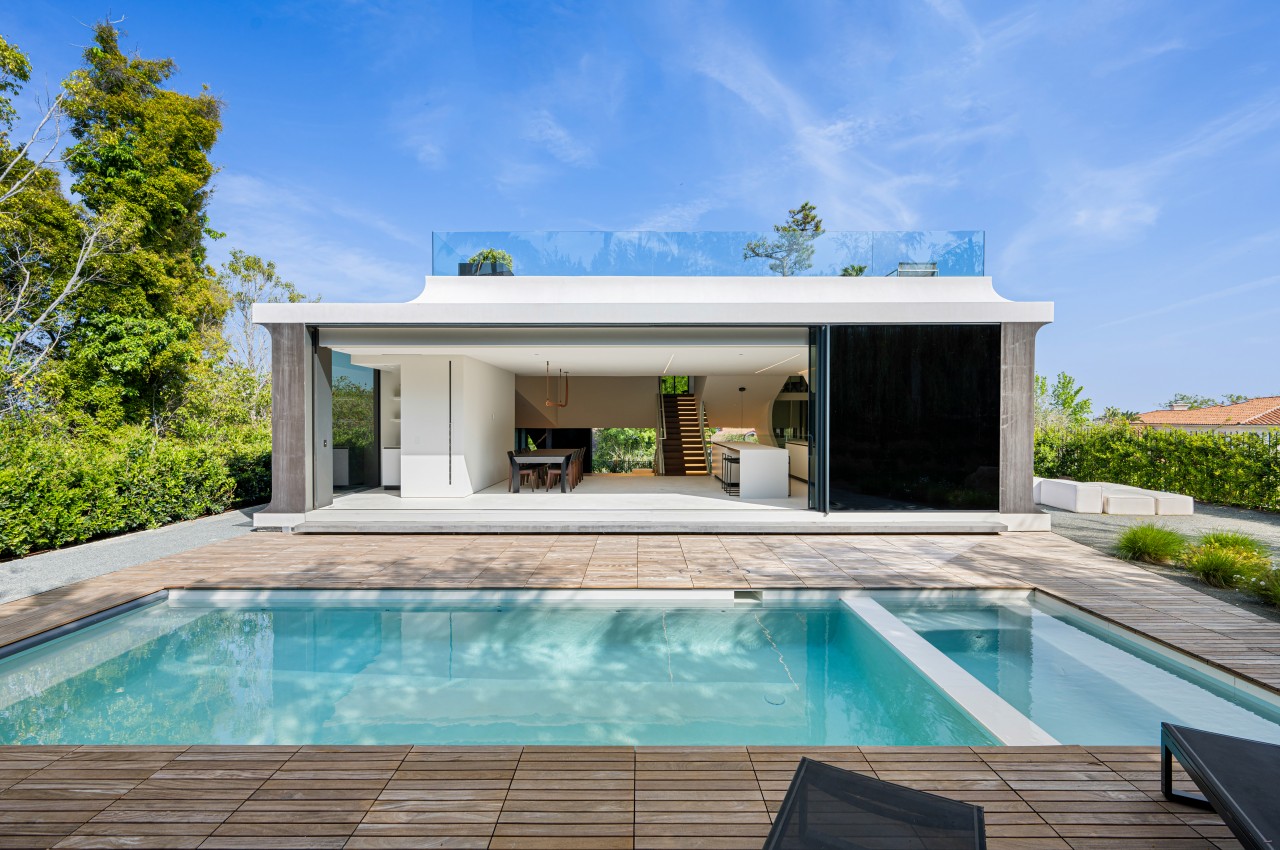
Image courtesy of: wirestock
Water’s presence significantly impacts mental health, with studies showing that individuals living near the oceans, especially with ocean views report better well-being. Our brains naturally respond positively to water, inducing calmness, enhancing creativity, and promoting mental healing.
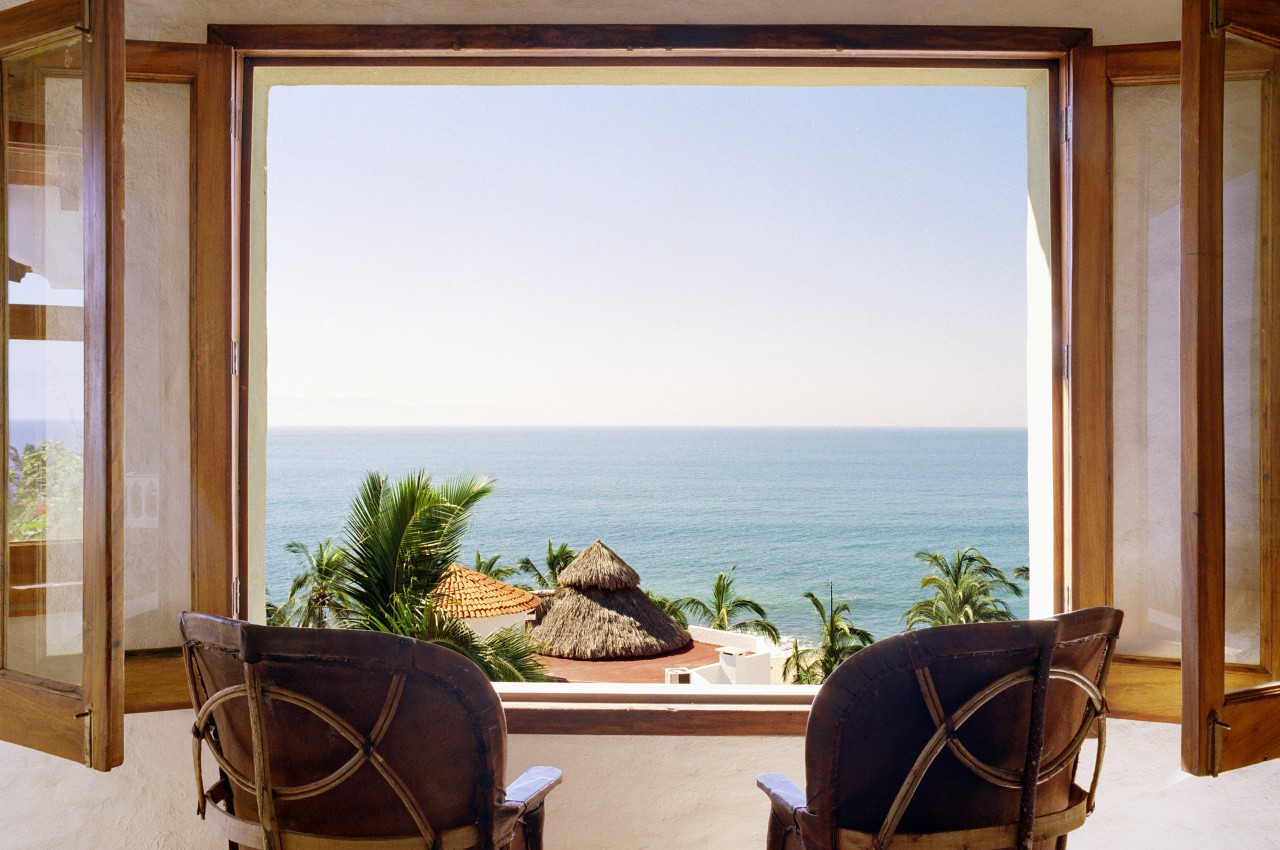
Image courtesy of: Mint_Images
4. Engage the Senses
Incorporating natural and tactile materials like wood and natural fibers in a space supports workplace mental well-being by encouraging direct engagement with touch, fostering mindfulness, and focusing attention on the present. Simple design choices, such as timber floorboards, natural stone, or exposed brickwork, can achieve this effect. For instance, when in use, this multi-sensory table introduces both scent and sound to your environment.
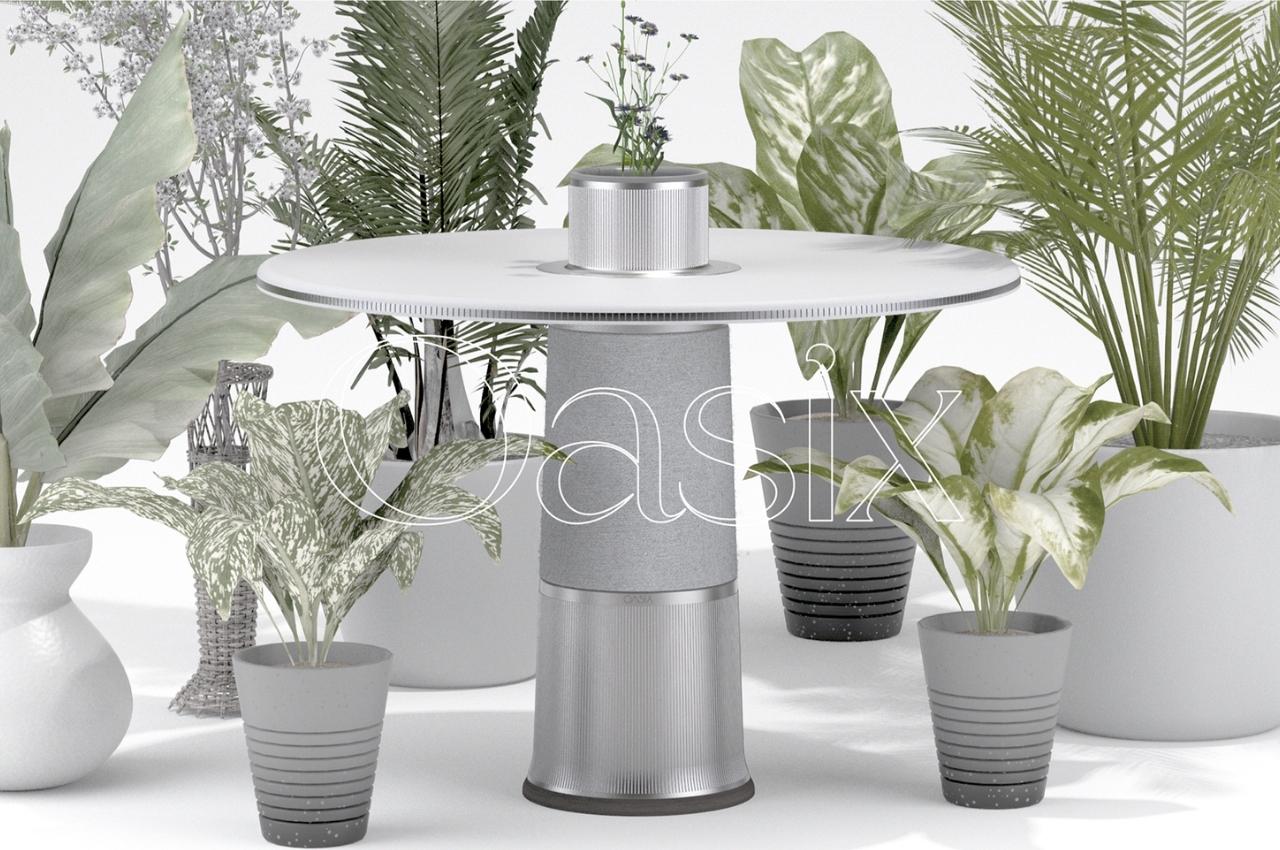
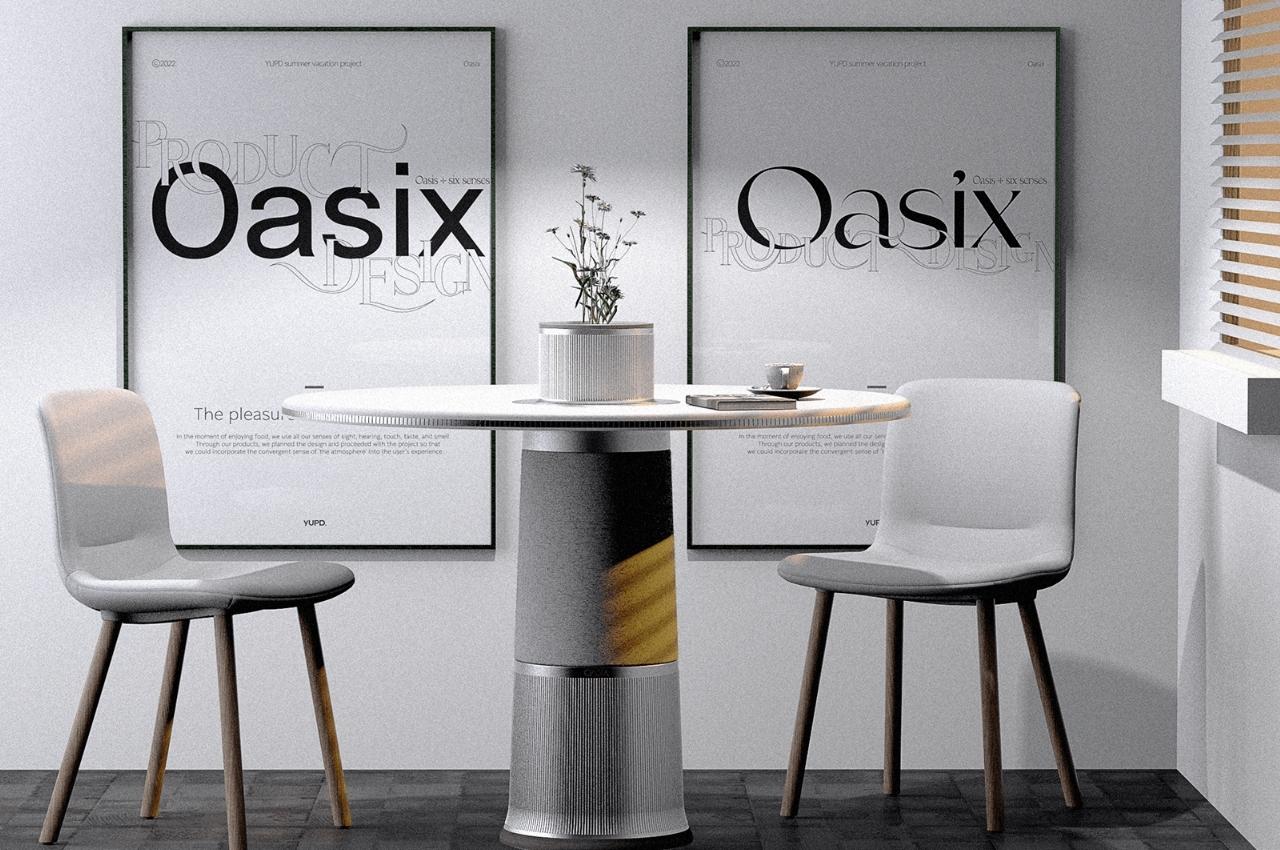
Designers: Junseo Oh, Junwan Woo, Jihoon Park, Yoon Seoyoung, Dagyeong Kim
Many cultures consider mealtime a sacred ritual, often creating dedicated spaces for peaceful dining. Imagine enhancing this experience further with the Oasix: a table featuring a built-in planter and speaker, allowing you to enjoy music or ambient sounds while enjoying your coffee or meal. Perfect for creating a sensory oasis in any setting.
5. Color Psychology
Color psychology in interior design addresses mental well-being through the strategic use of warm and cool tones. Cool hues such as blue and green evoke calmness, while warm tones like red and orange infuse warmth and energy. Neutral tones and pastel colors combine to foster an uplifting yet tranquil atmosphere.
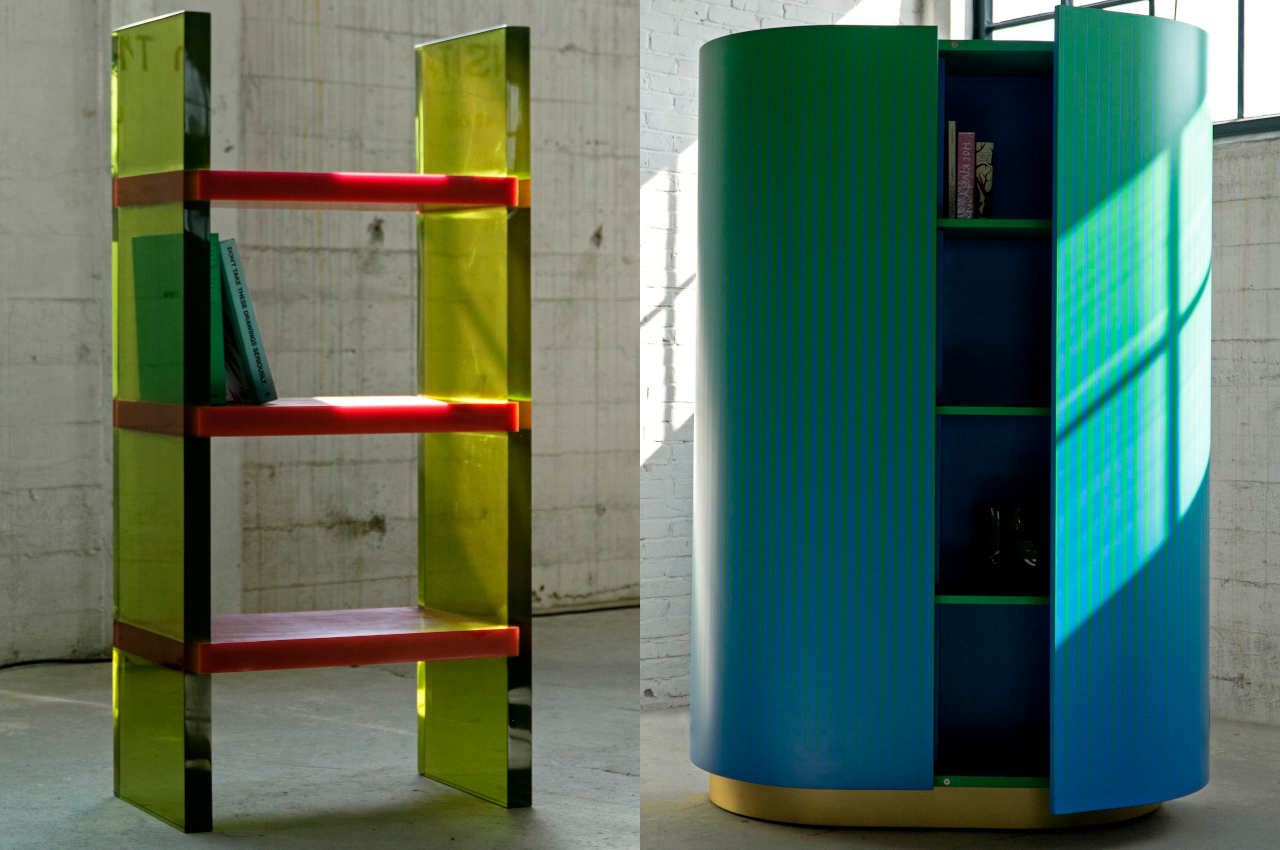
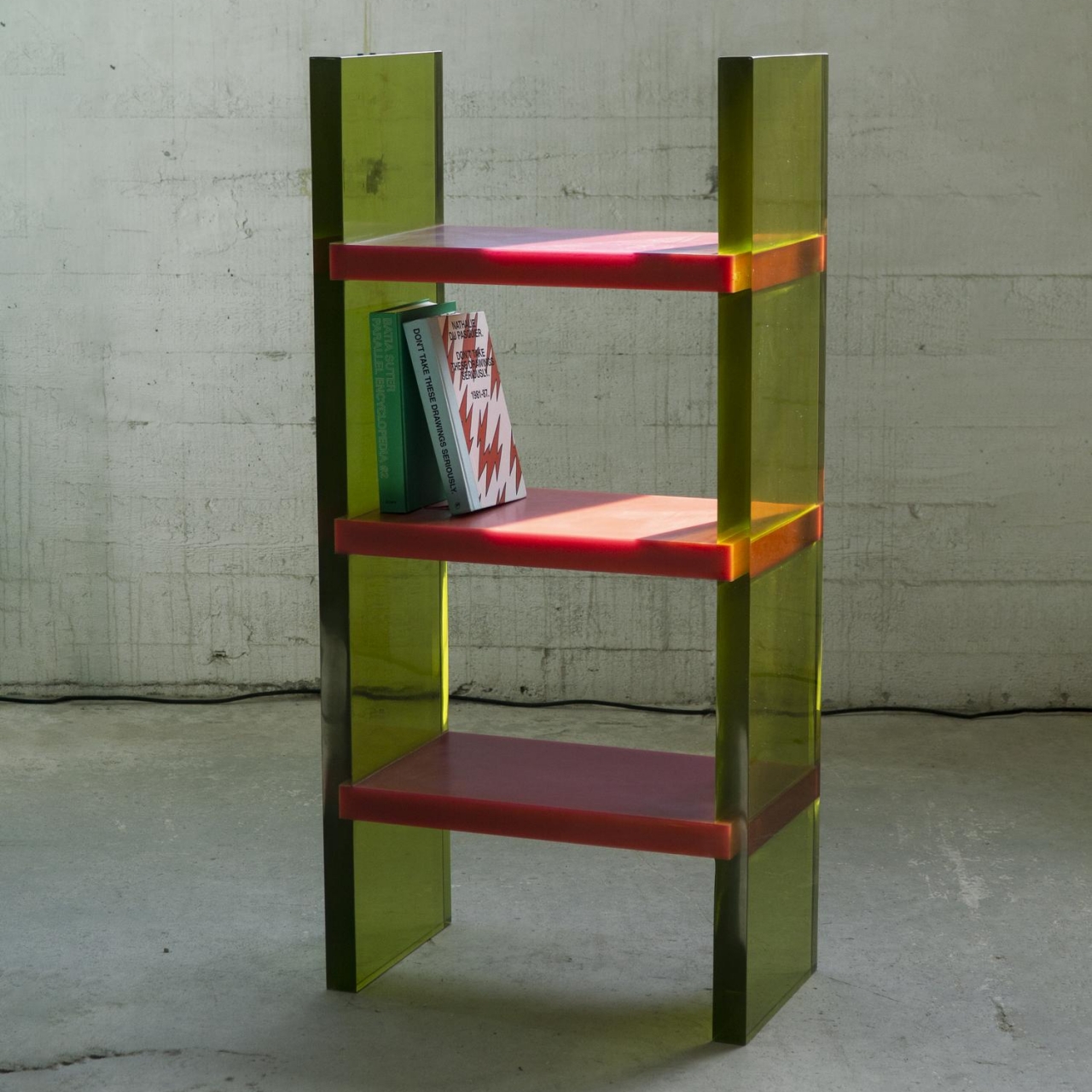
Designer: Lisa Brustolin
Minimalism has made many products, especially furniture, seem too plain, but there’s a counter-culture advocating for maximalism to address contemporary mental and emotional challenges. This new furniture collection demonstrates how ordinary objects can become room highlights through a clever mix of colors, materials, and shapes. The Differ Shelf and Opticabinet use contrast and illusion, while the Wrong Mirror offers a modern twist. Brustolin’s collection combines functionality with artistic expression in the home.
6. Clutter Free Space
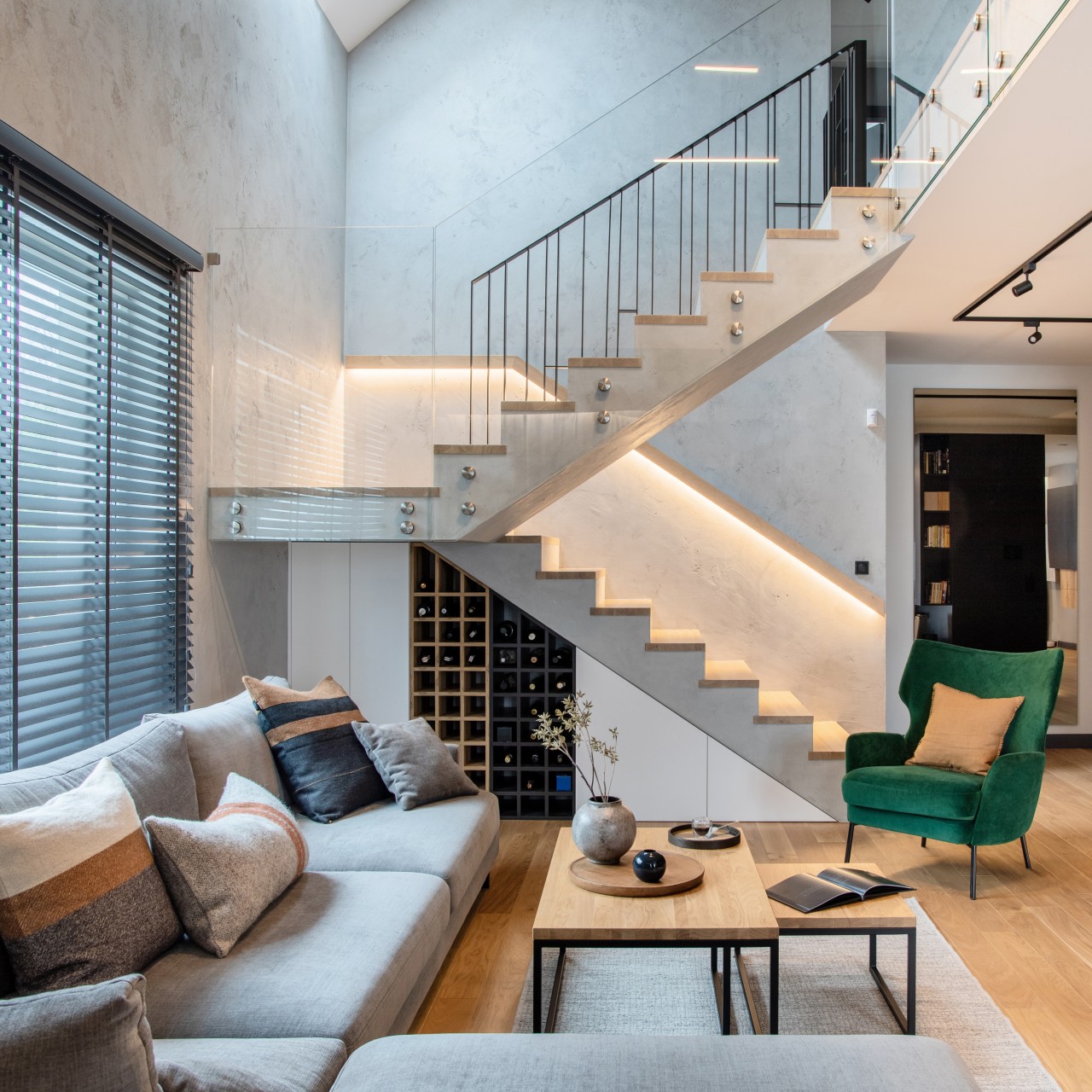
Image courtesy of: FollowTheFlowStudio
Untidy living environments can prompt the release of cortisol, a hormone associated with heightened stress levels, decreased happiness, and diminished productivity. Make sure your home is clutter-free with optimum utilization of space.
7. Reduce Noise
Sound significantly affects mood and stress levels. To reduce external noise, choose quieter areas and improve insulation. Opt for acoustic double-glazed uPVC windows for effective sound insulation. Use fabrics like tapestries, carpets, heavy curtains, and textured wall décor to minimize echo and absorb sound. Enhance relaxation by adding soothing indoor music and nature sounds like wind chimes.
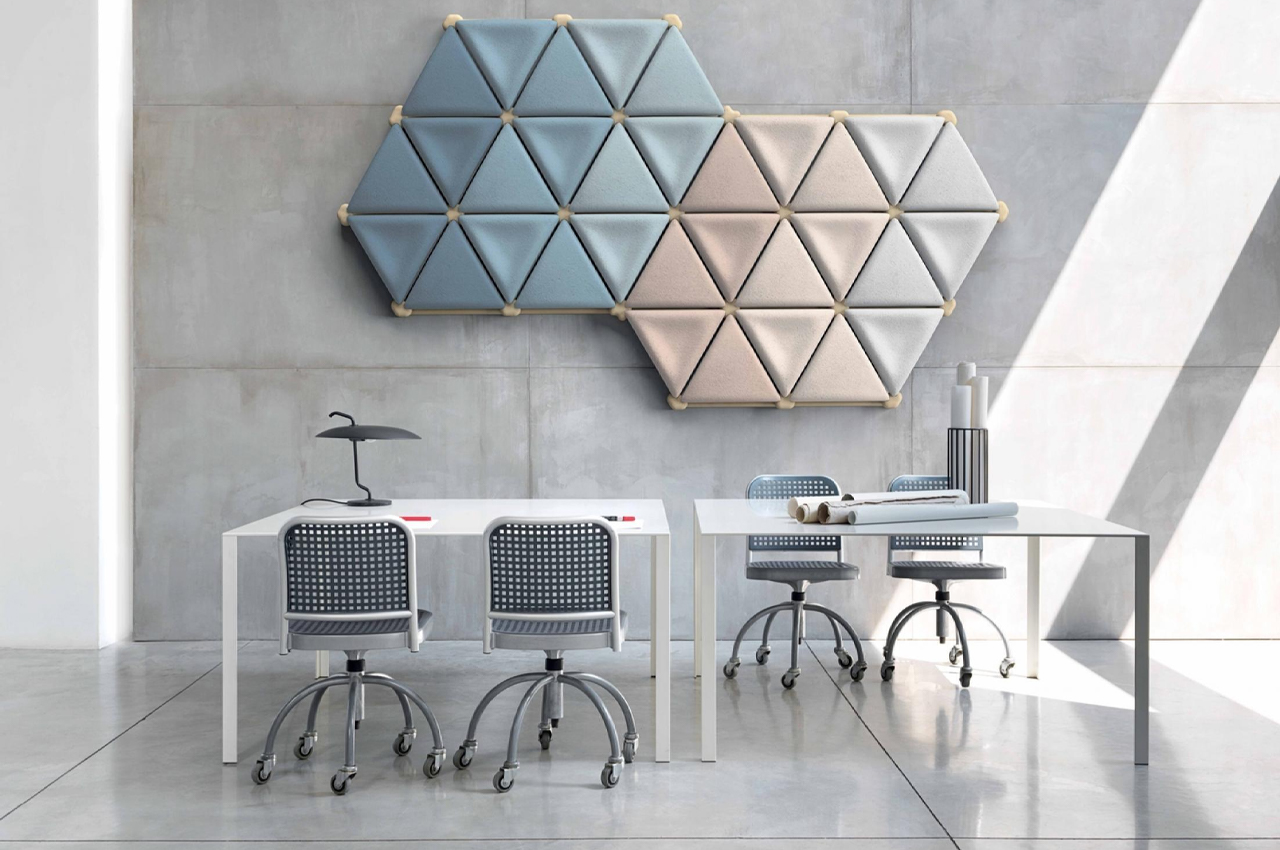
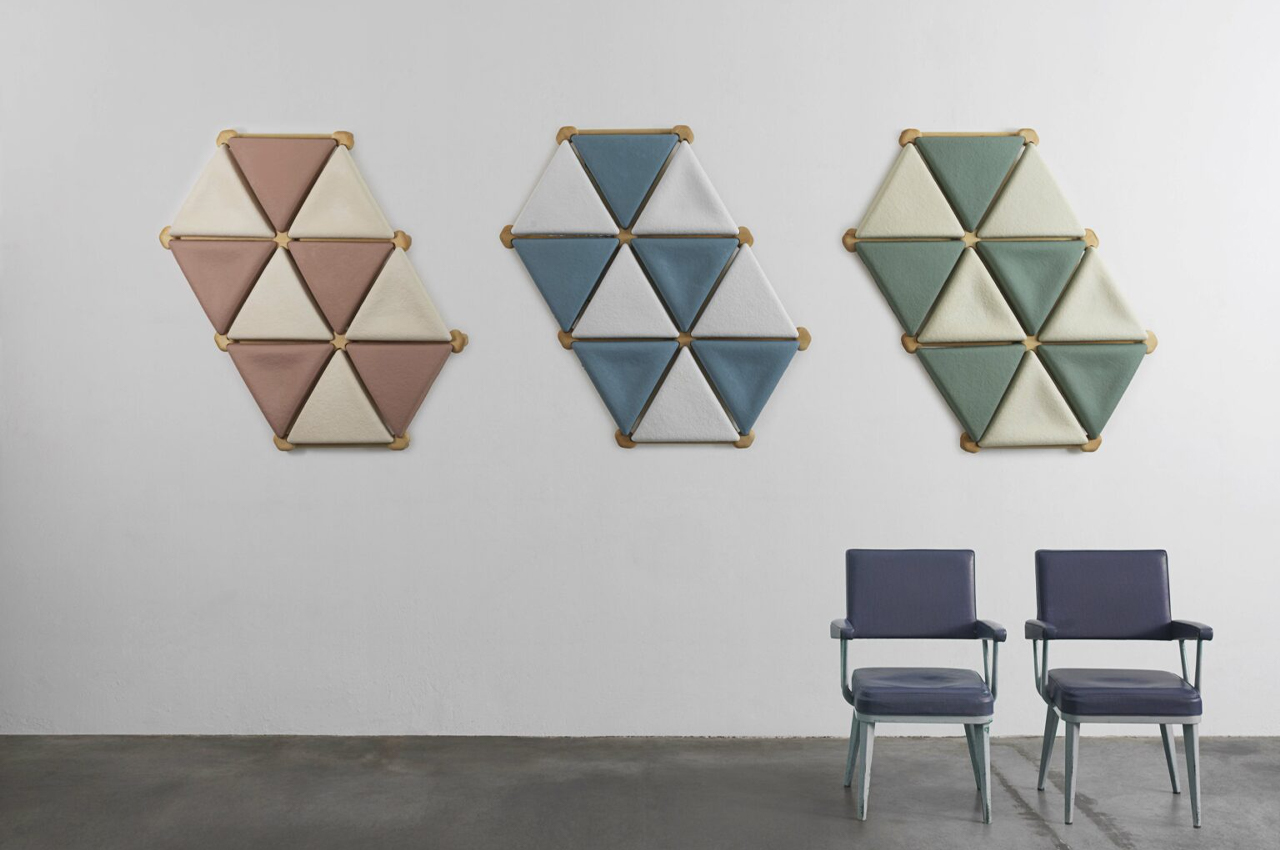
Designer: Mogu
The Foresta System by Italy-based Mogu features modular acoustic panels made from a blend of fungal mycelium and upcycled textile materials, offering durability and eco-friendliness. Integrated with wood branches and nodes and supported by a timber frame, these panels allow for easy installation and removal. Recognized for sustainability and innovation, its commitment to eco-conscious manufacturing, this collection effectively reduces noise in various environments, including home offices, by combining wooden aesthetics with the advanced properties of mycelium through cutting-edge manufacturing techniques.
8. Aromatherapy
The brain’s emotional center reacts to scent, which makes aromatherapy a powerful tool for boosting mood. Utilize diffusers to spread calming essential oils such as lavender, chamomile, woody scents, and eucalyptus throughout the air. Additionally, scatter soothing candles throughout the house and arrange fresh flowers for both visual and olfactory delight.
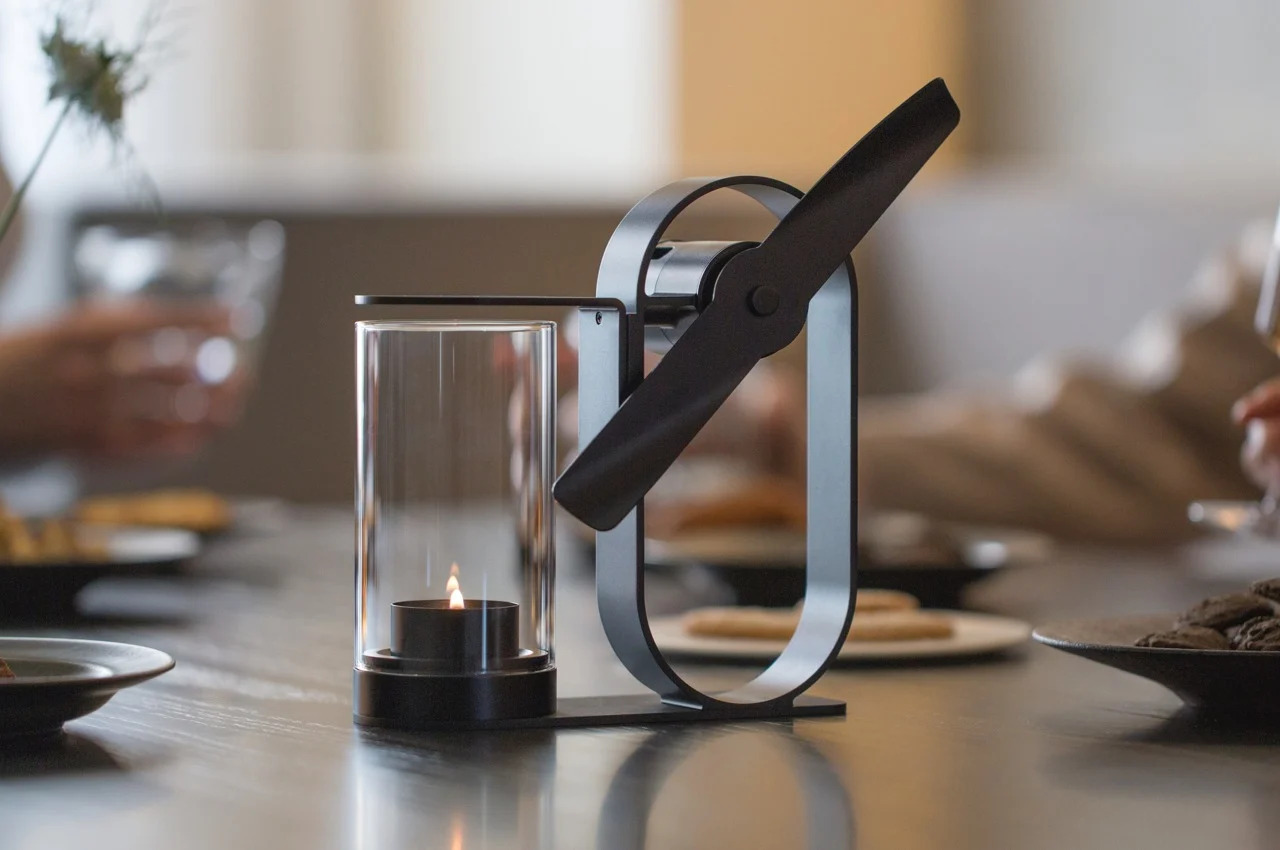
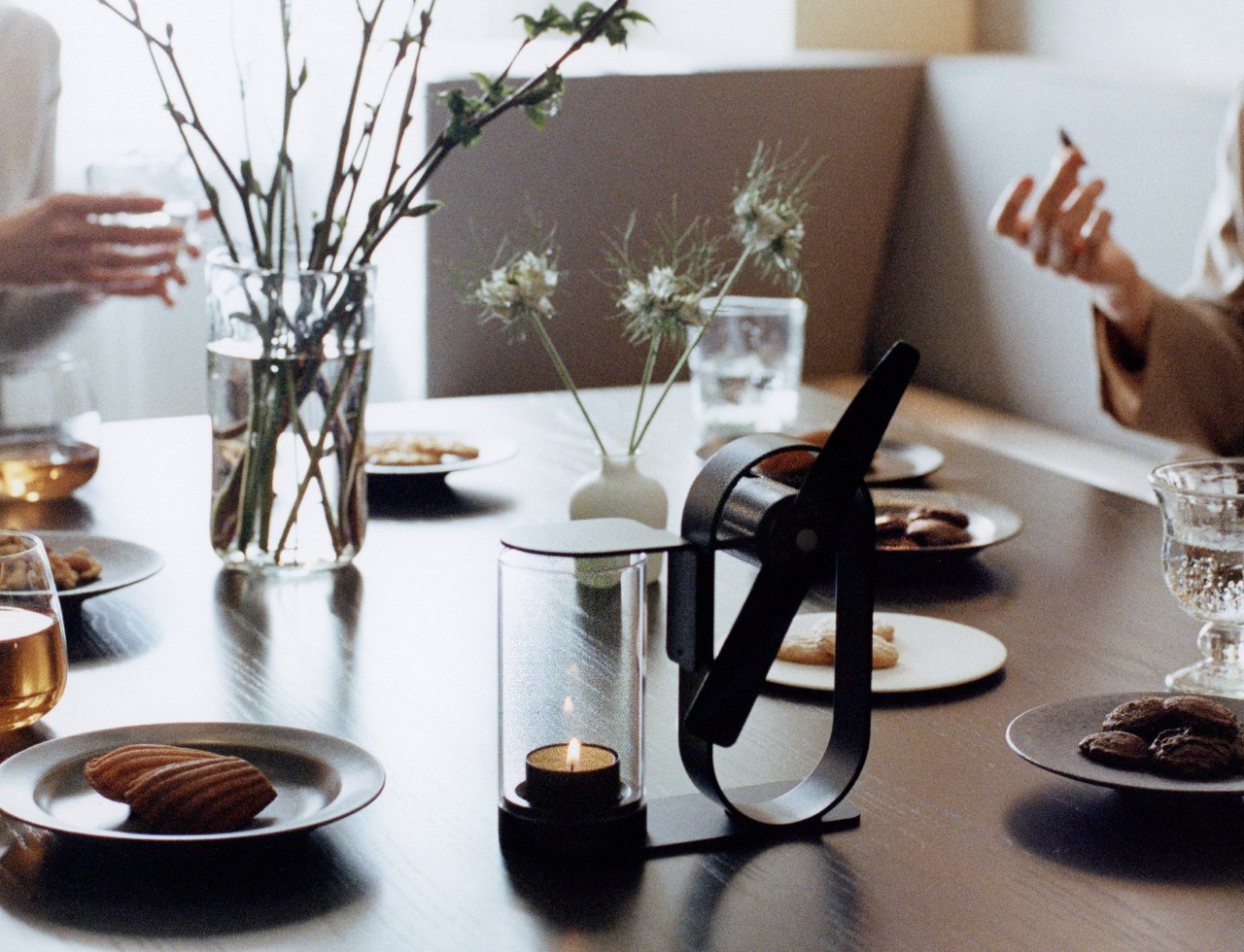
Designers: Yu Ito & Yoshimi Kemmotsu of SOL style
Enjoy your favorite scents guilt-free with this sustainable aroma diffuser, powered by a candle and free from batteries. The Lei aroma diffuser utilizes candle heat to generate electrical power for gentle scent dispersion, eliminating the need for battery changes or recharging. Crafted from recyclable materials, its sleek and minimalist design ensures eco-friendly relaxation anywhere, without the hassle of wires or complicated parts.
9. Room Layout and Furniture
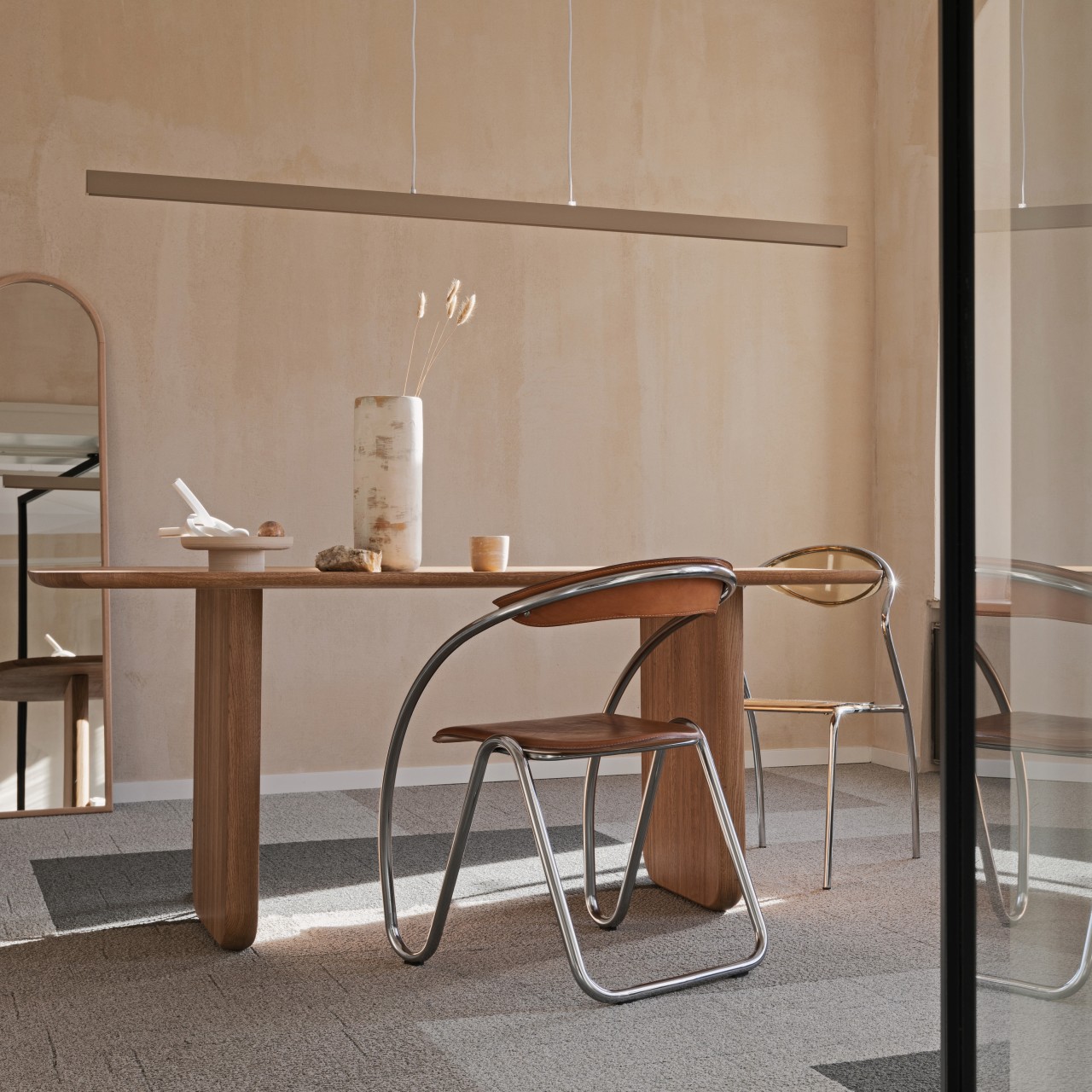
Image courtesy of: FollowTheFlowStudio
Evaluate room layouts and furniture placement to optimize comfort, reduce clutter, and promote easy movement. Designate separate areas for work, play, and rest mentally, keep furniture away from walls, utilize natural curves, consider minimal, multifunctional pieces, and prioritize ergonomic support for lounging and sitting spaces.
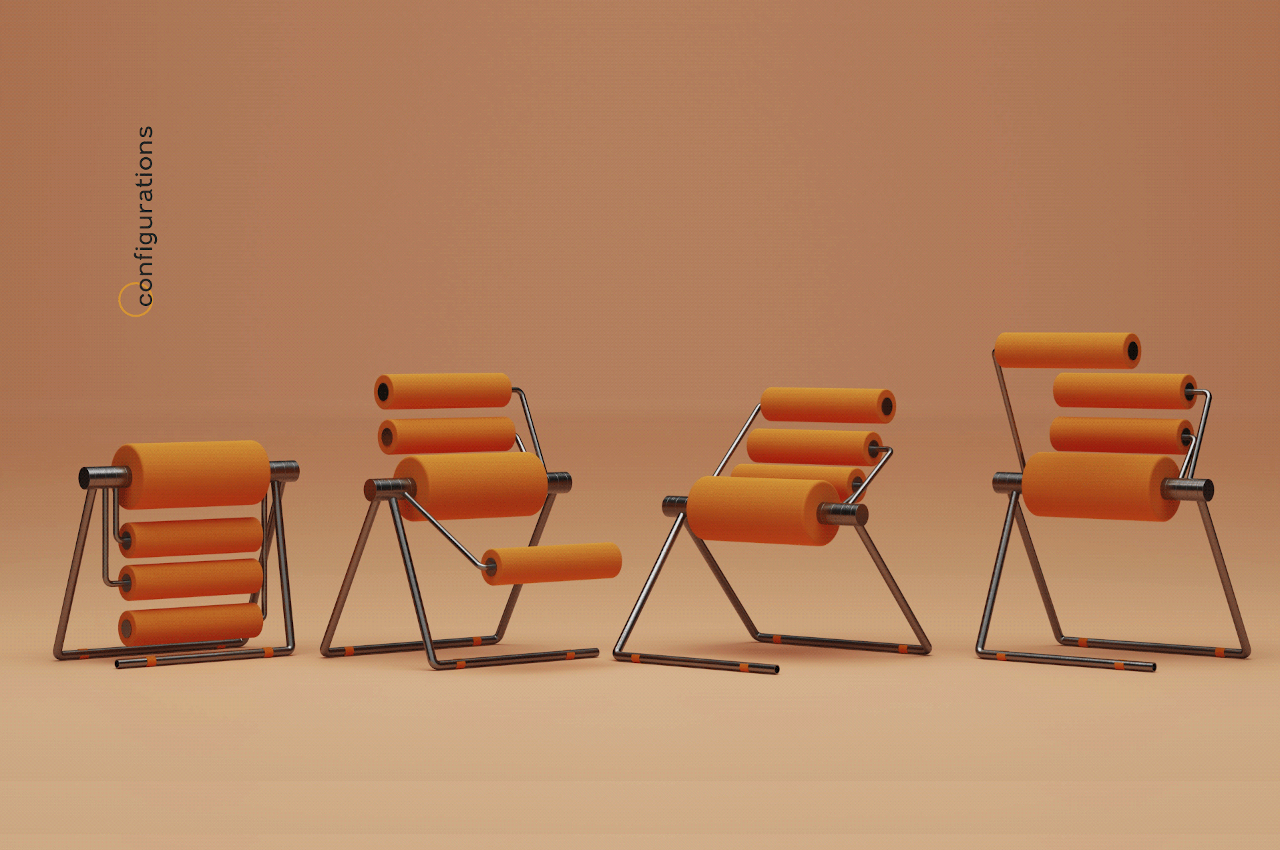
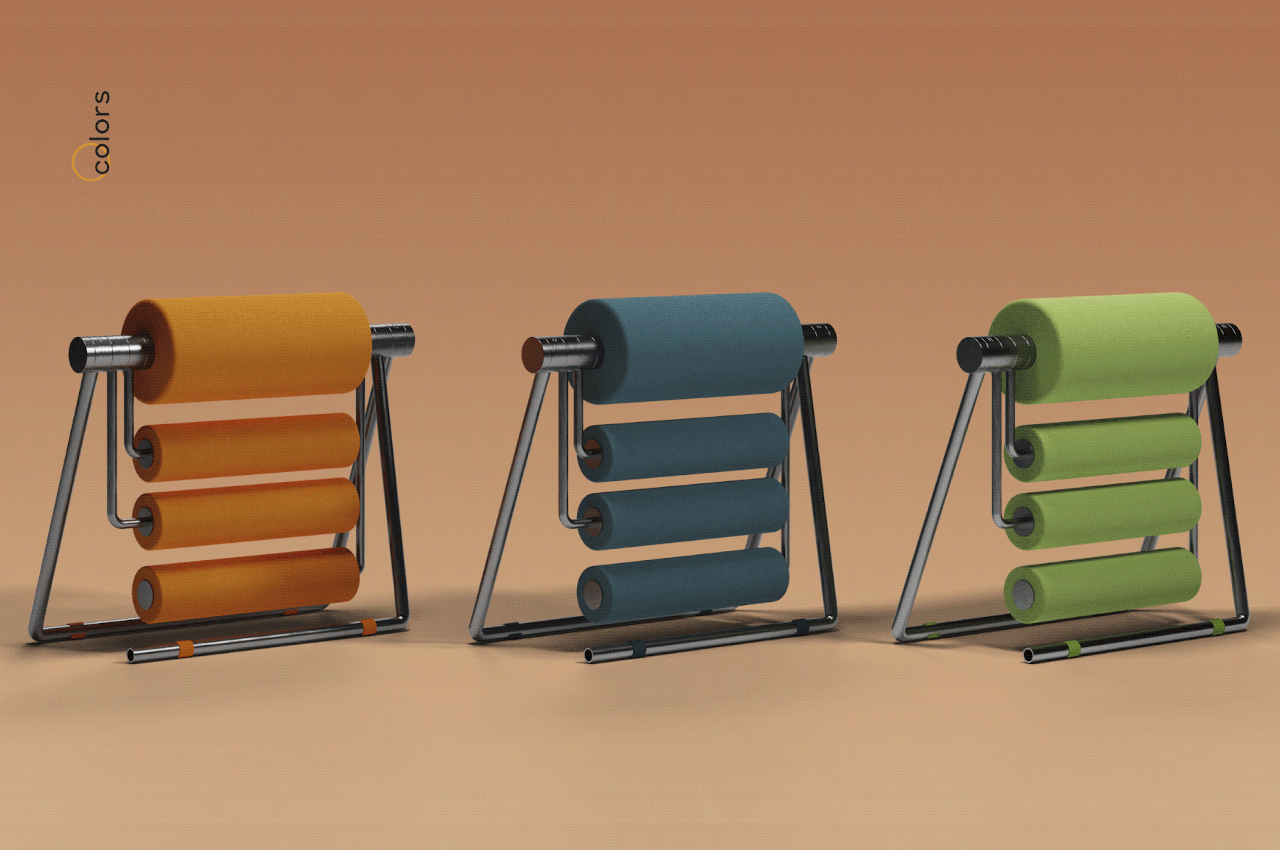
Designer: Lorenzo Spanu
Chairs and beds are meant for comfort, yet not all chairs prioritize supreme comfort. The Nebula chair concept challenges conventional designs with cylindrical pillows for ergonomic support, offering various seating options from kneeling to reclining. Despite its unconventional appearance, it maximizes space efficiency and encourages movement, promoting a healthier approach to seating in evolving work environments.
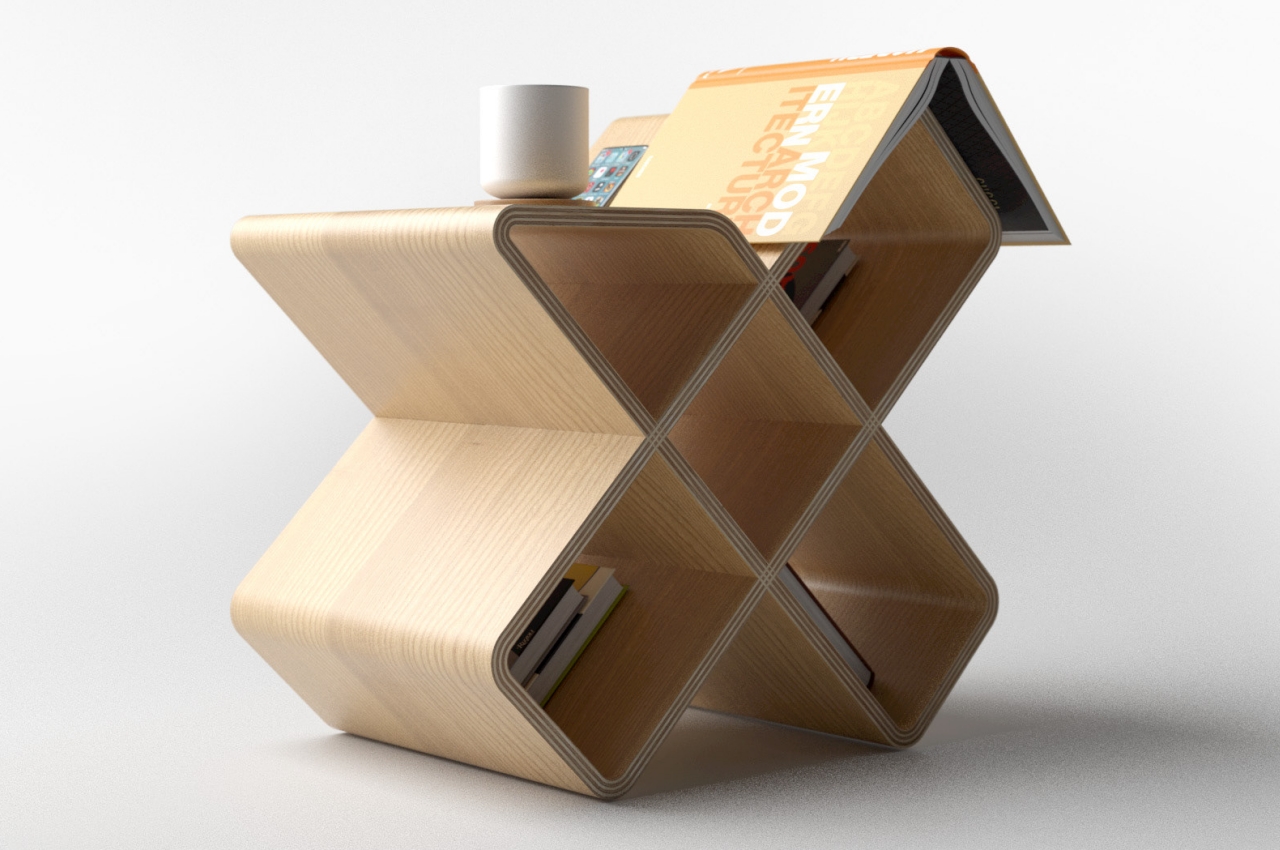
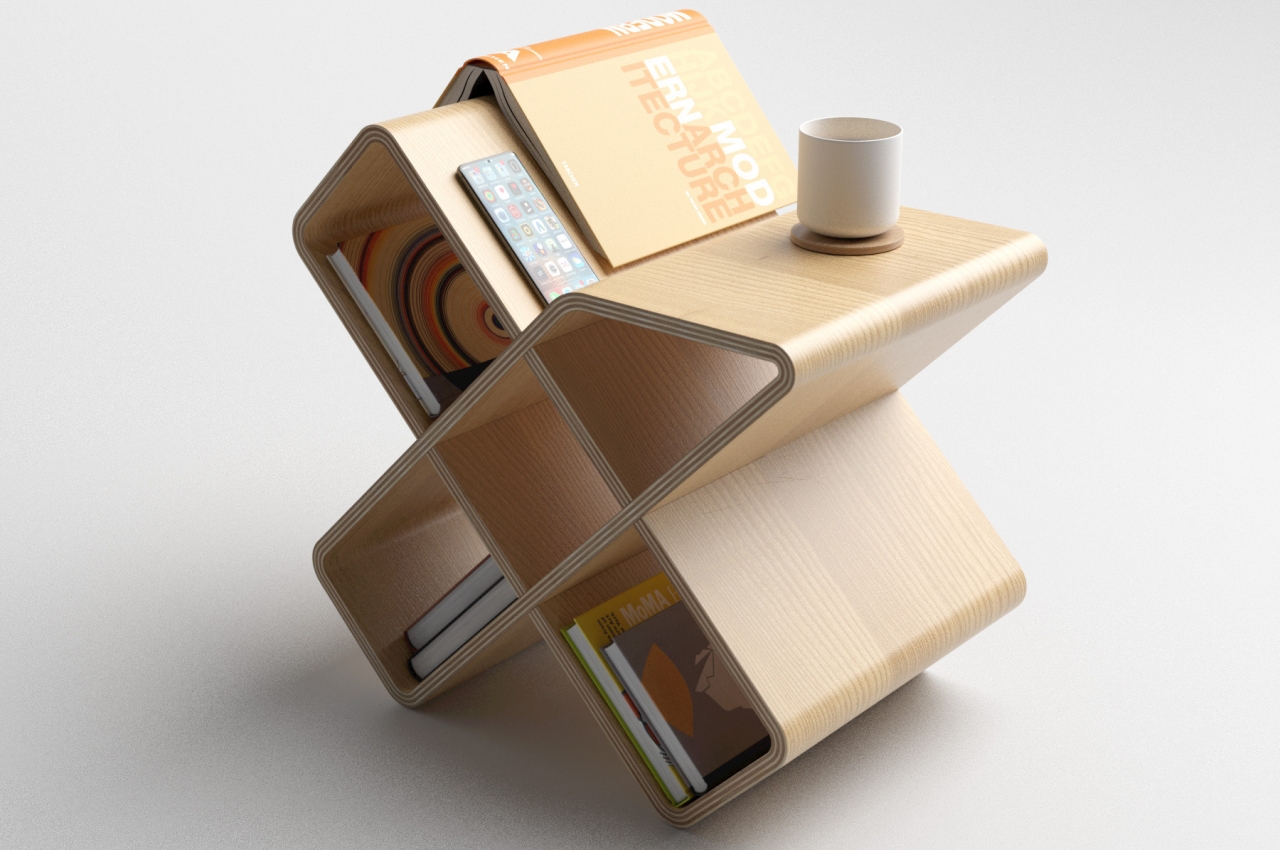
Designer: Deniz Aktay
Space is precious in our homes, driving the need for furniture with dual functions. Crossbred fills this niche with its cross-shaped design, serving as both a shelf and a low-side table. Crafted from wood, it offers versatile storage with five compartments and a flat surface for delicate items or beverages. Its dynamic yet understated design blends practicality with charm, making it perfect for modern living where flexibility is essential.
10. Soothing Lighting
Selecting the right lighting sets the relaxation tone; opt for incandescent bulbs for warmth, avoid harsh fluorescents, utilize dimmers, distribute lamp lighting, and adjust levels throughout the day for energizing mornings and restful evenings.
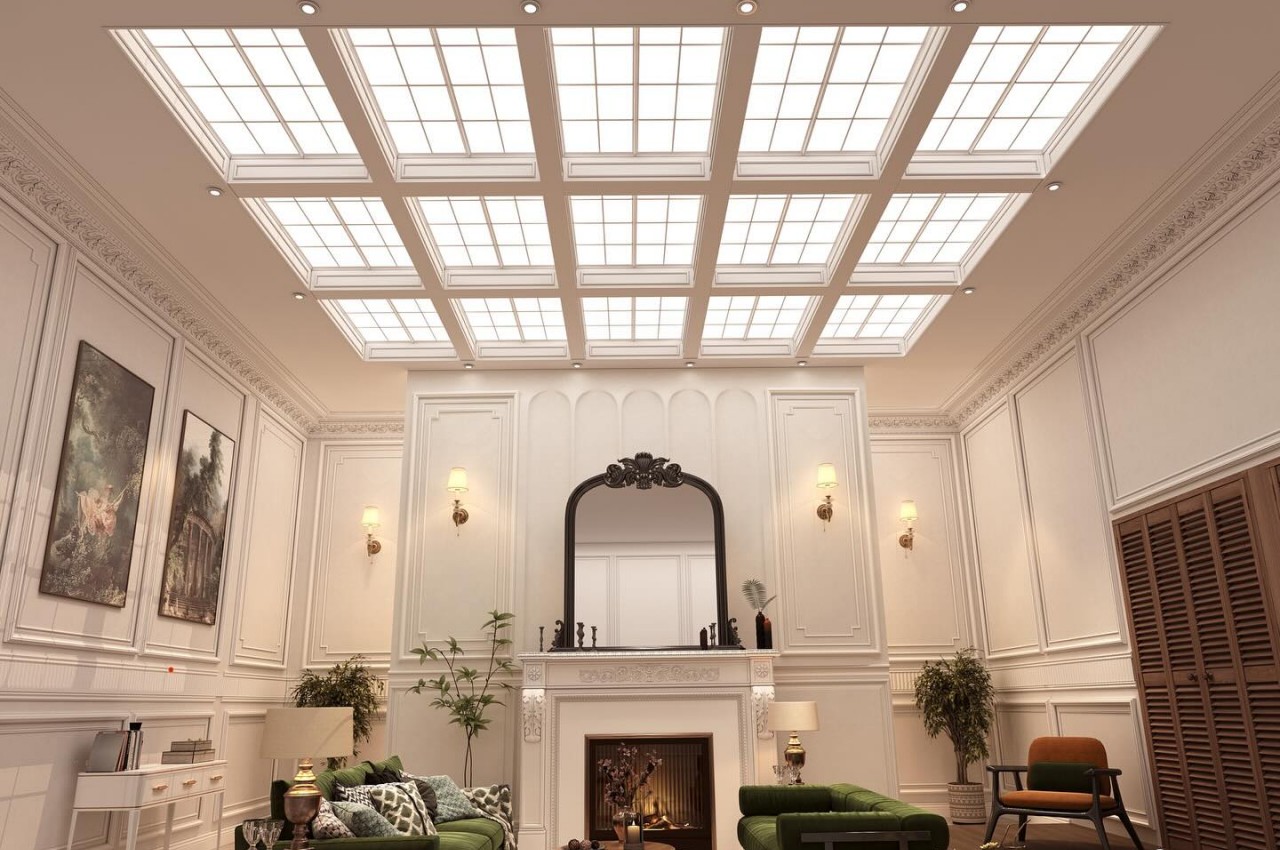
Designer: Sunroof
Rooms lacking sunlight often leave us feeling lethargic and unproductive, but the SUNROOF lighting system offers a solution by bringing the warmth and benefits of sunlight indoors. No longer must basements remain dull and gloomy, as this system enhances concentration, mood, and productivity, and reduces stress, transforming any space into a vibrant and inviting environment.
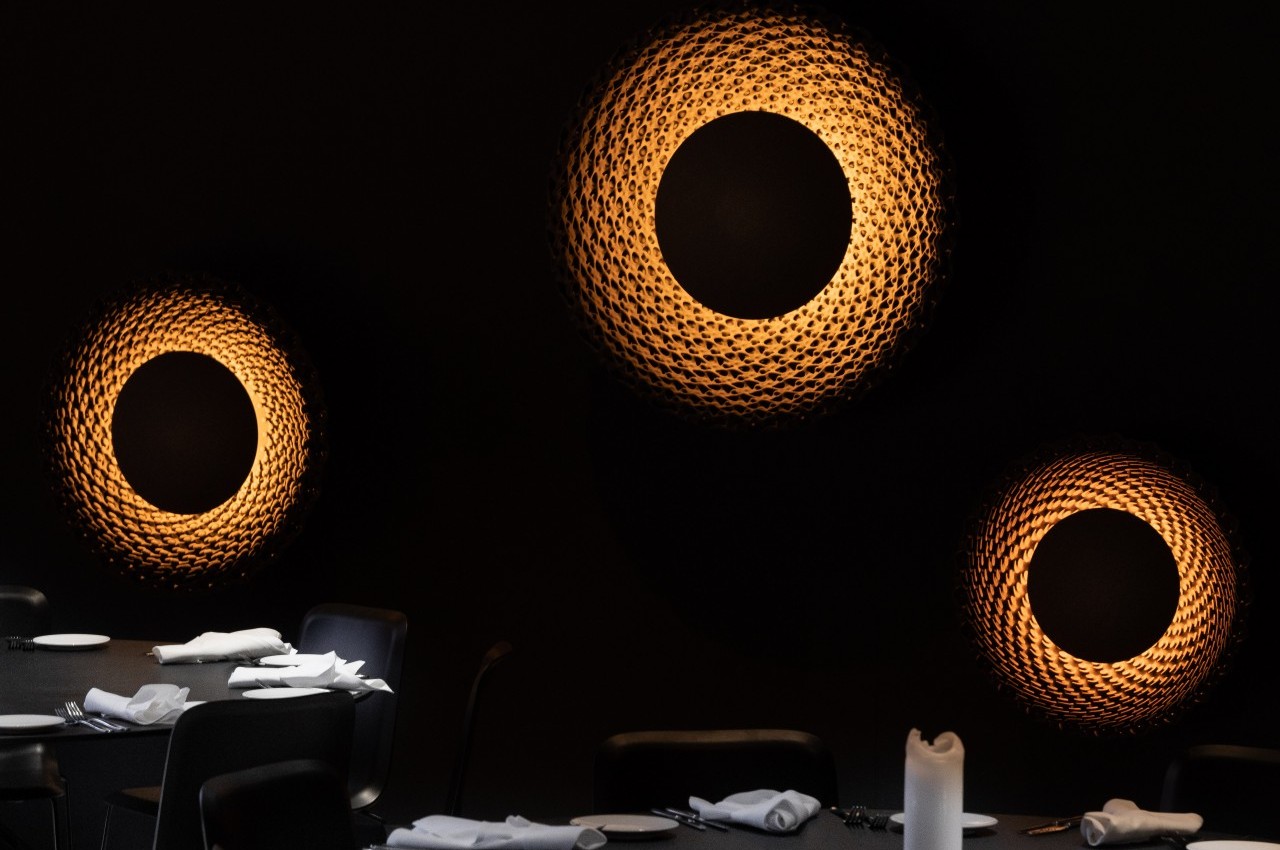
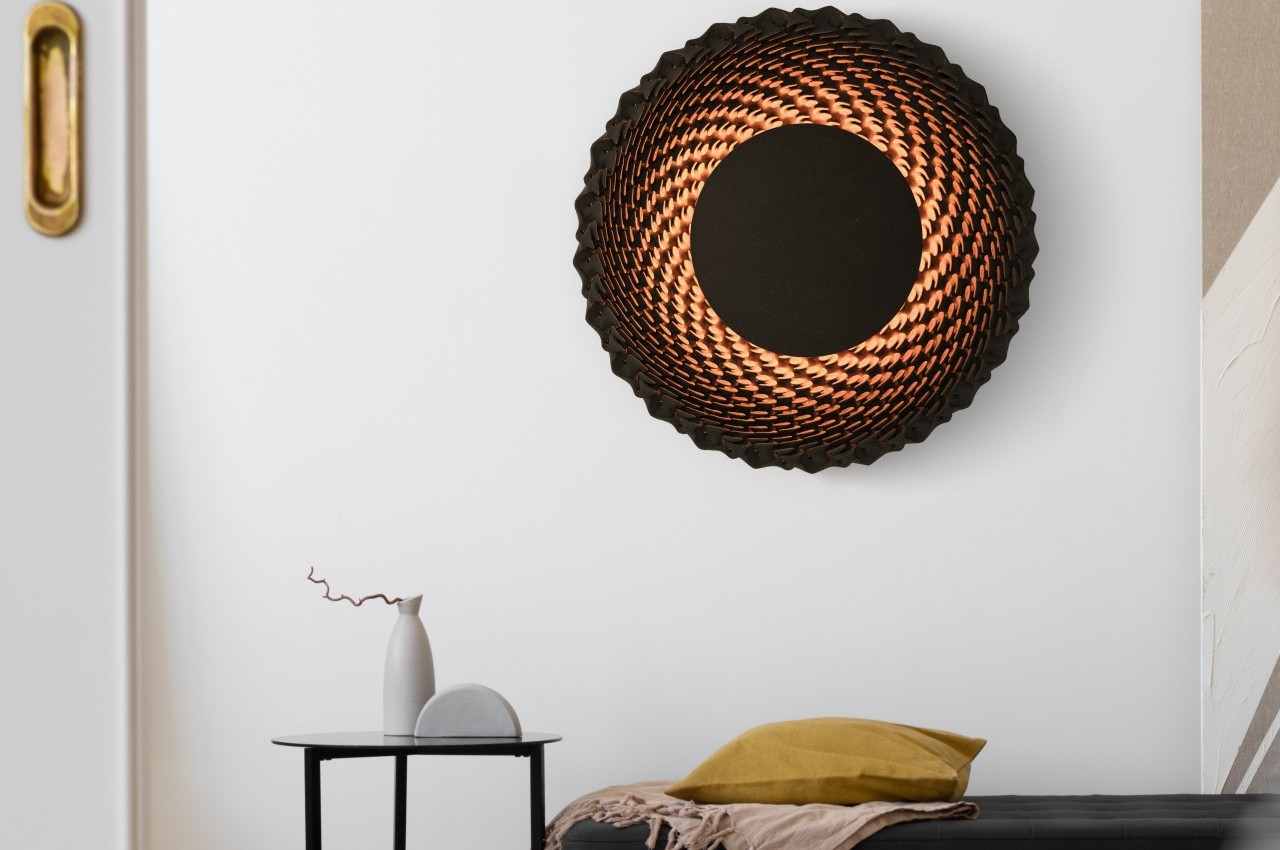
Designer: Rollo Bryant
Inspired by sunflowers, sculptural wall lamps from the Aureole collection evoke an otherworldly aura using quartz sand and innovative 3D printing. When illuminated, they emit an ethereal glow, casting unique shadows reminiscent of a solar eclipse corona, making them a captivating addition to any space.
The post Transform Your Home for Better Mental Health: 10 Design Tips first appeared on Yanko Design.
